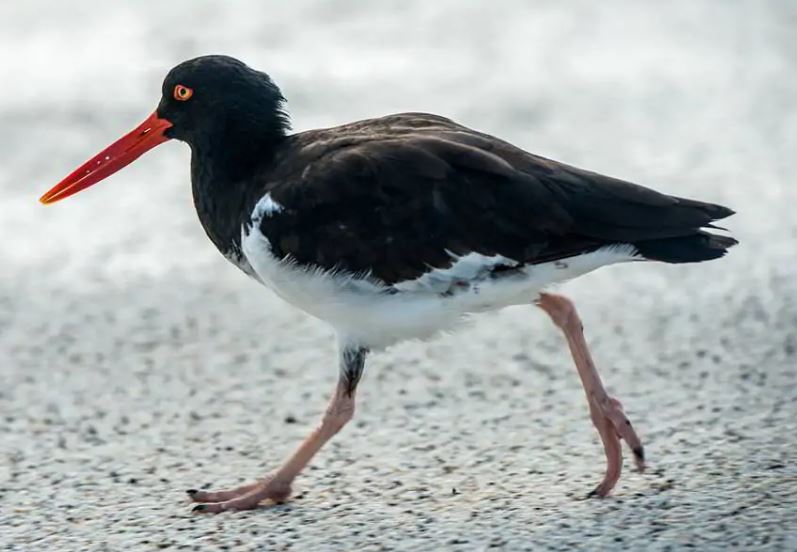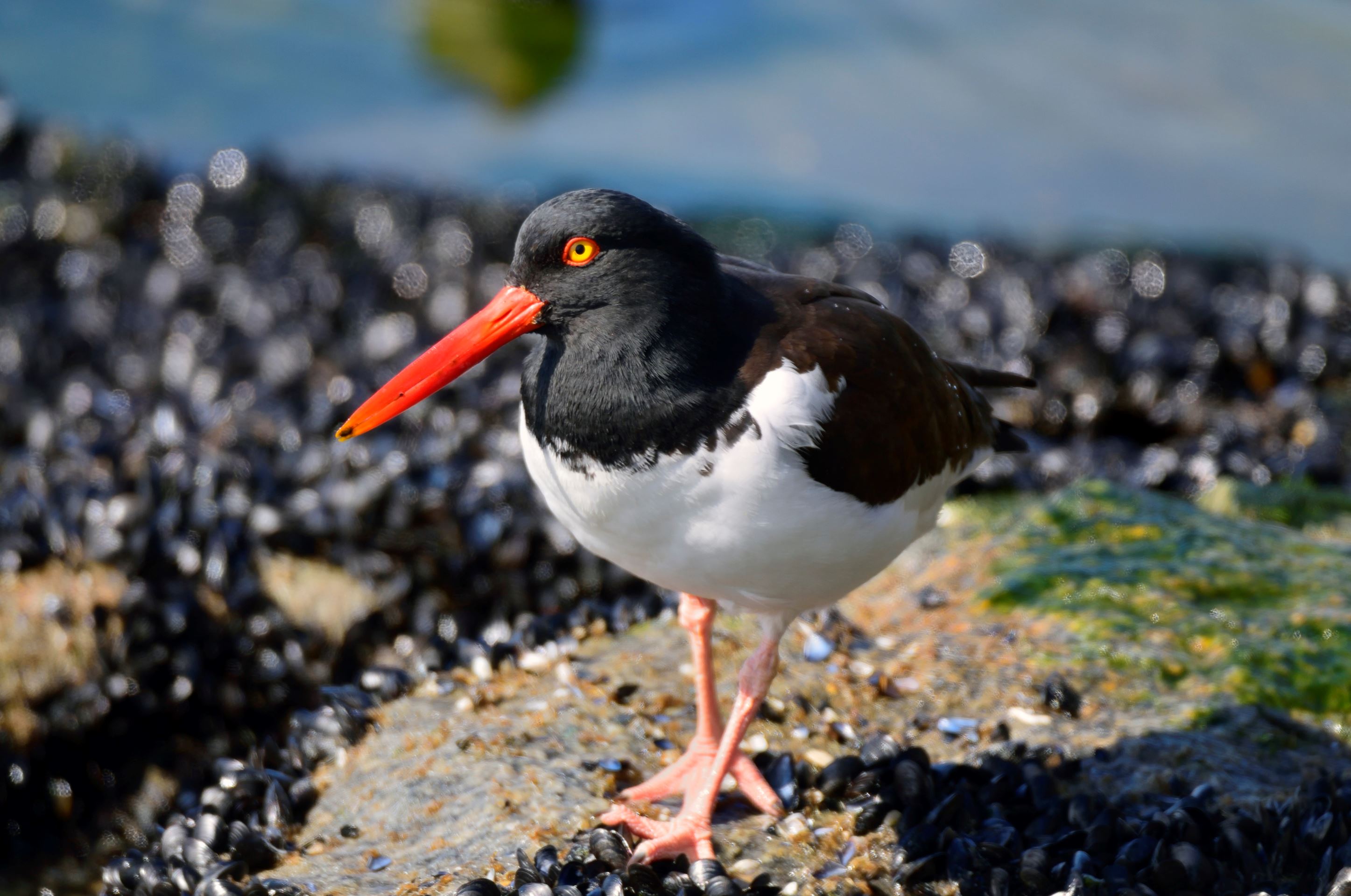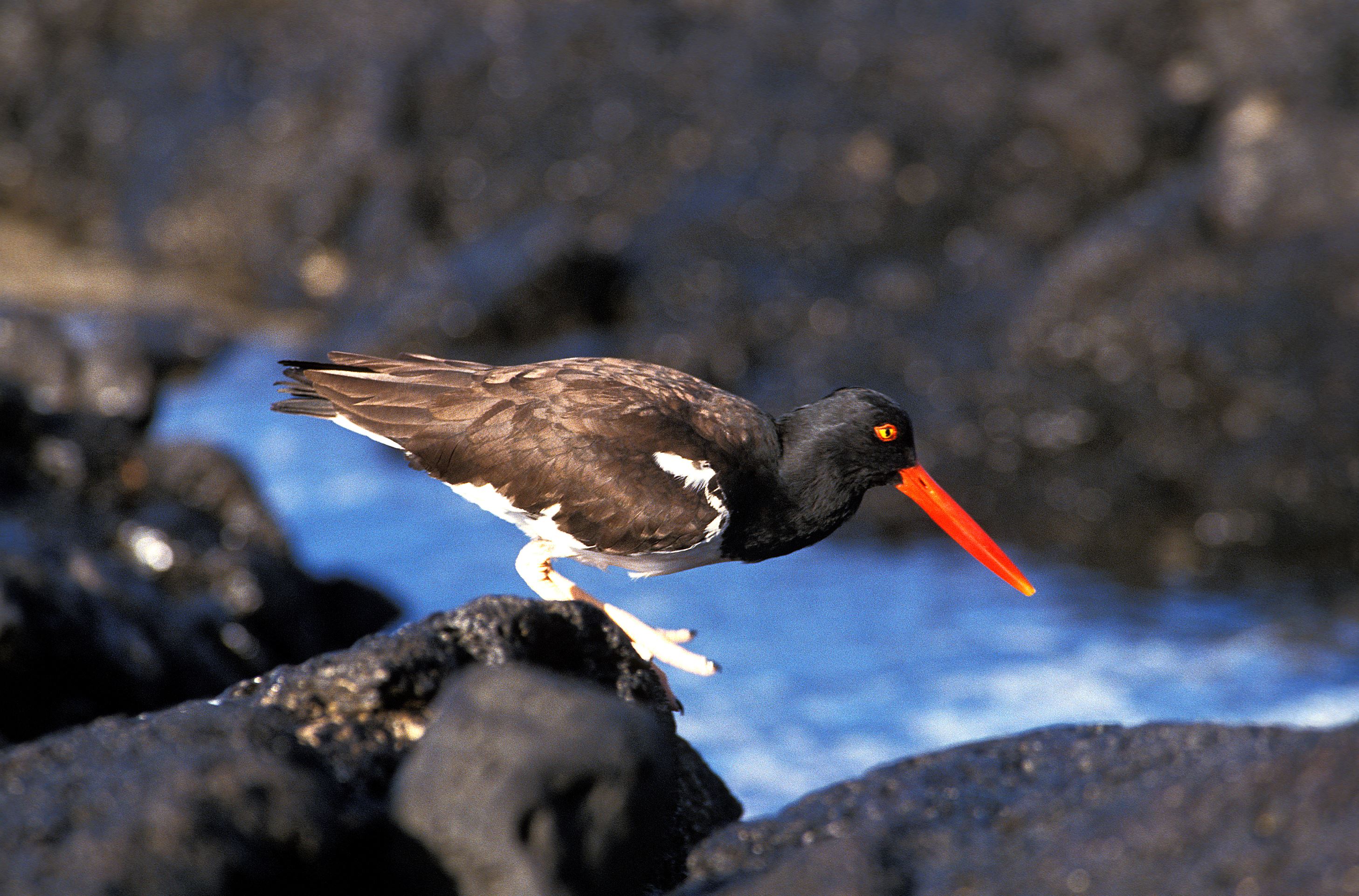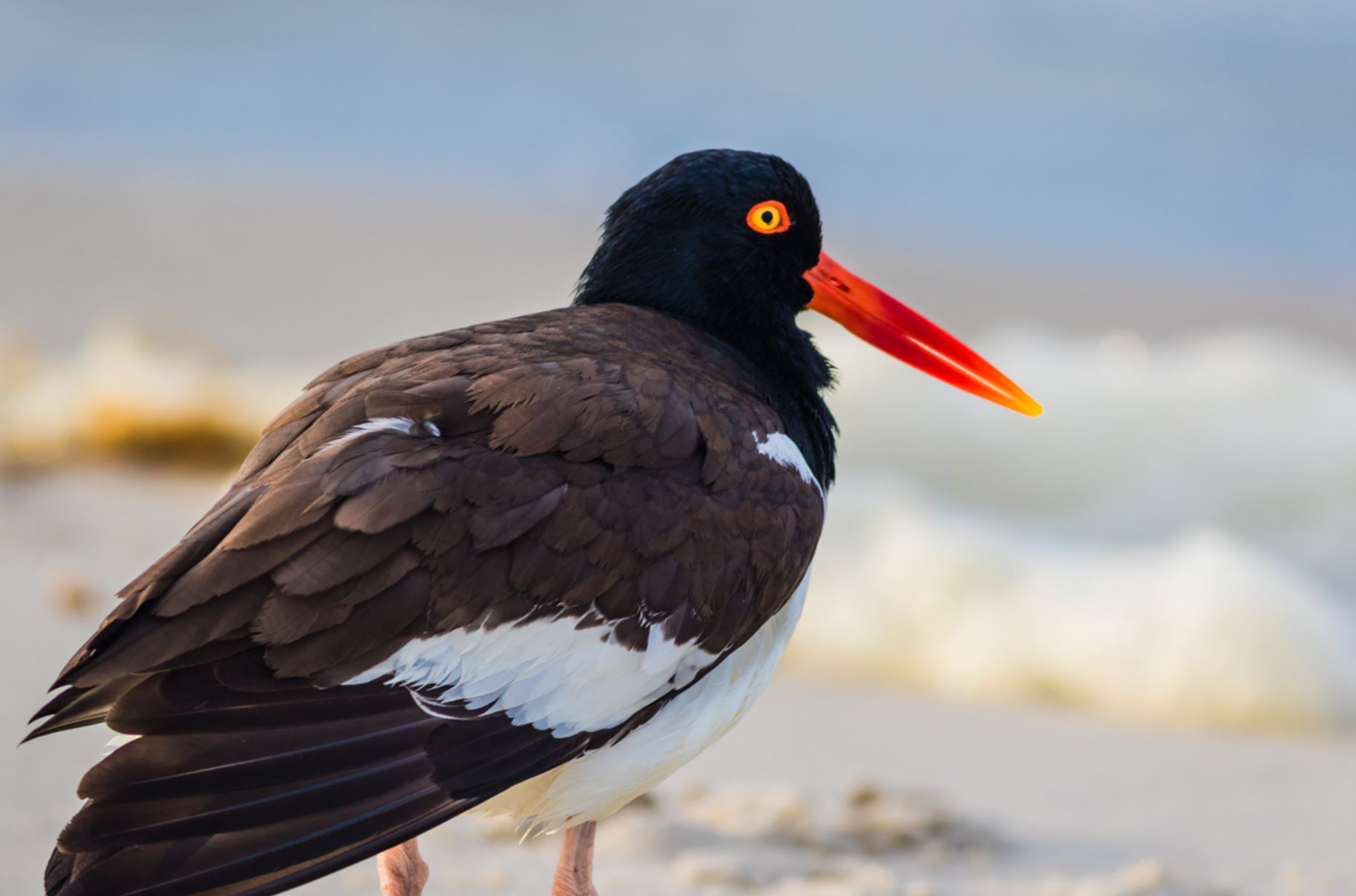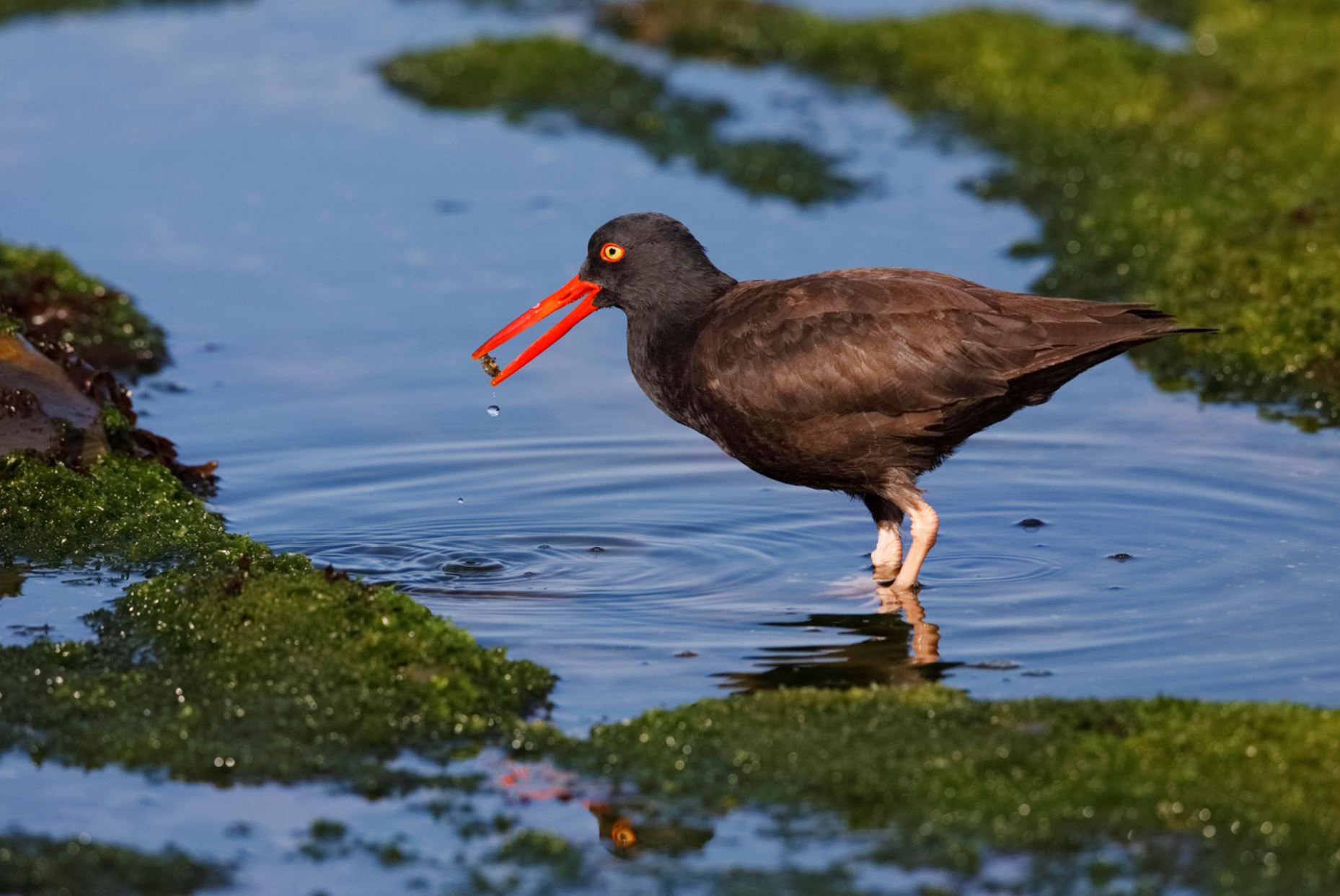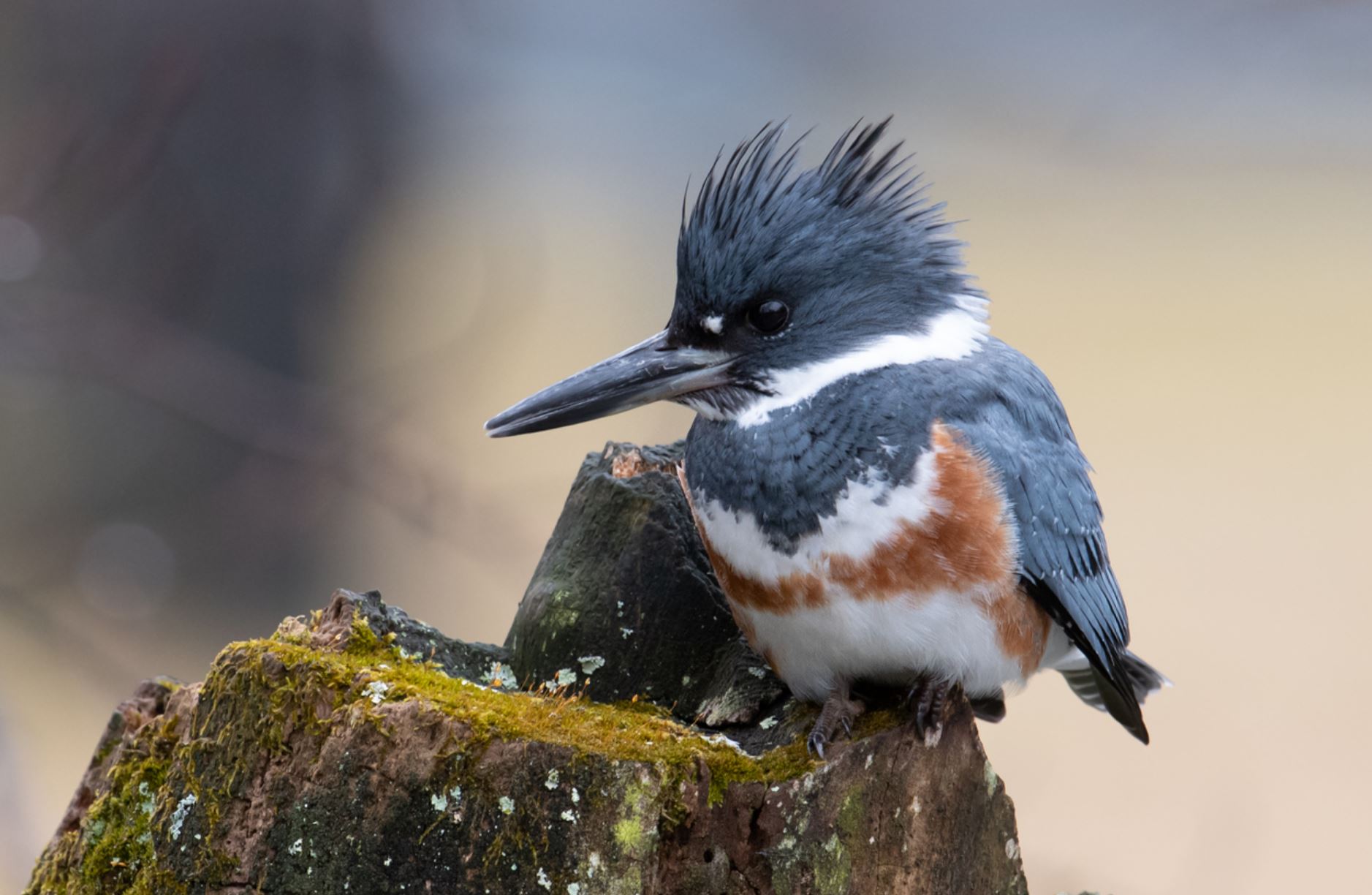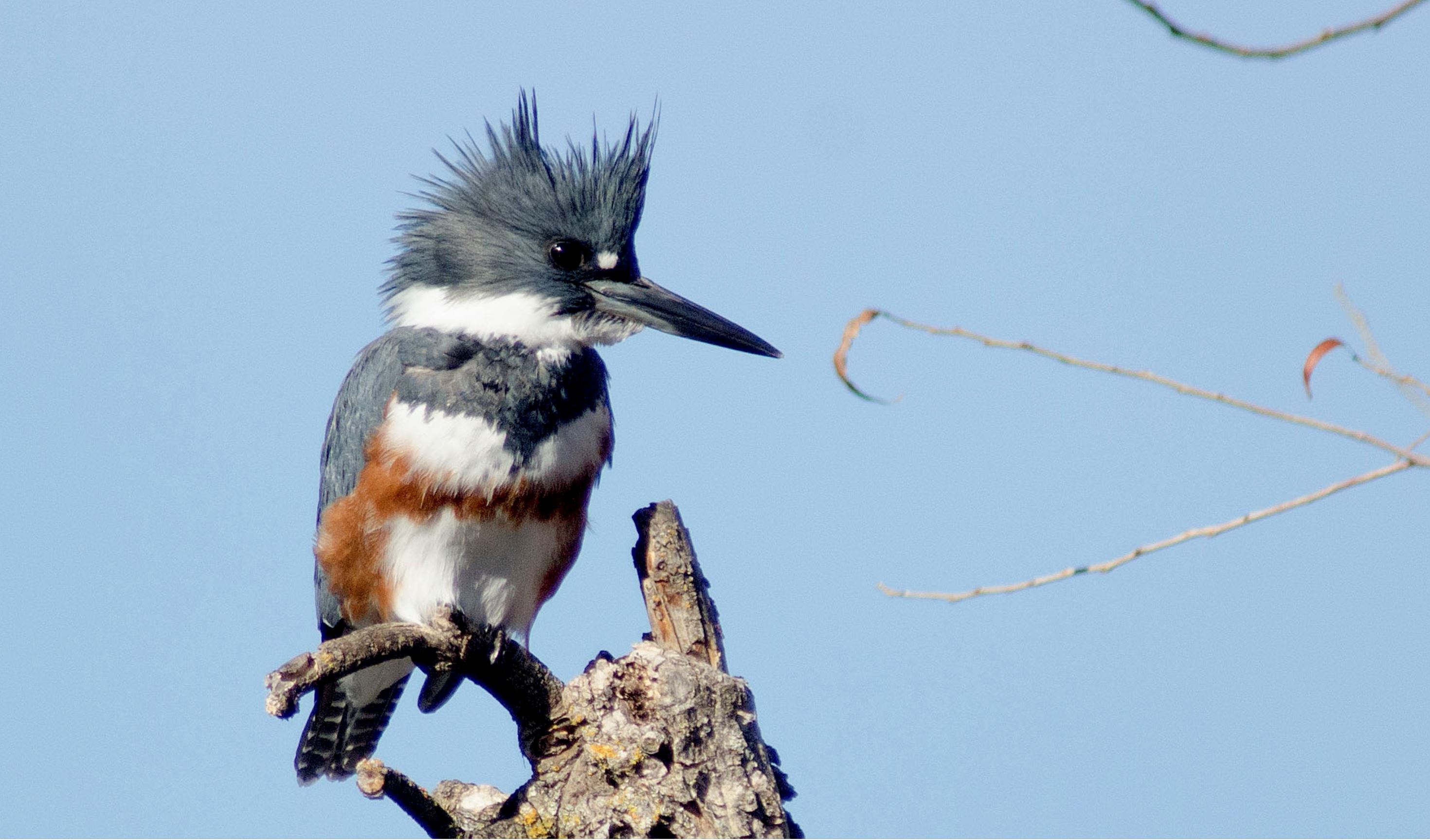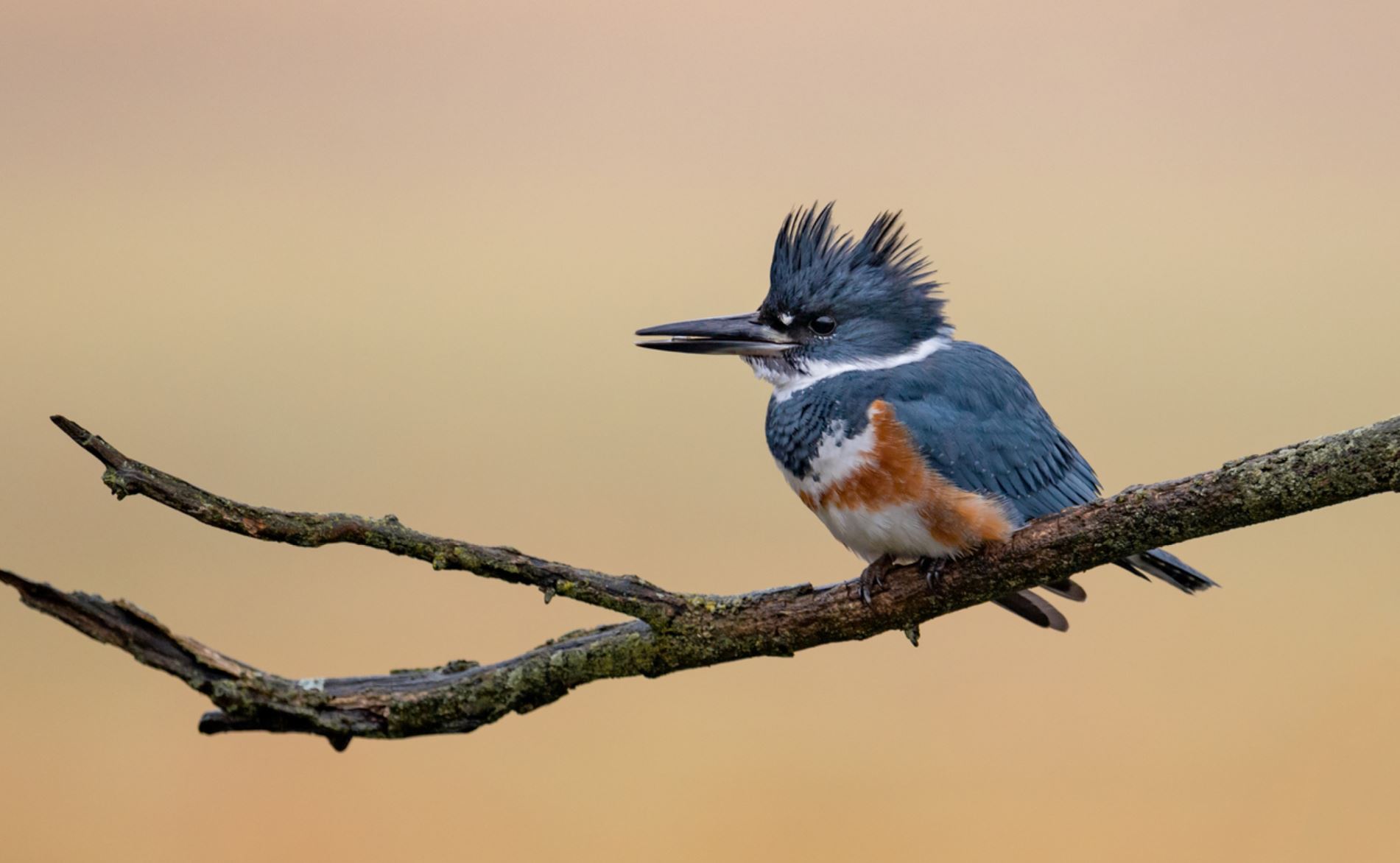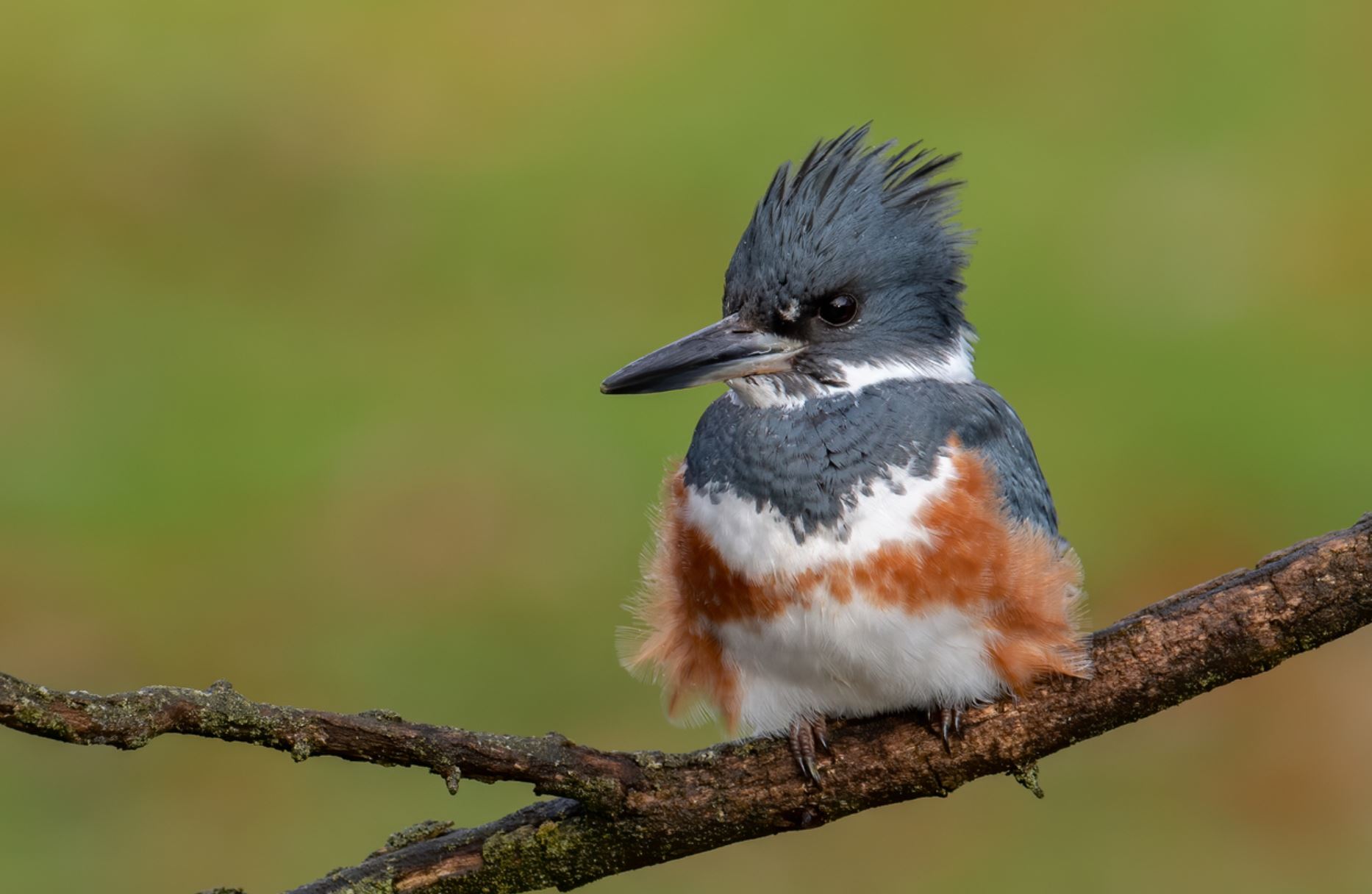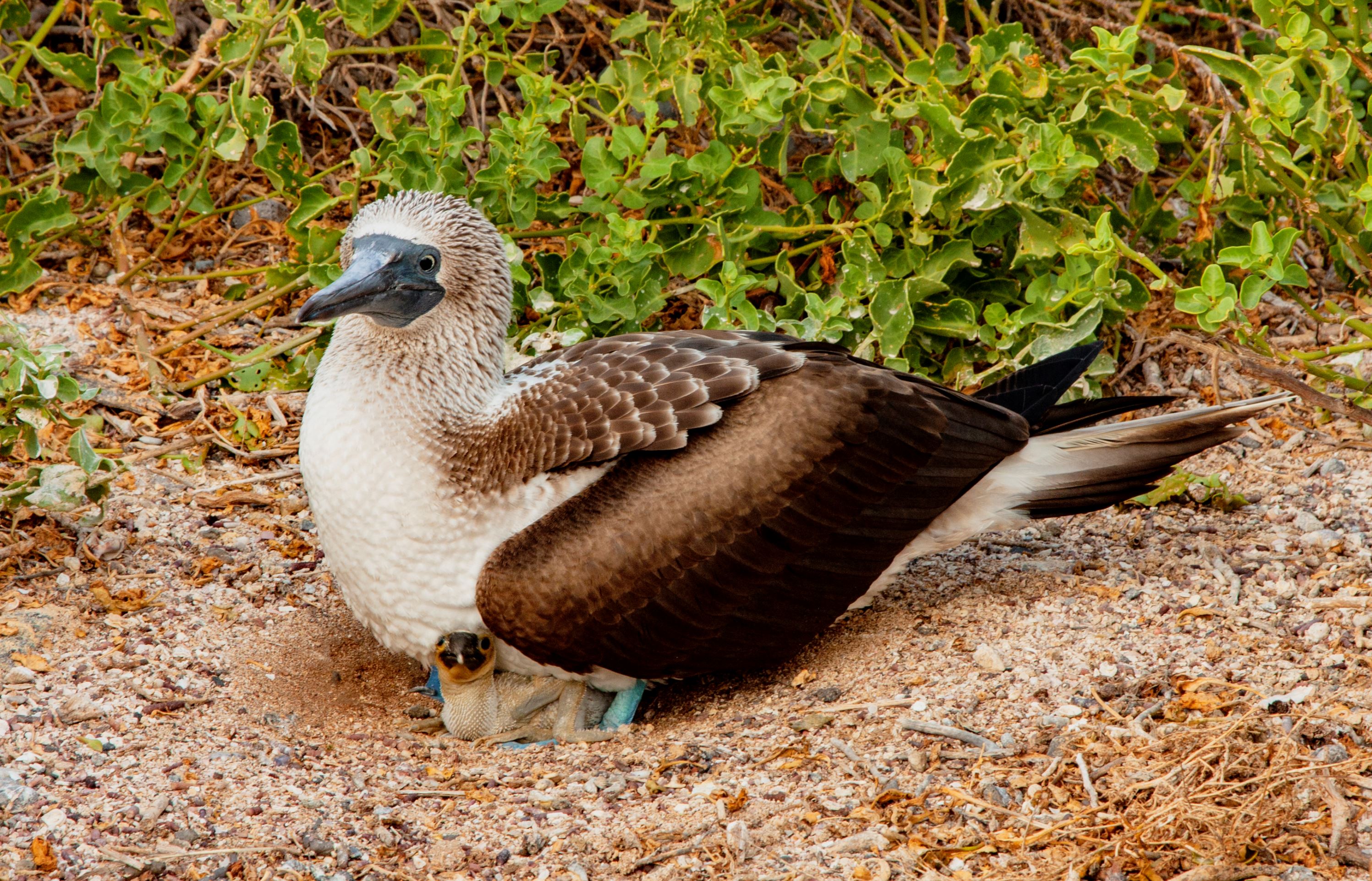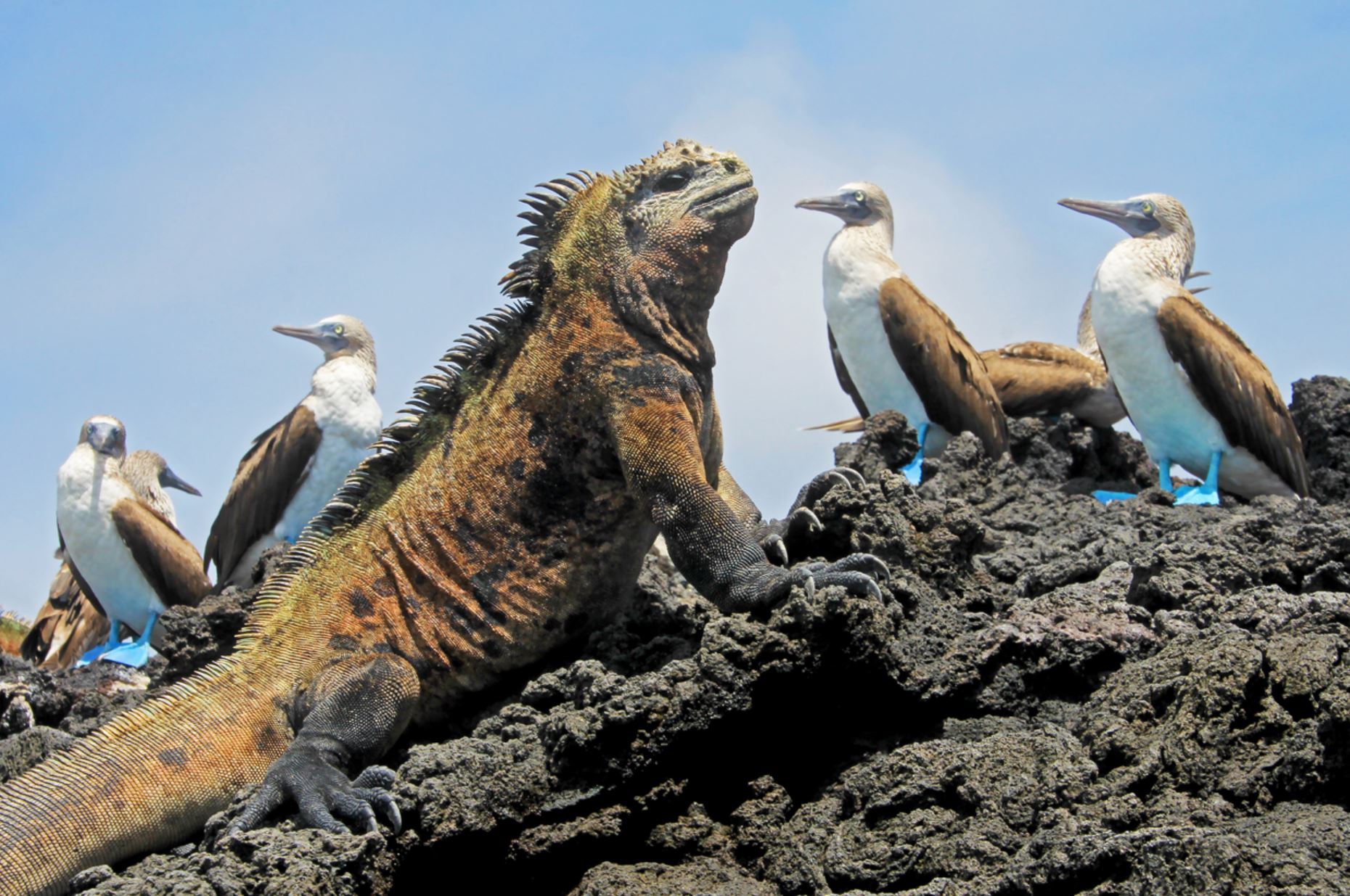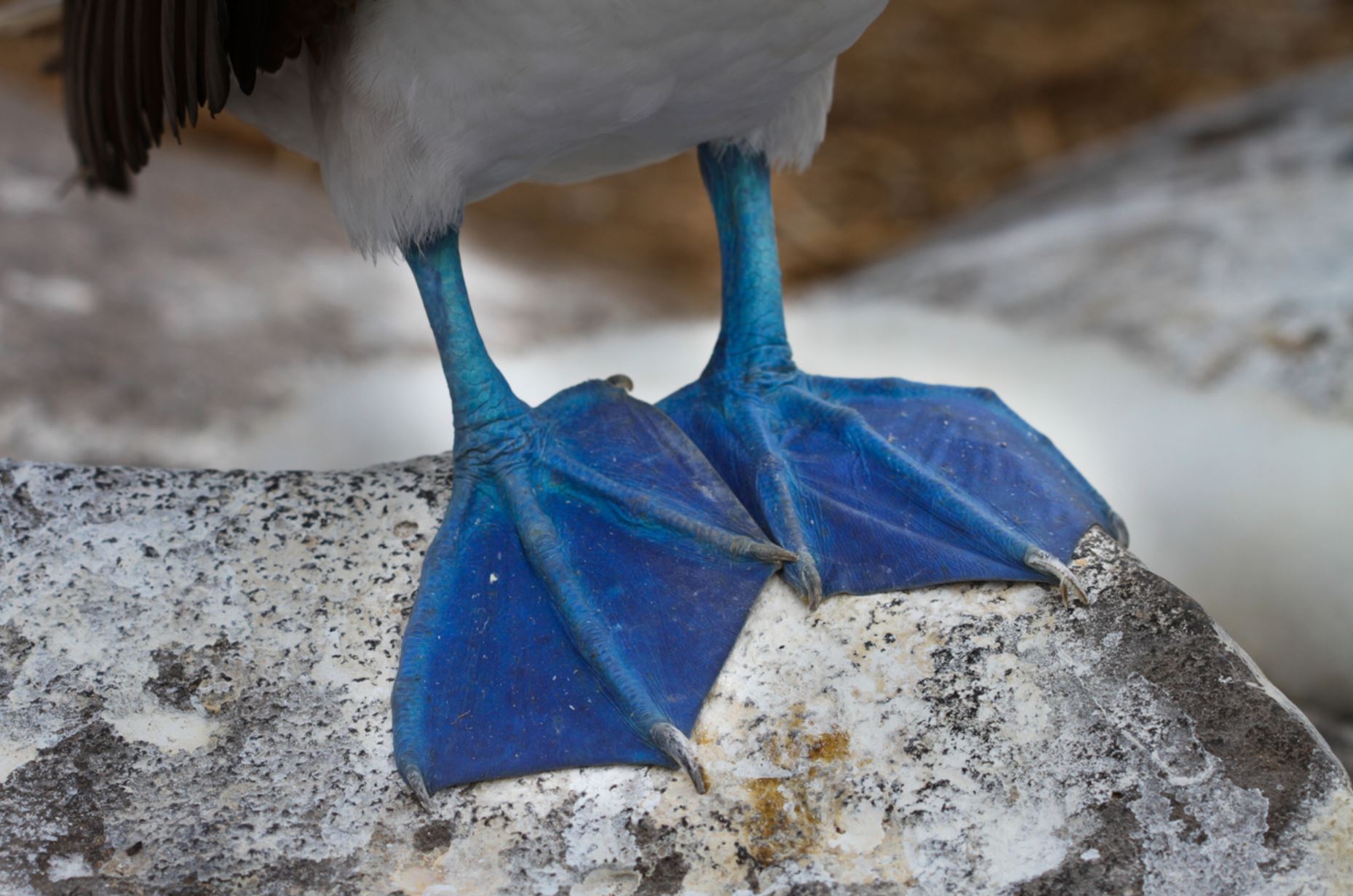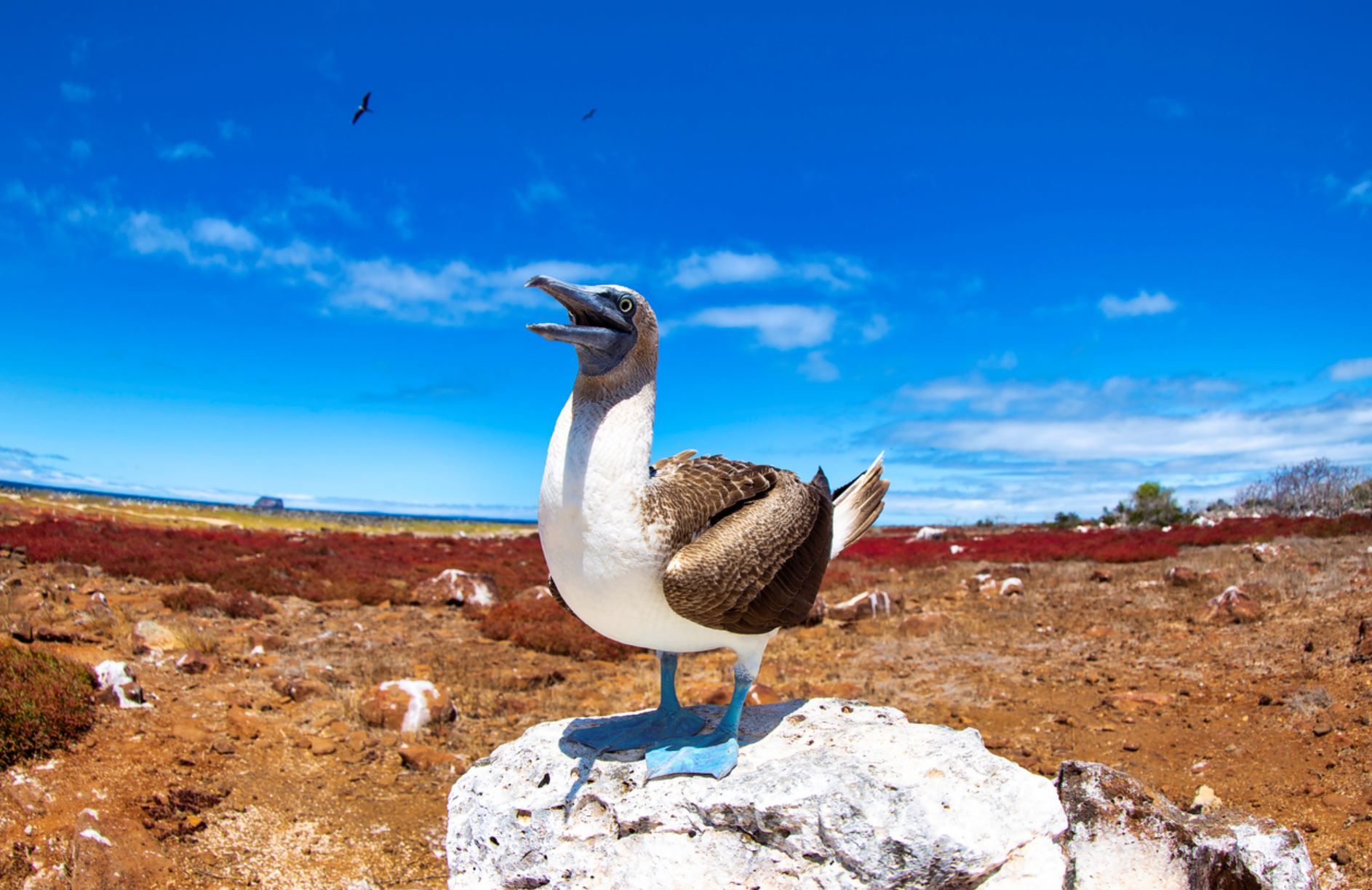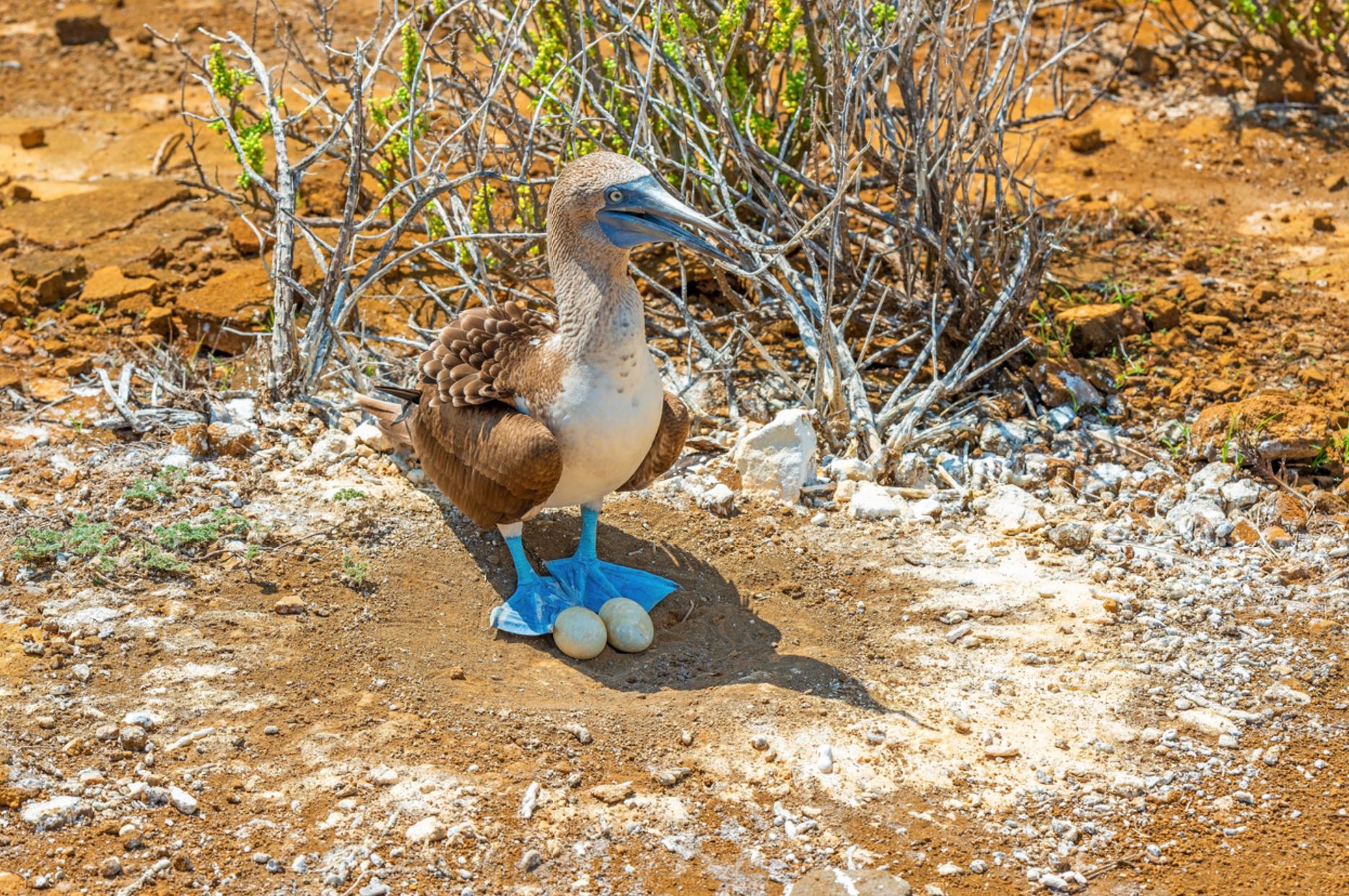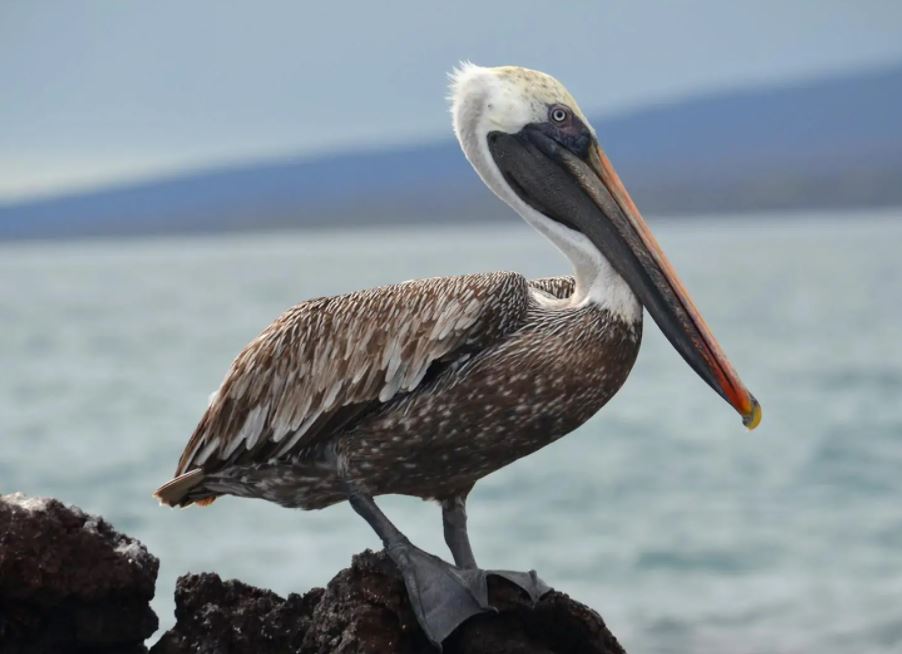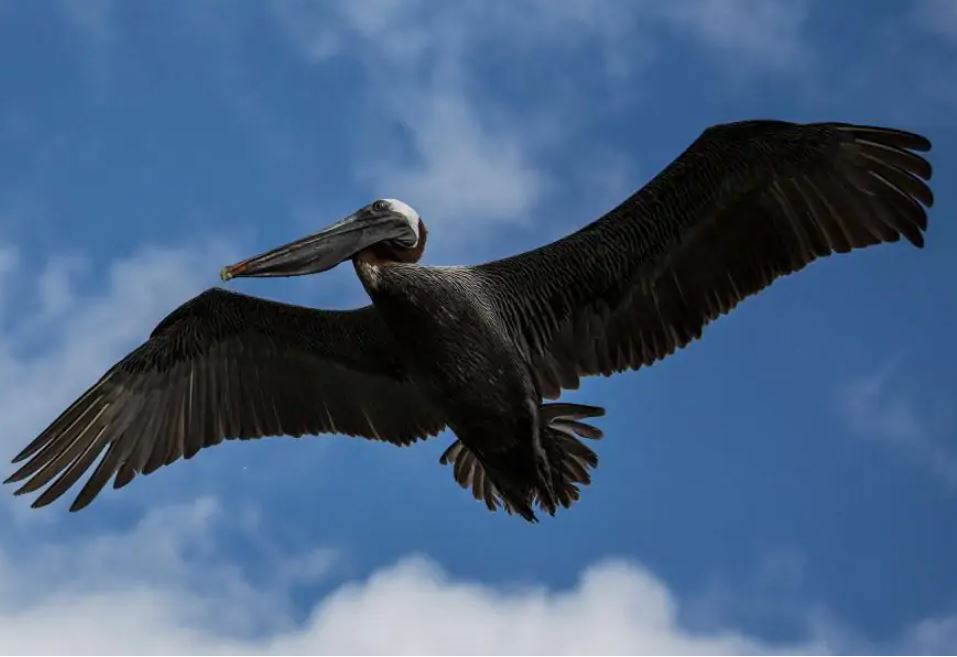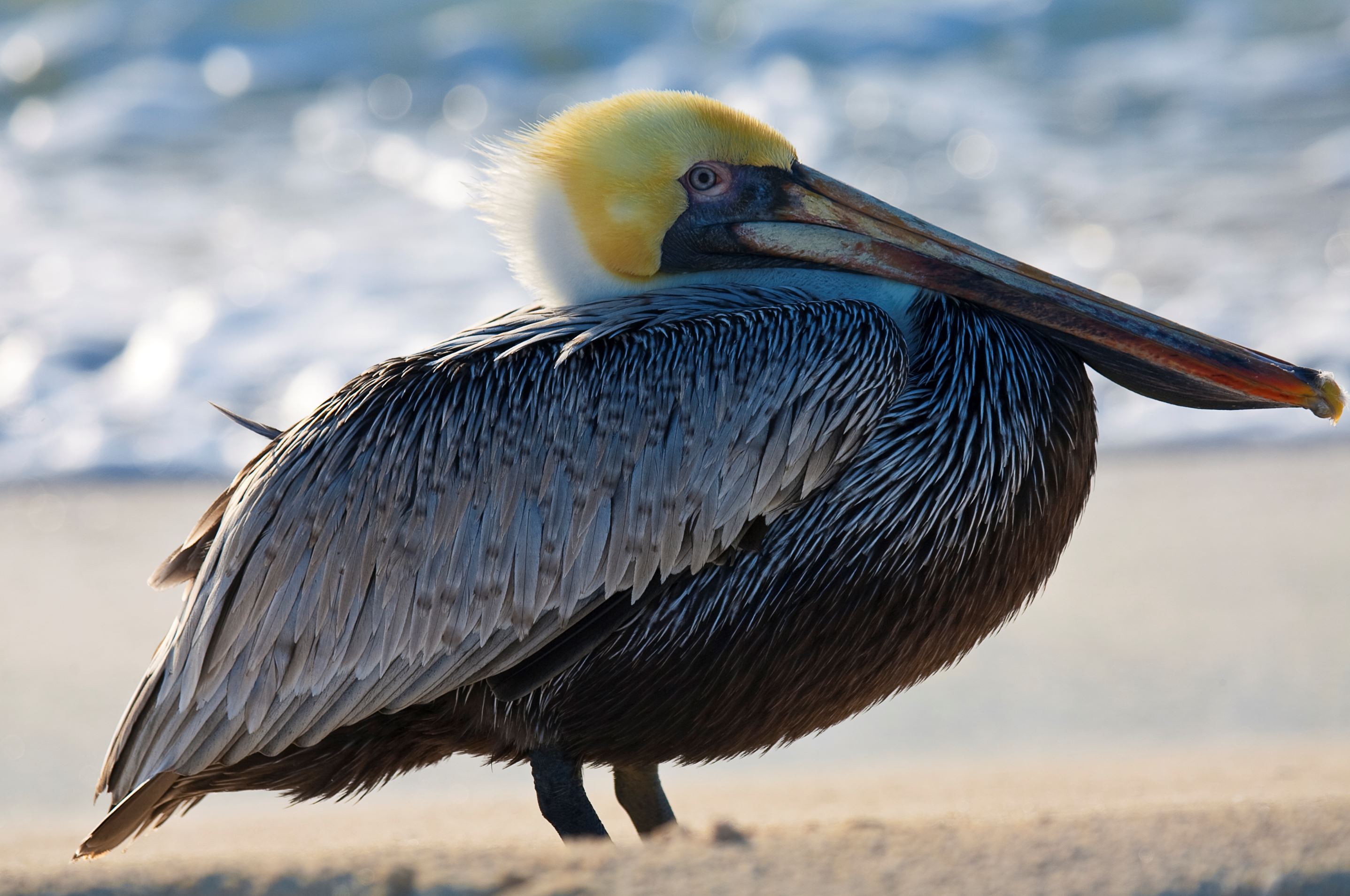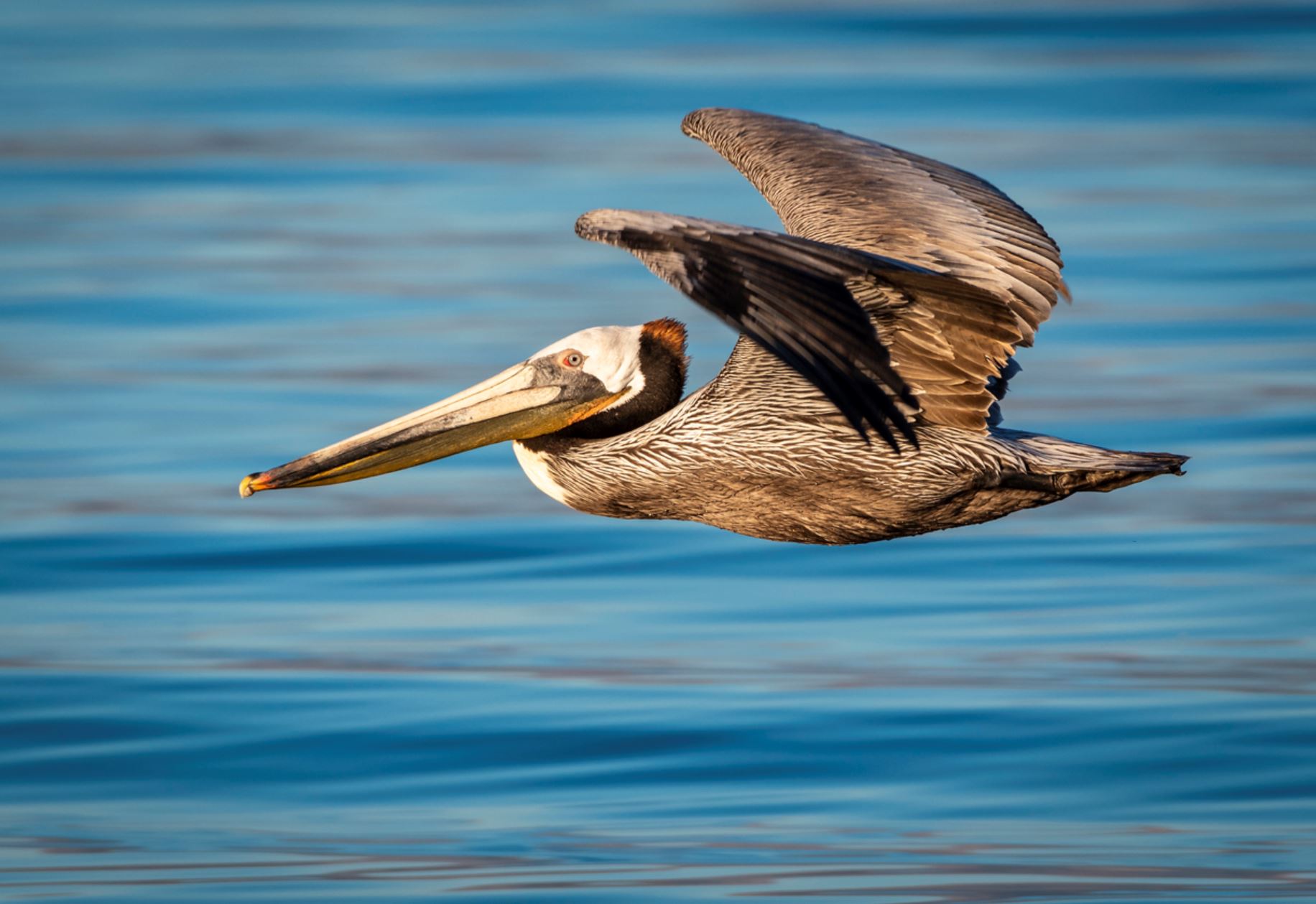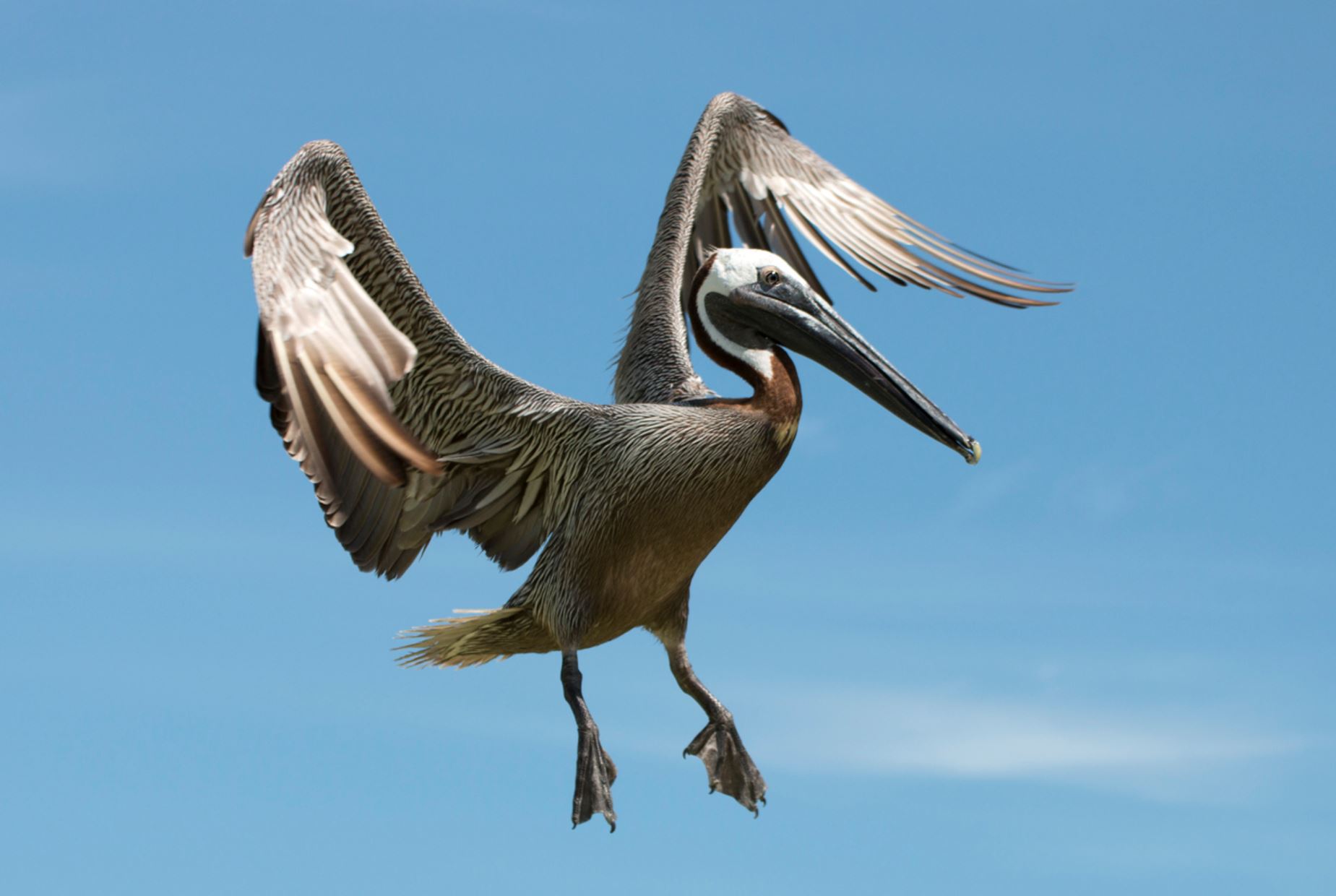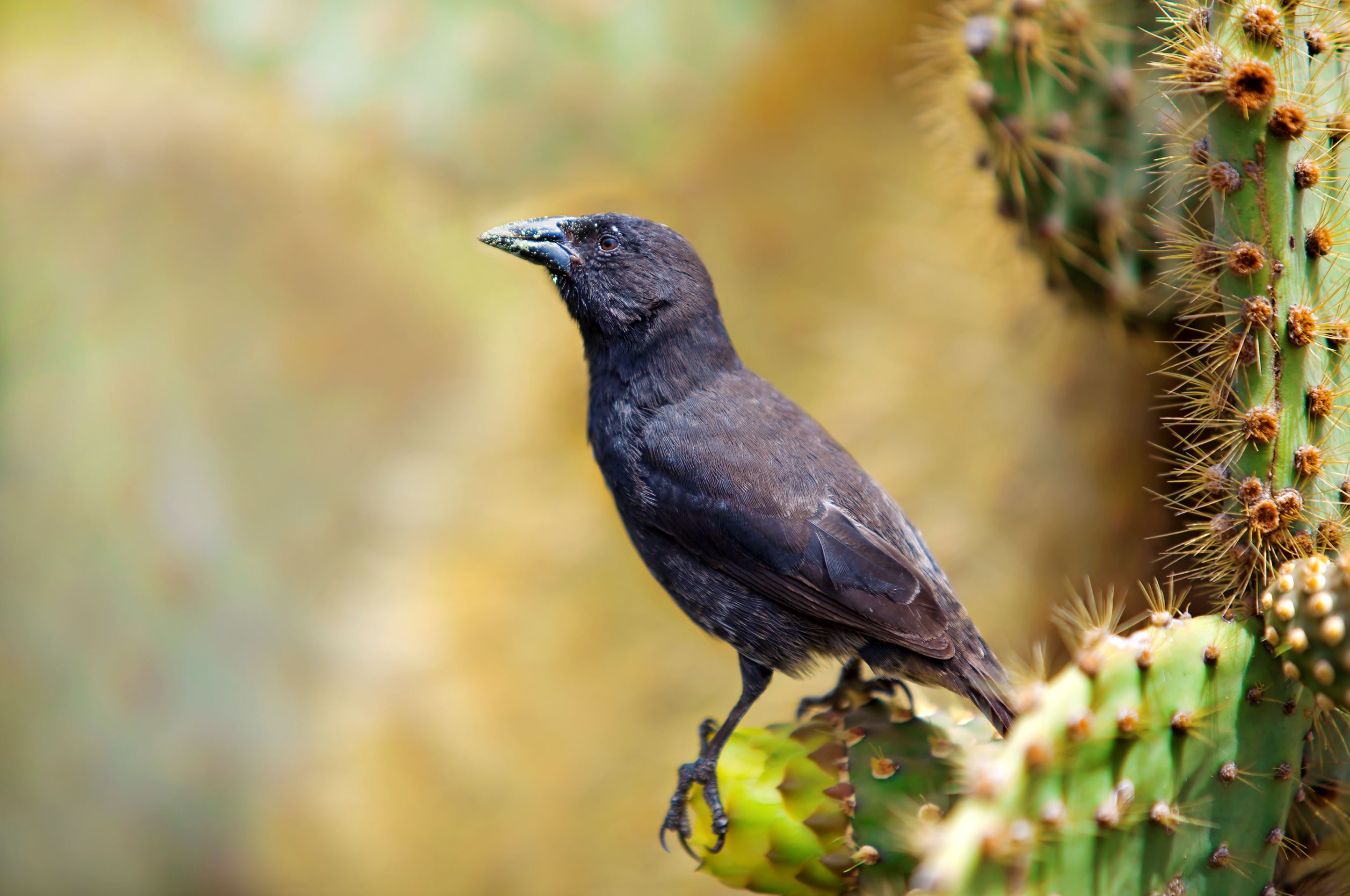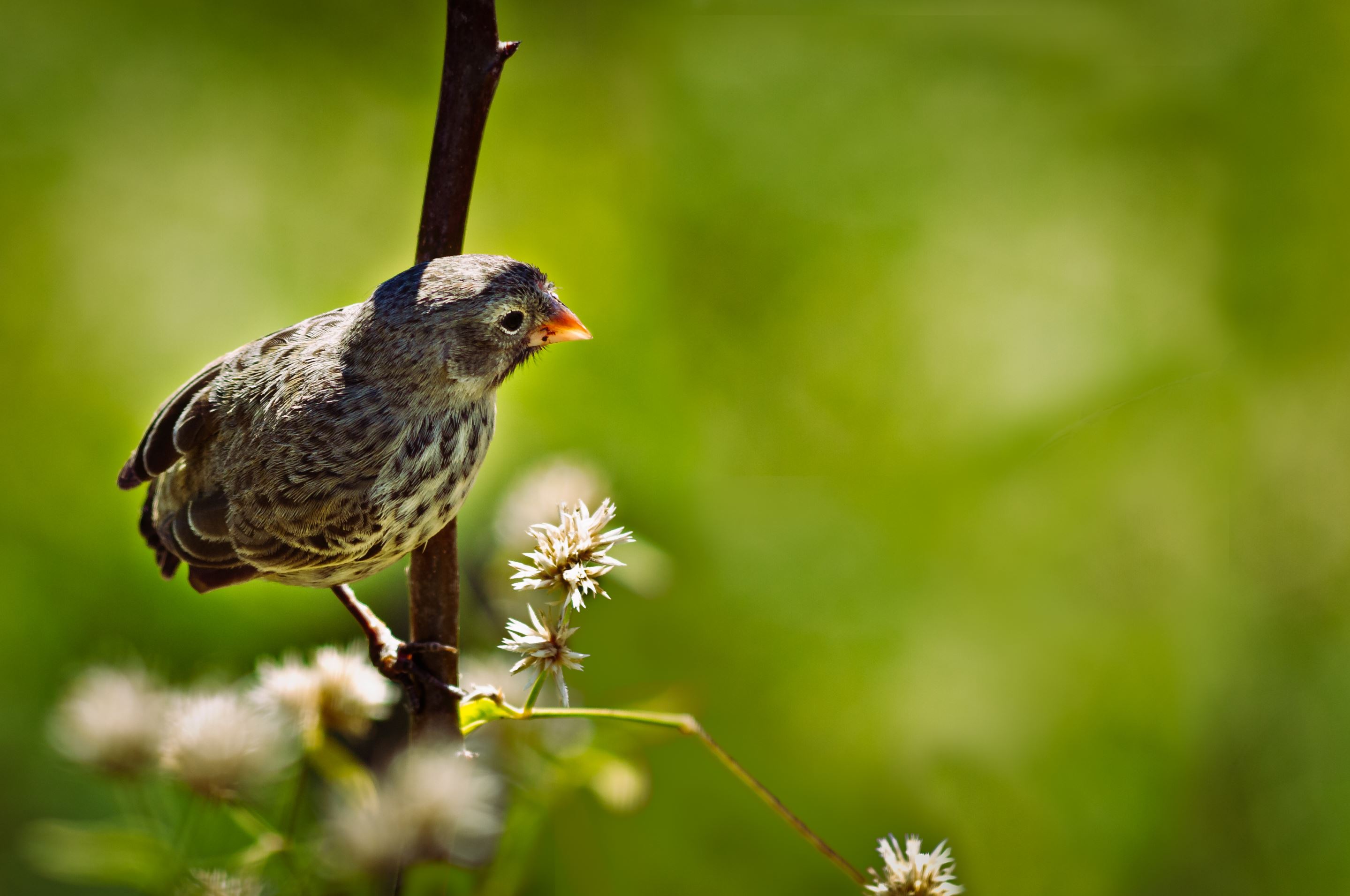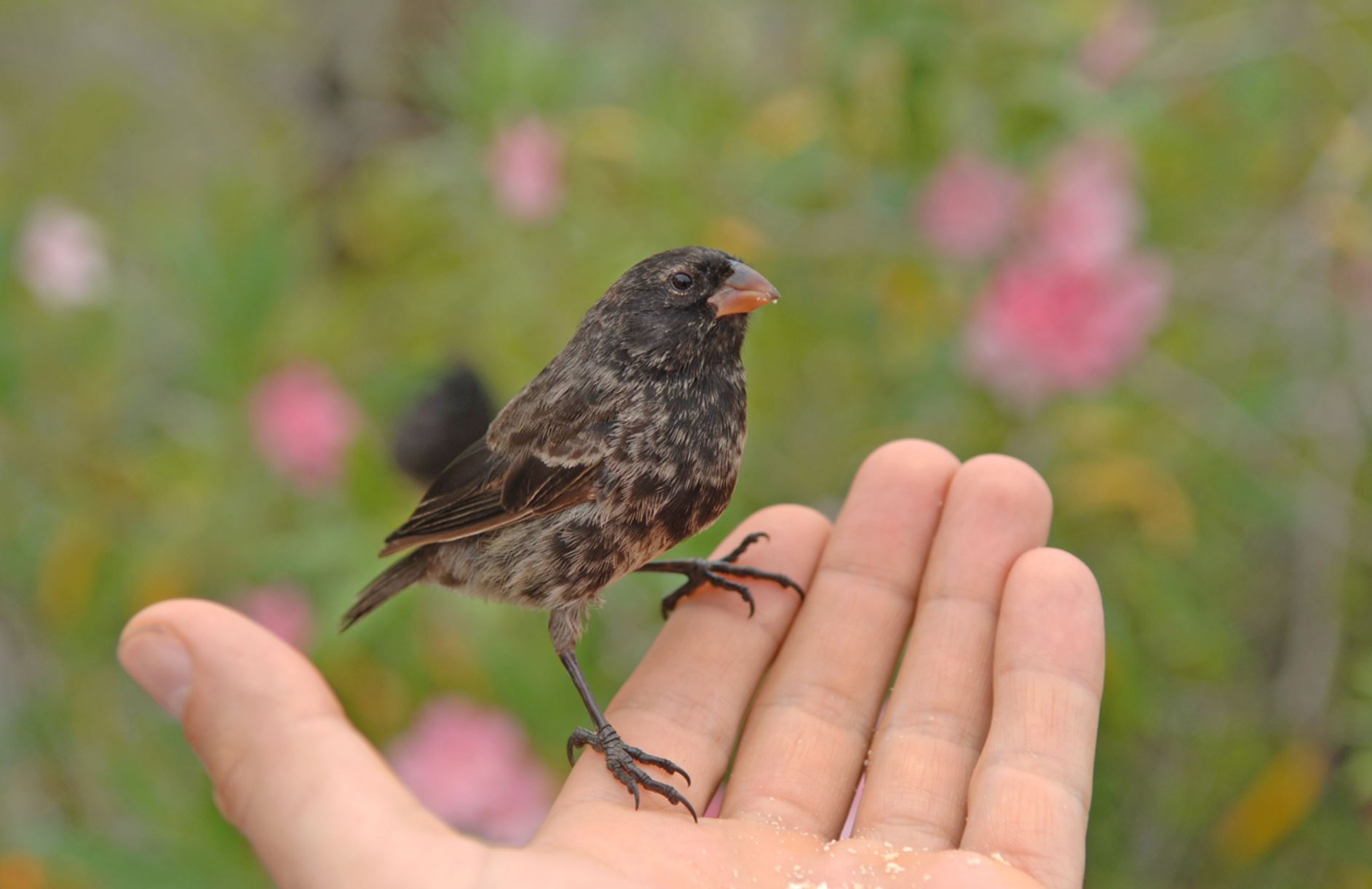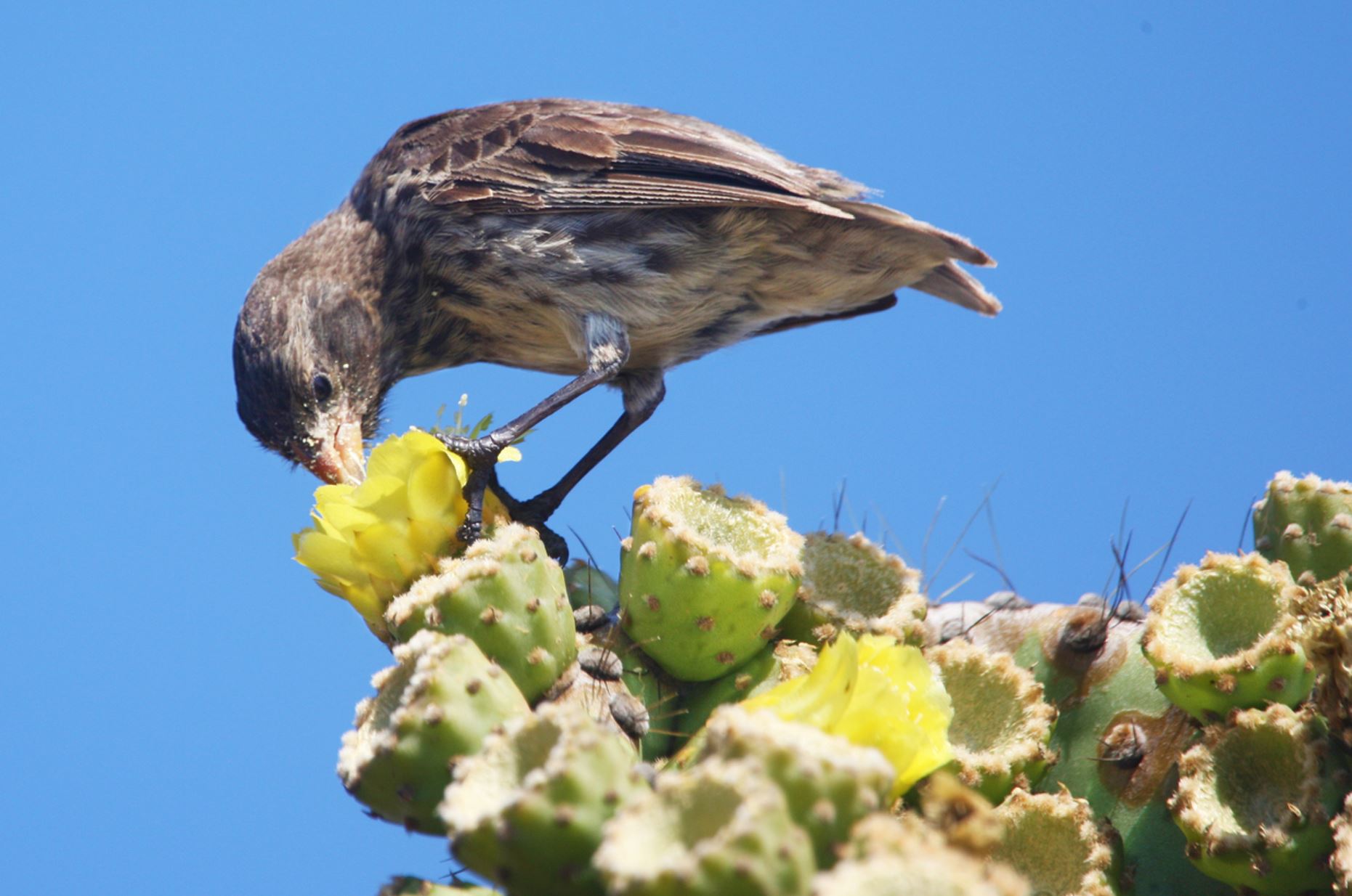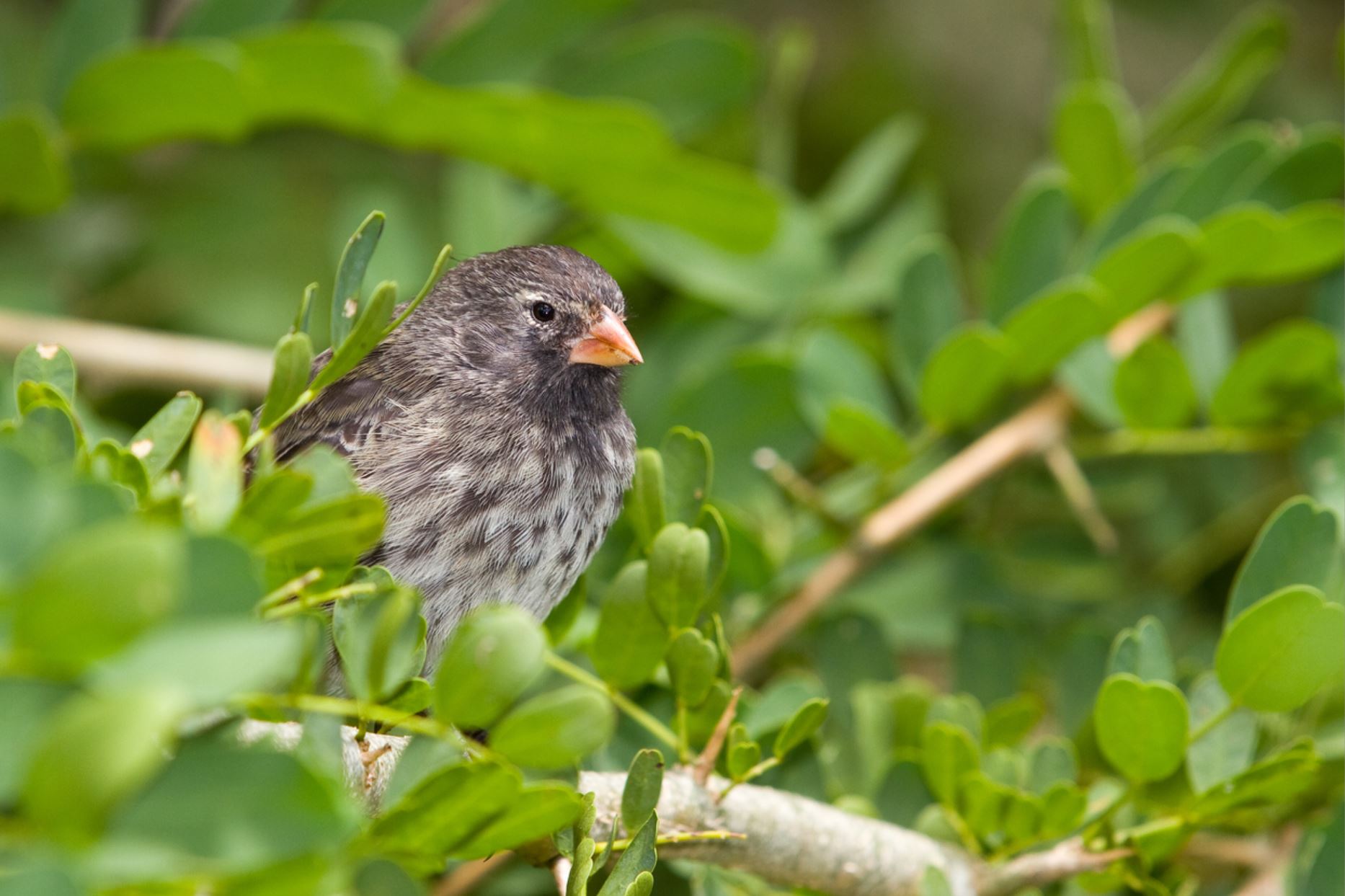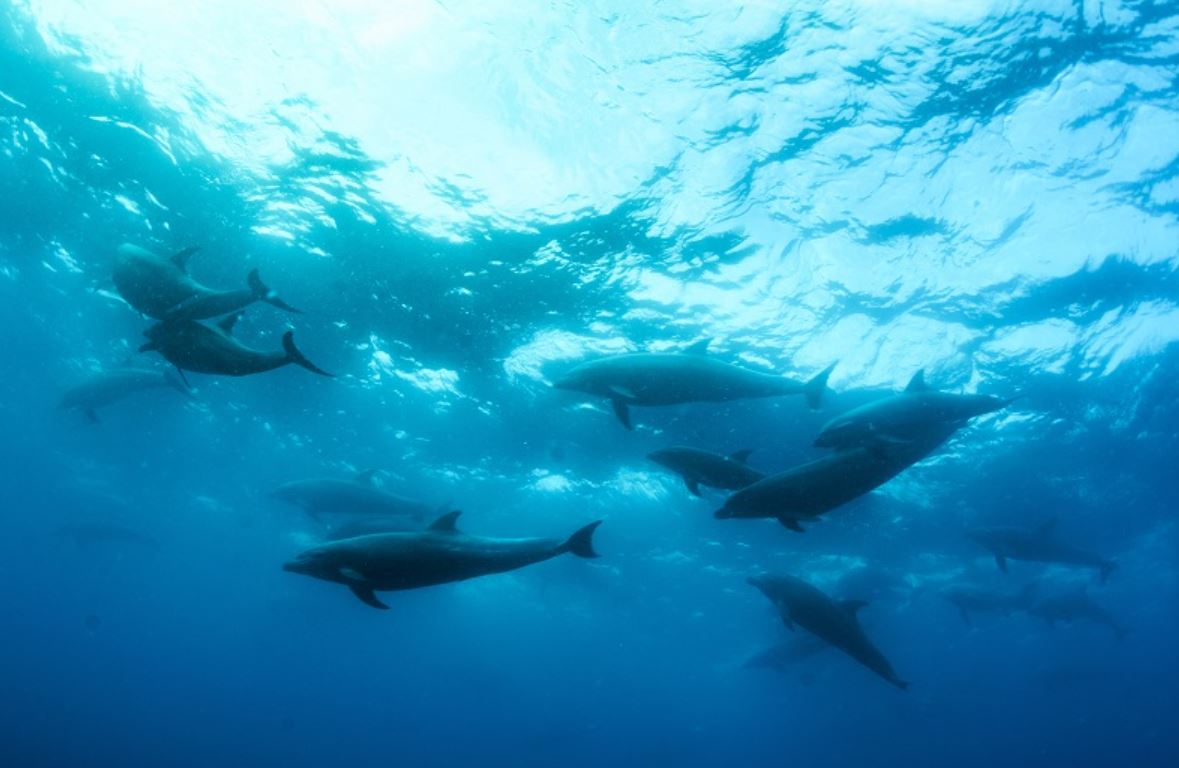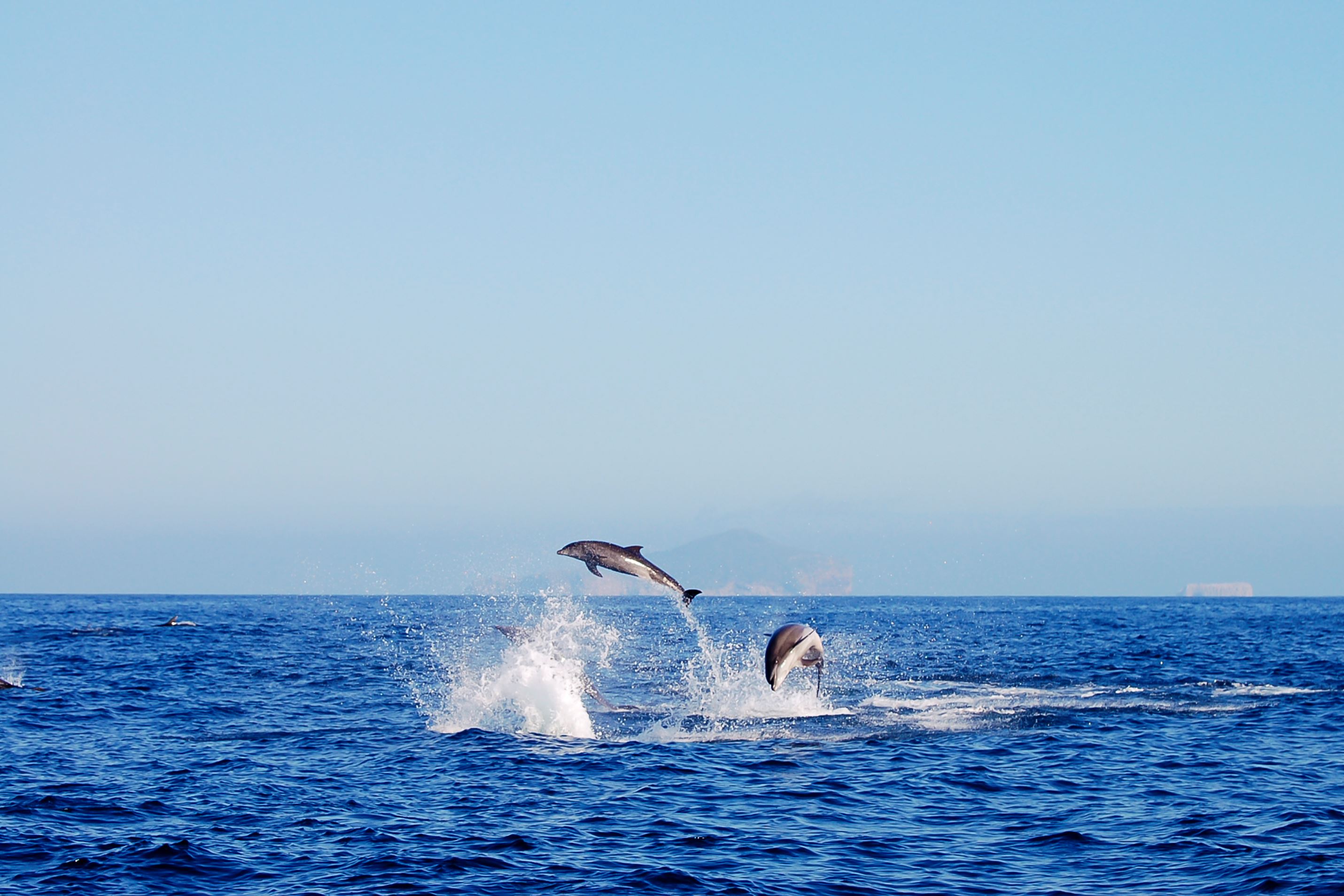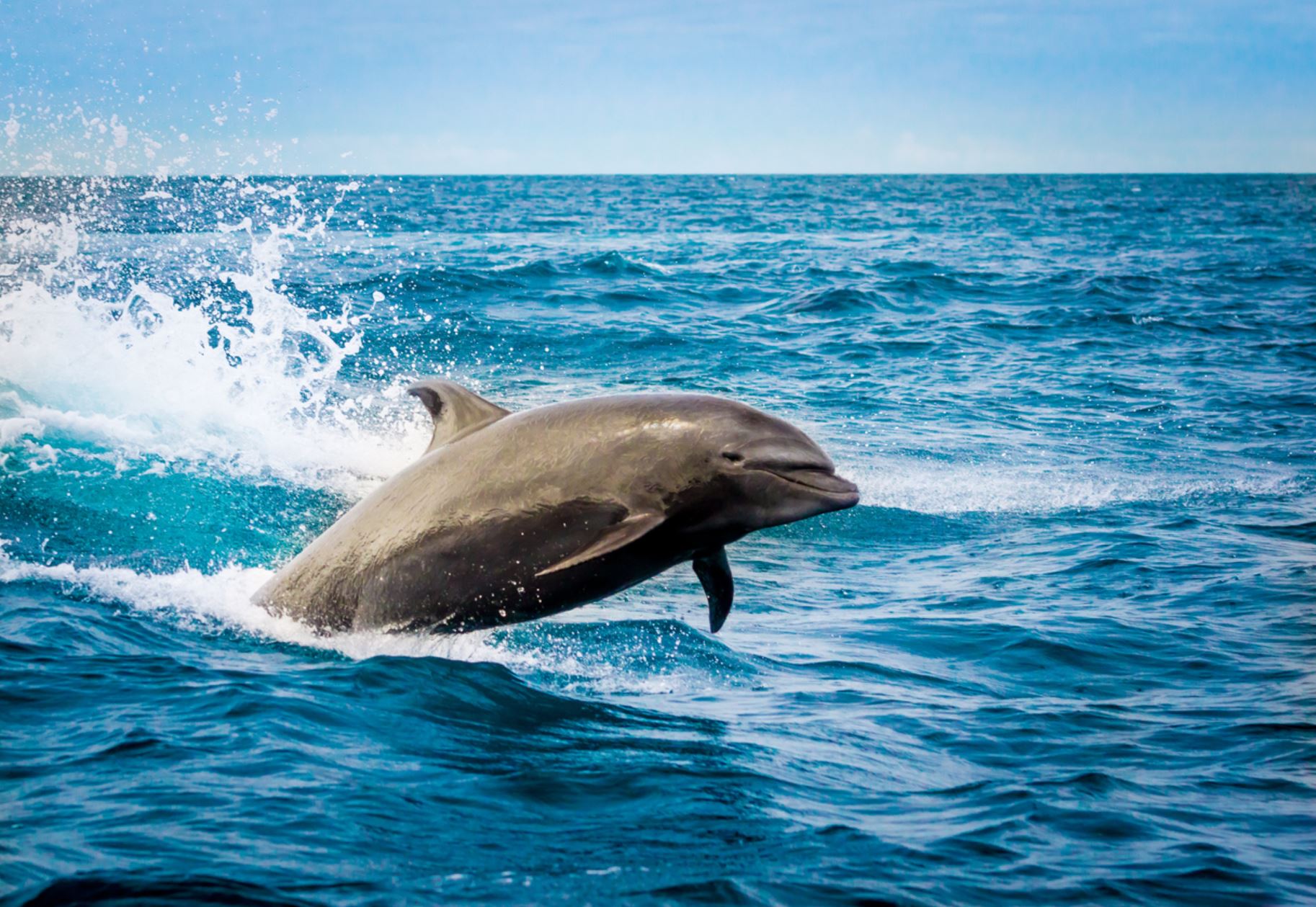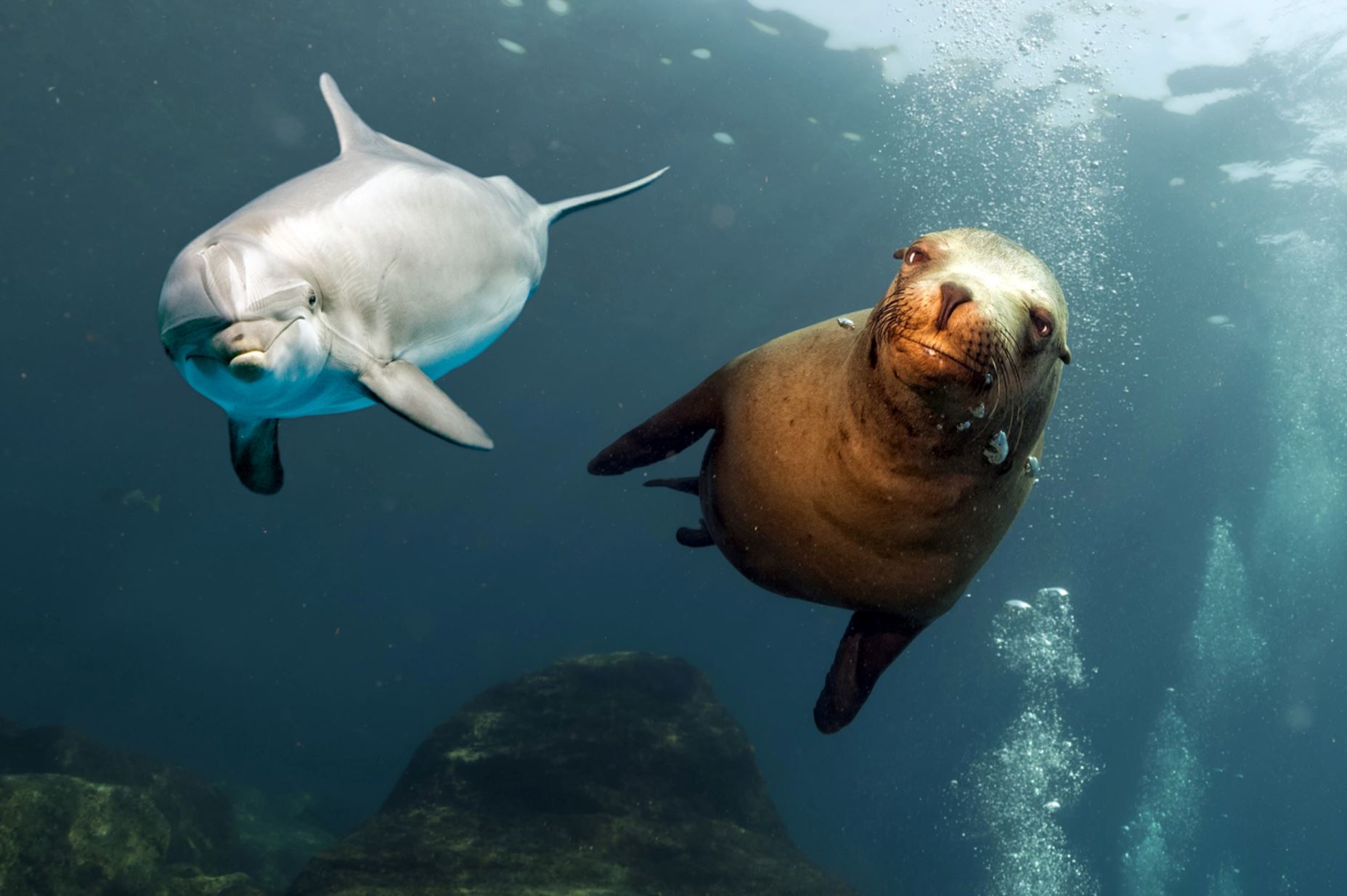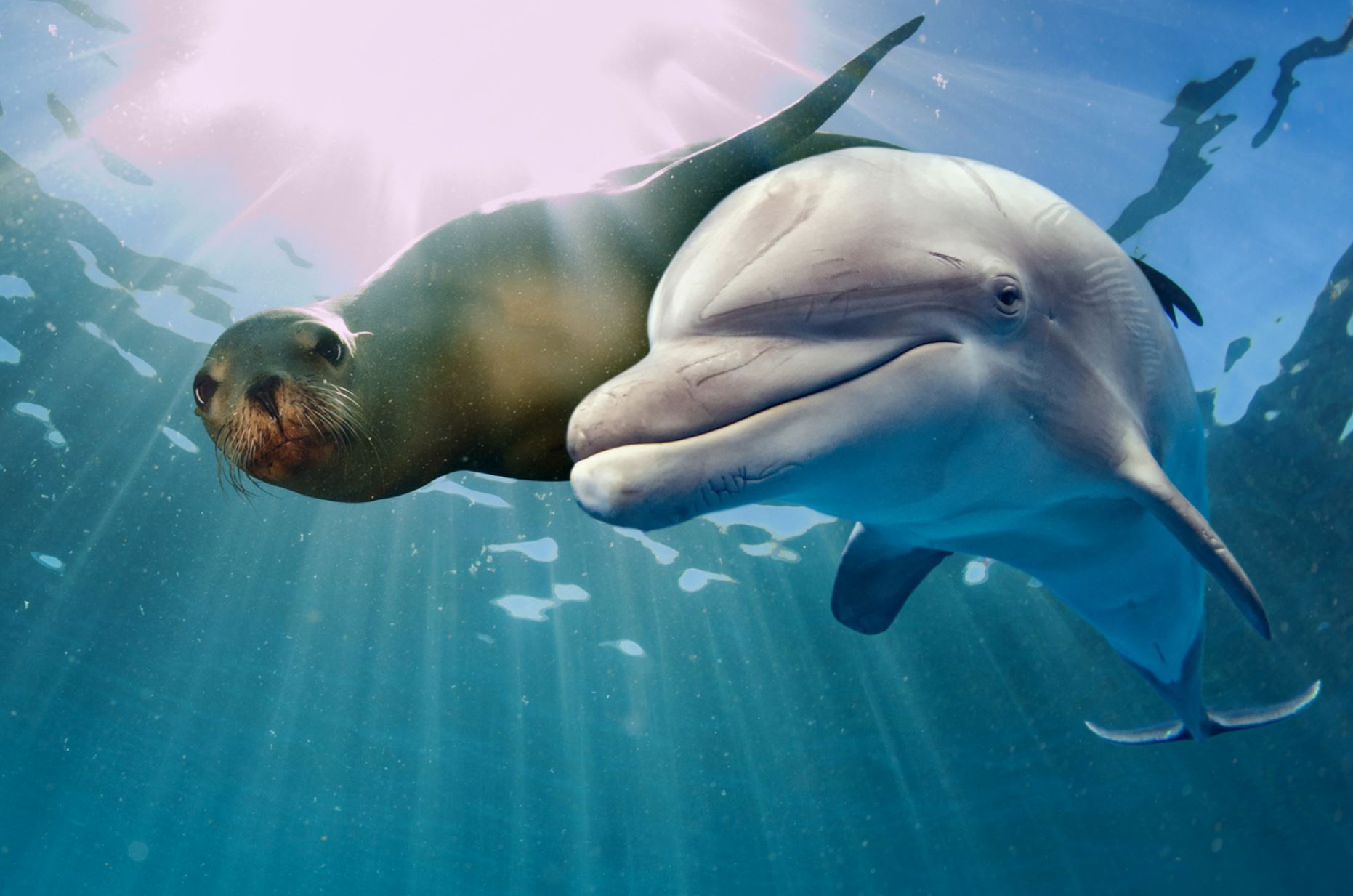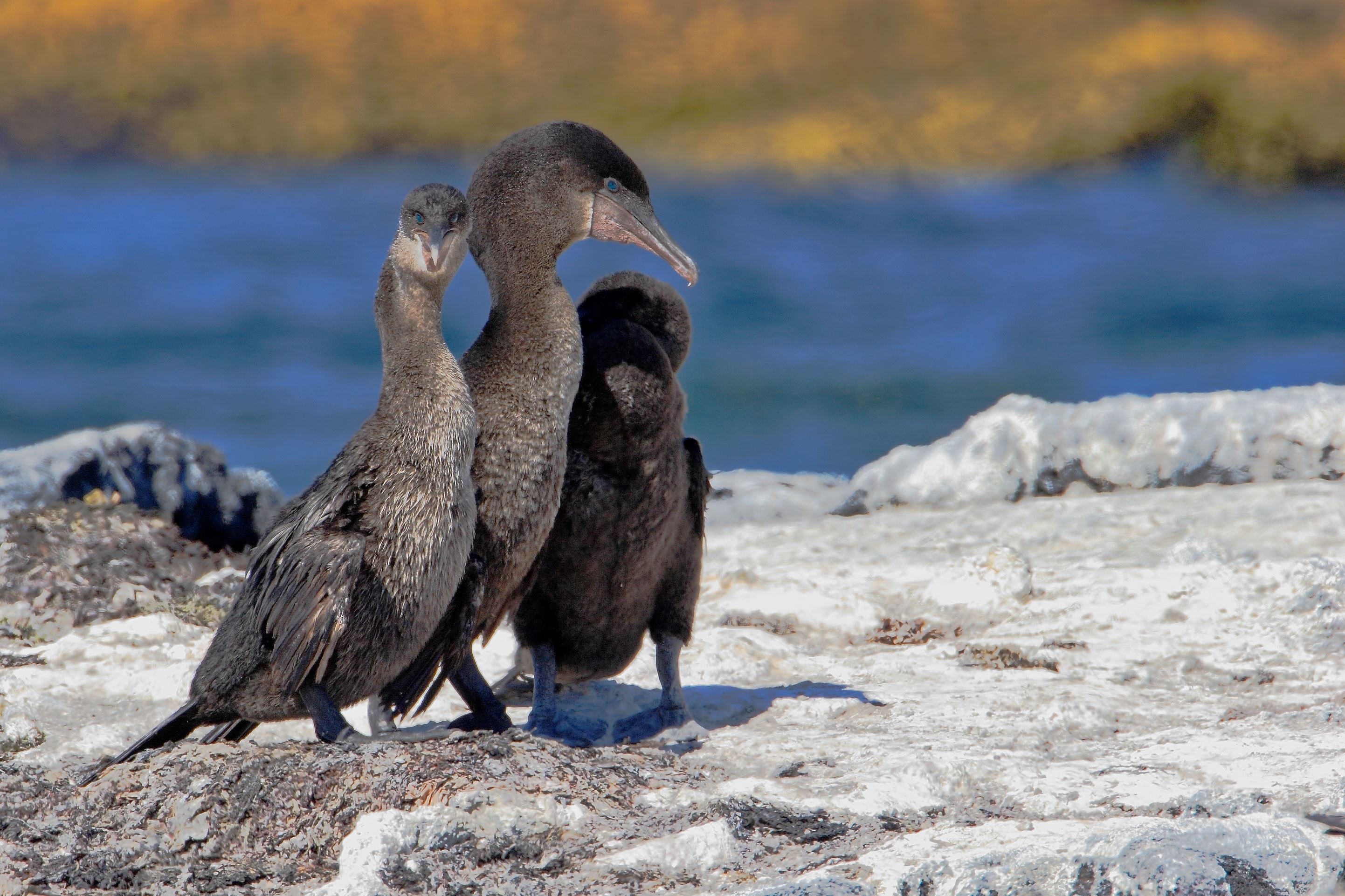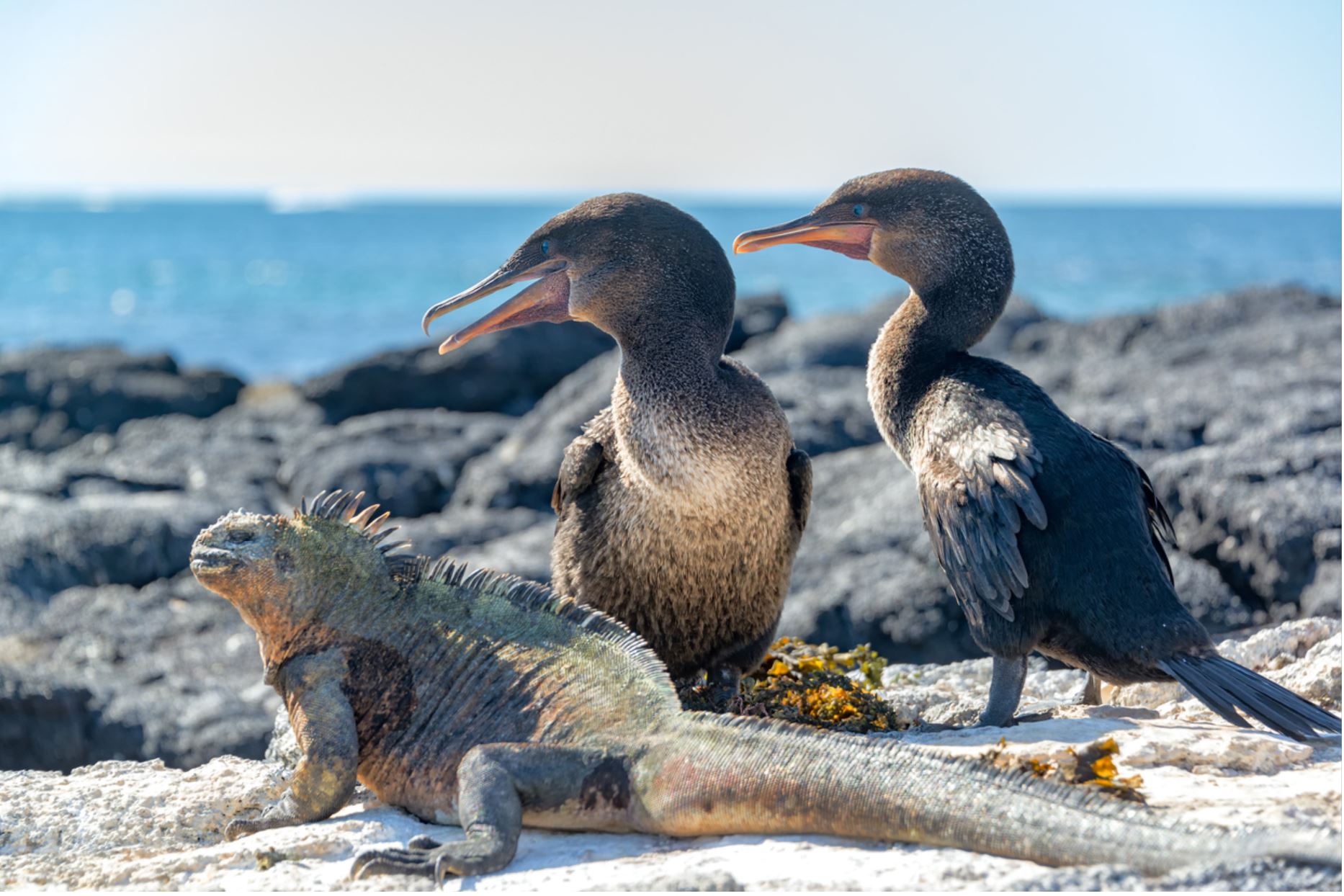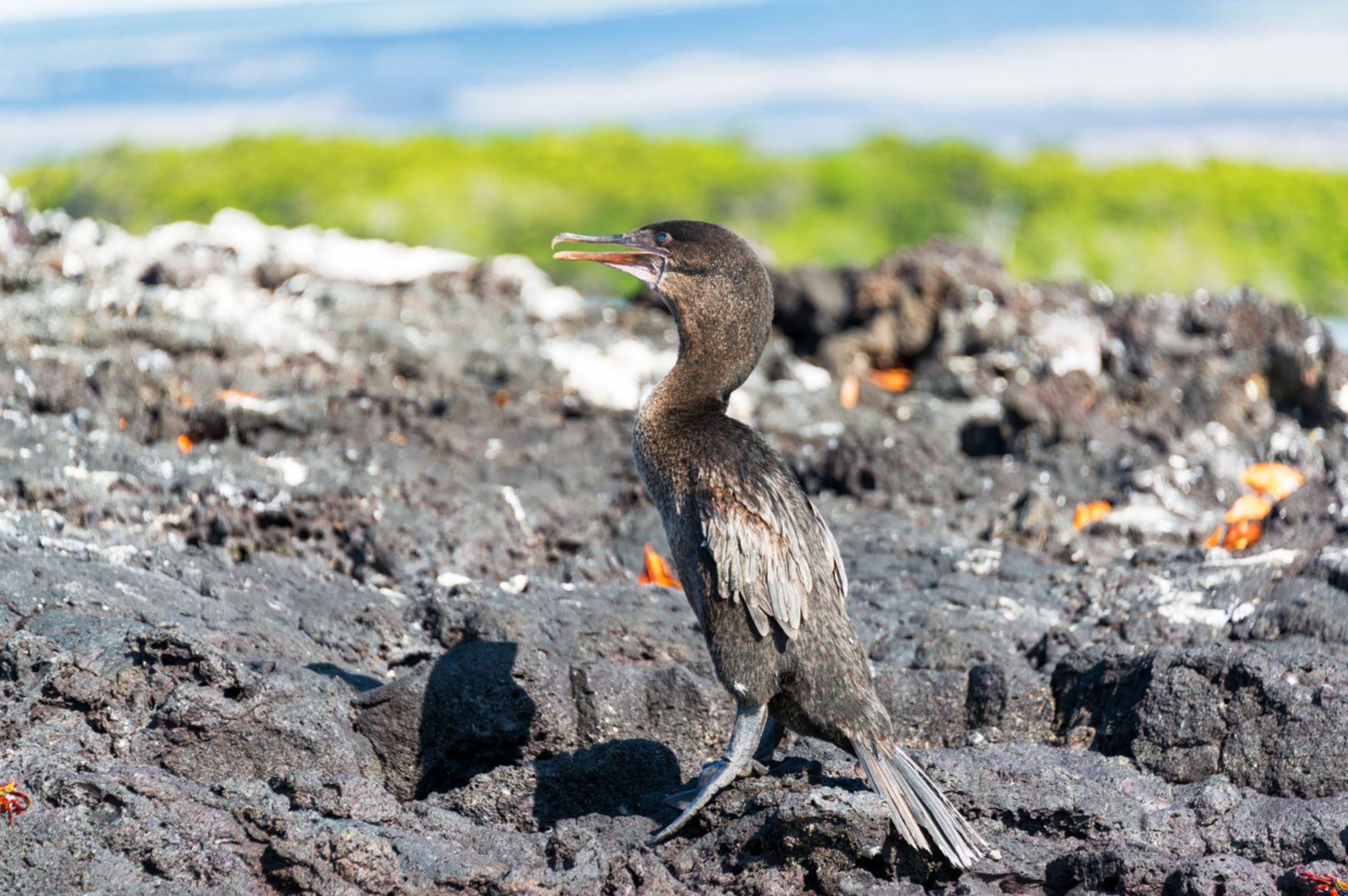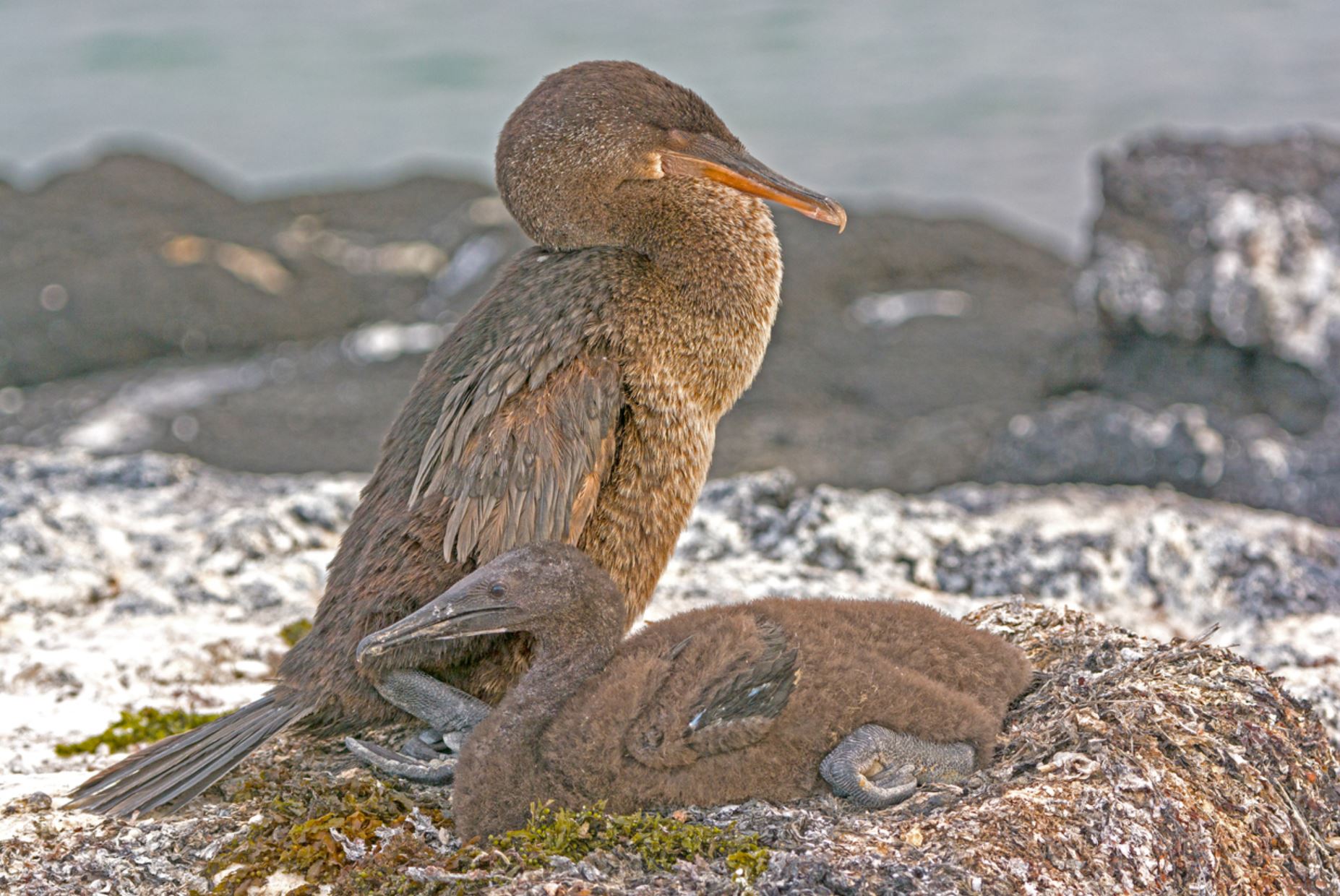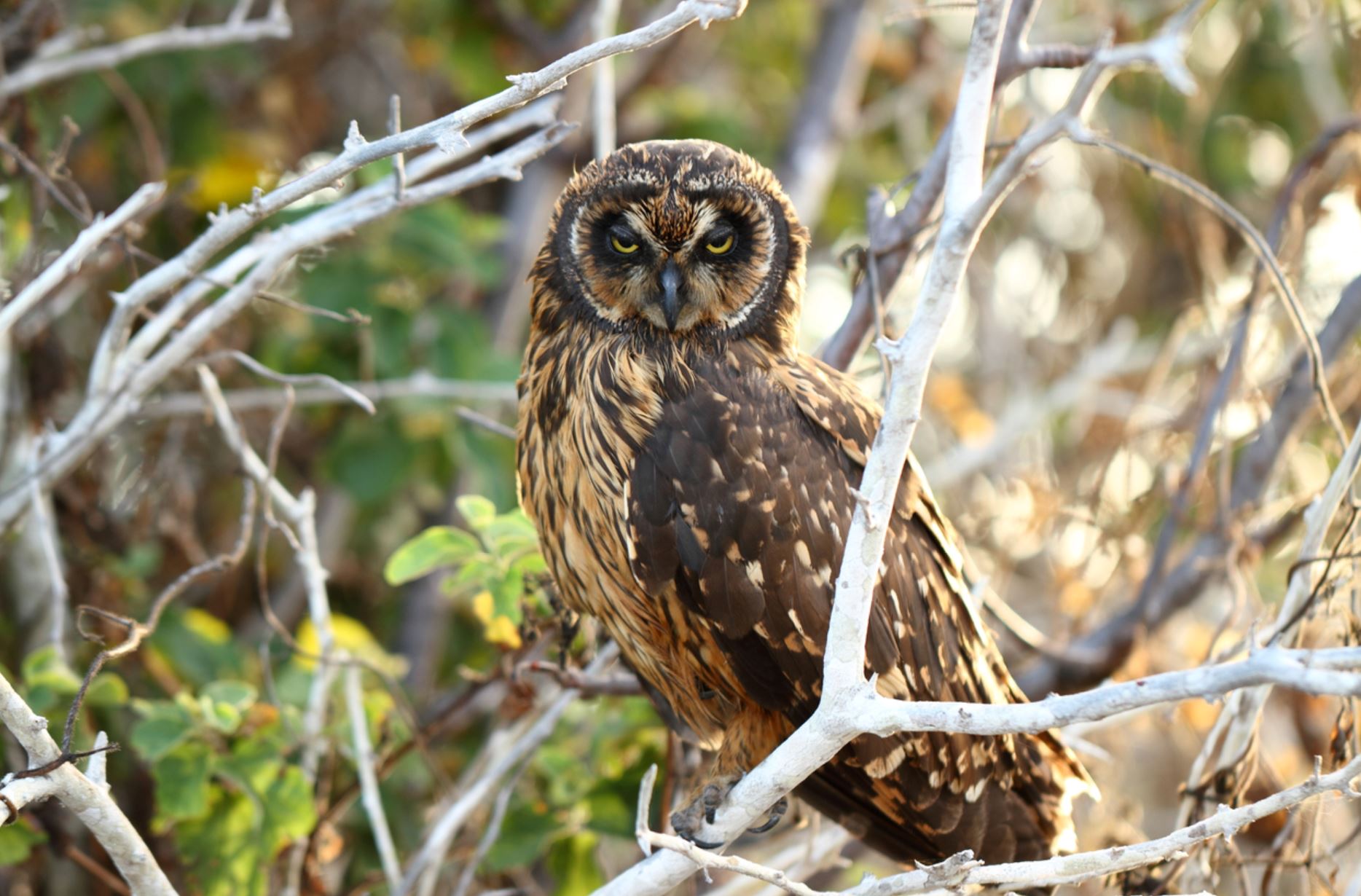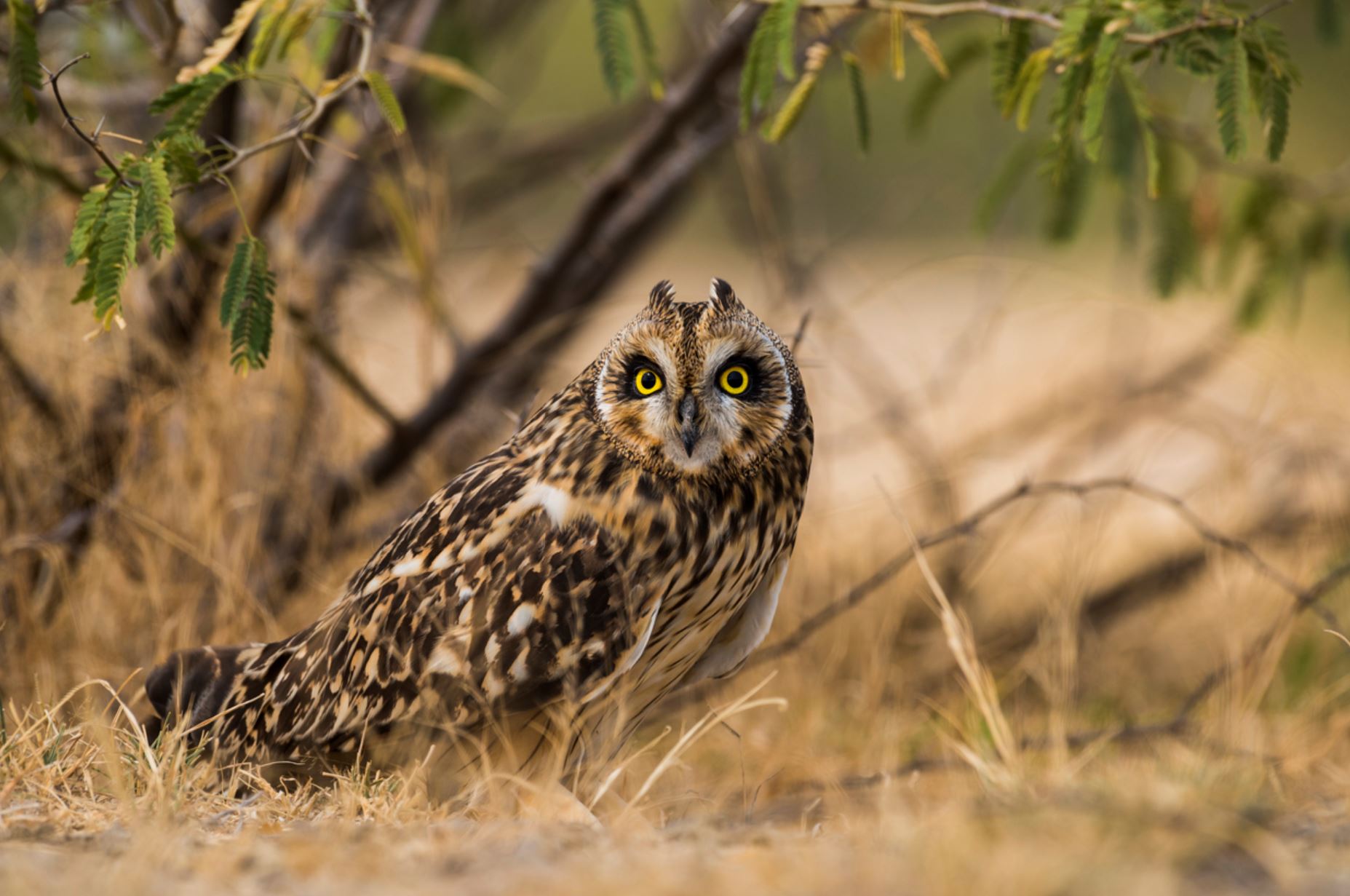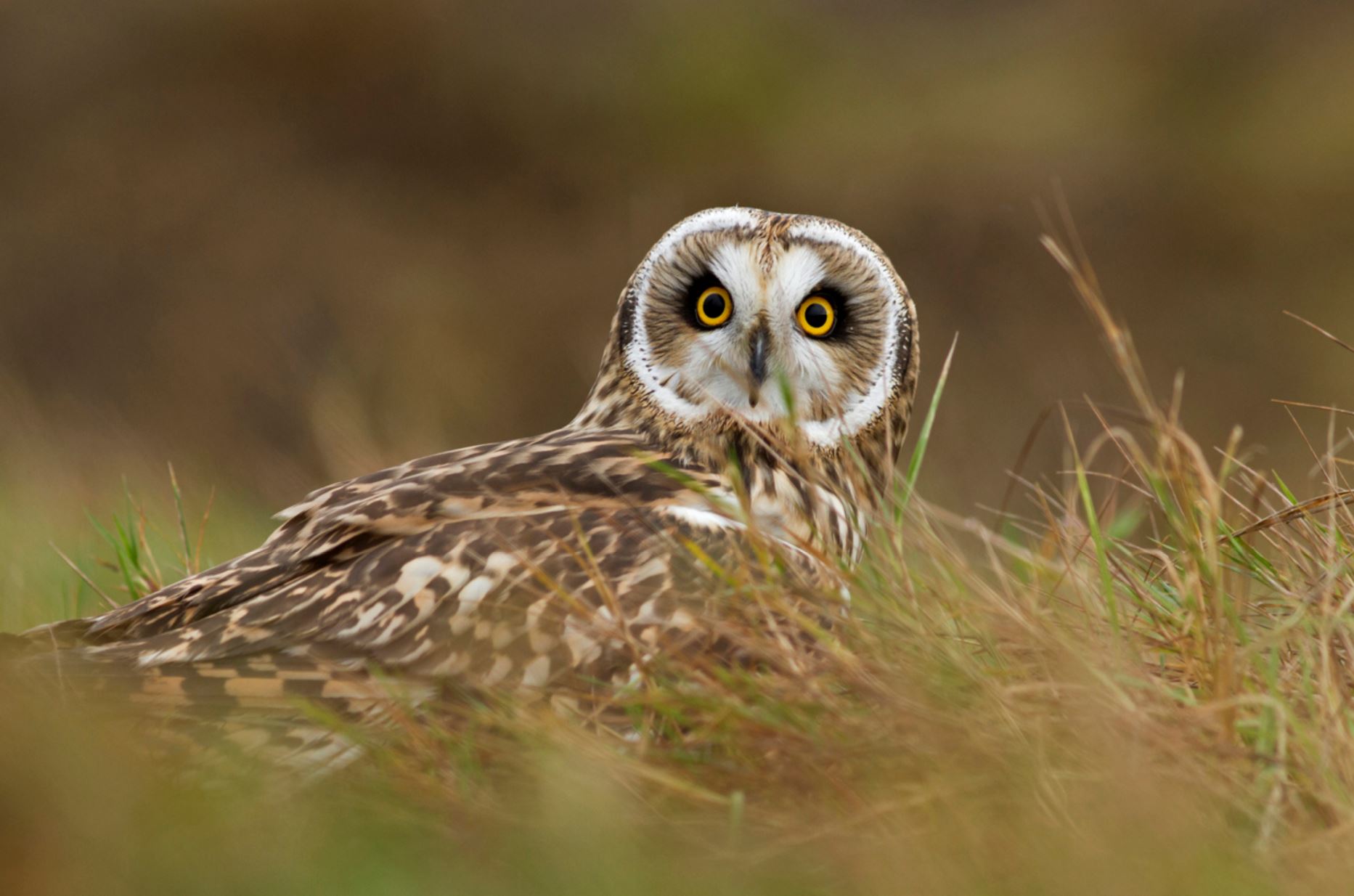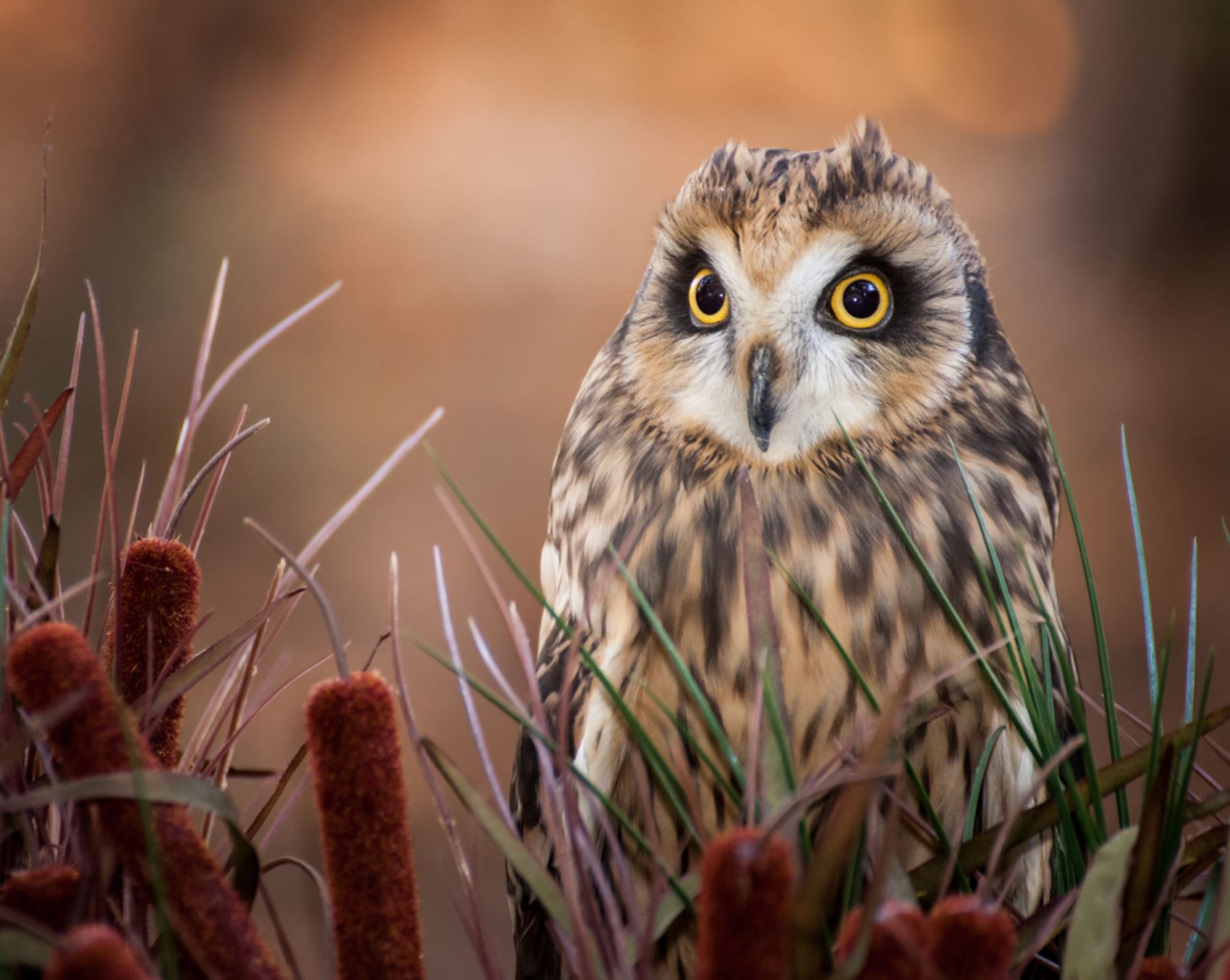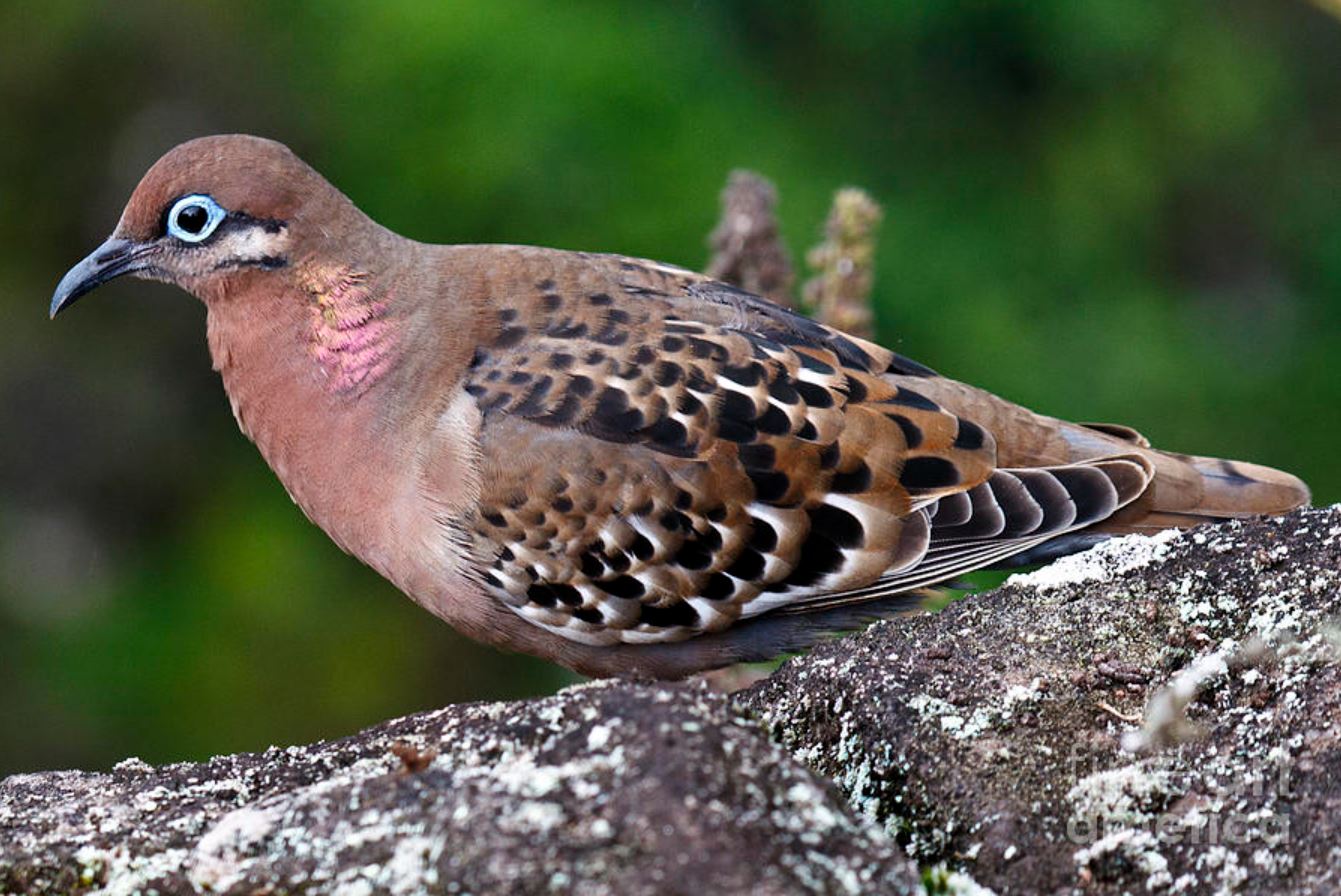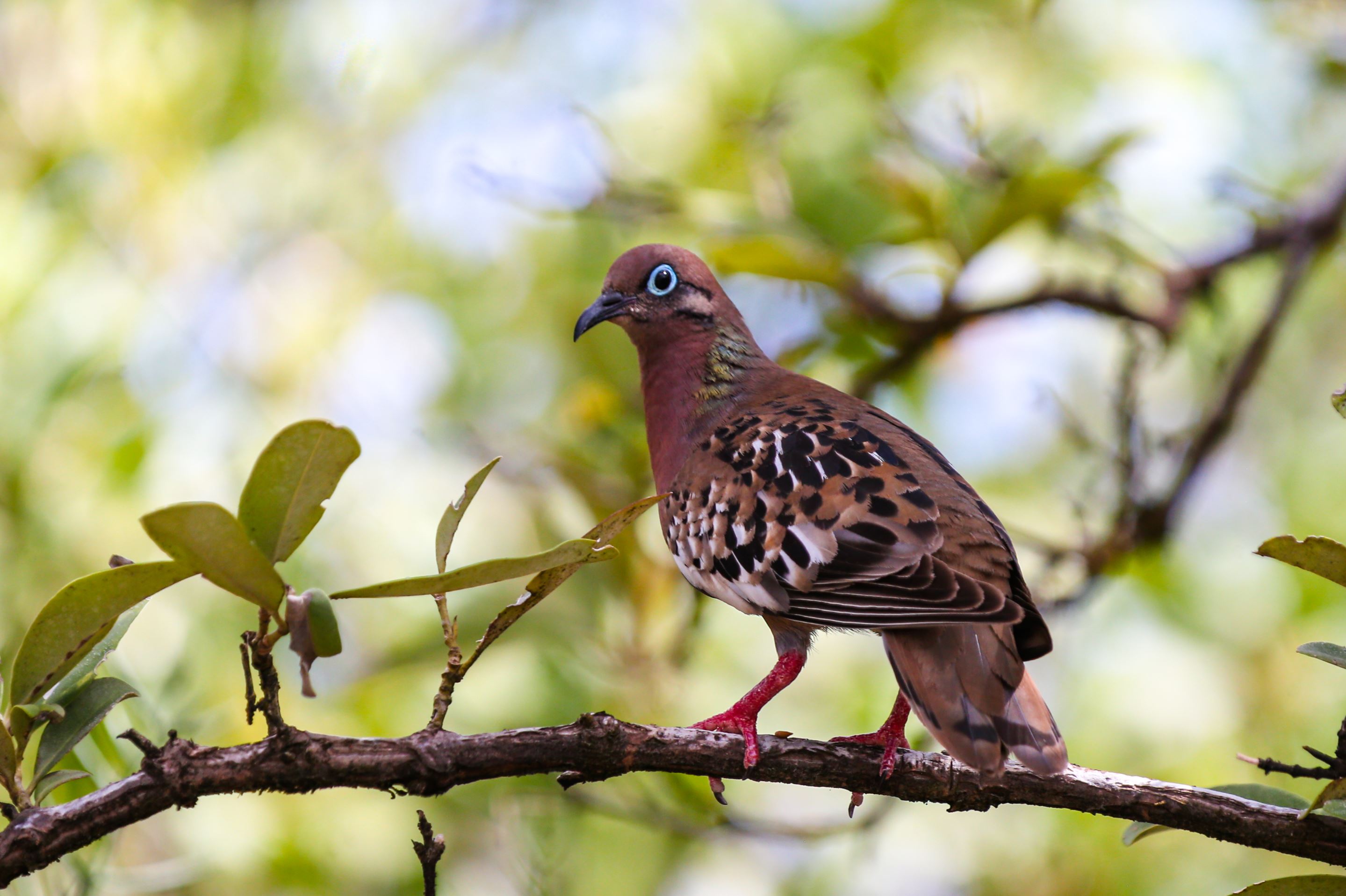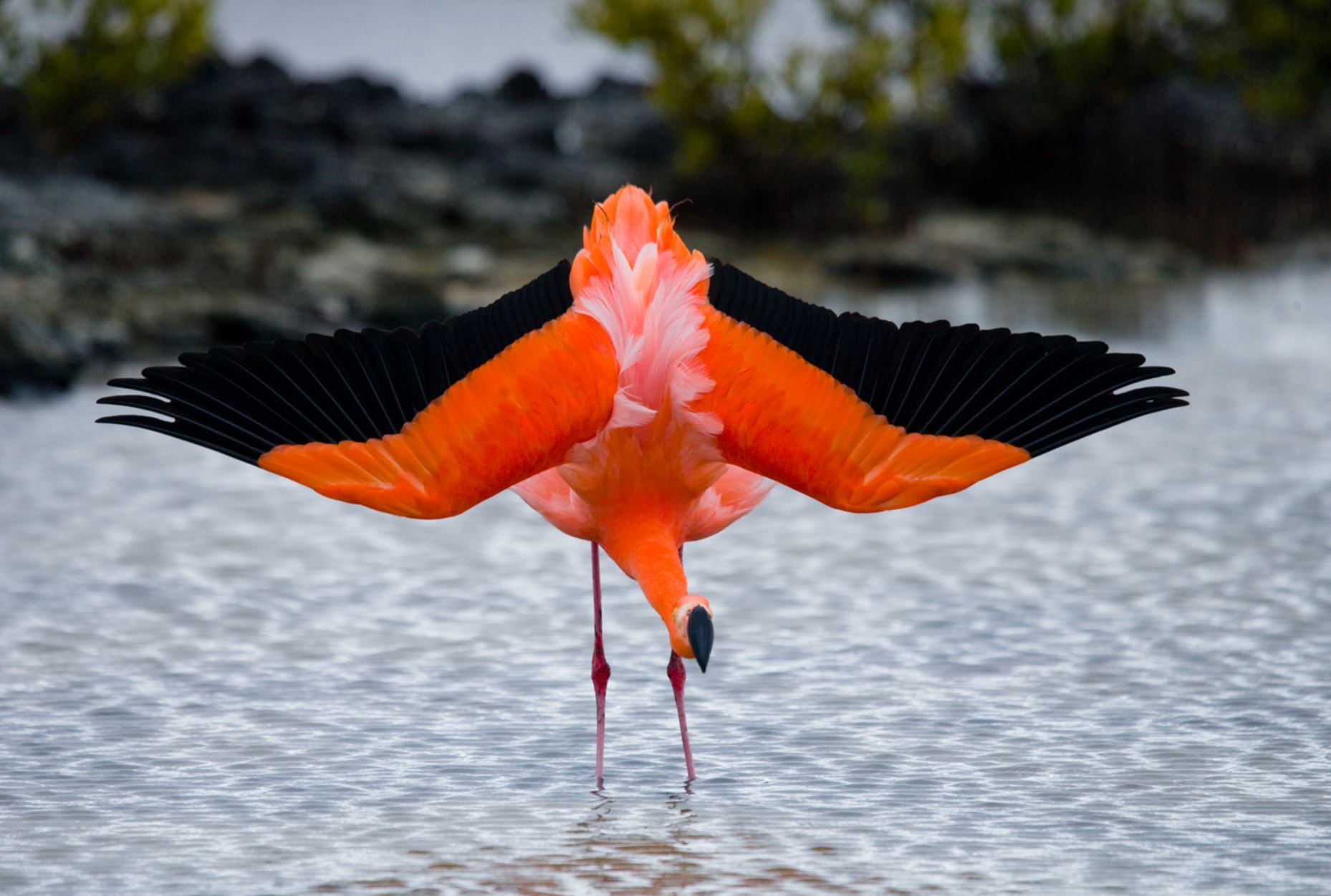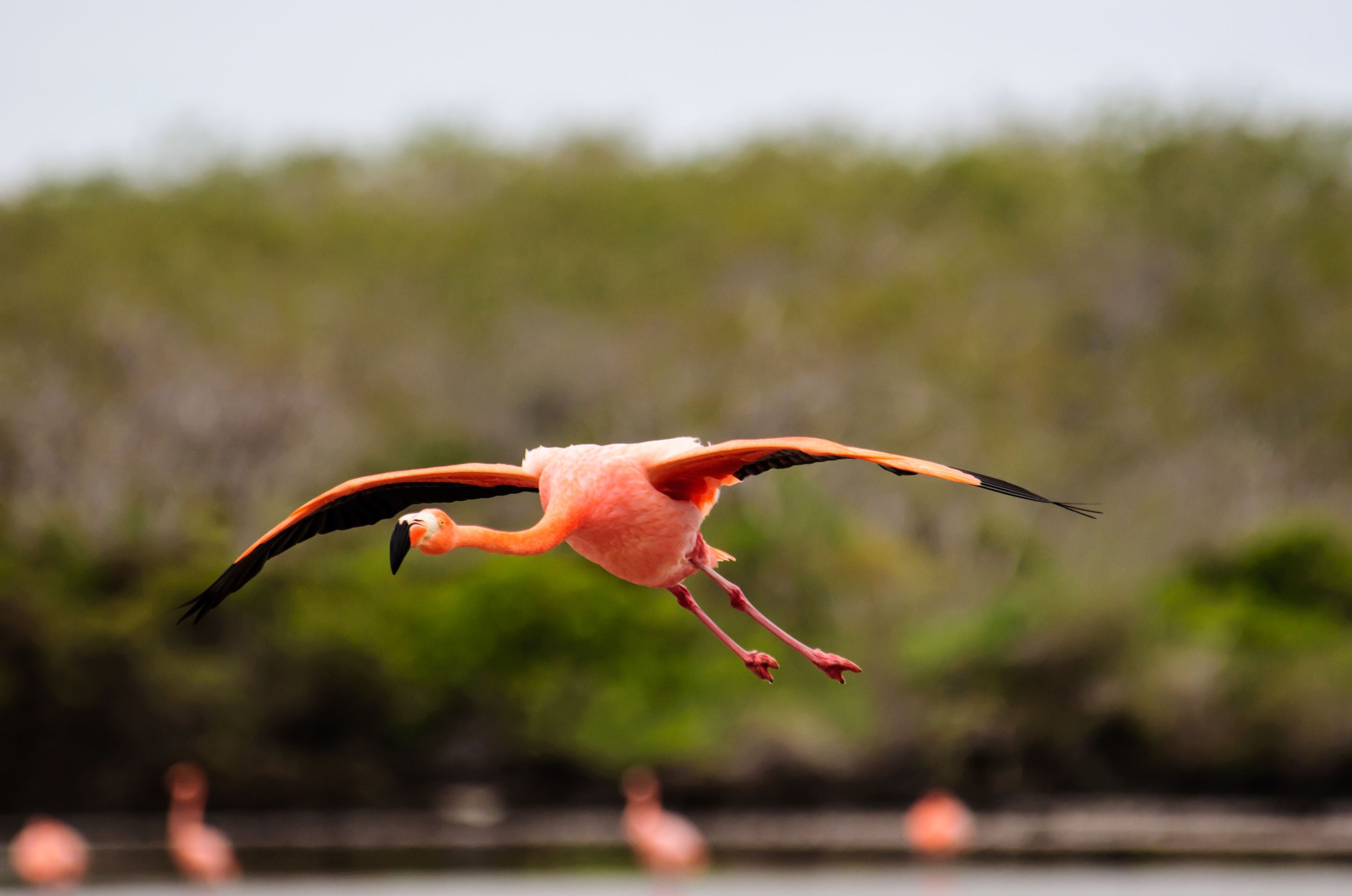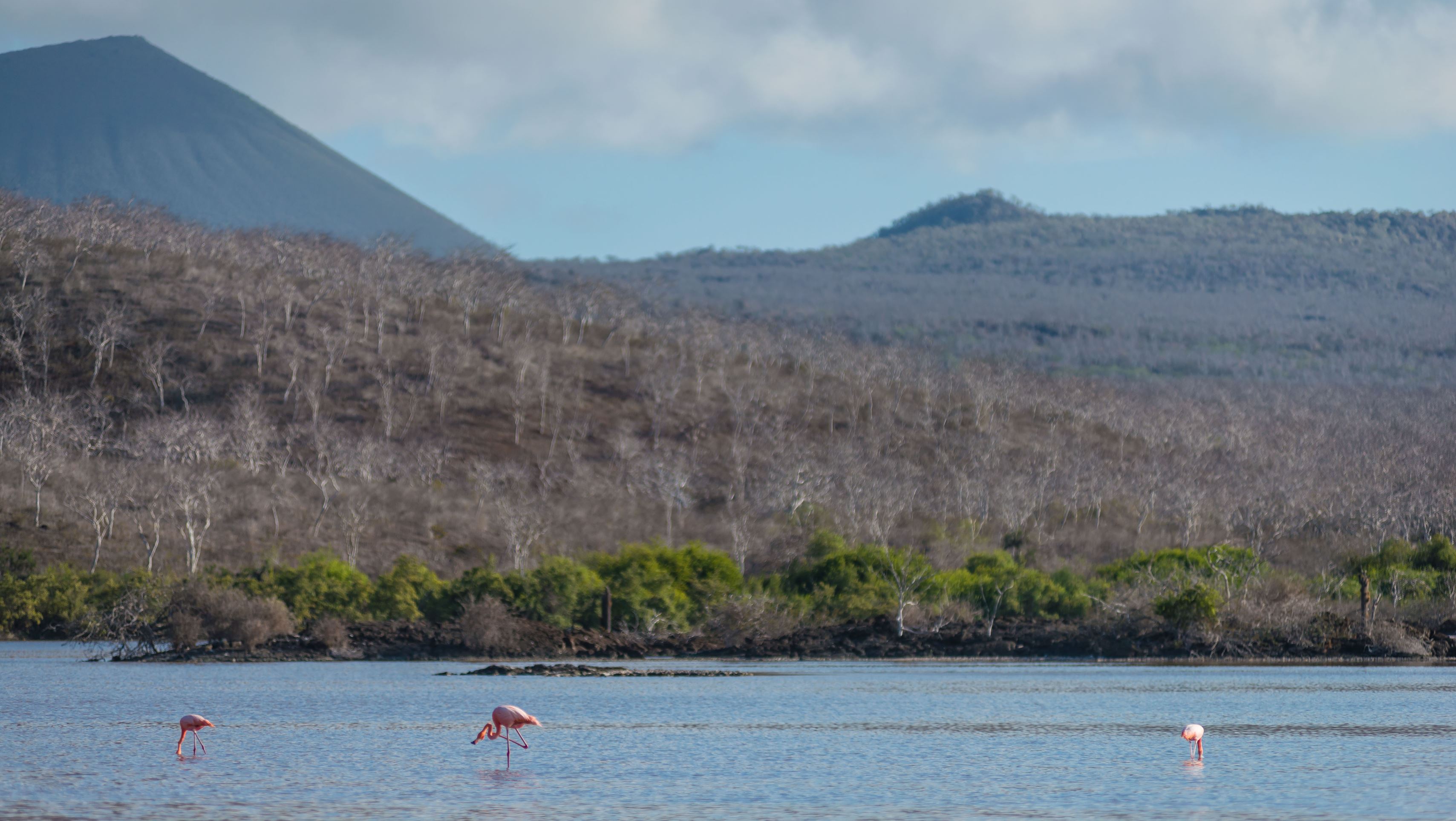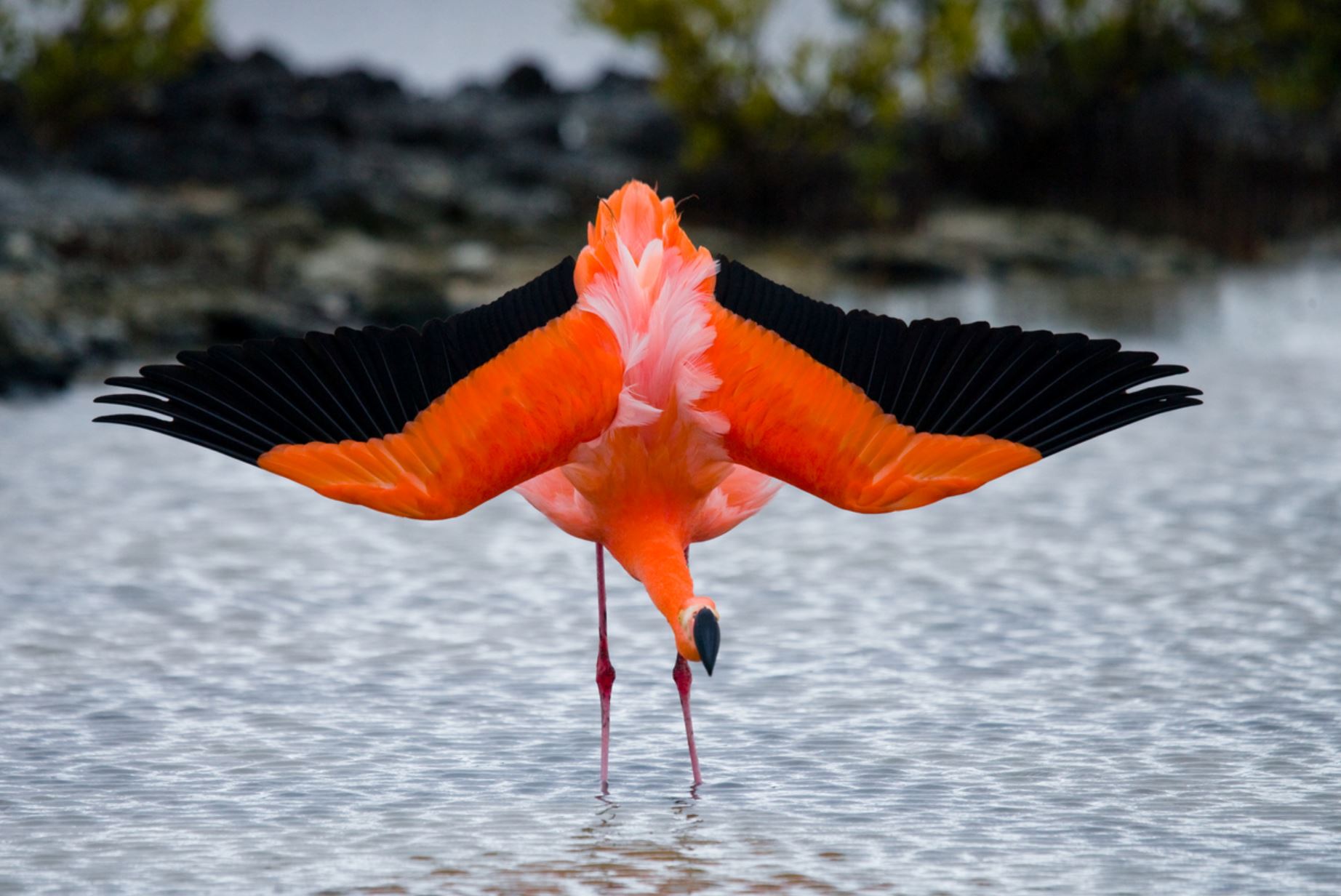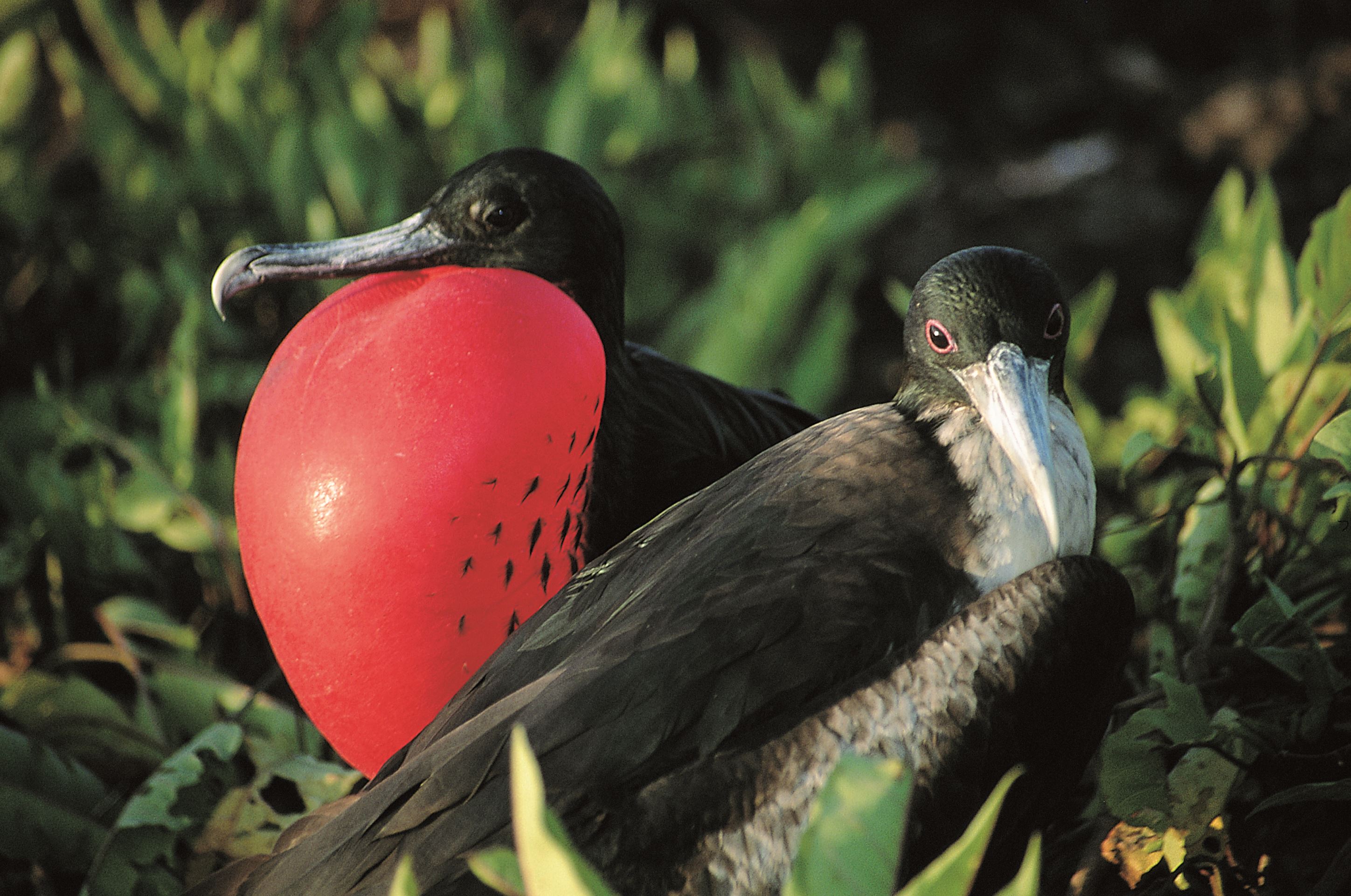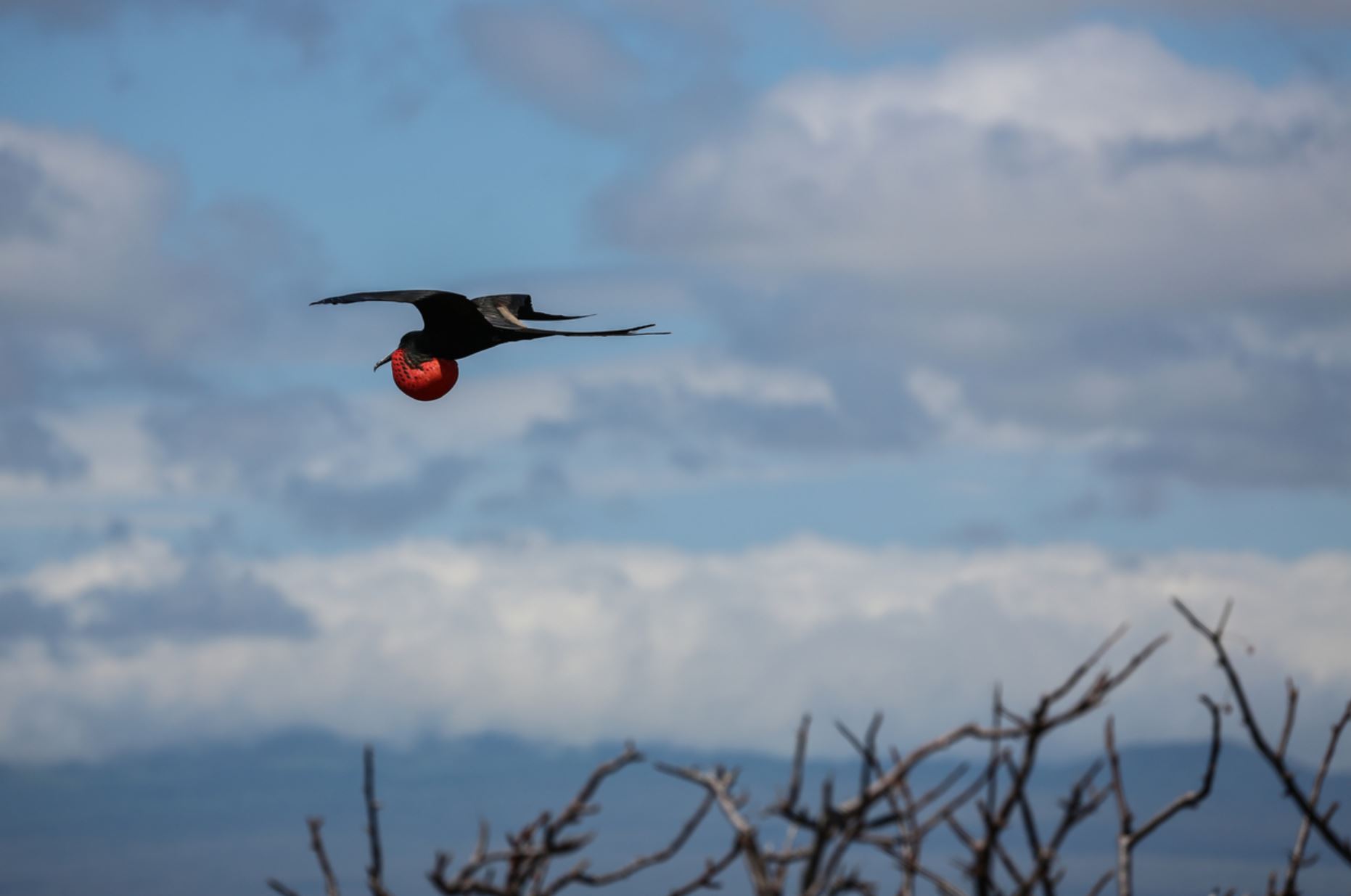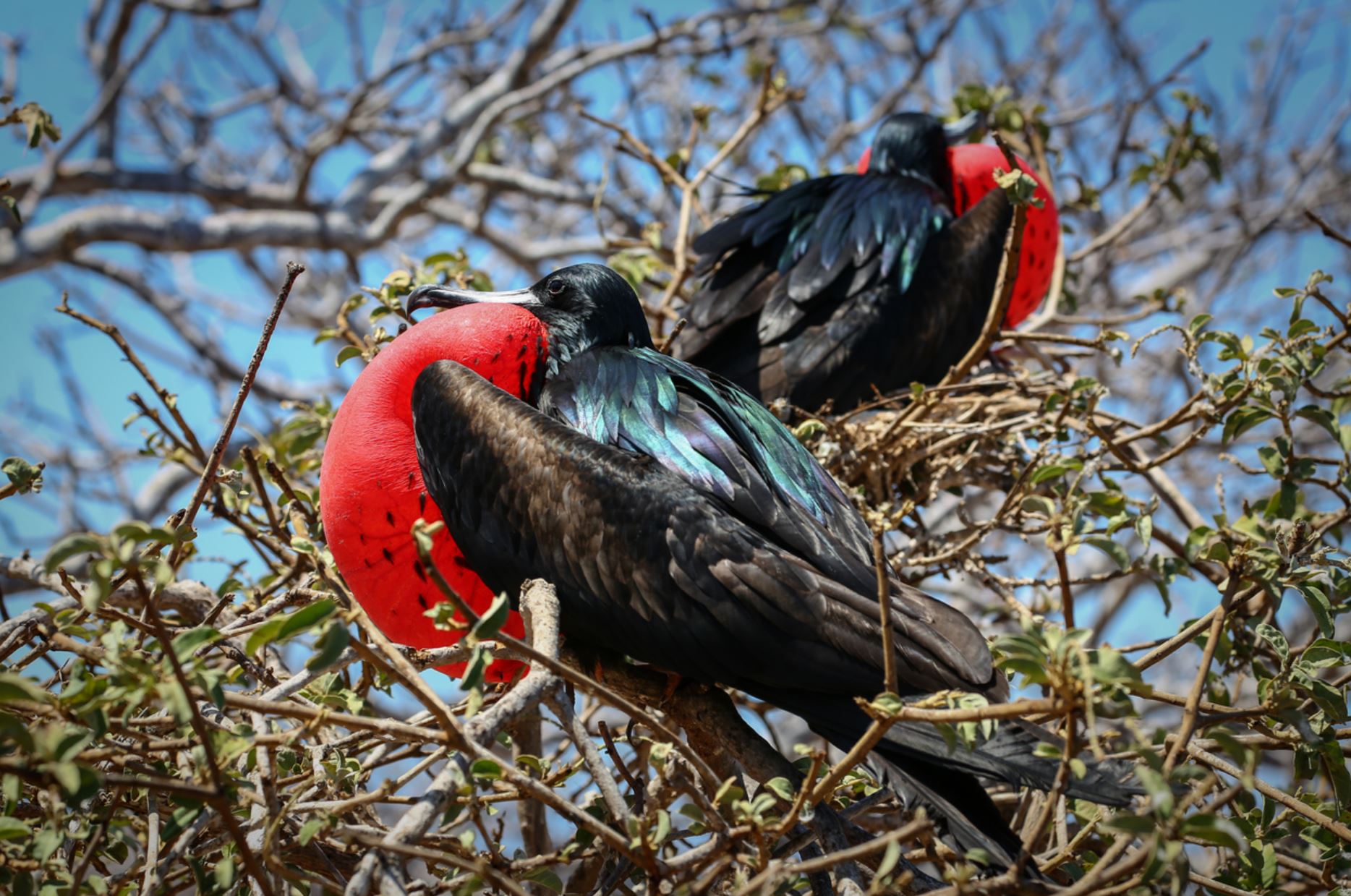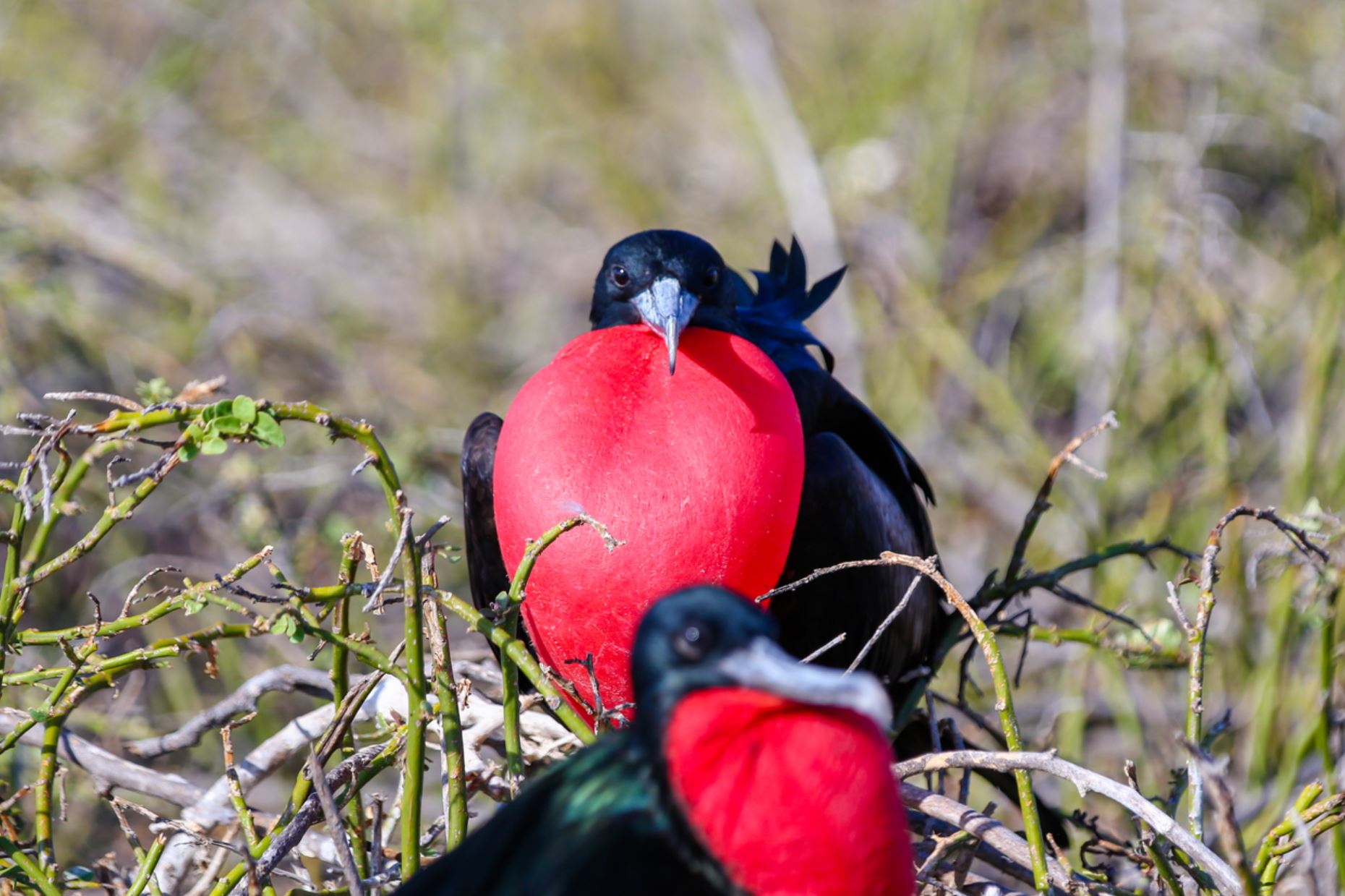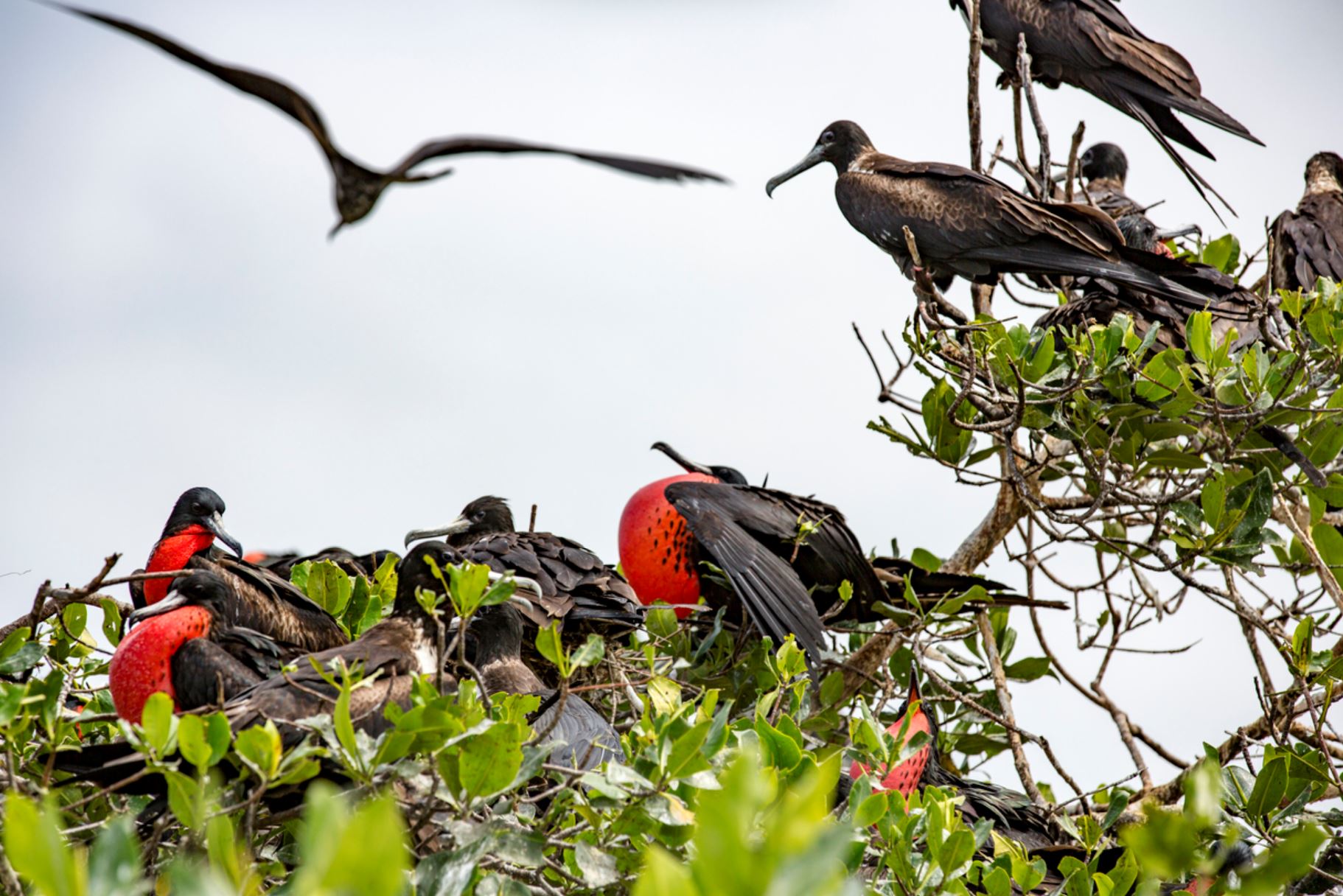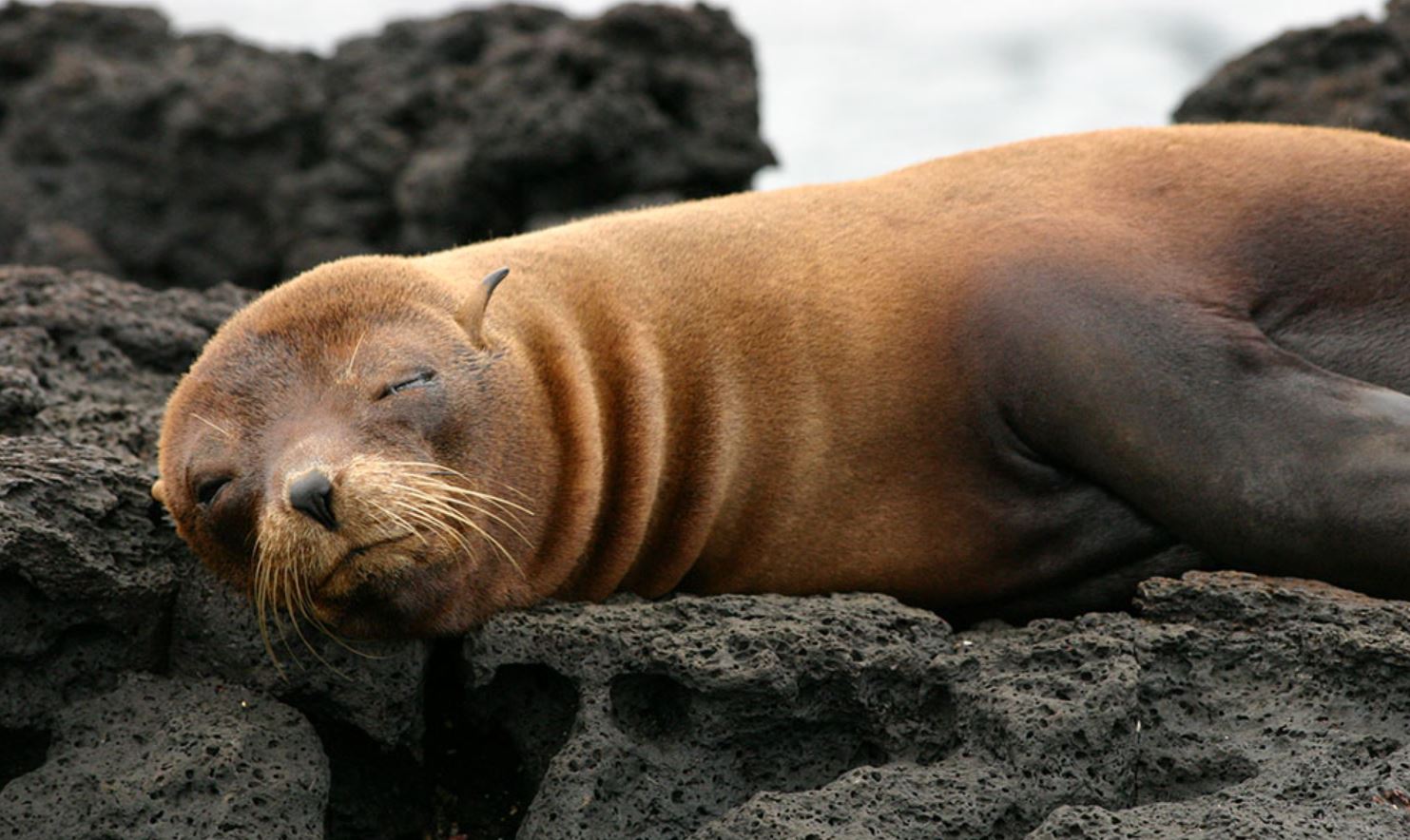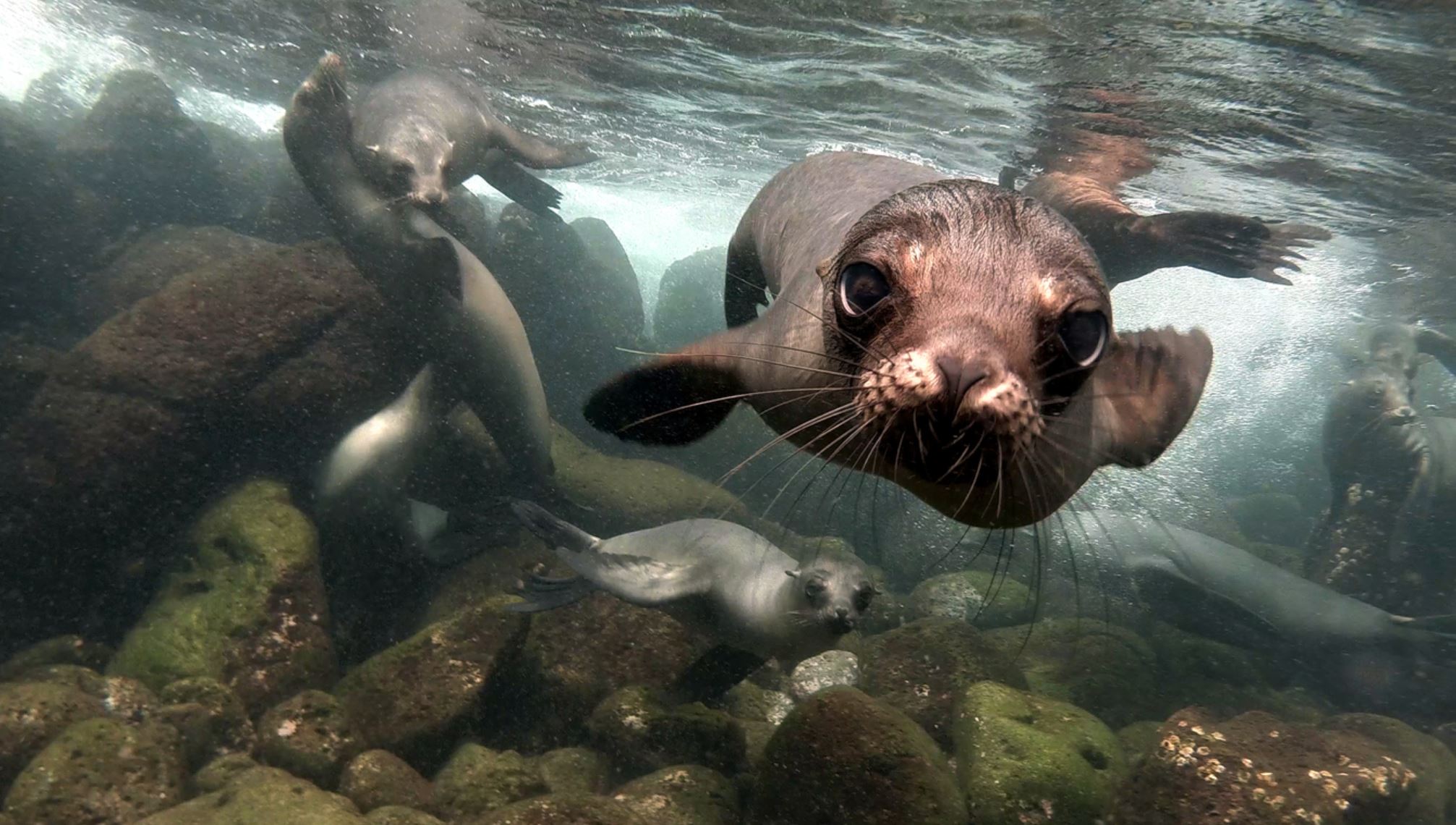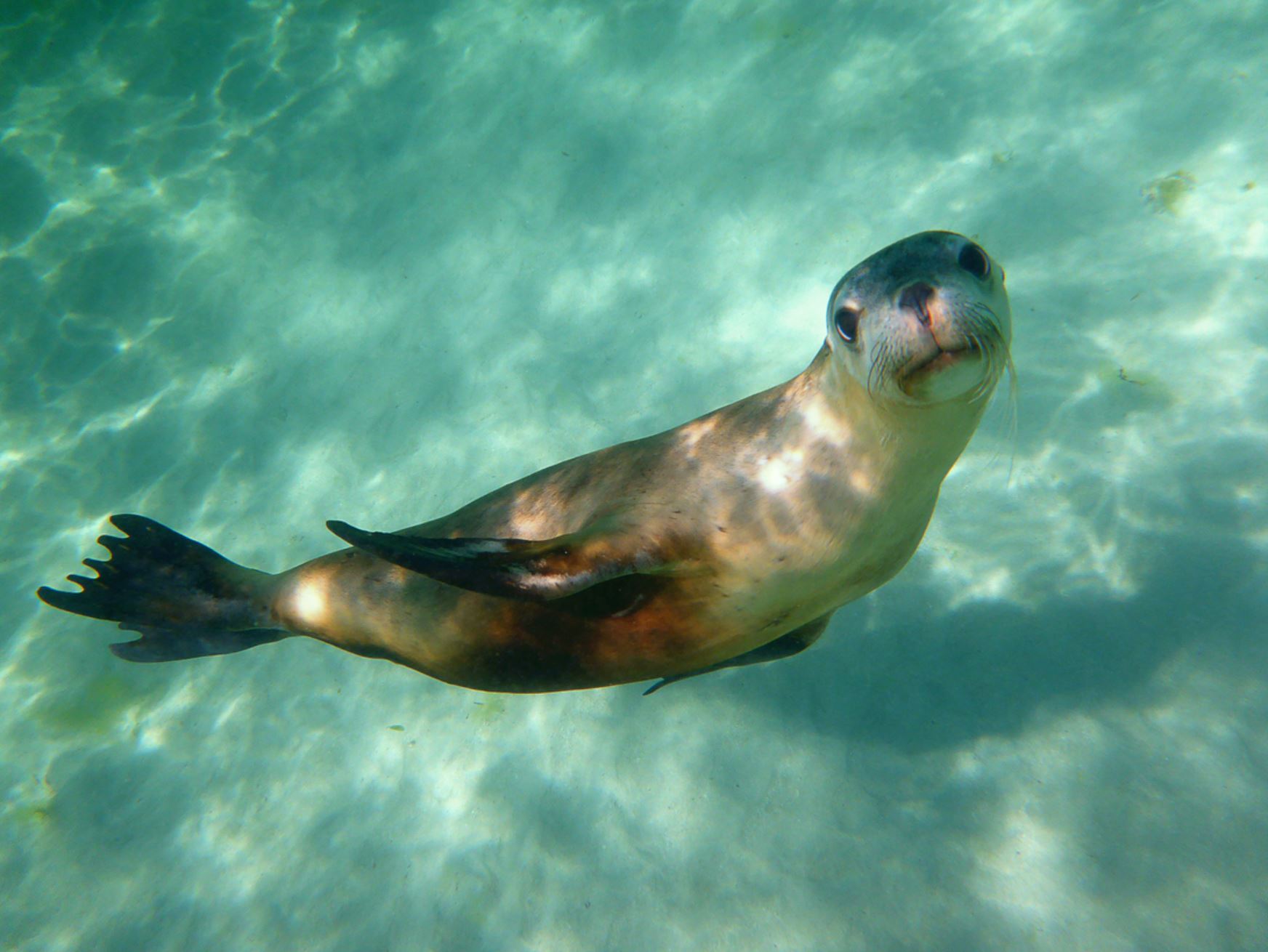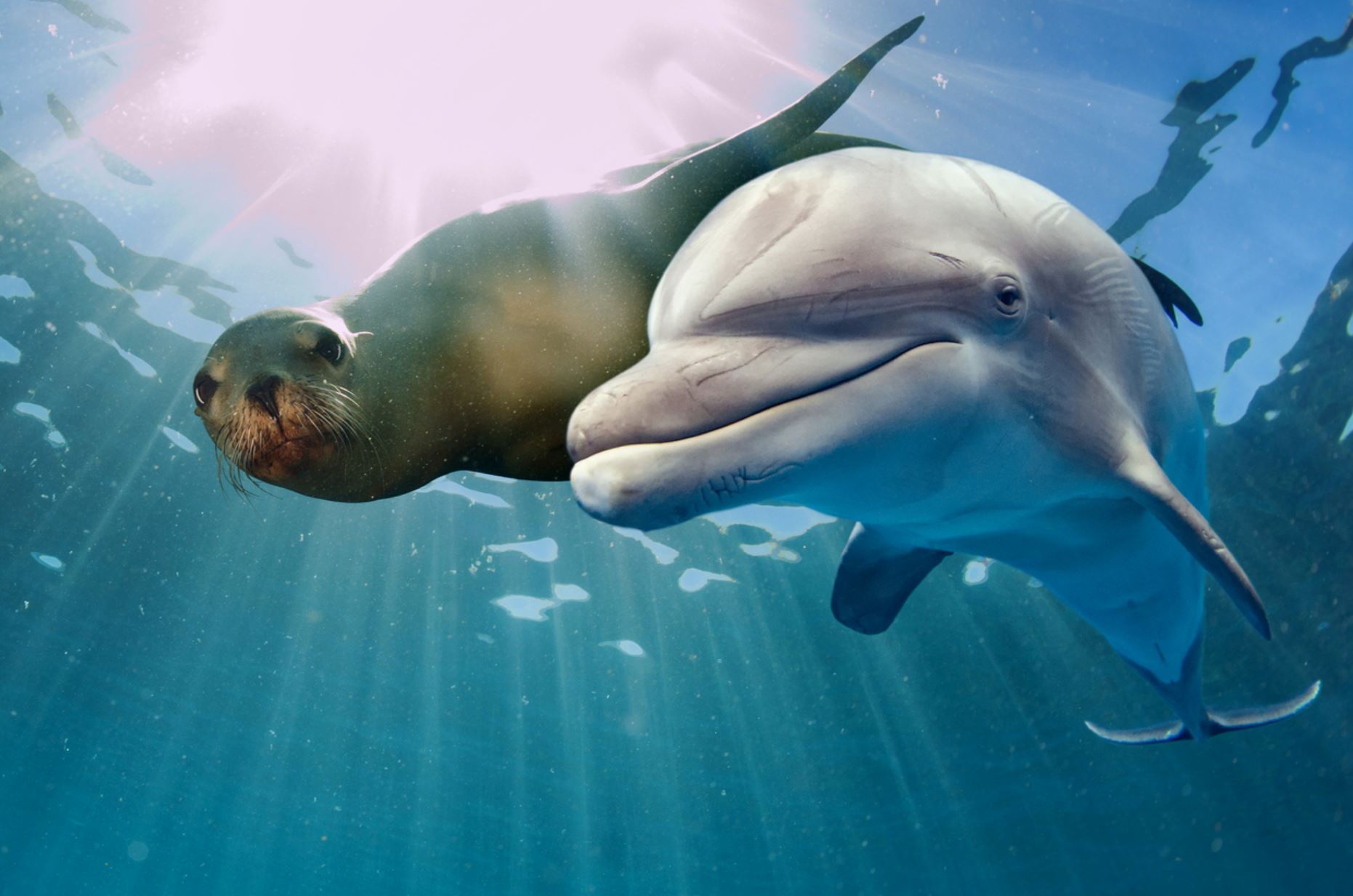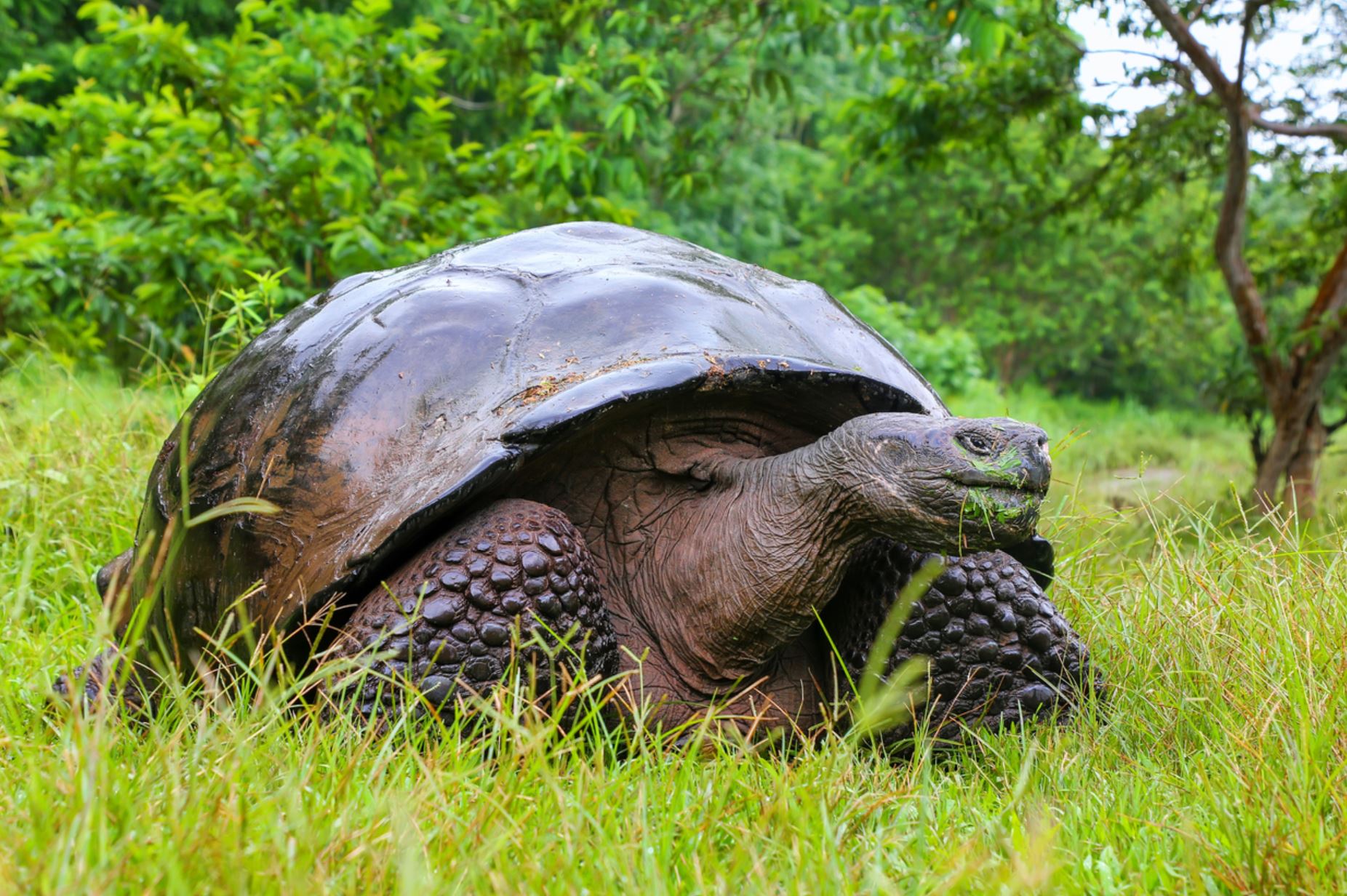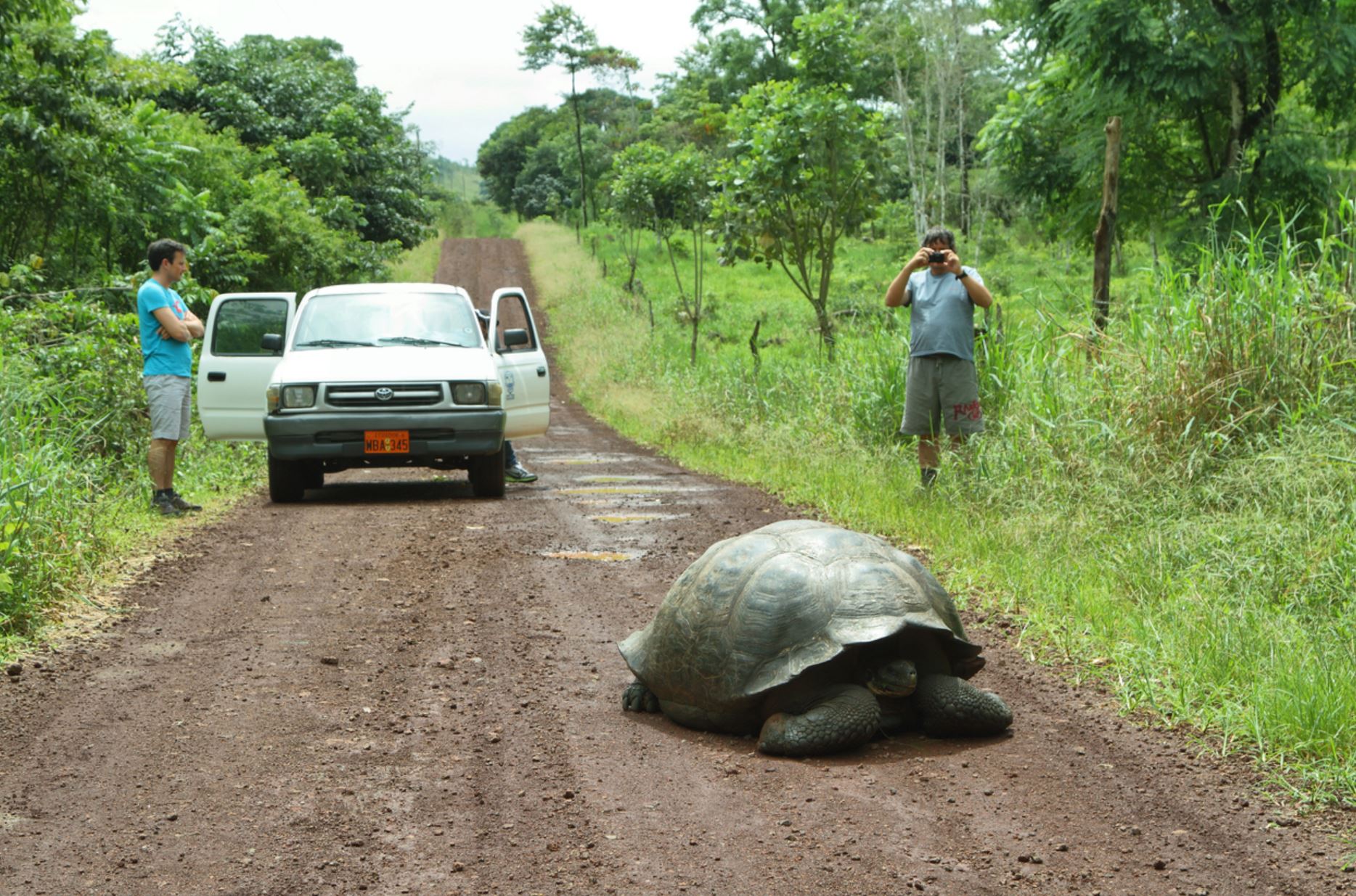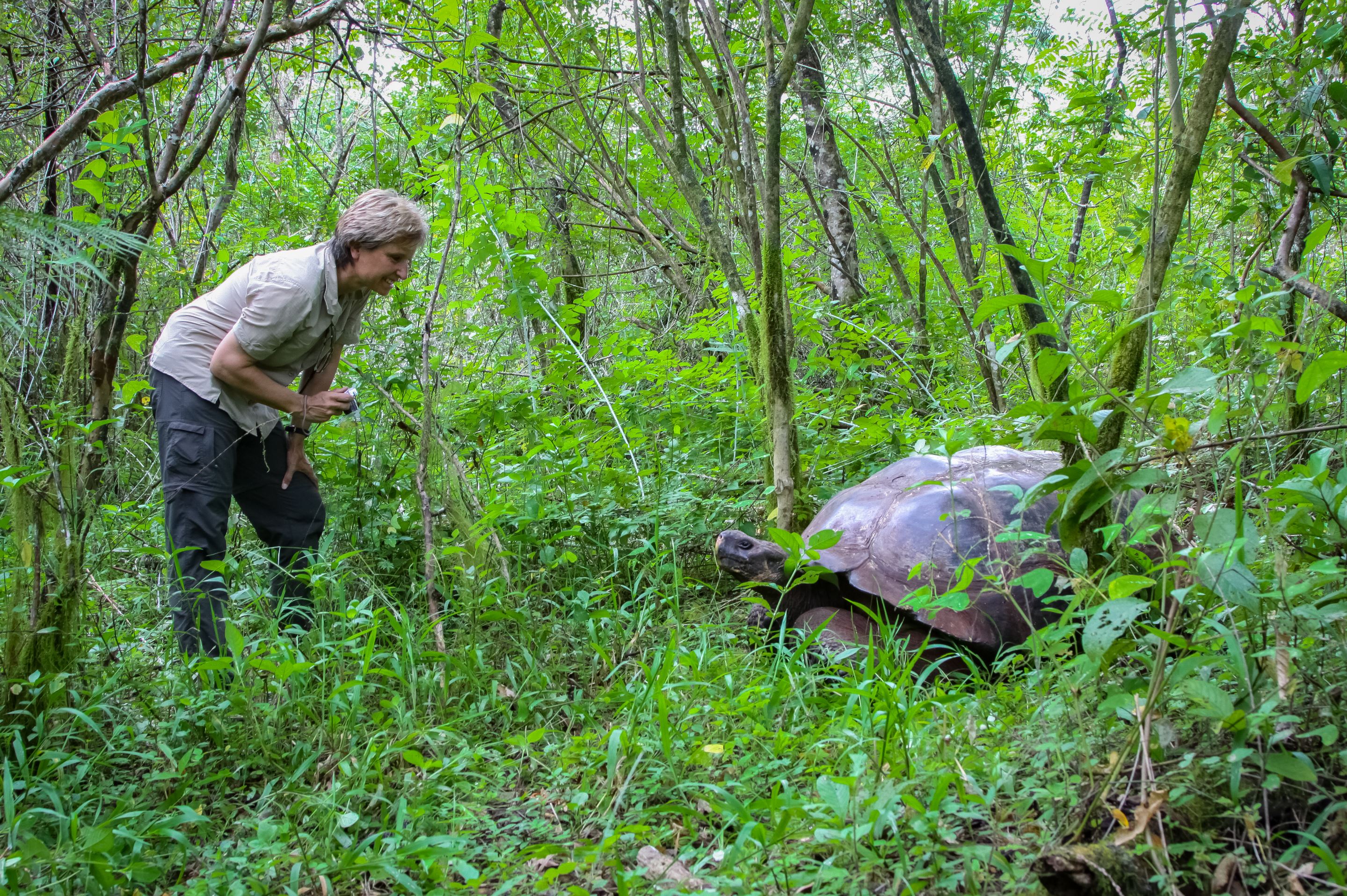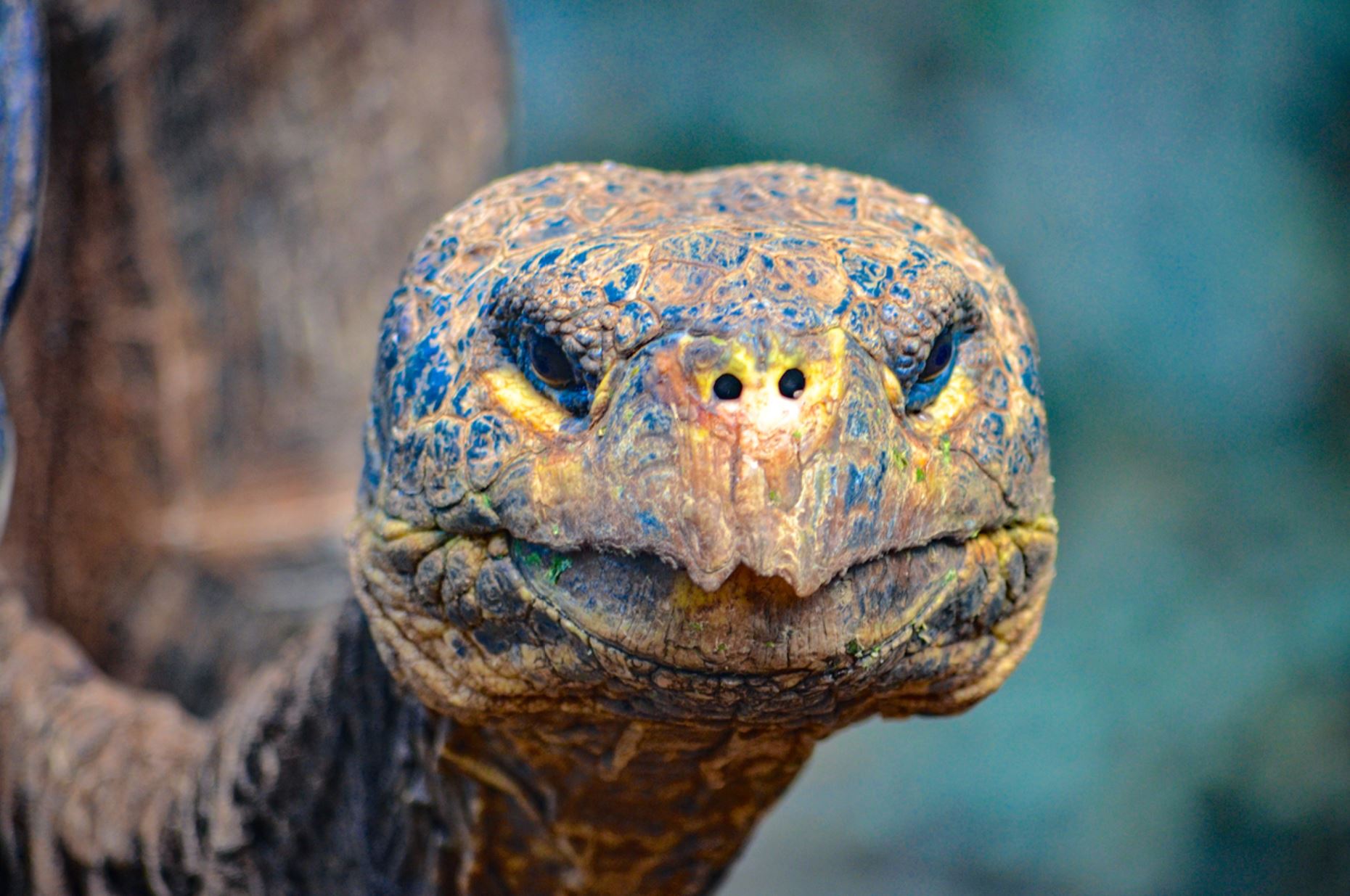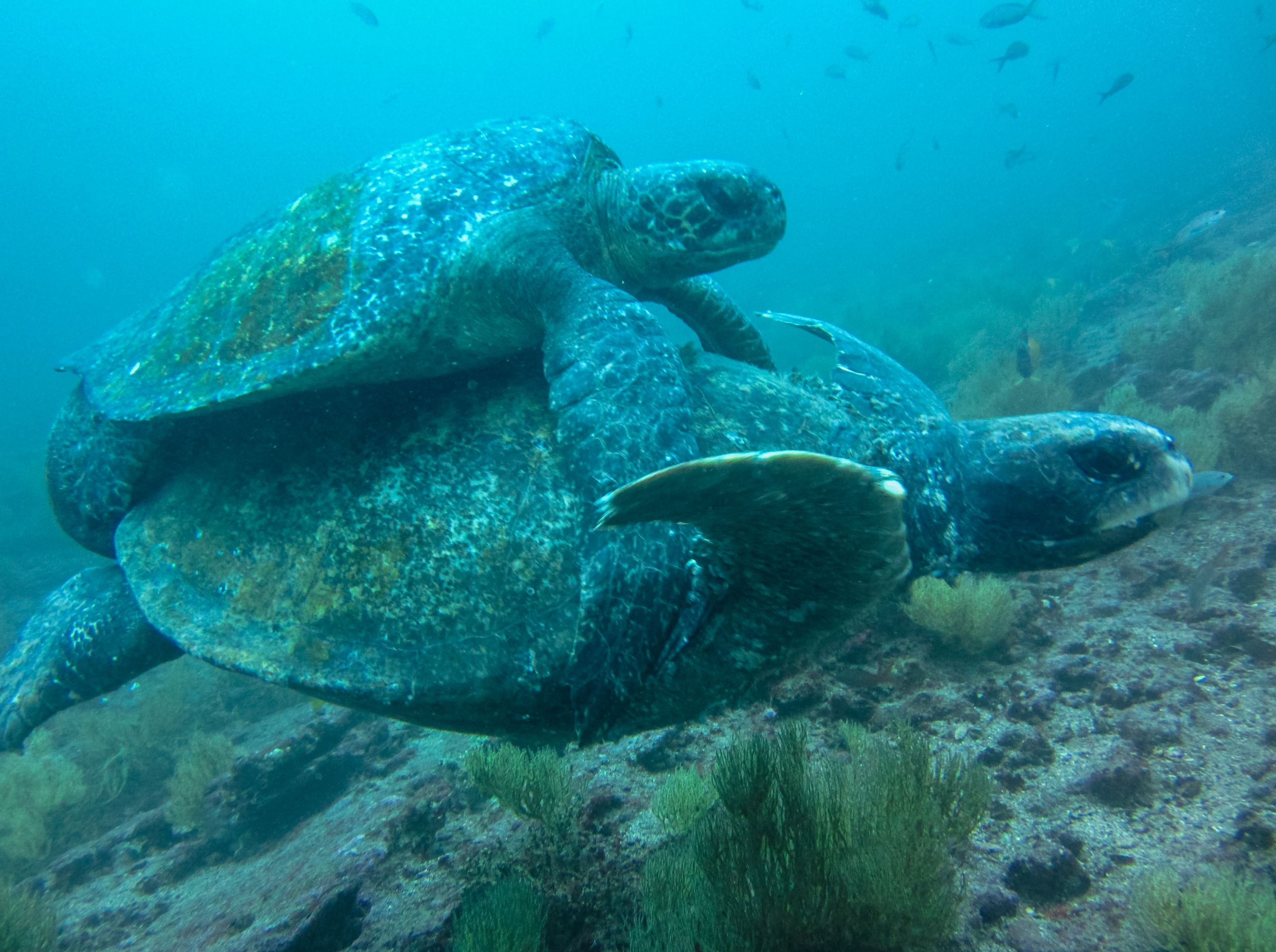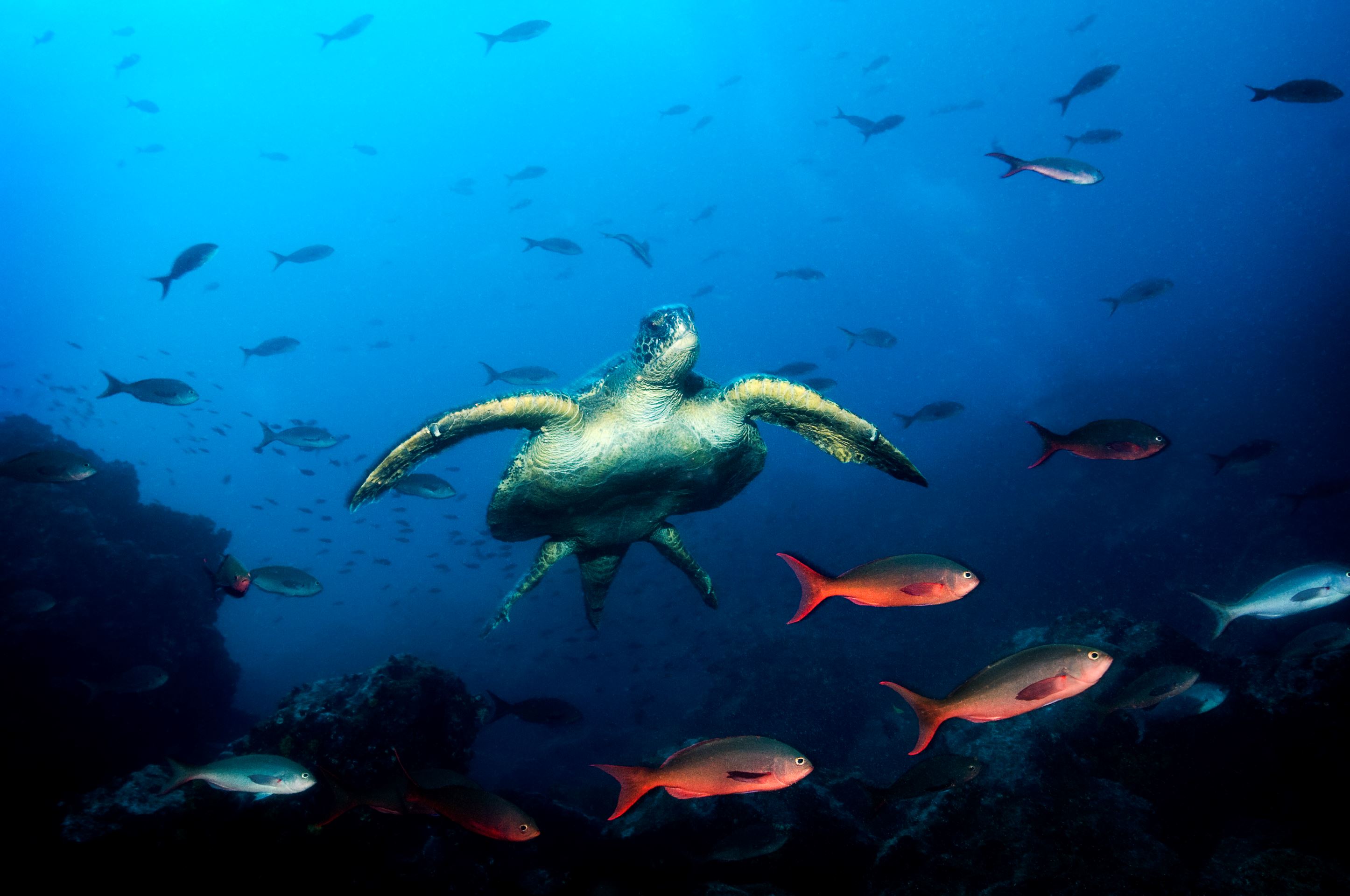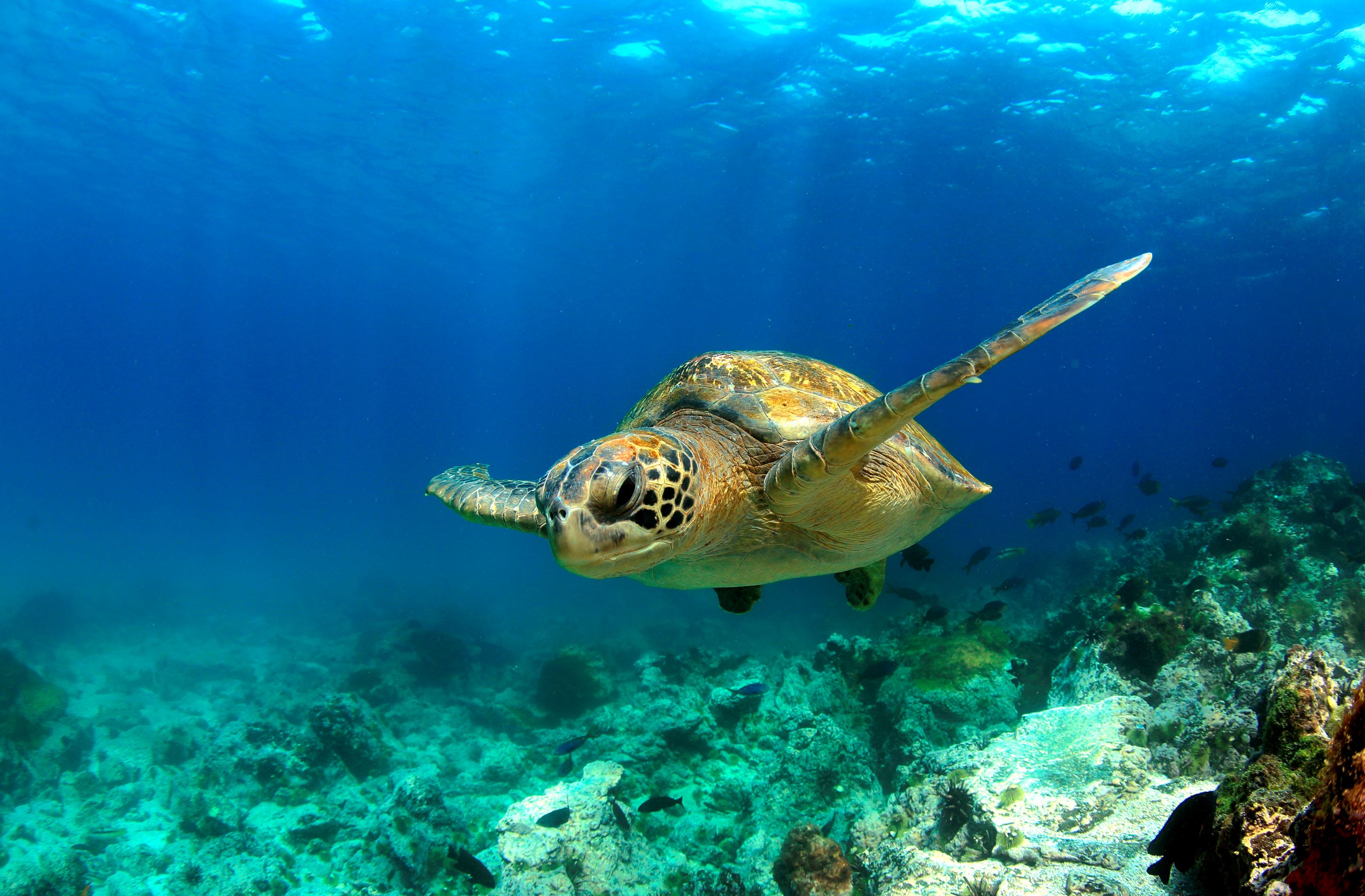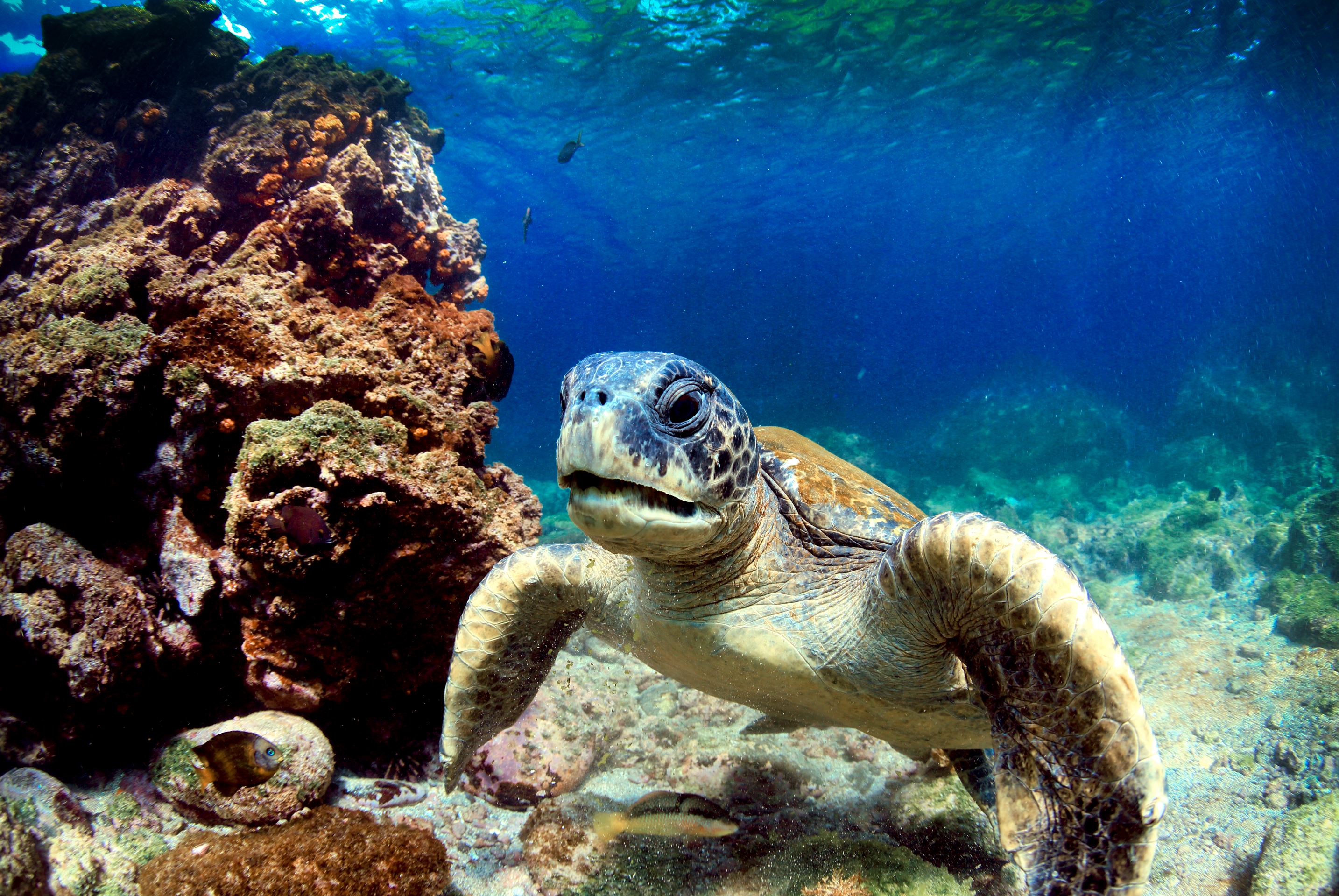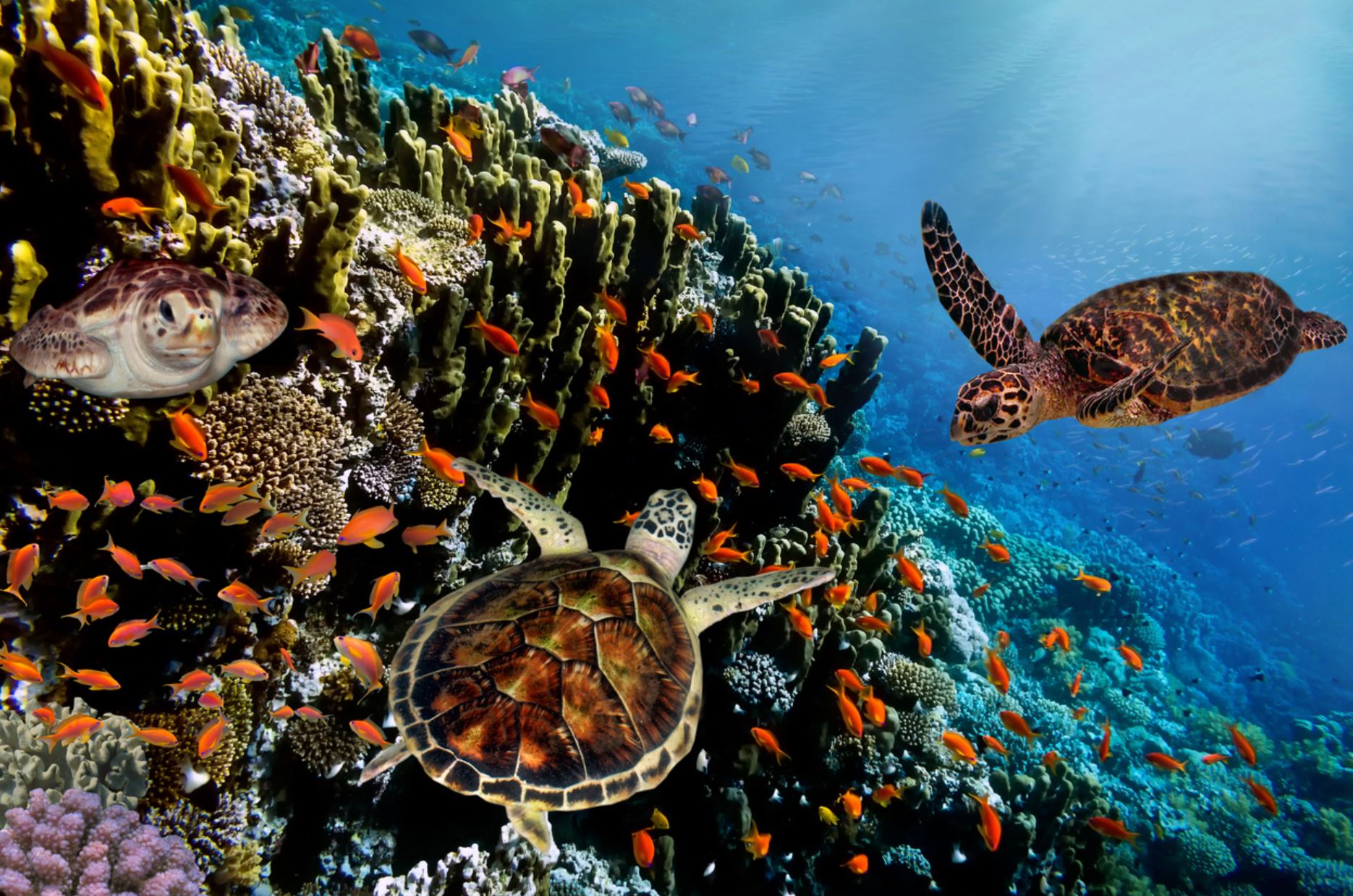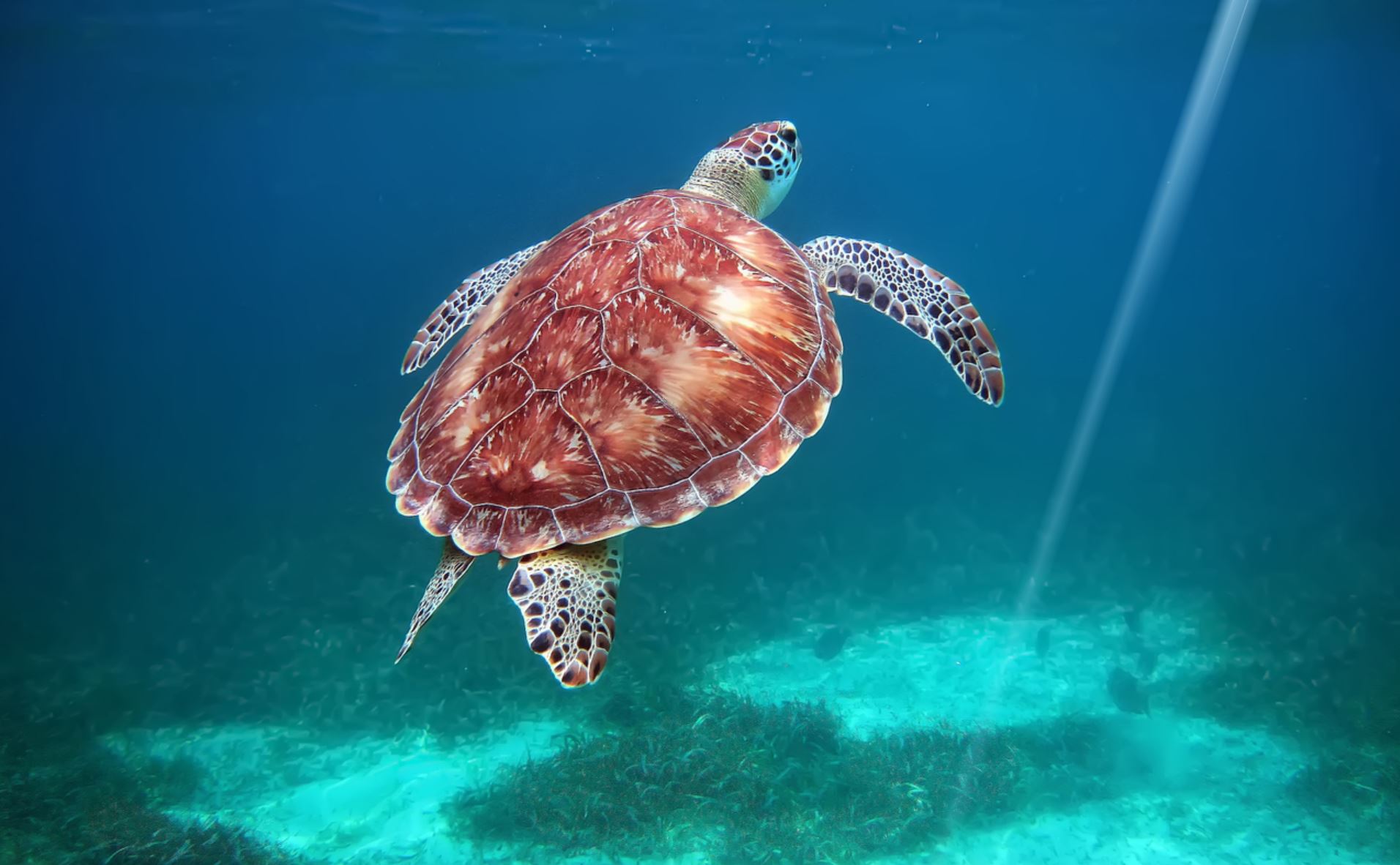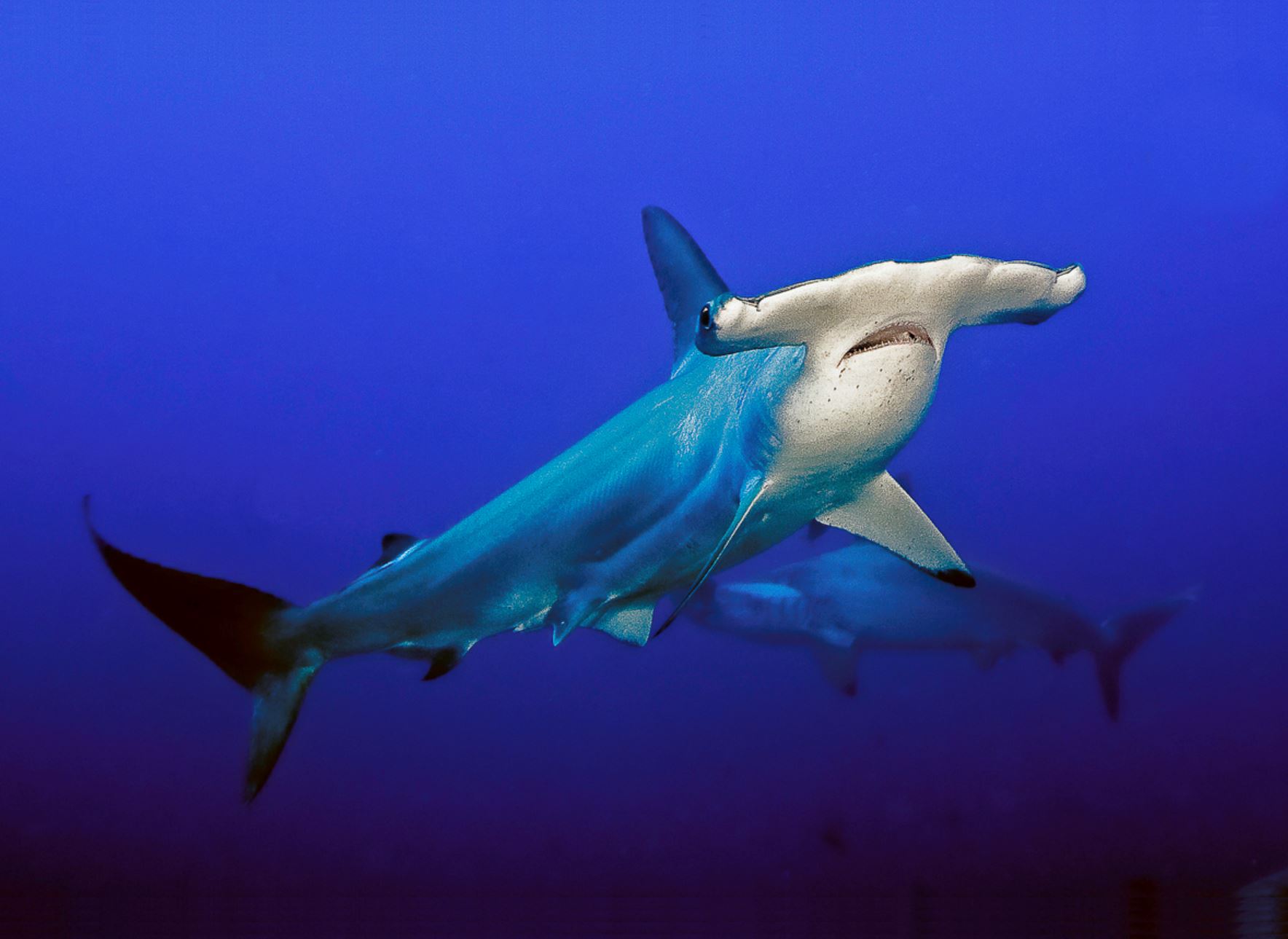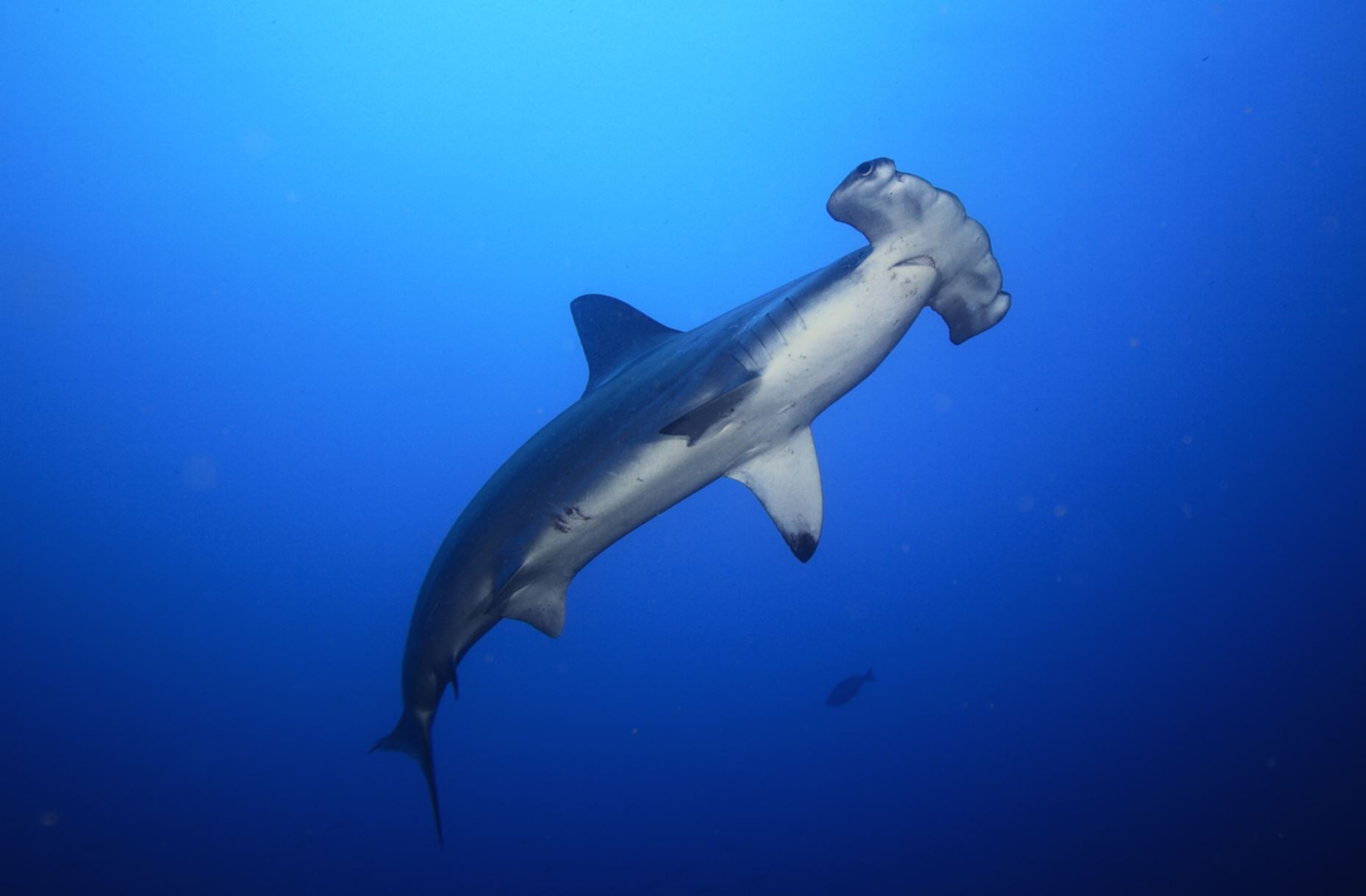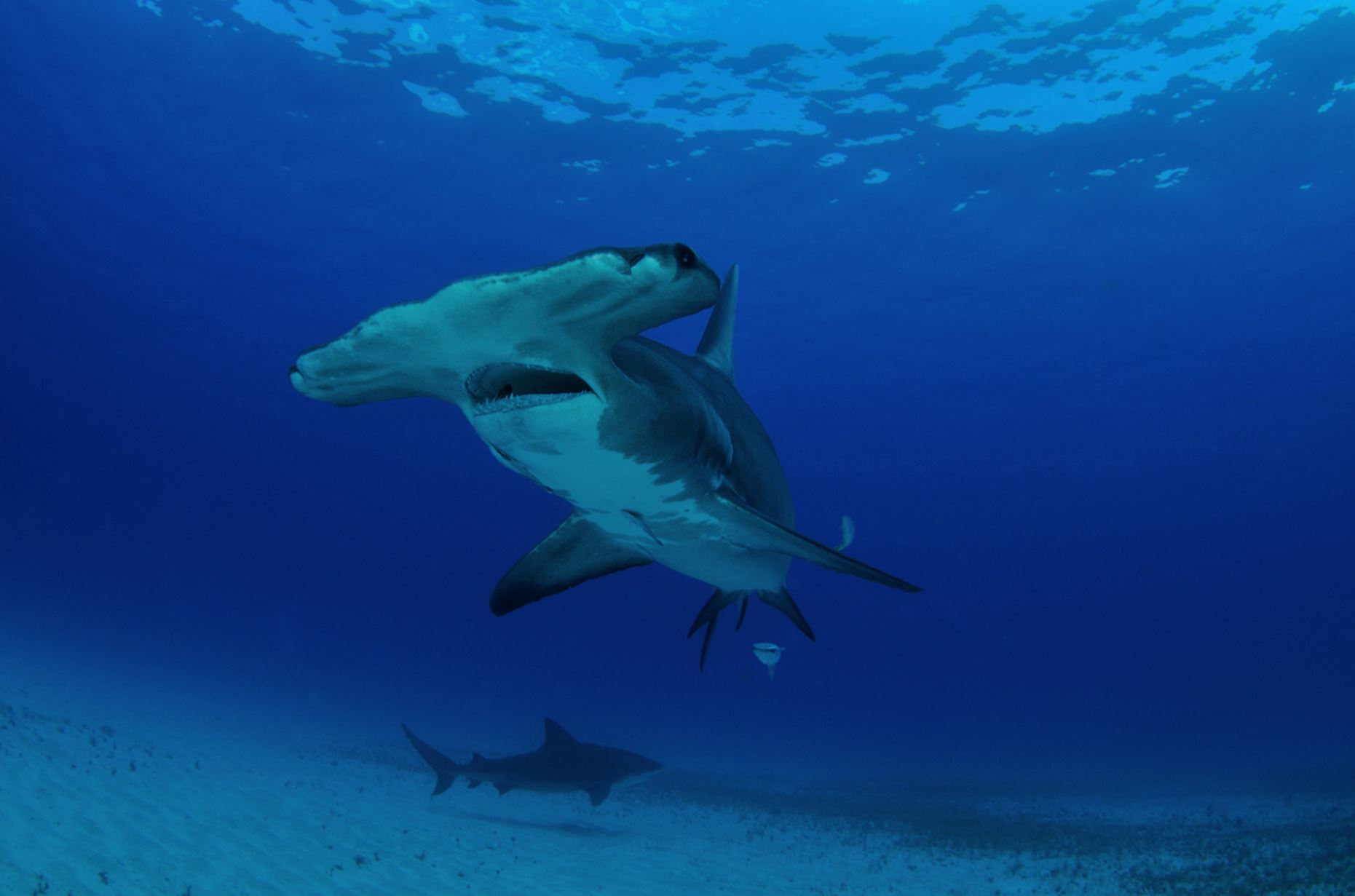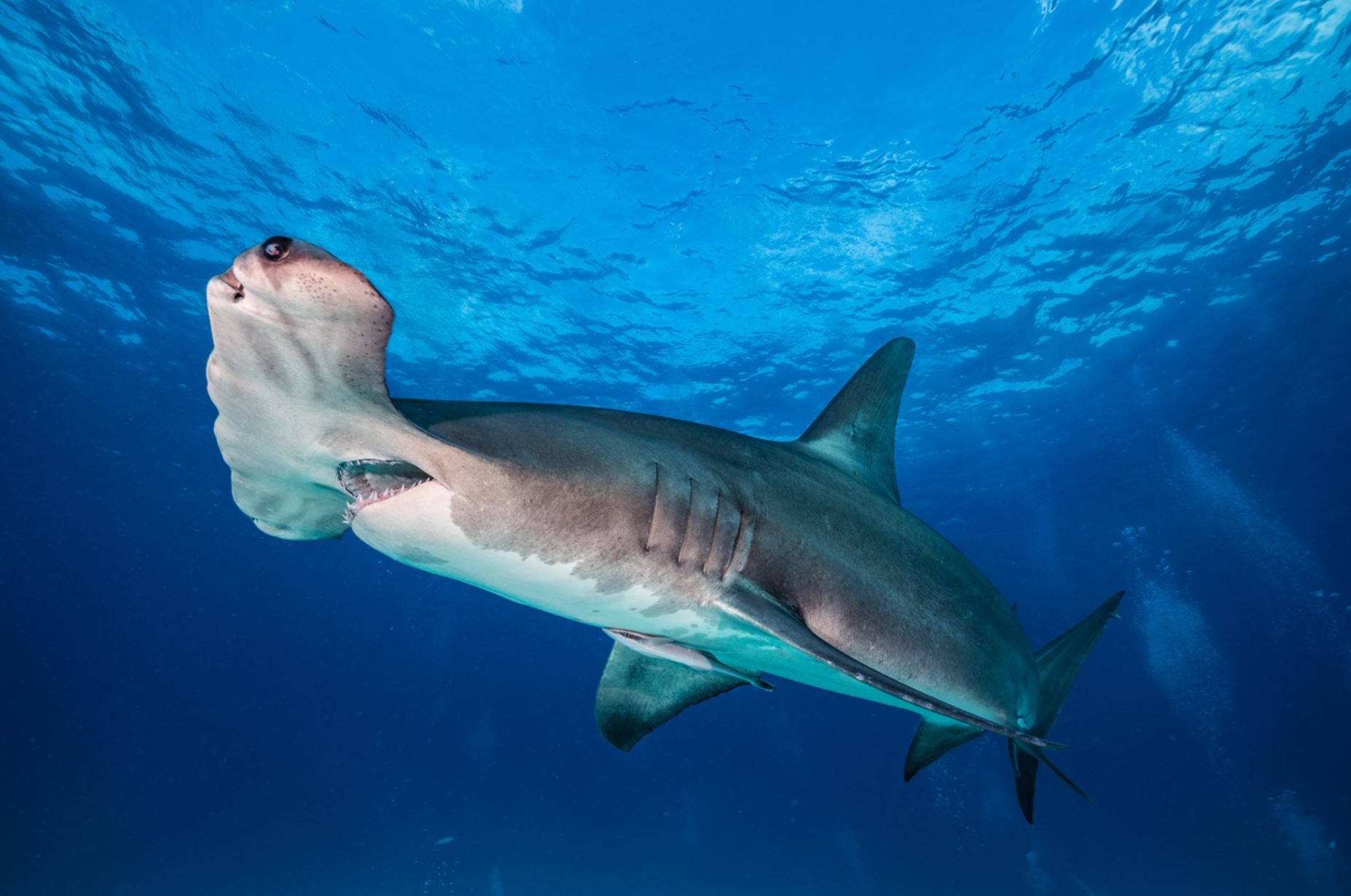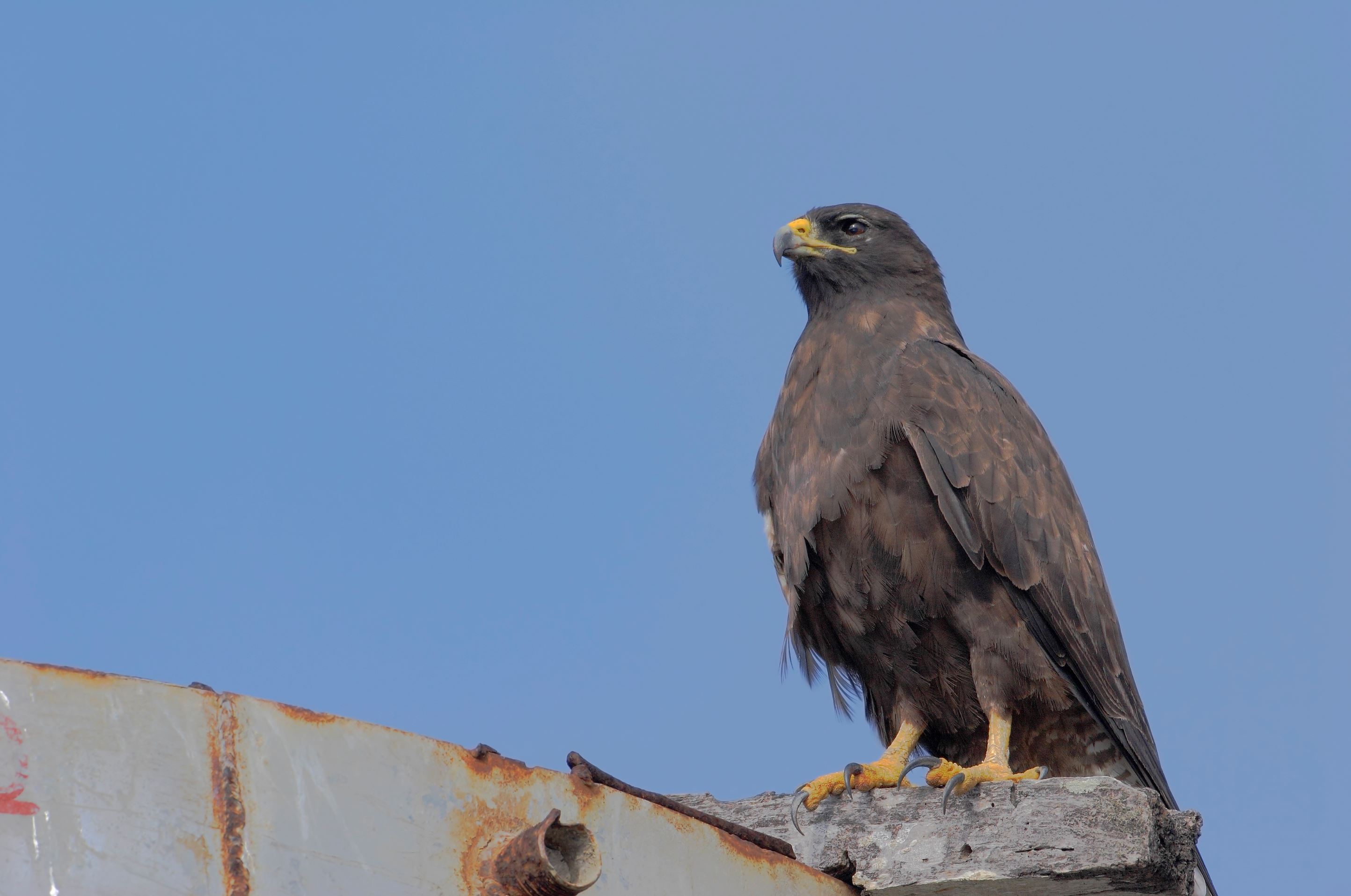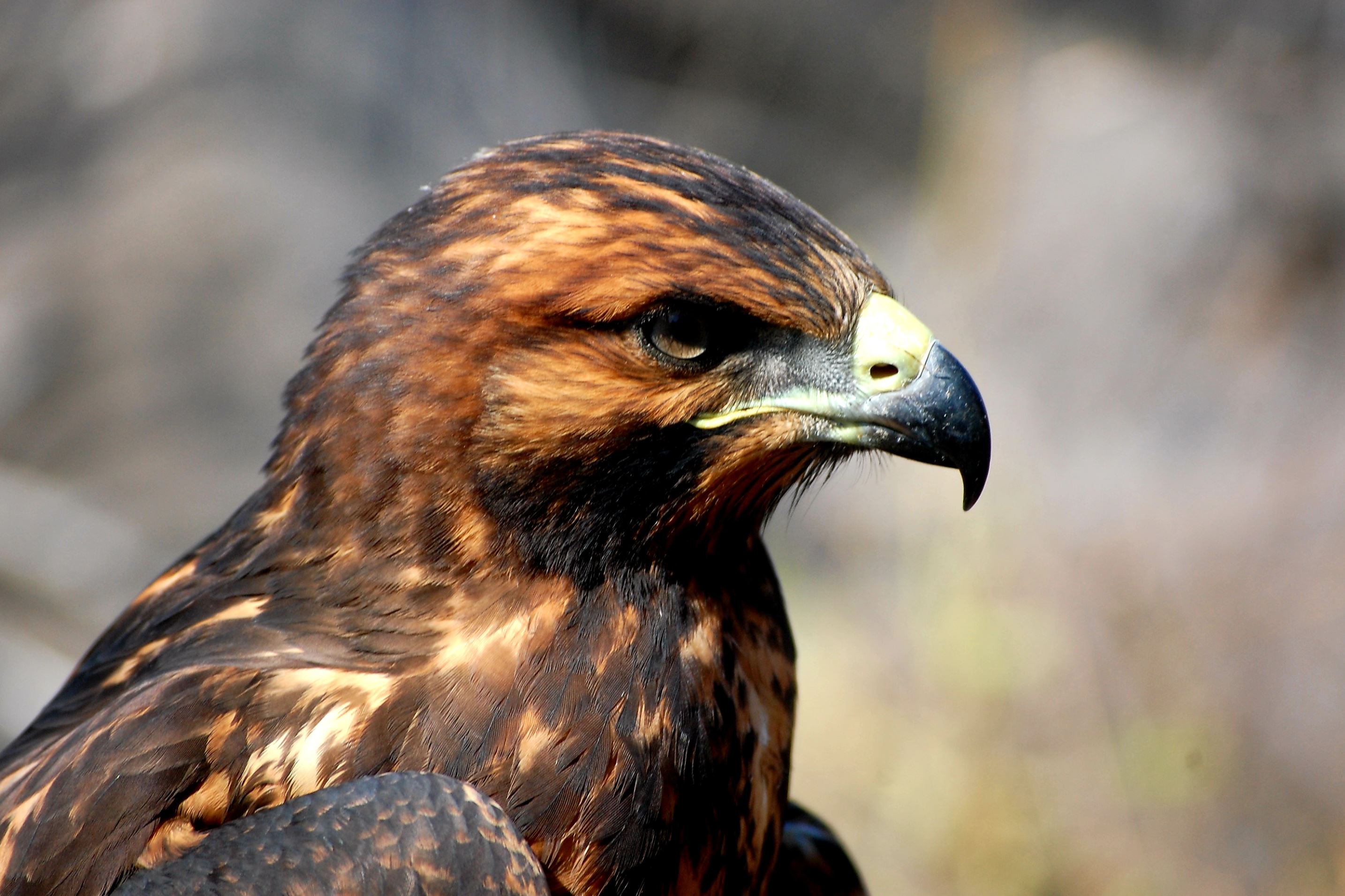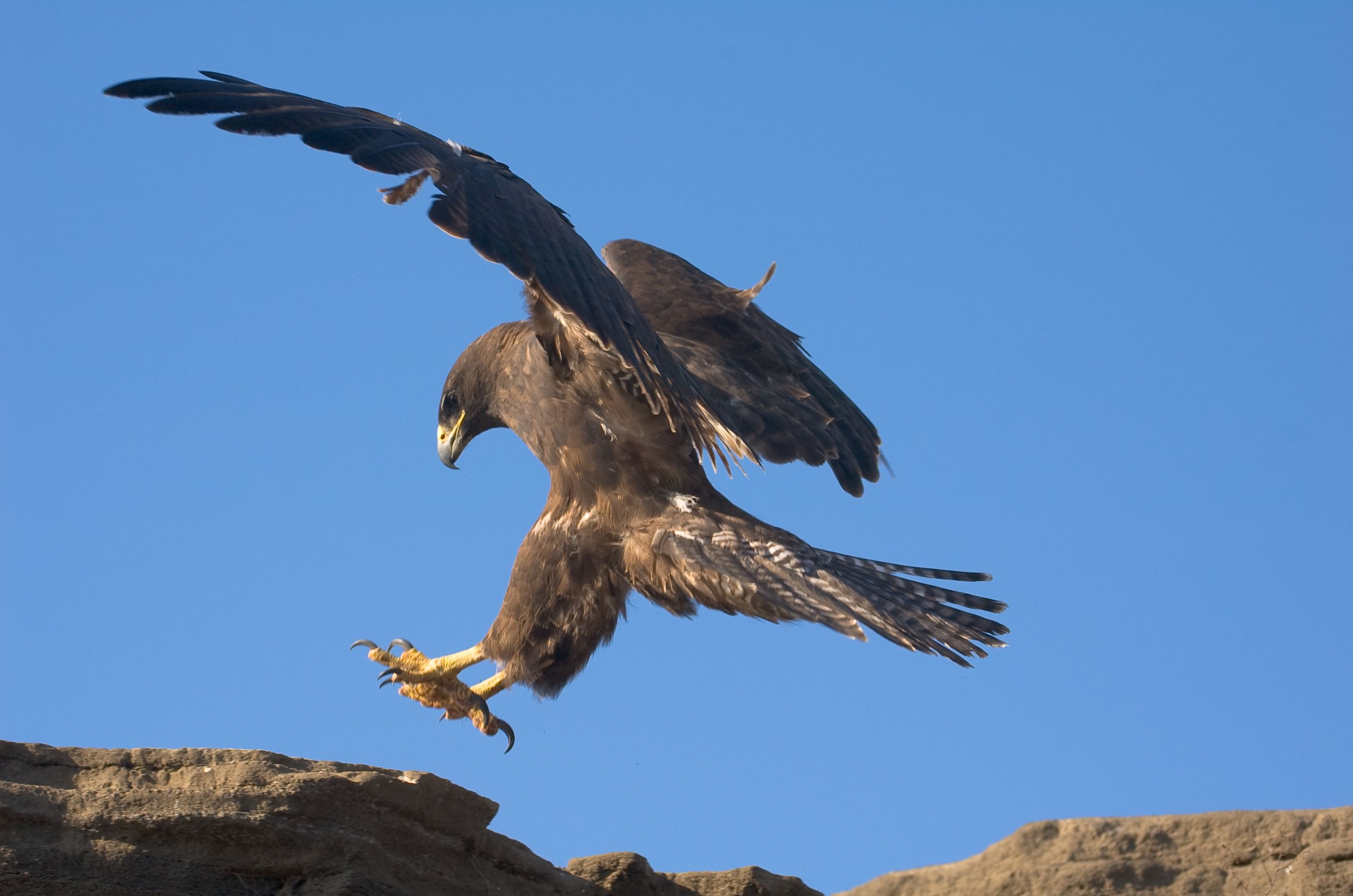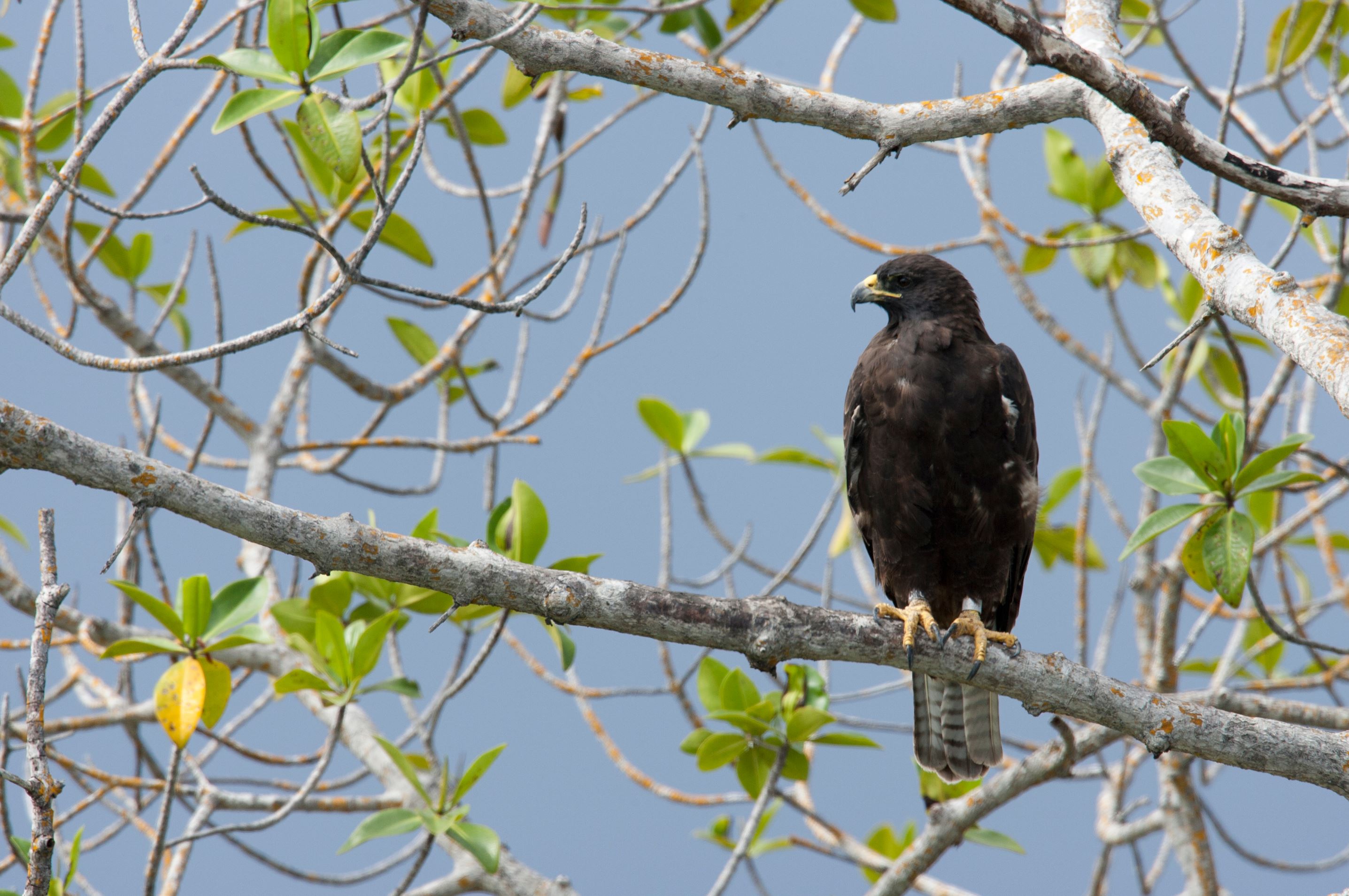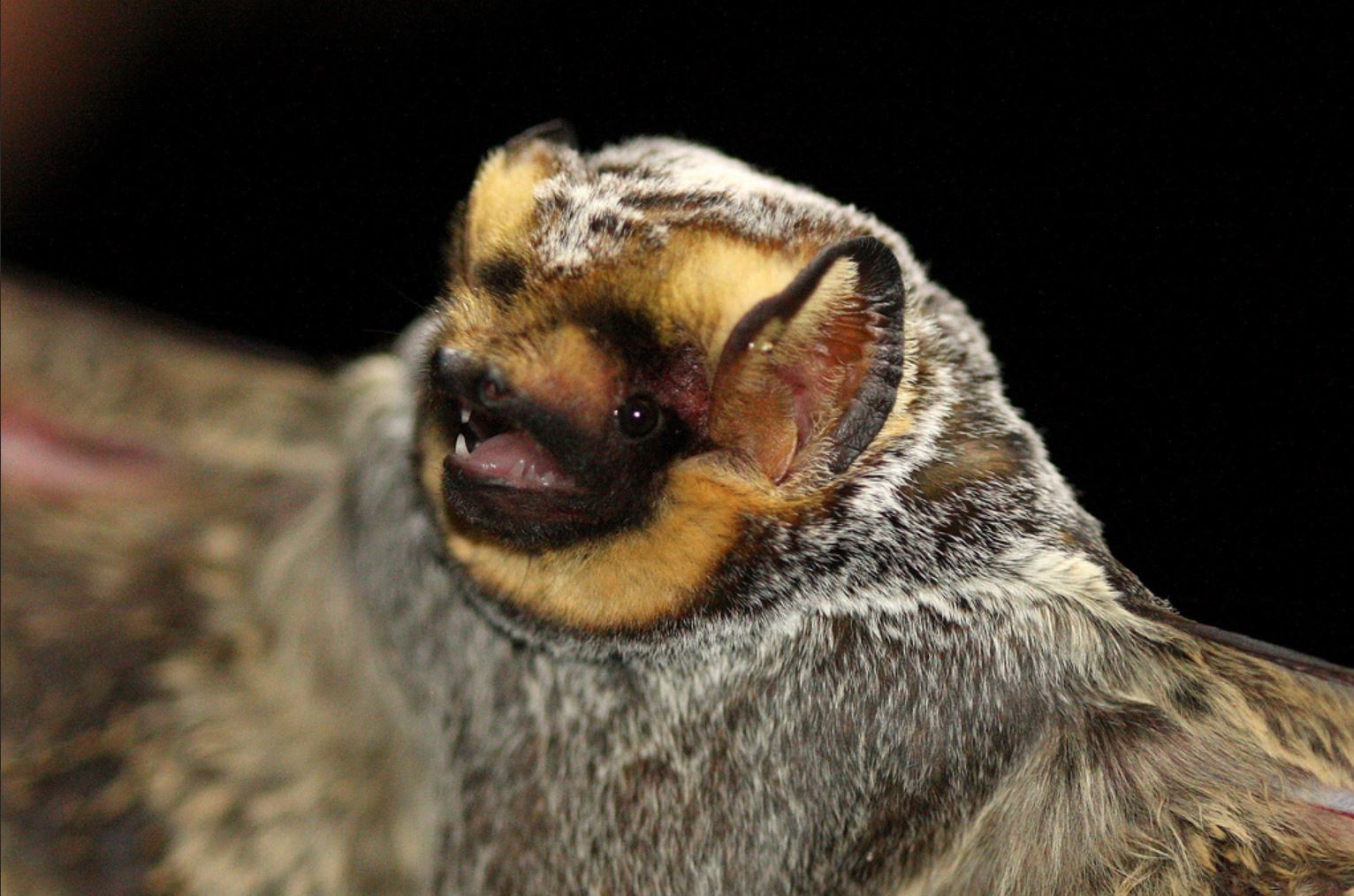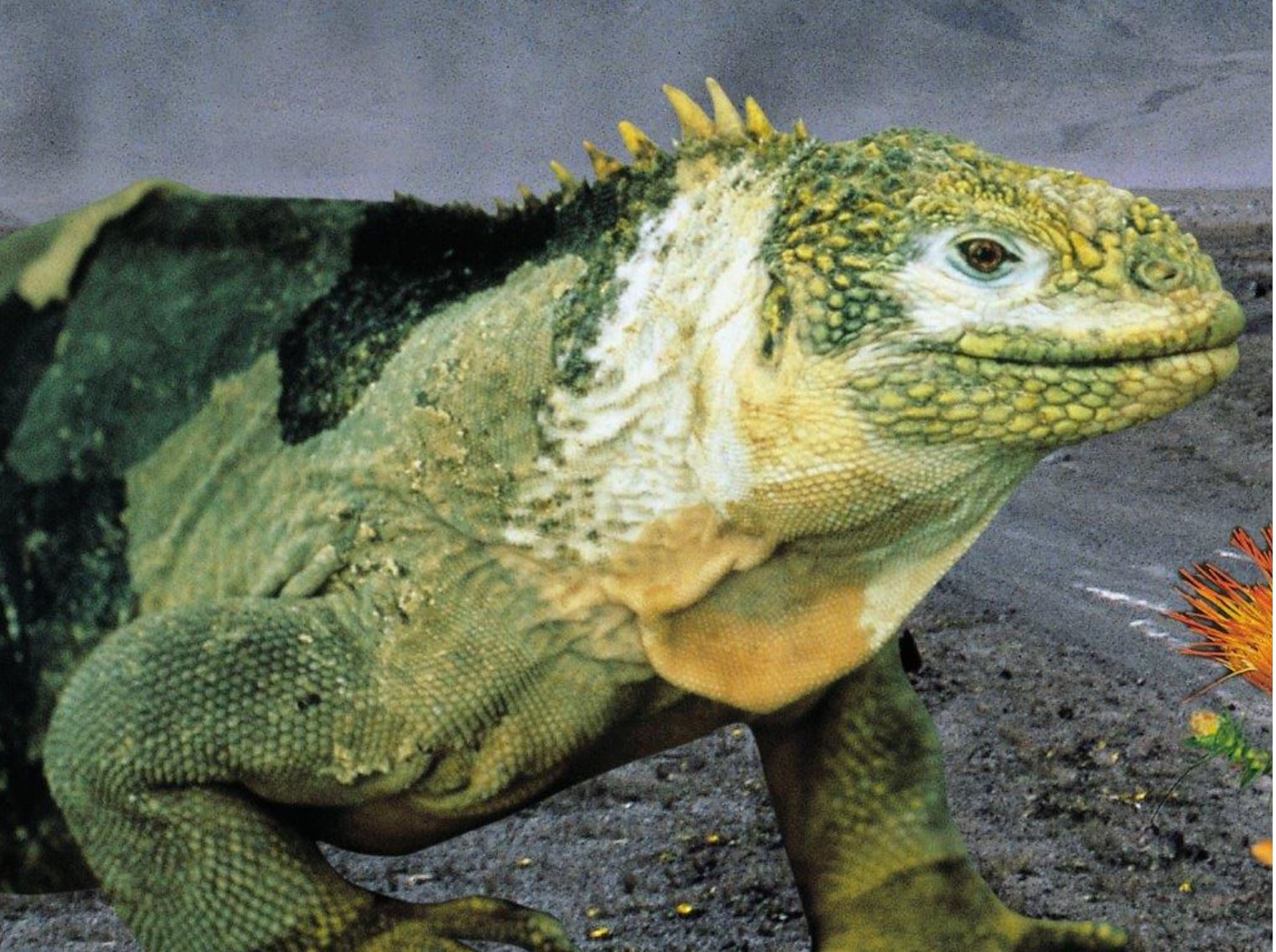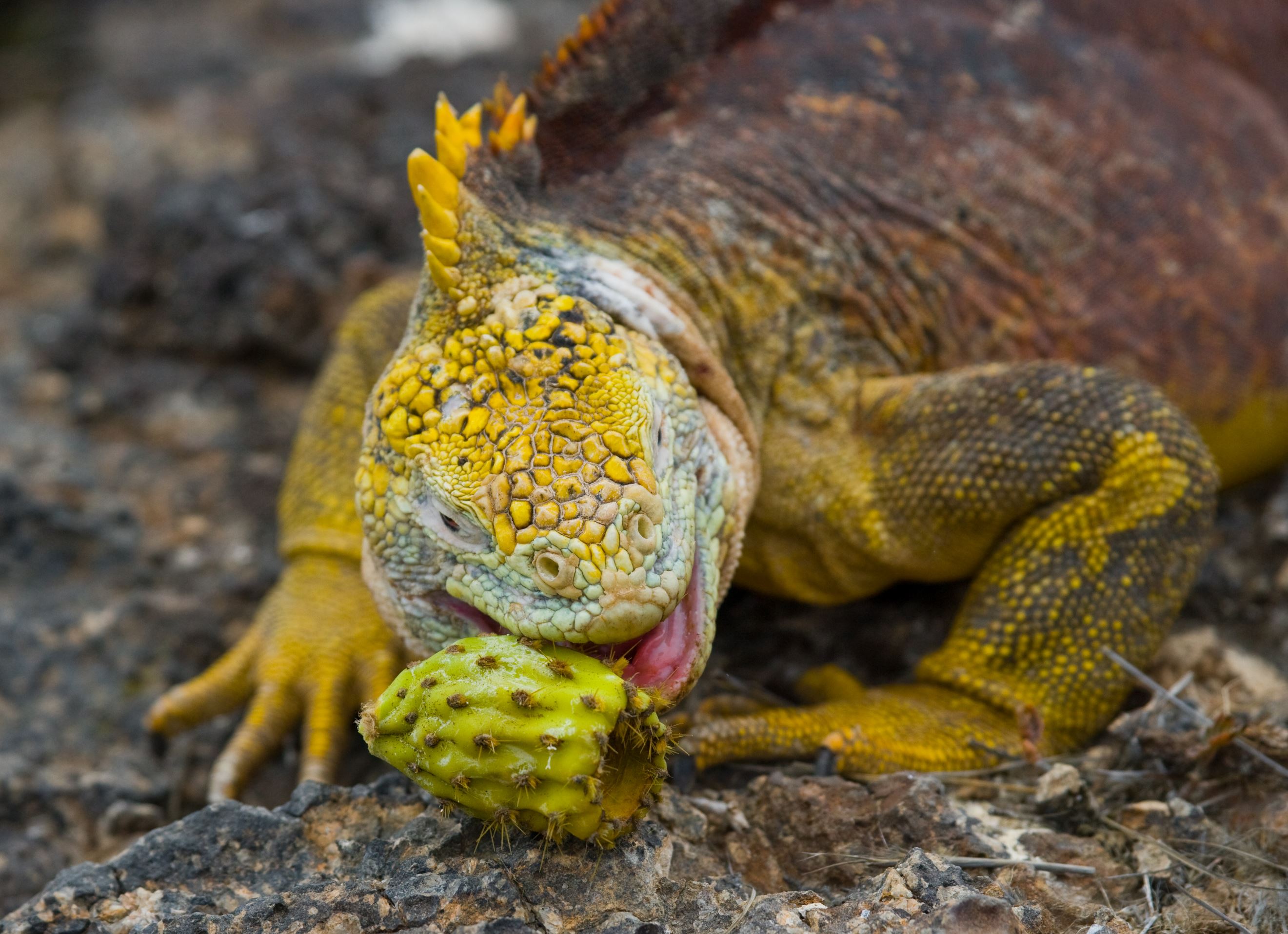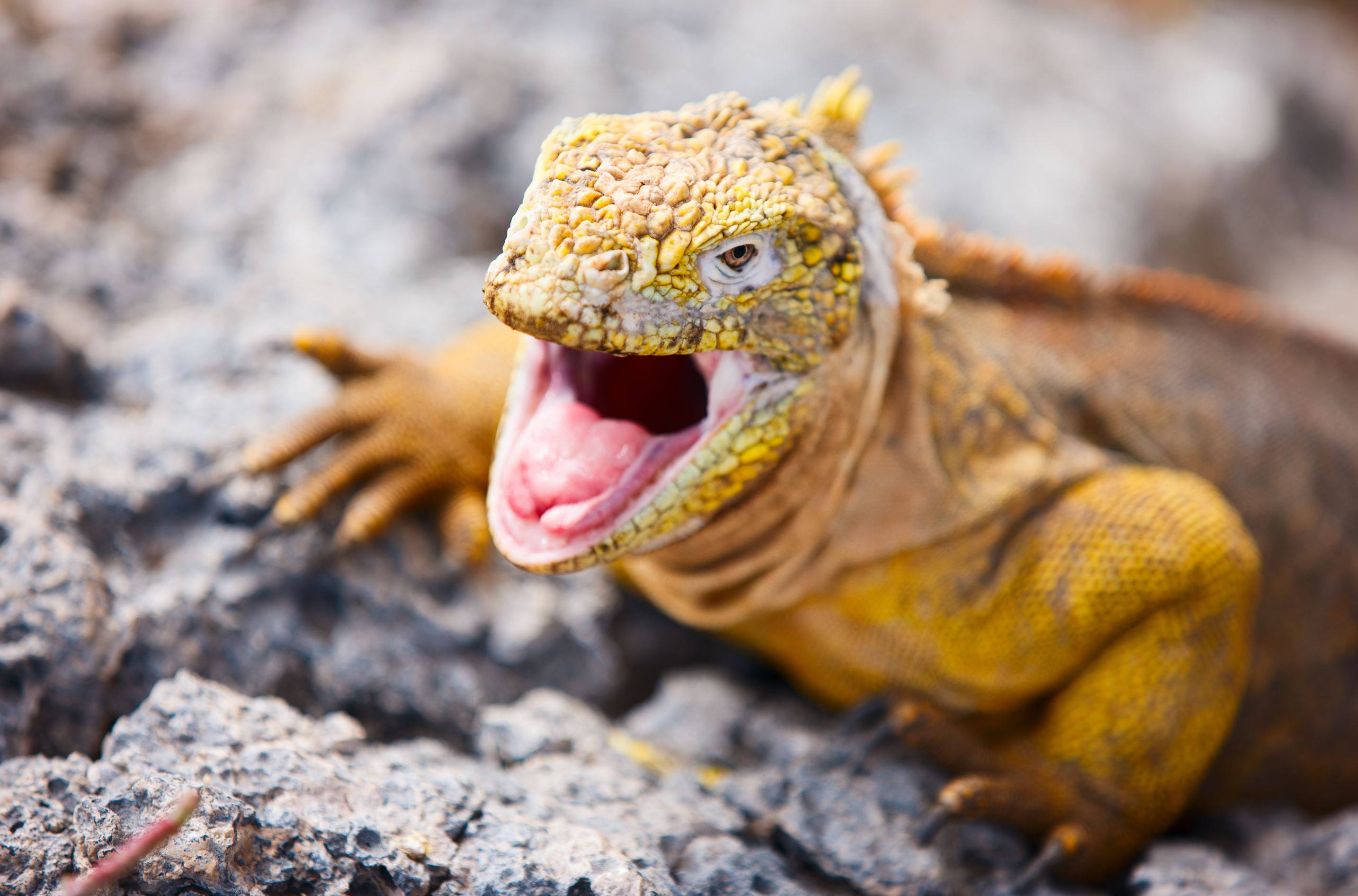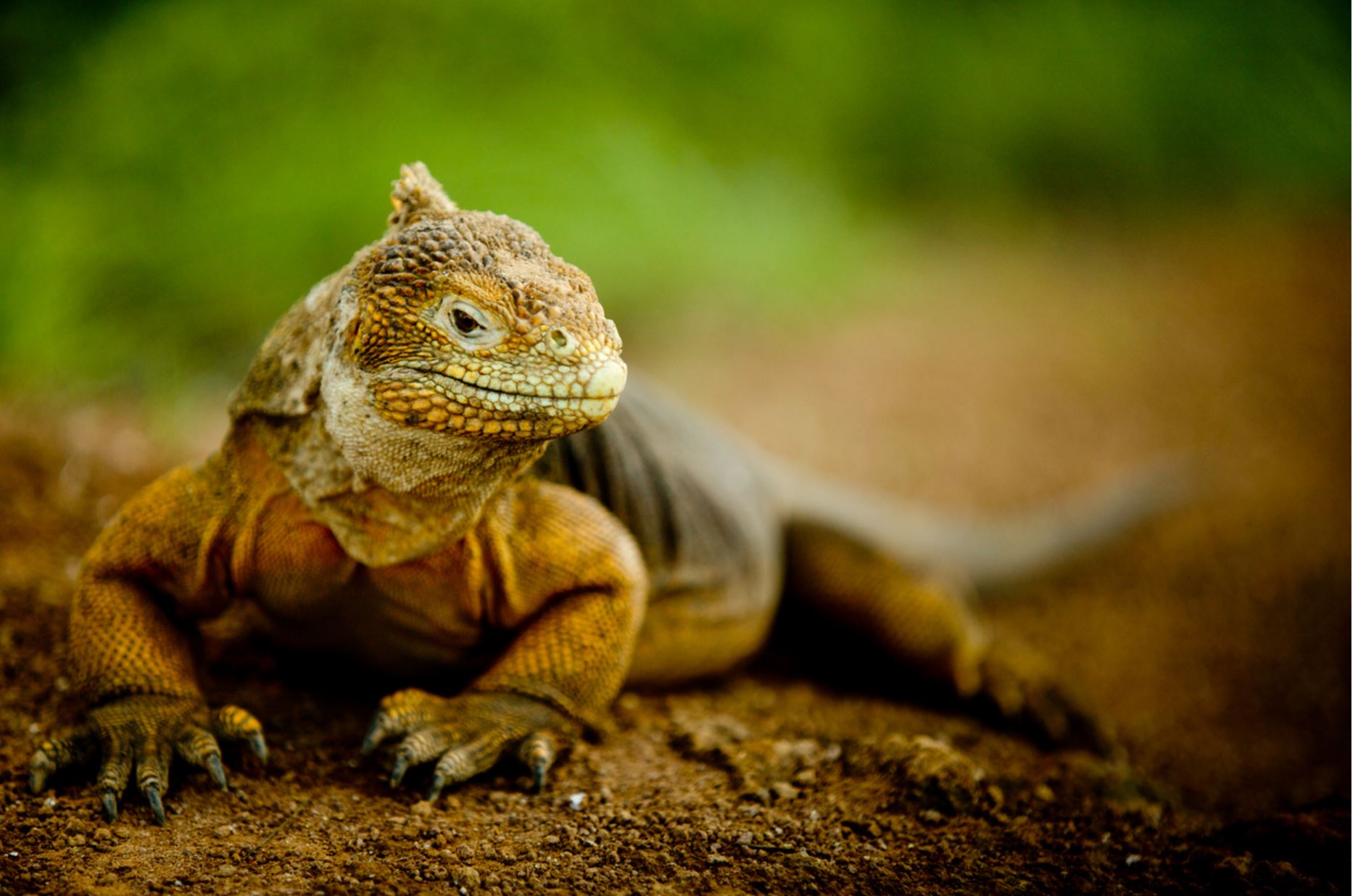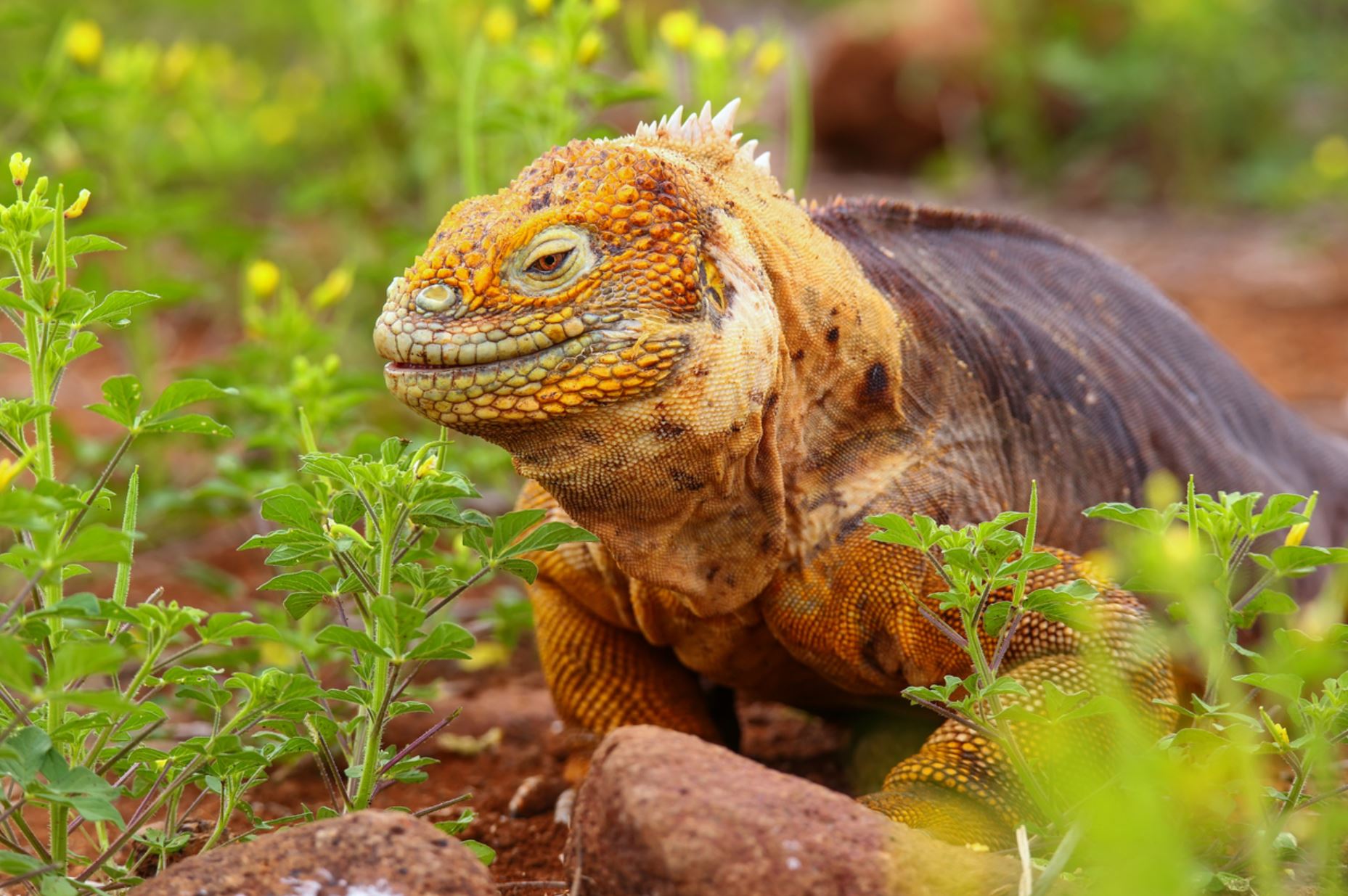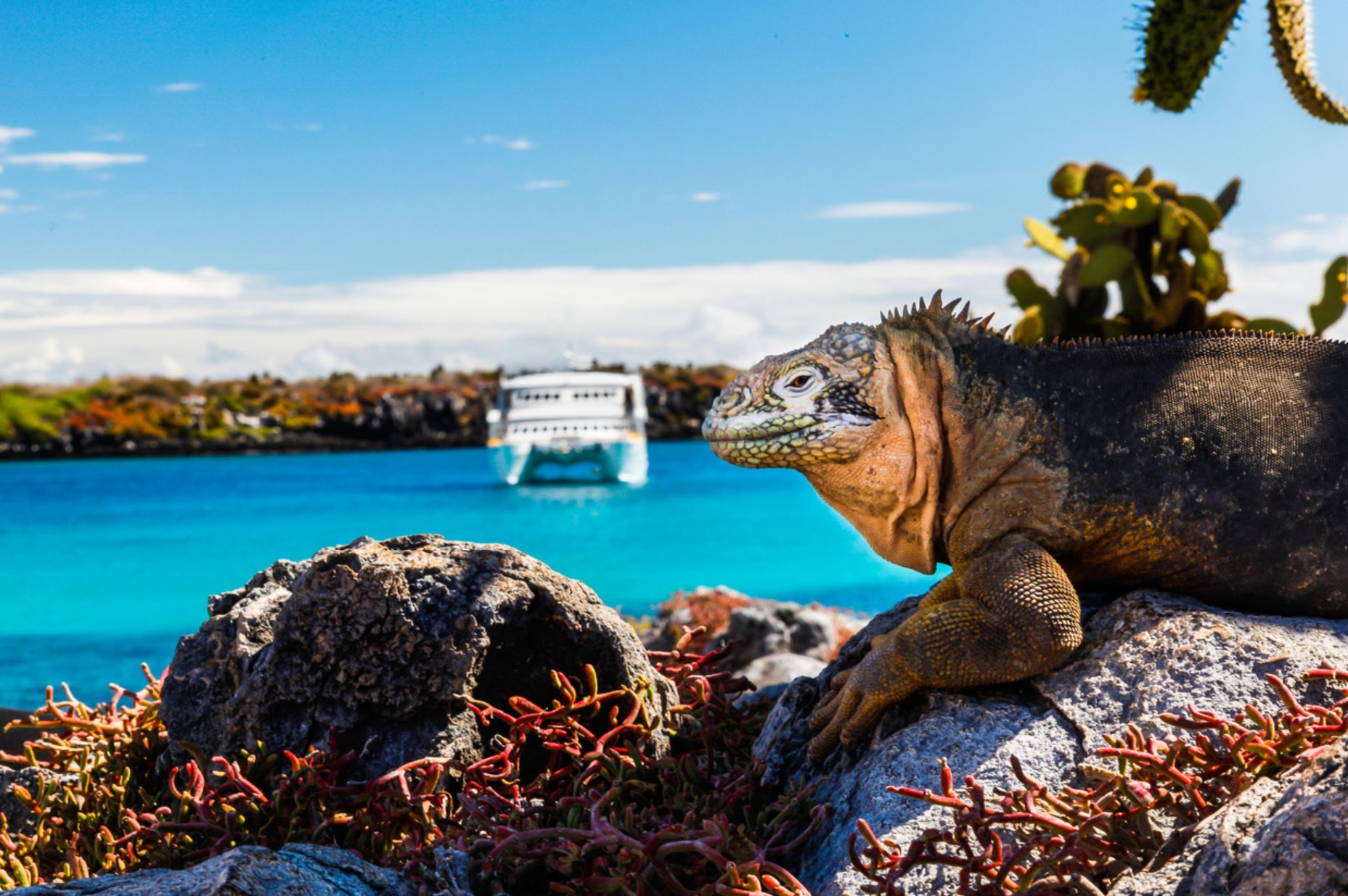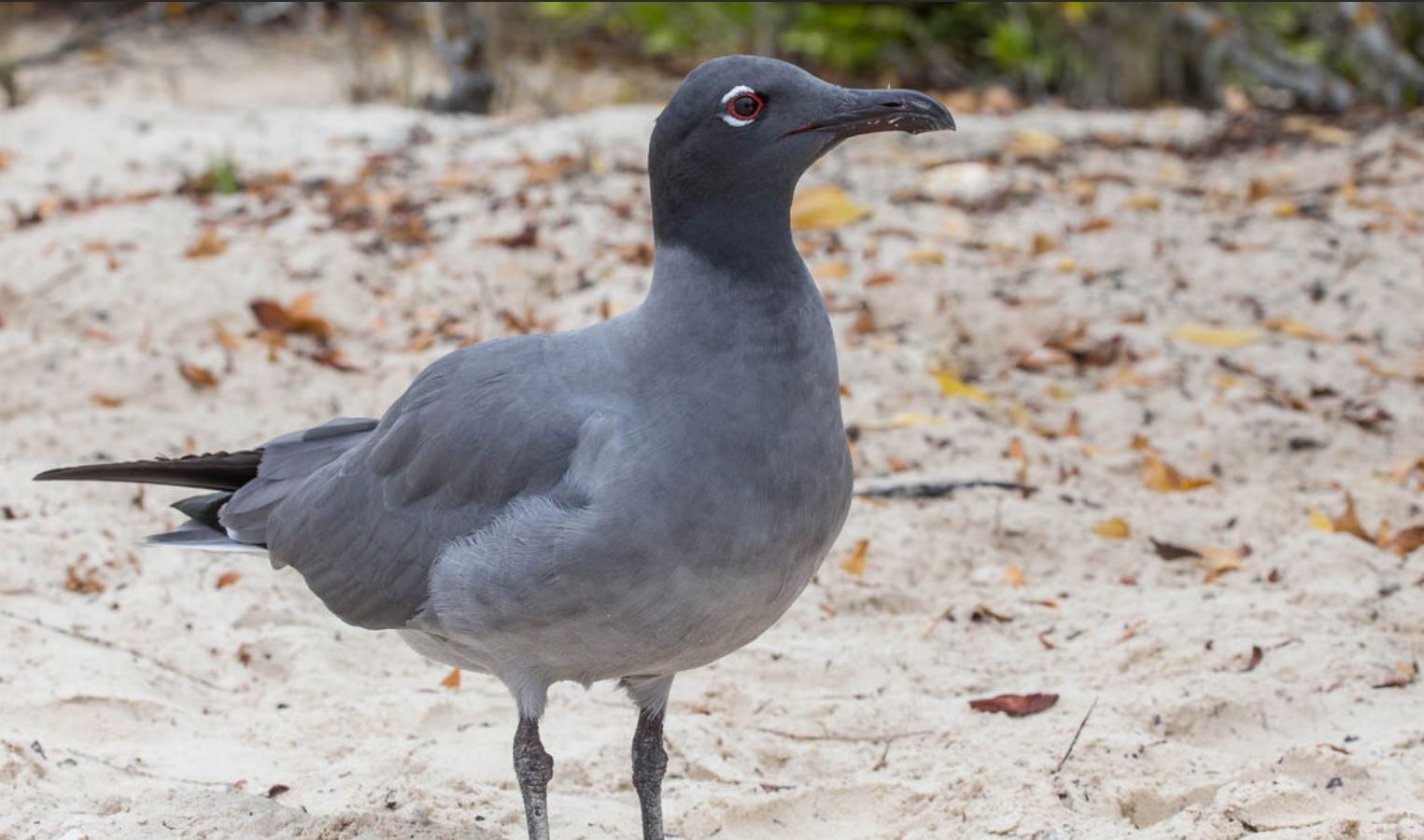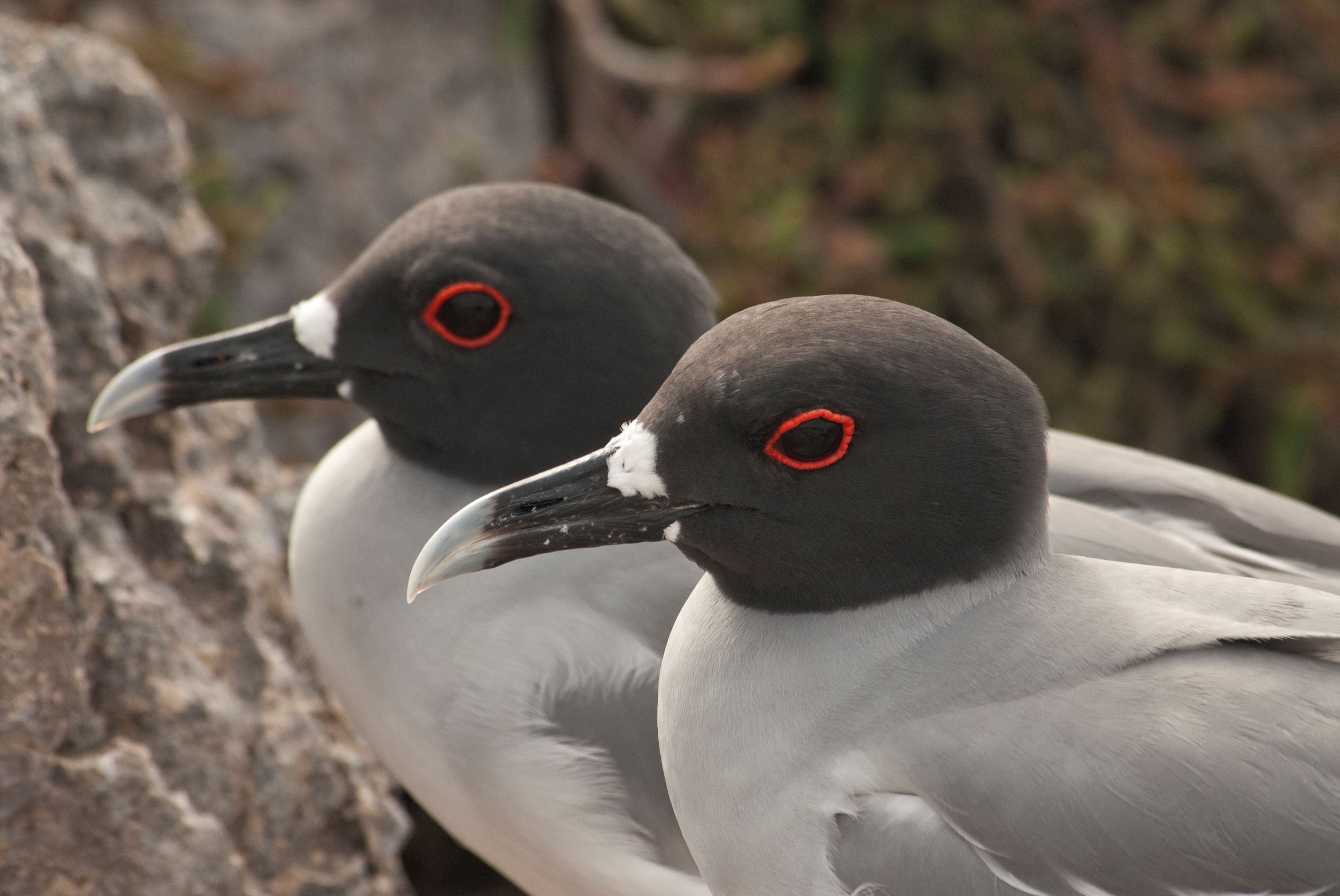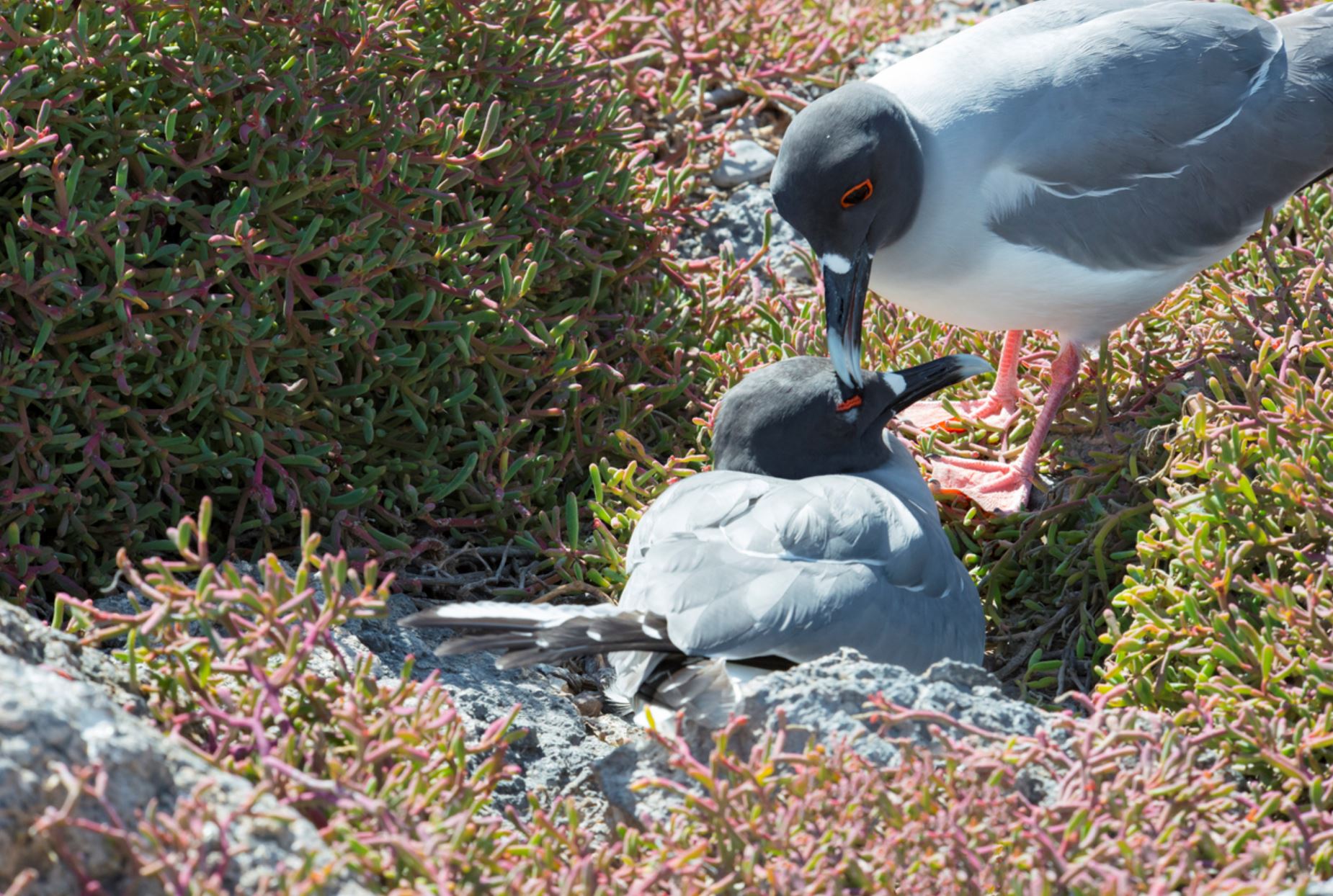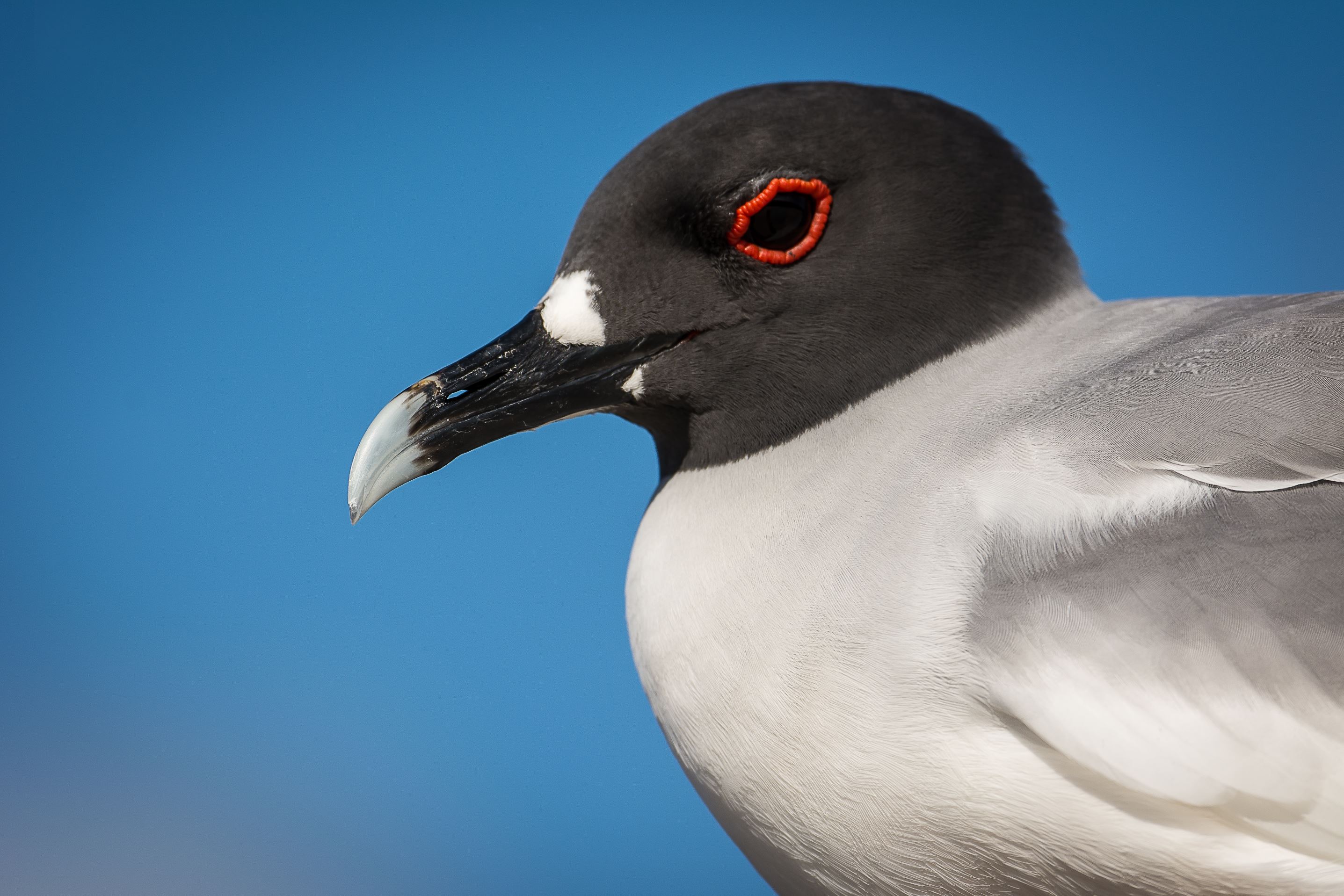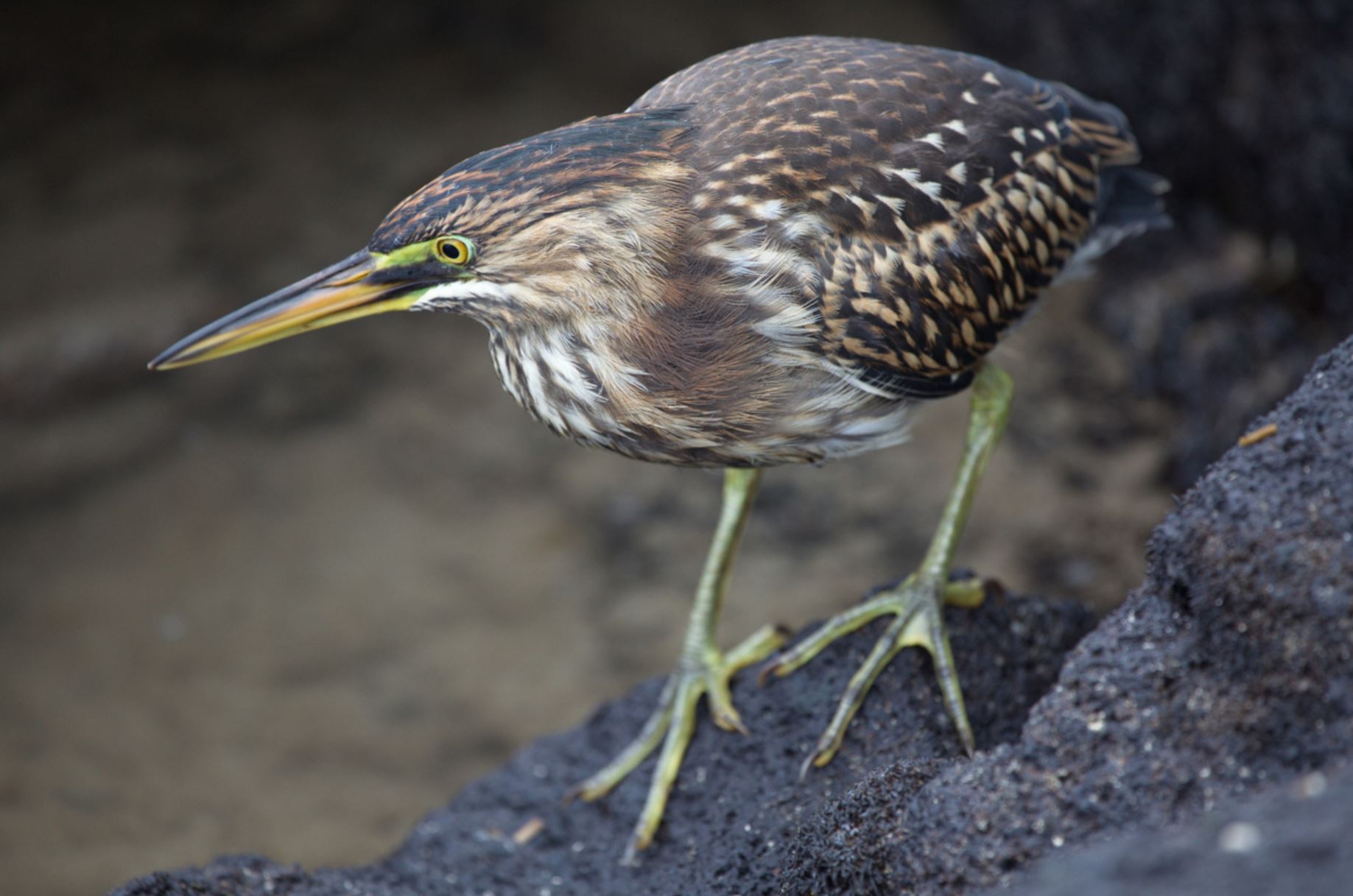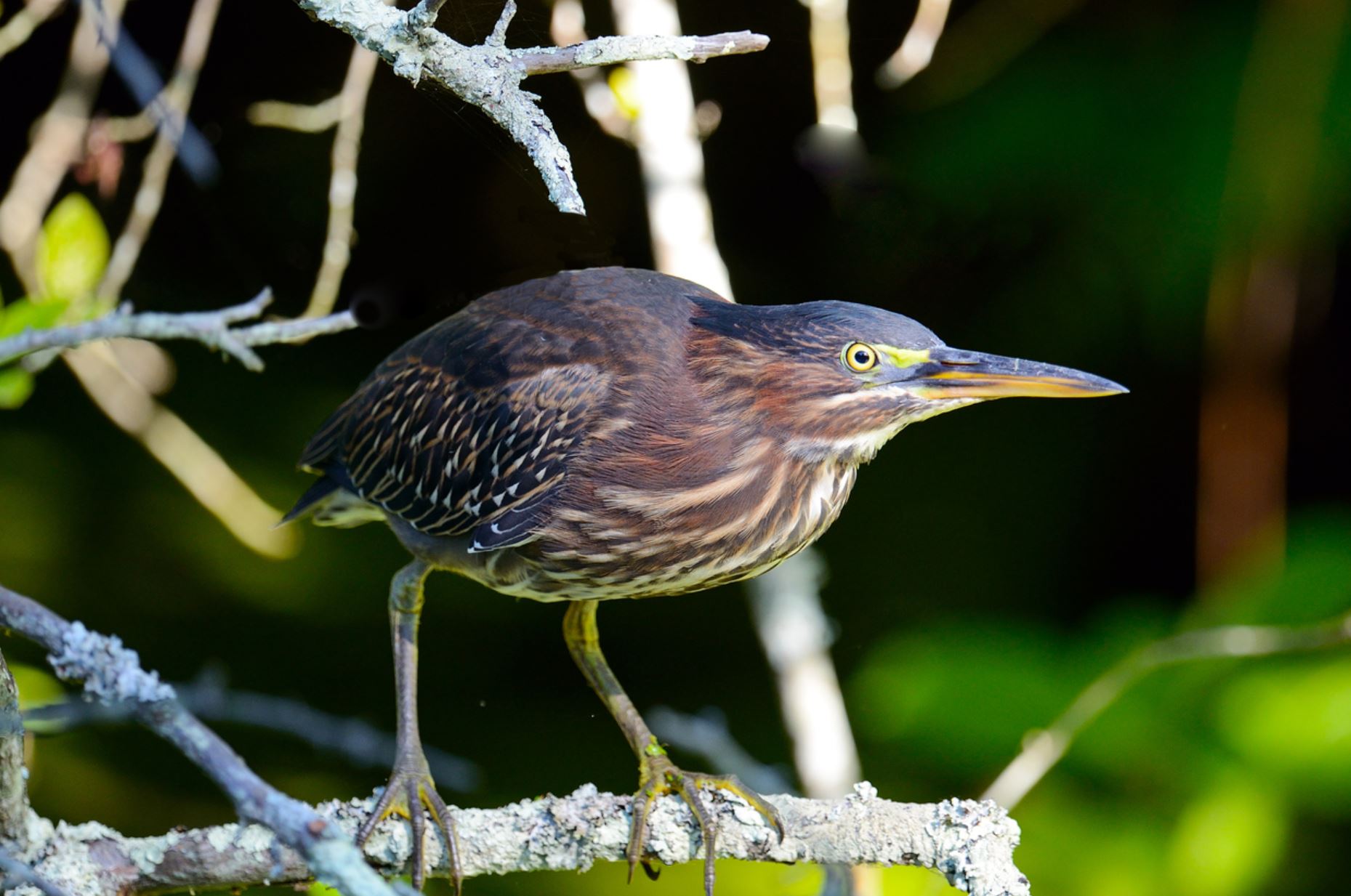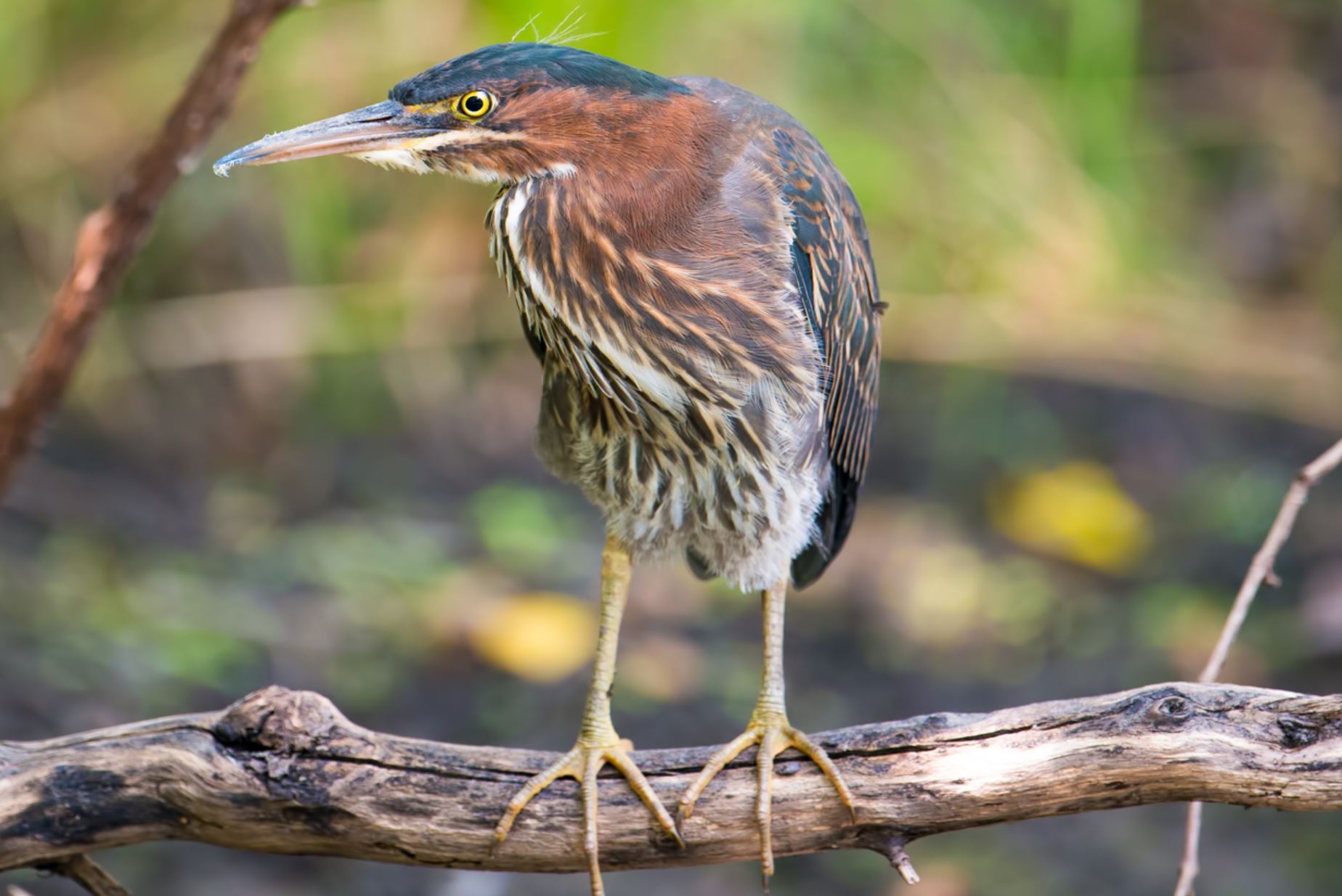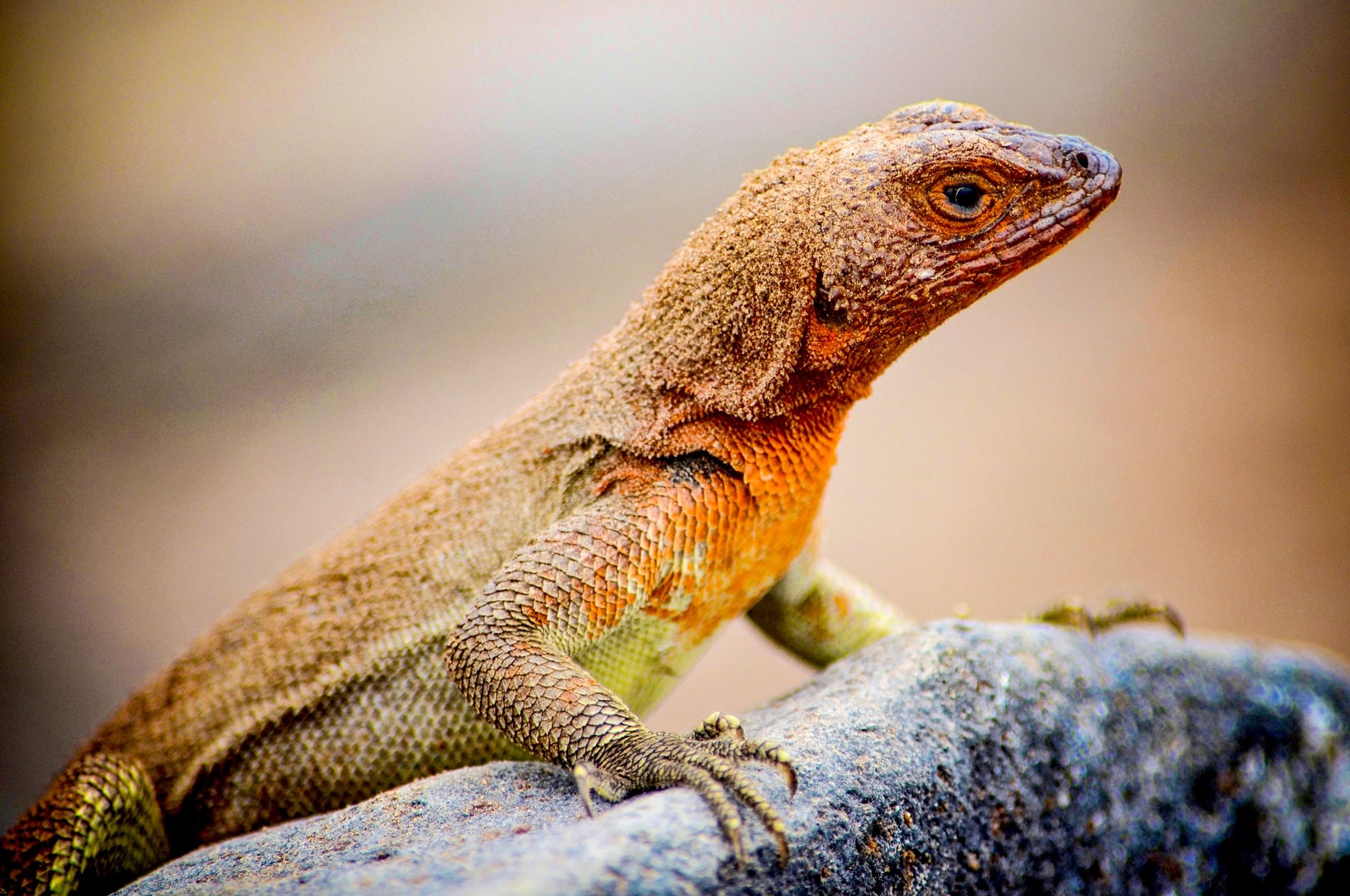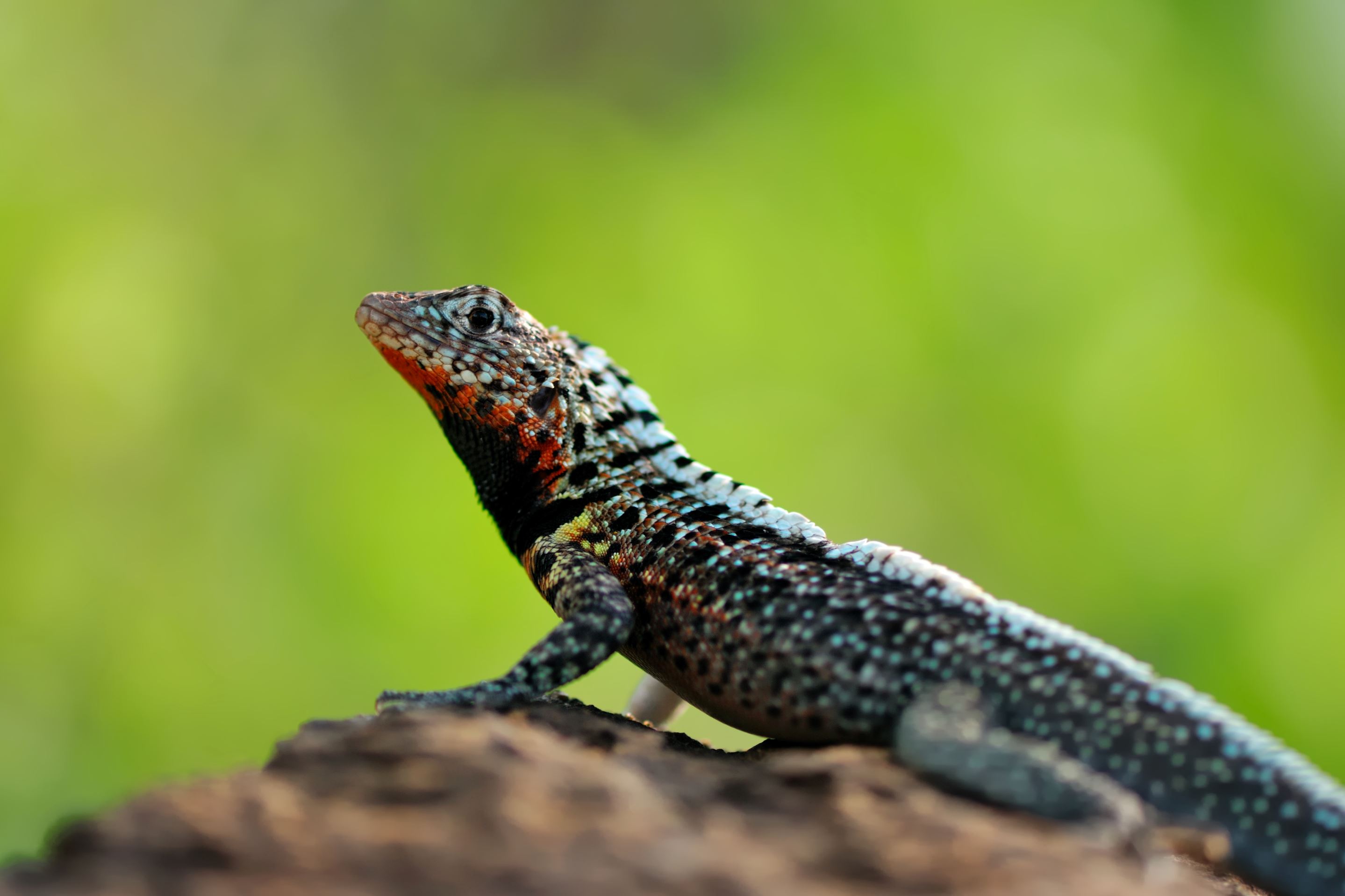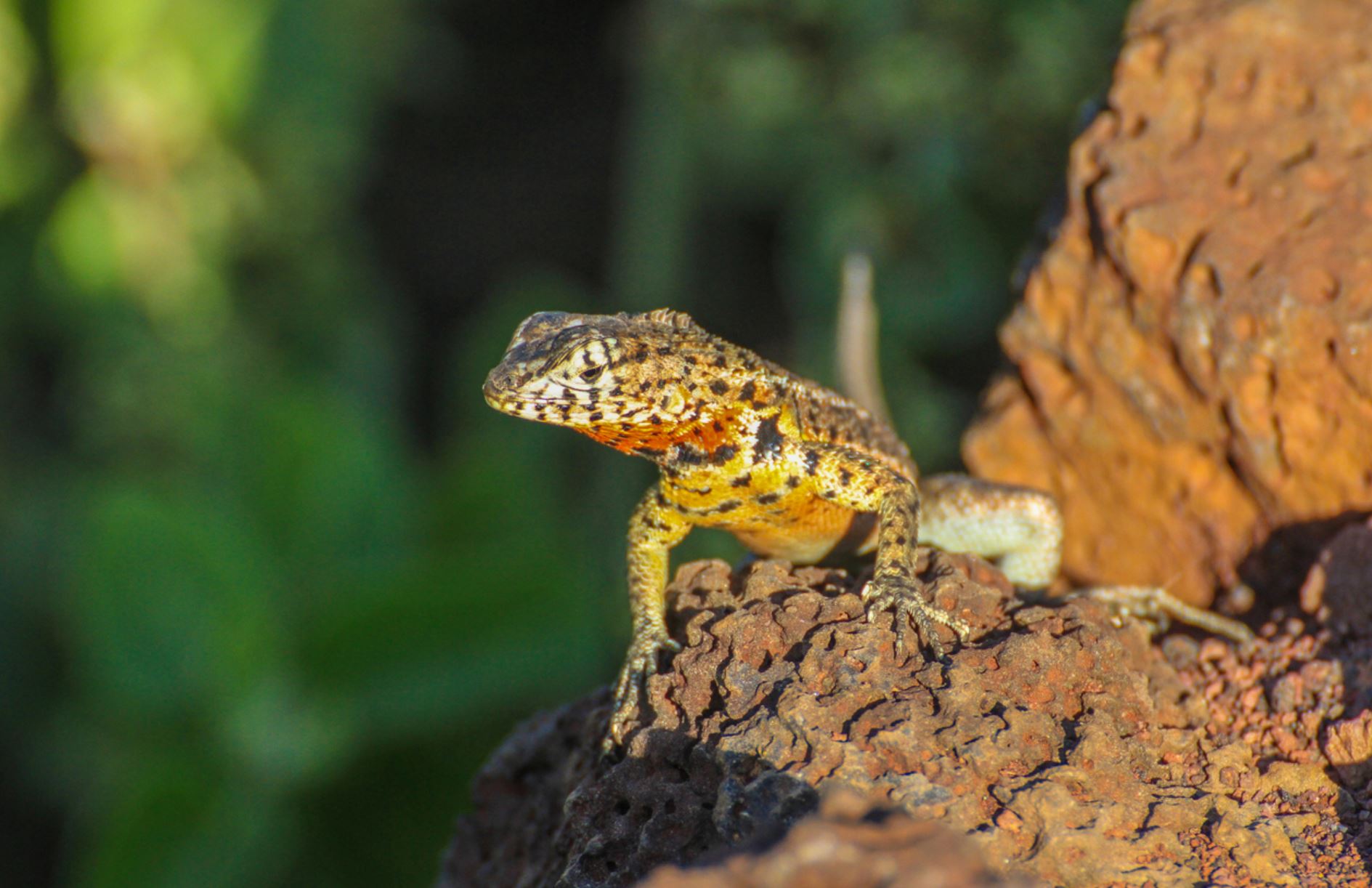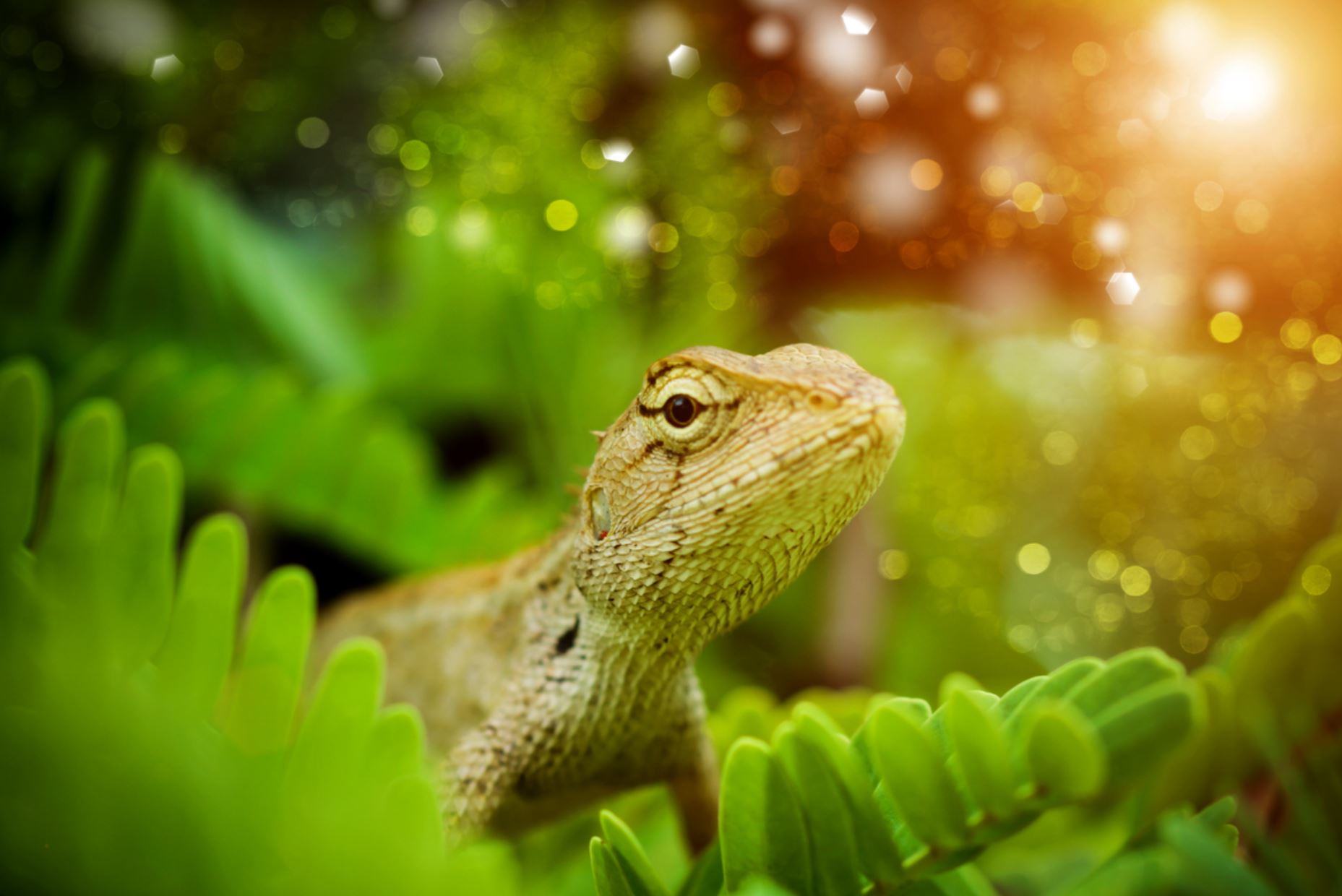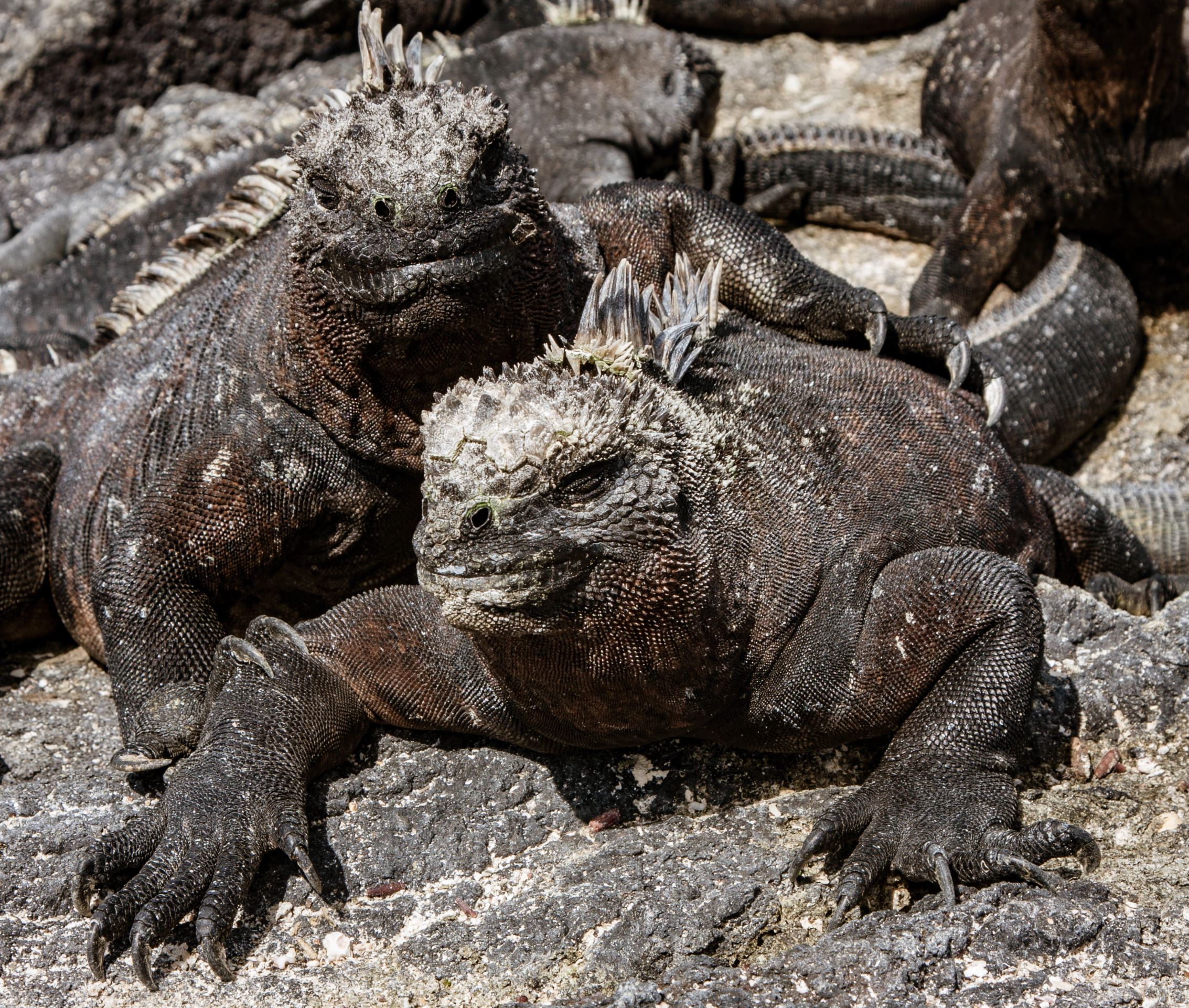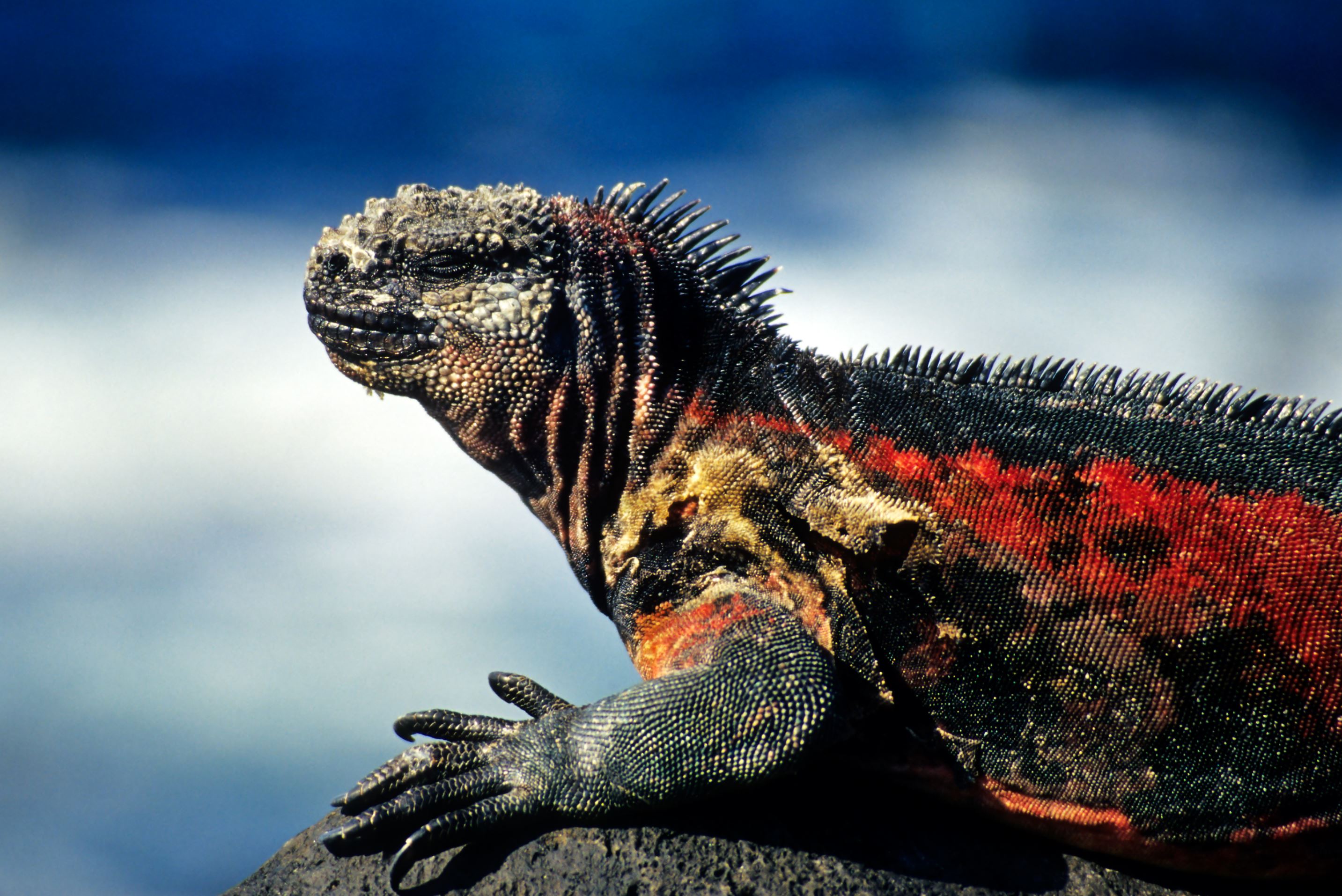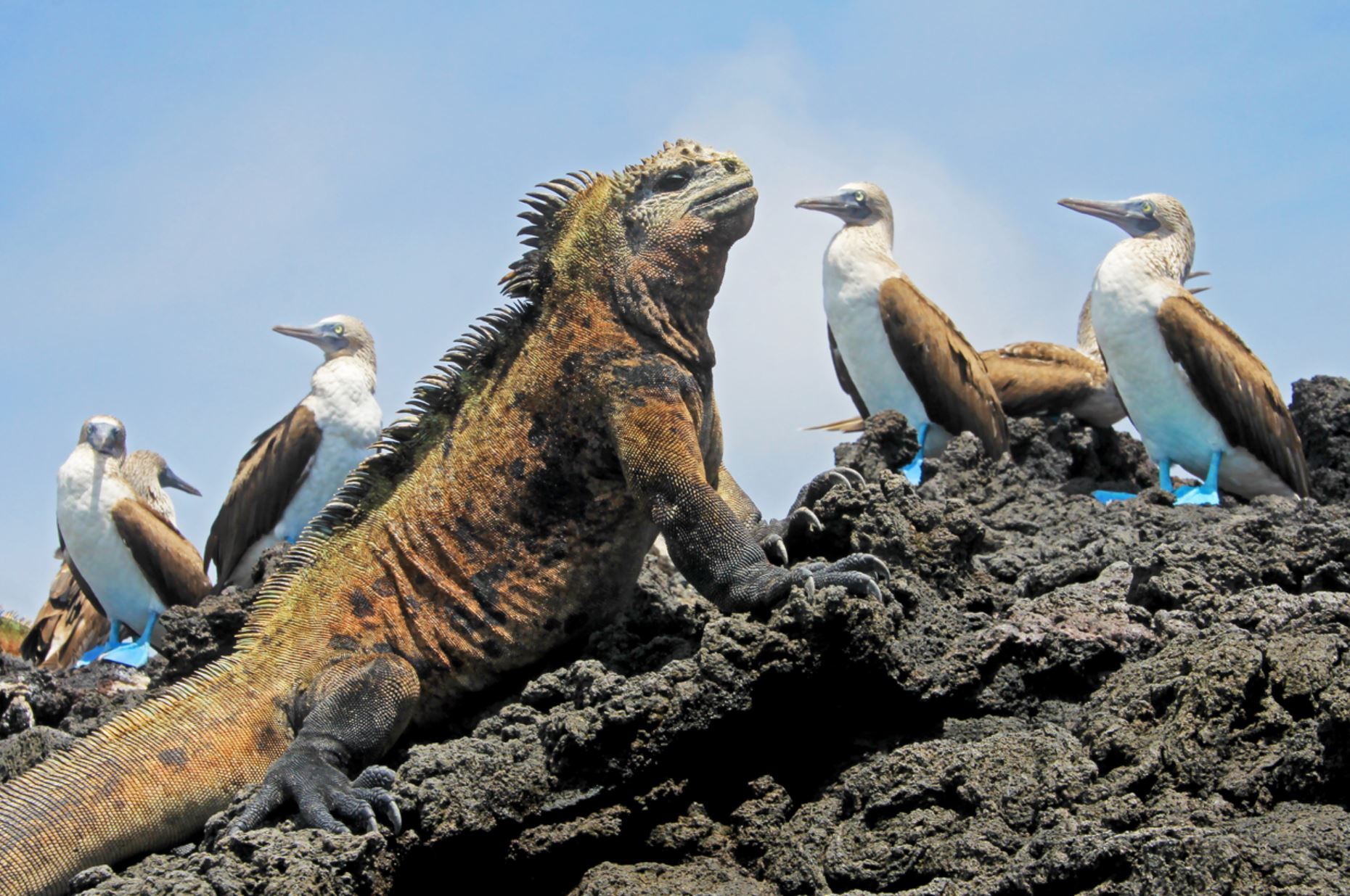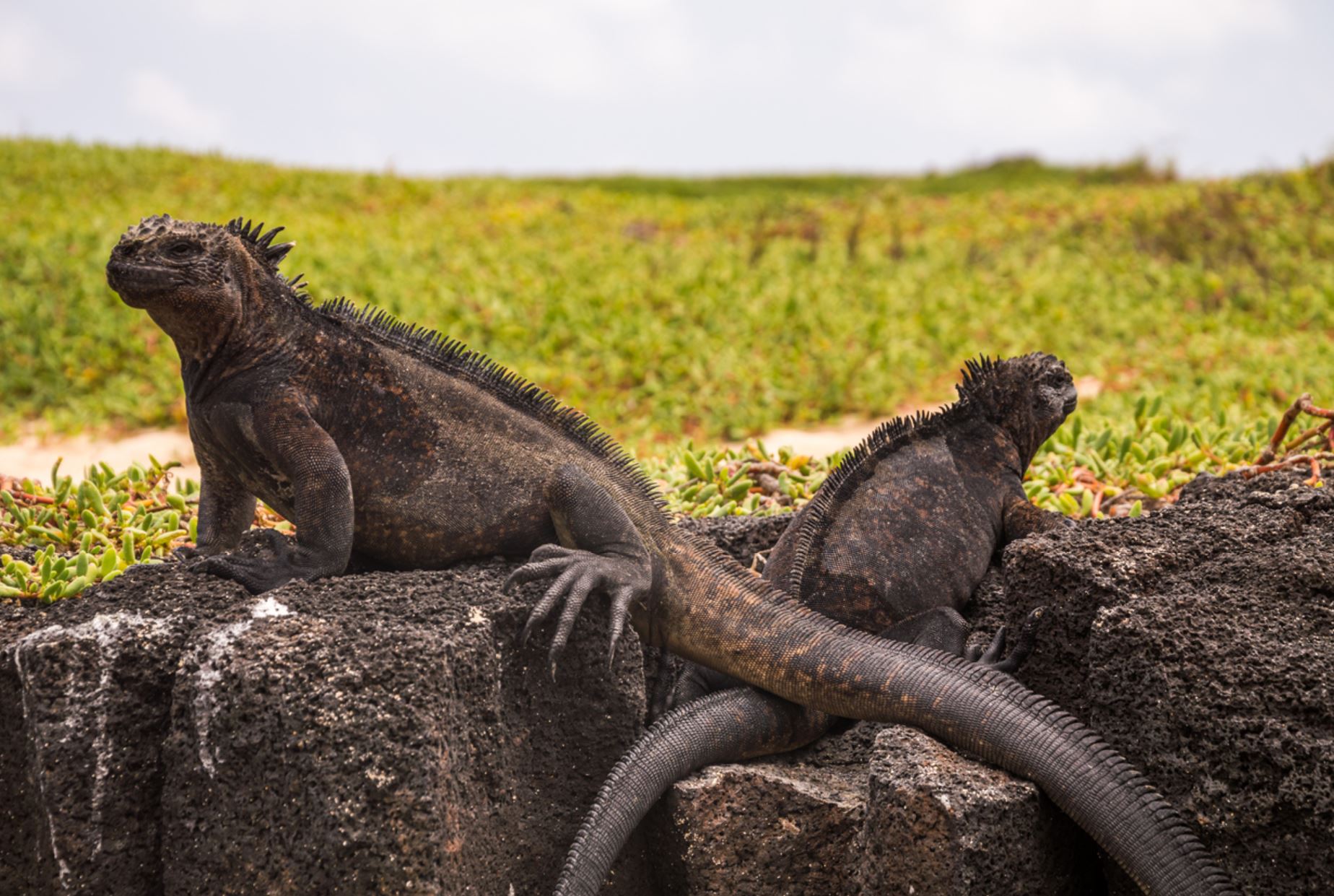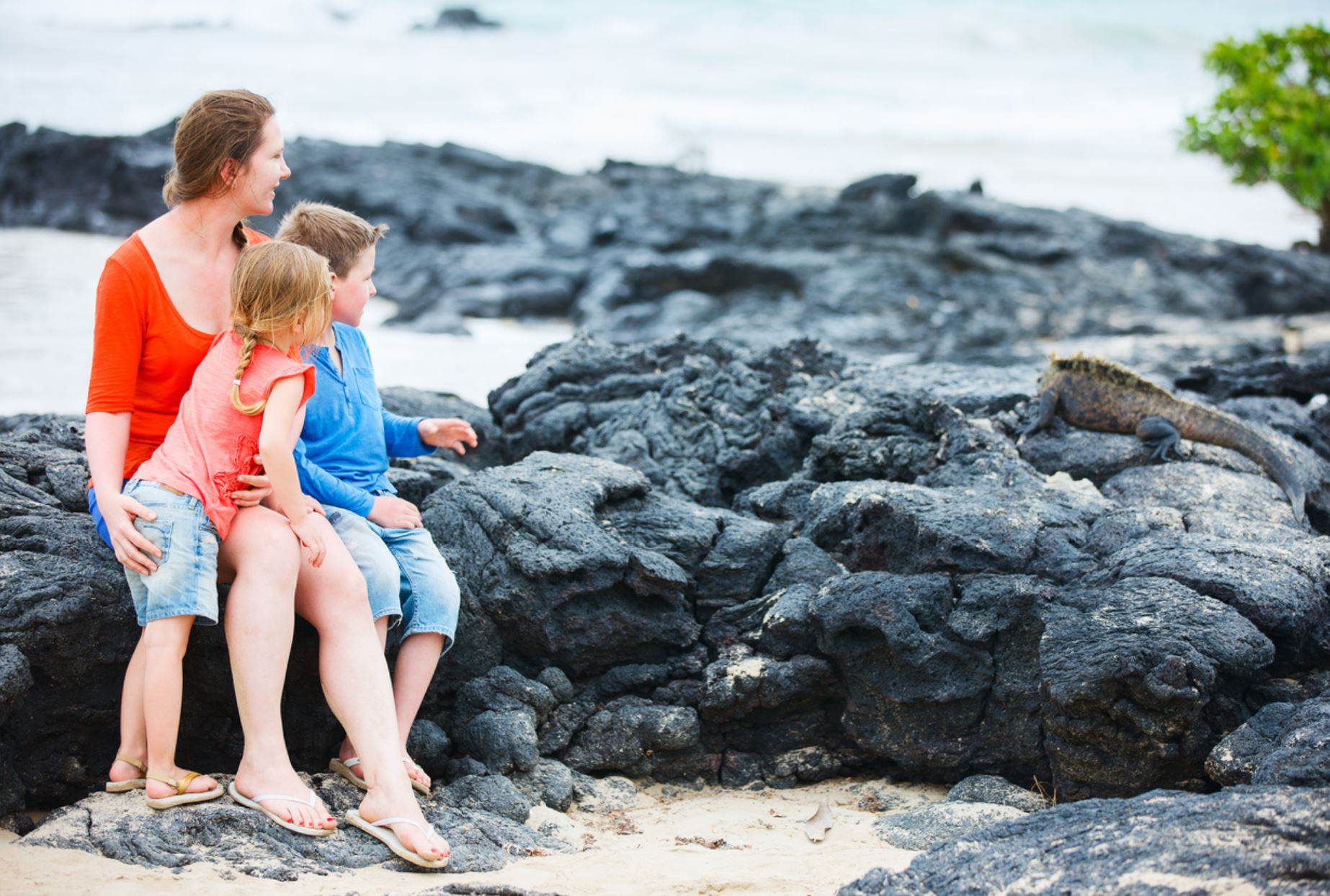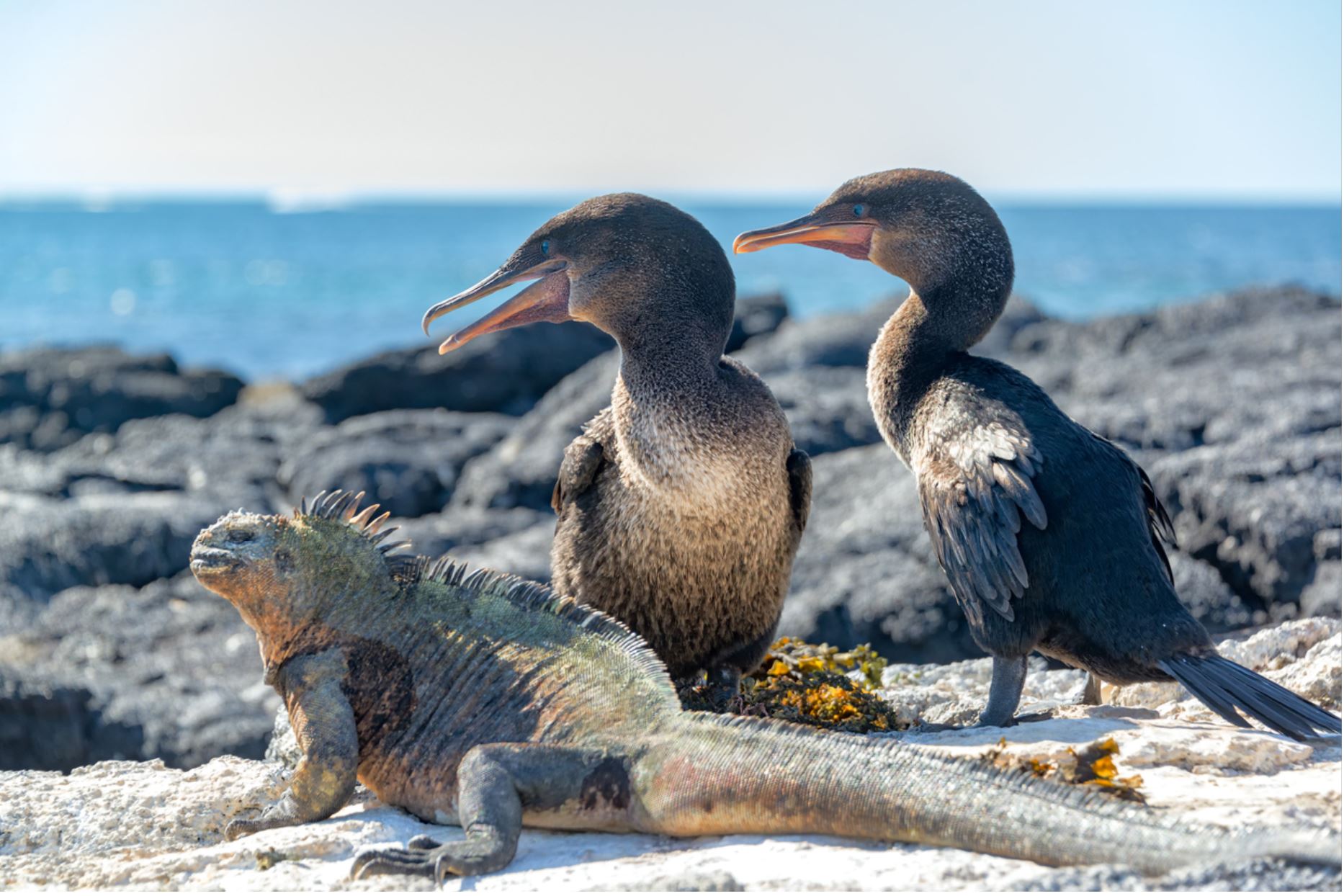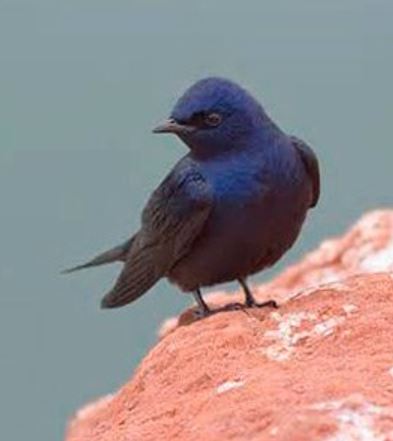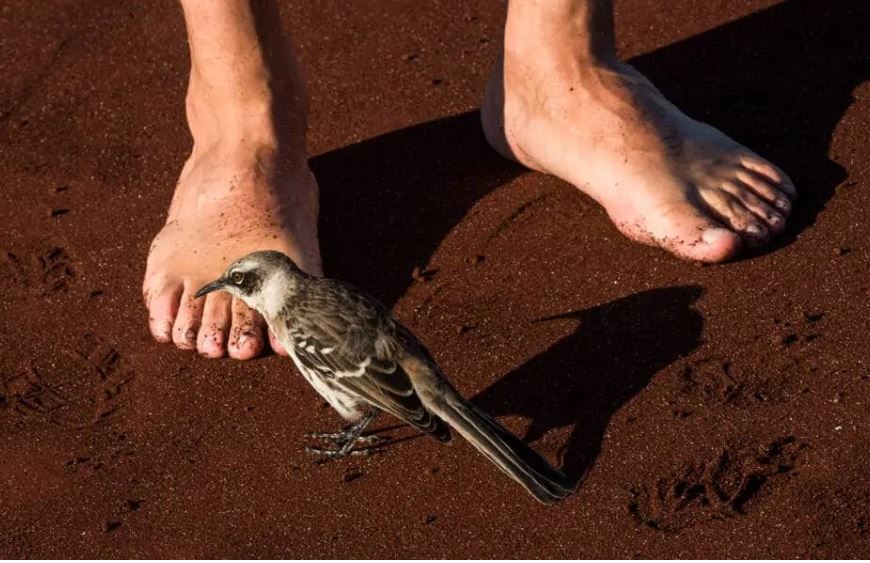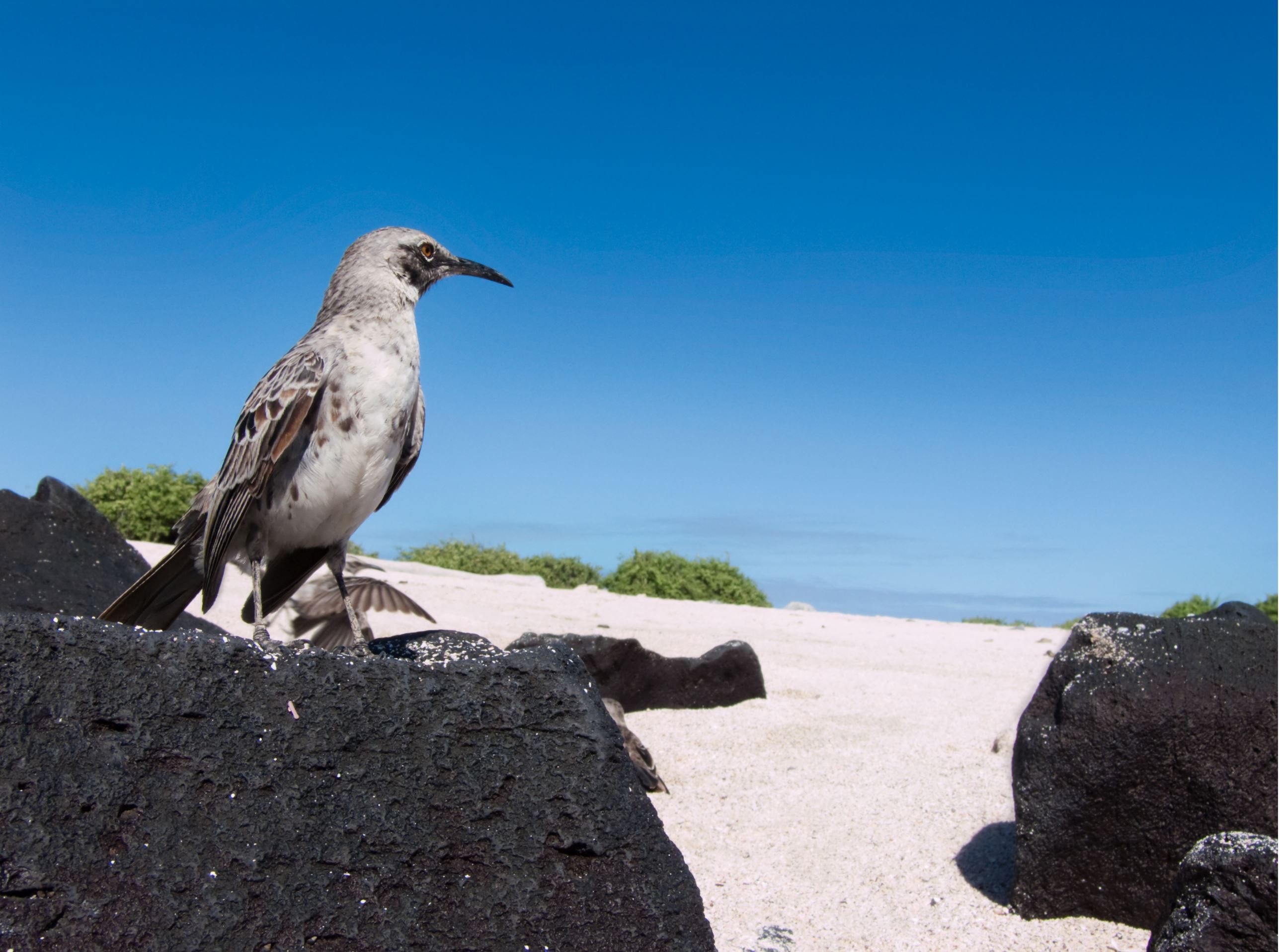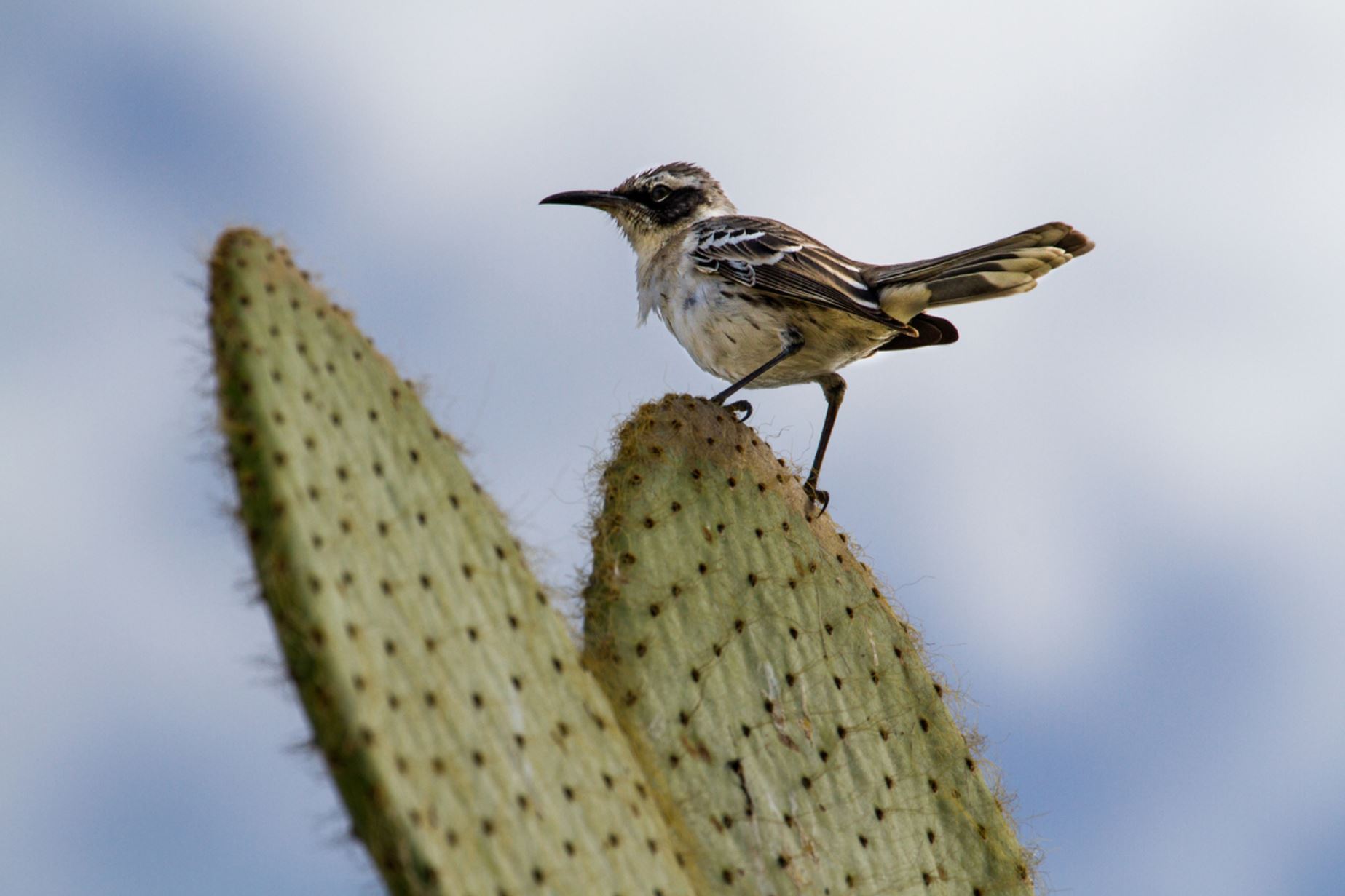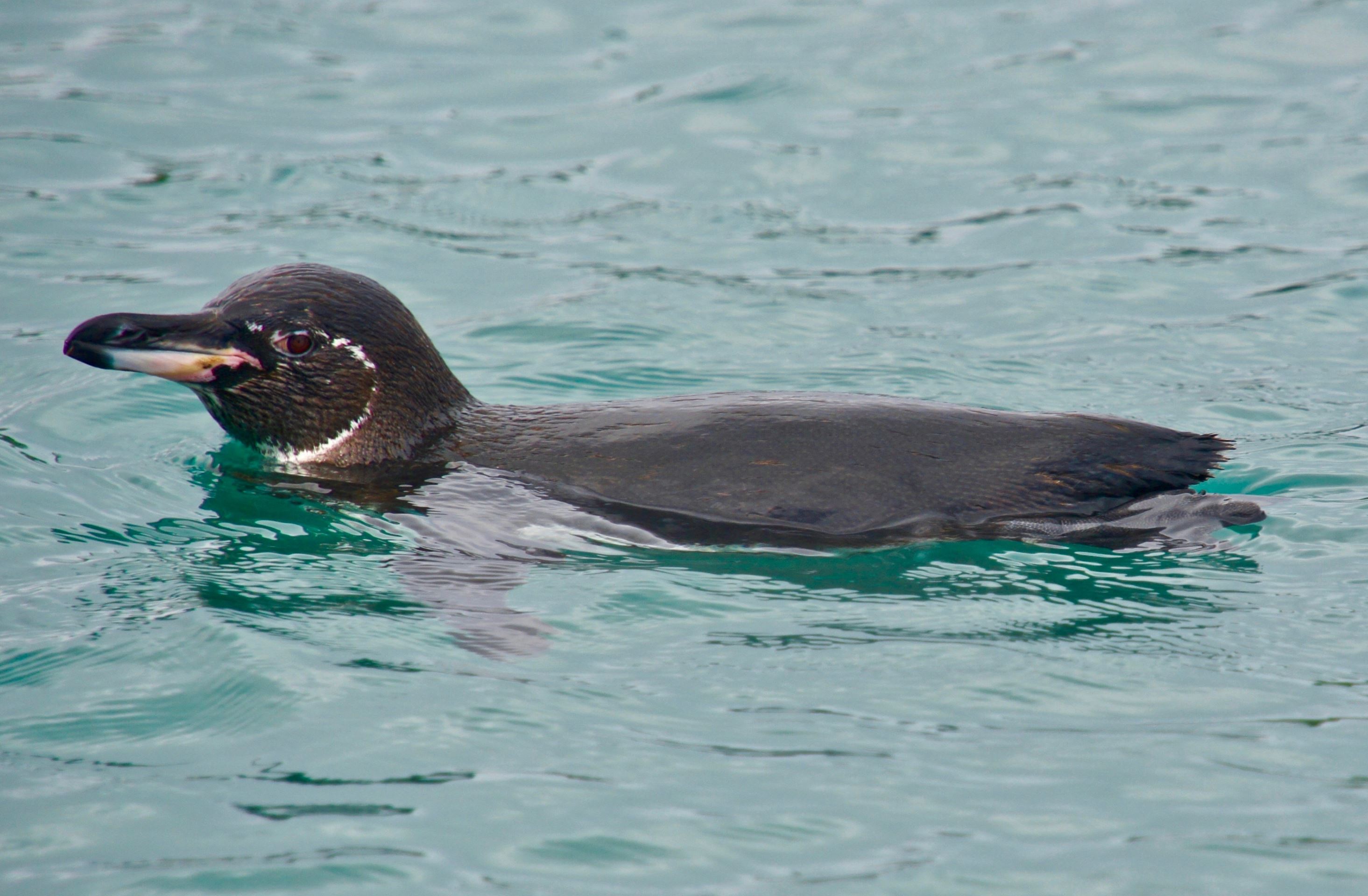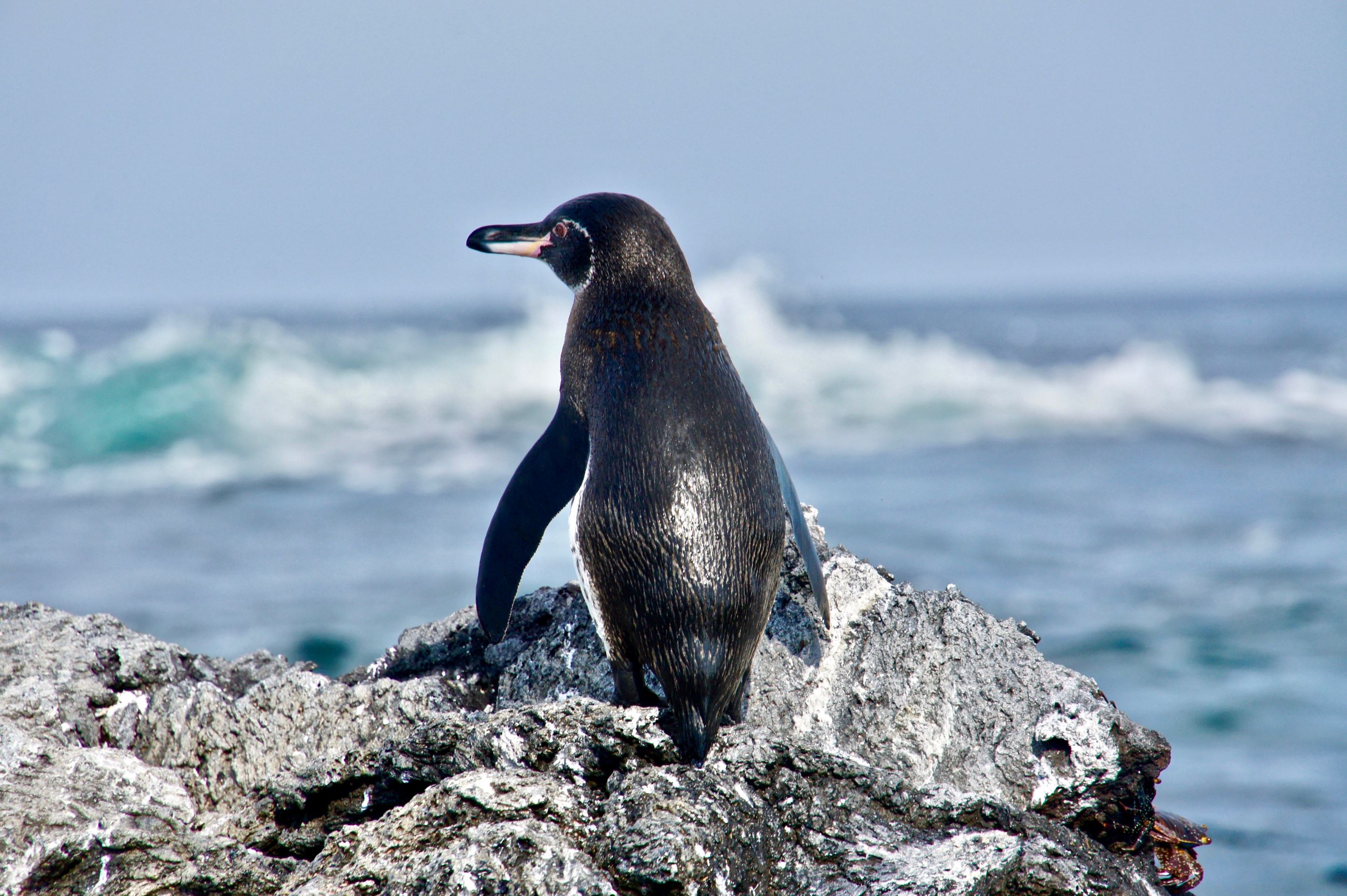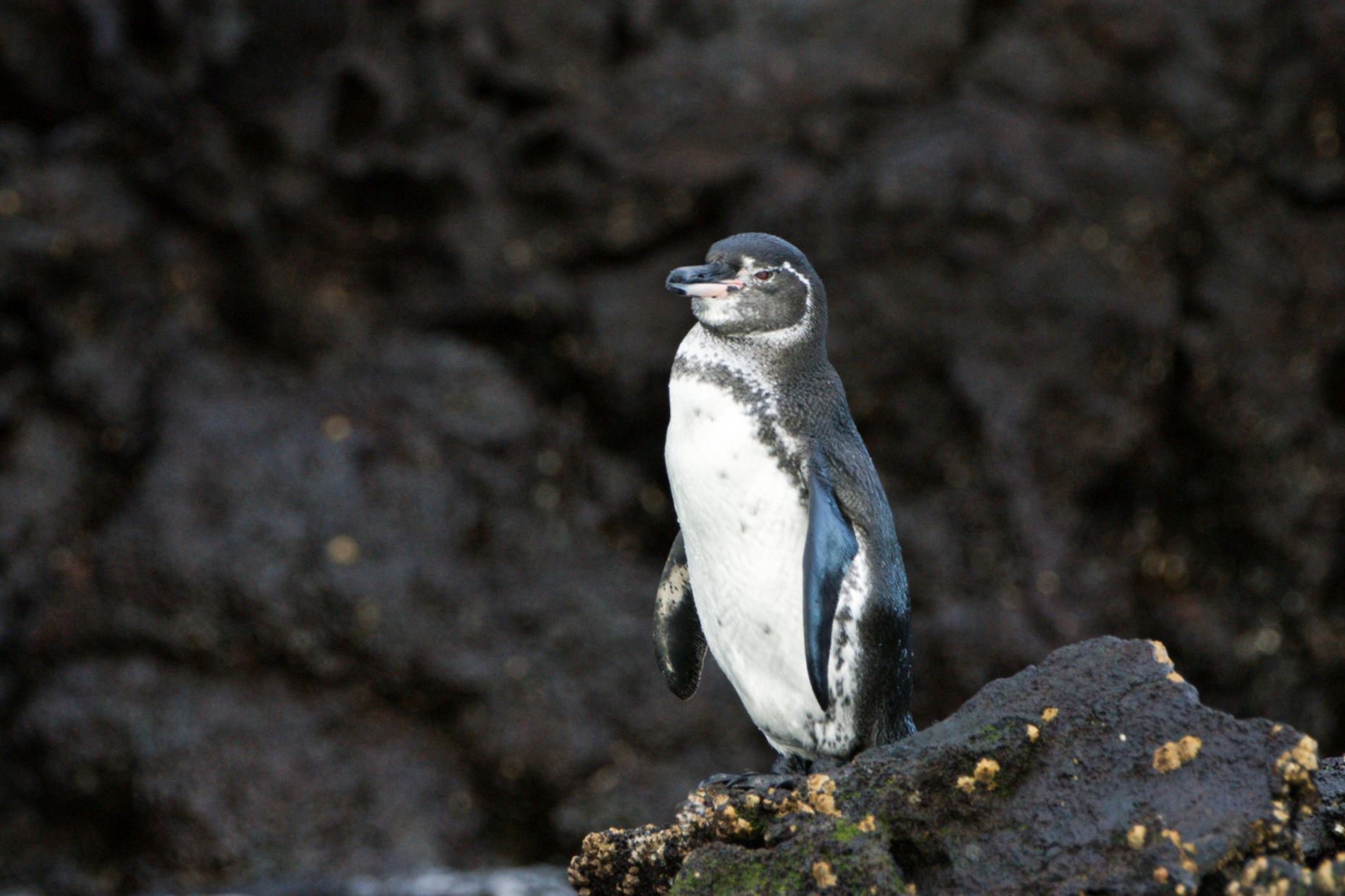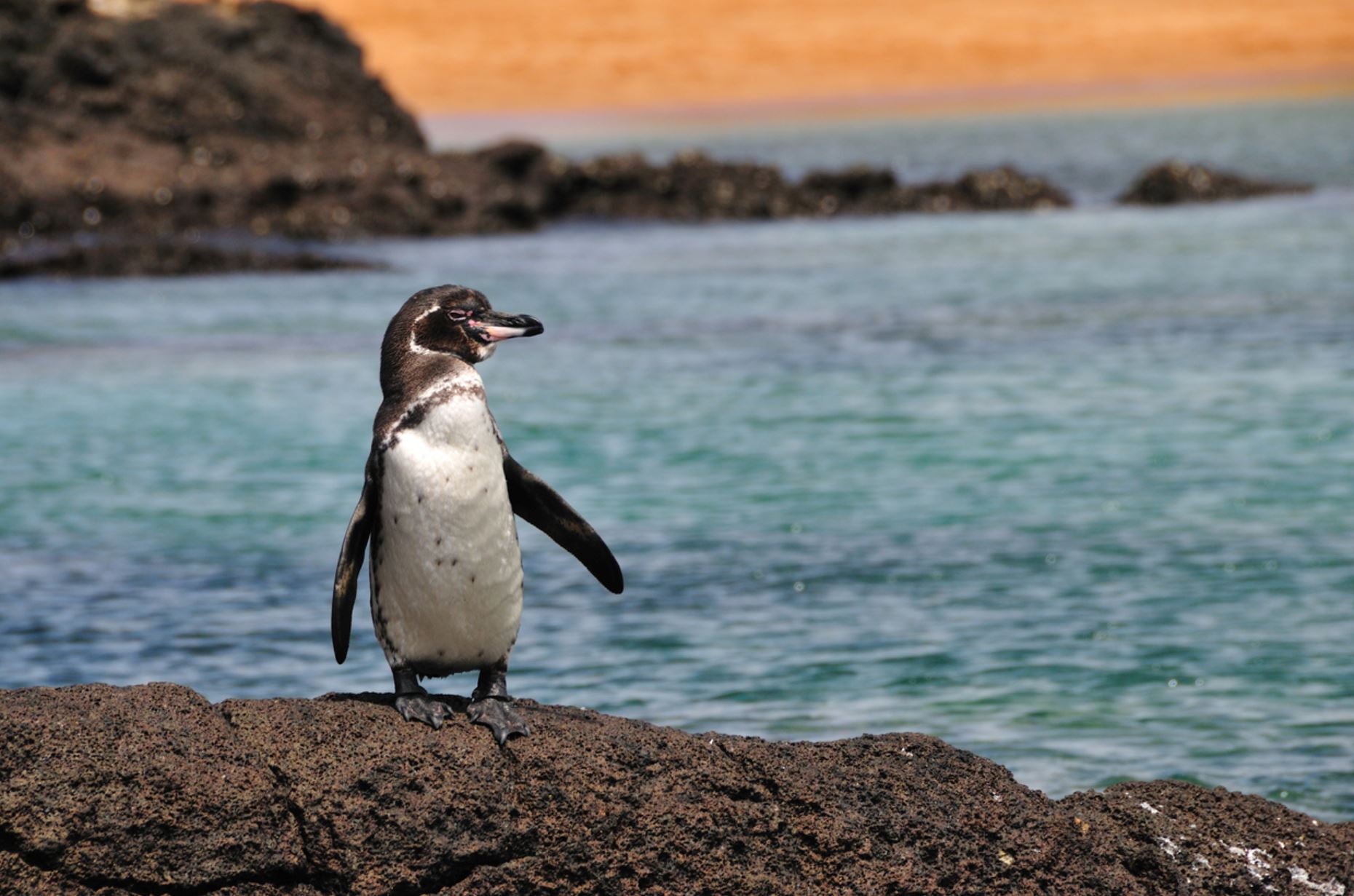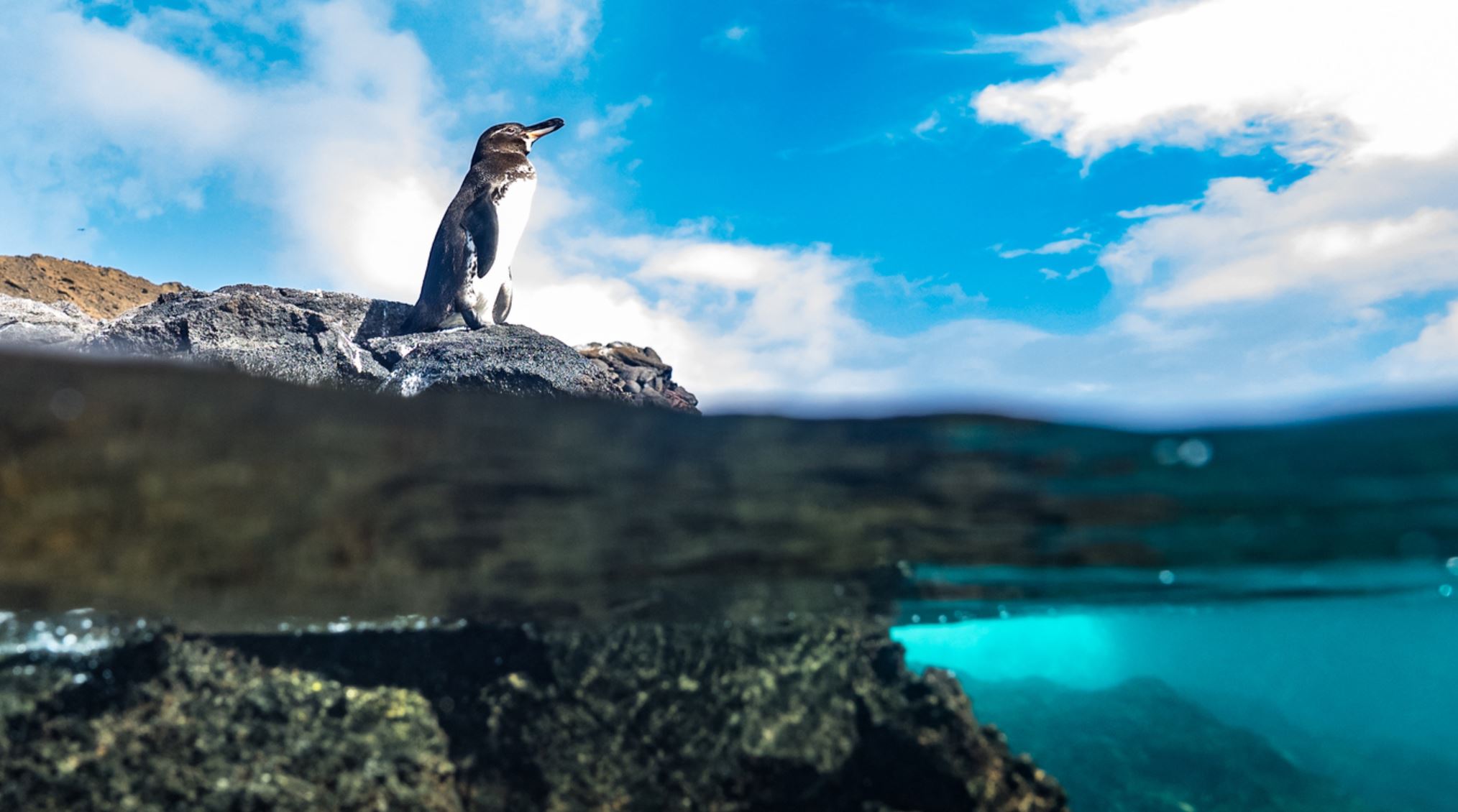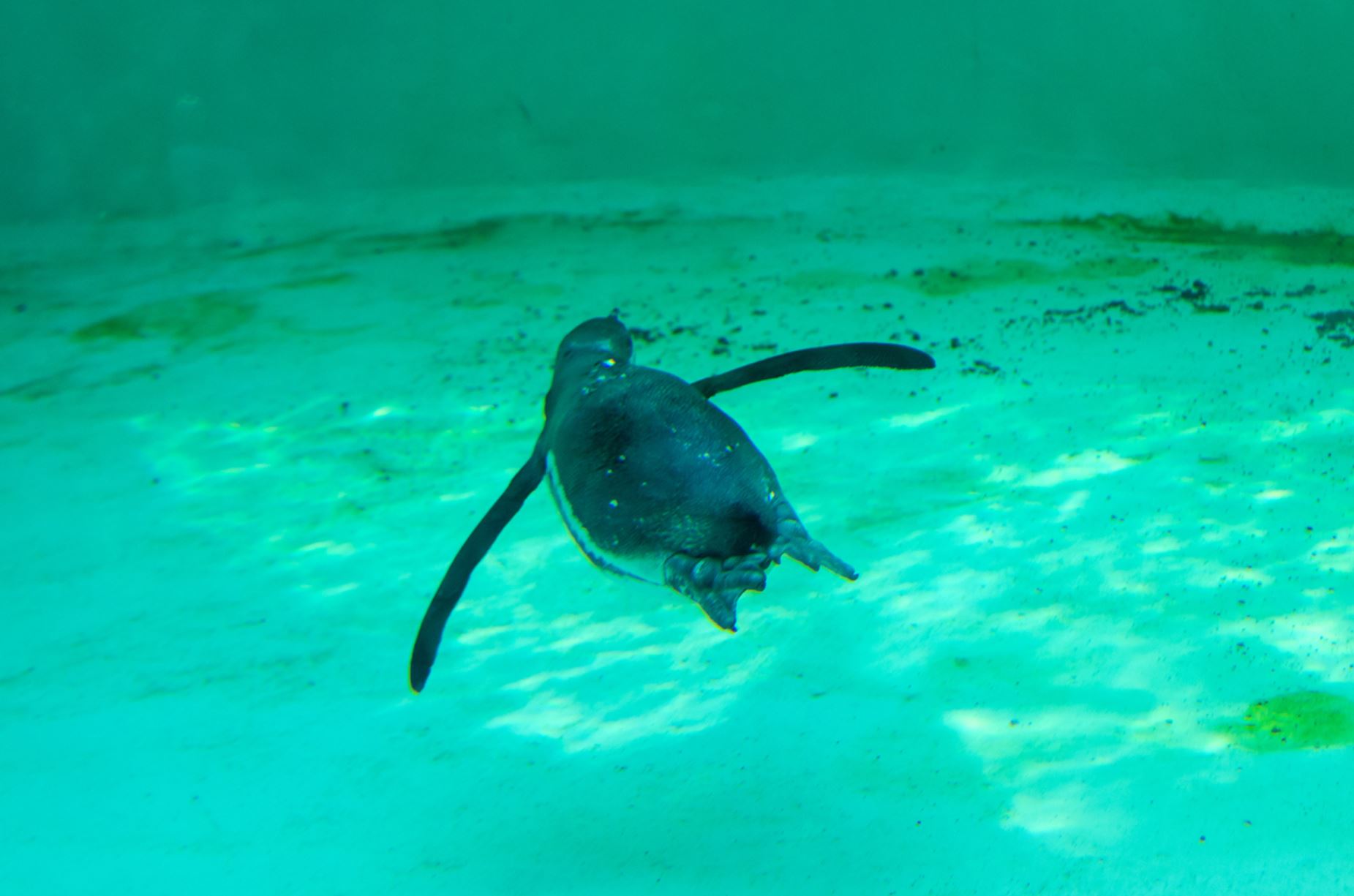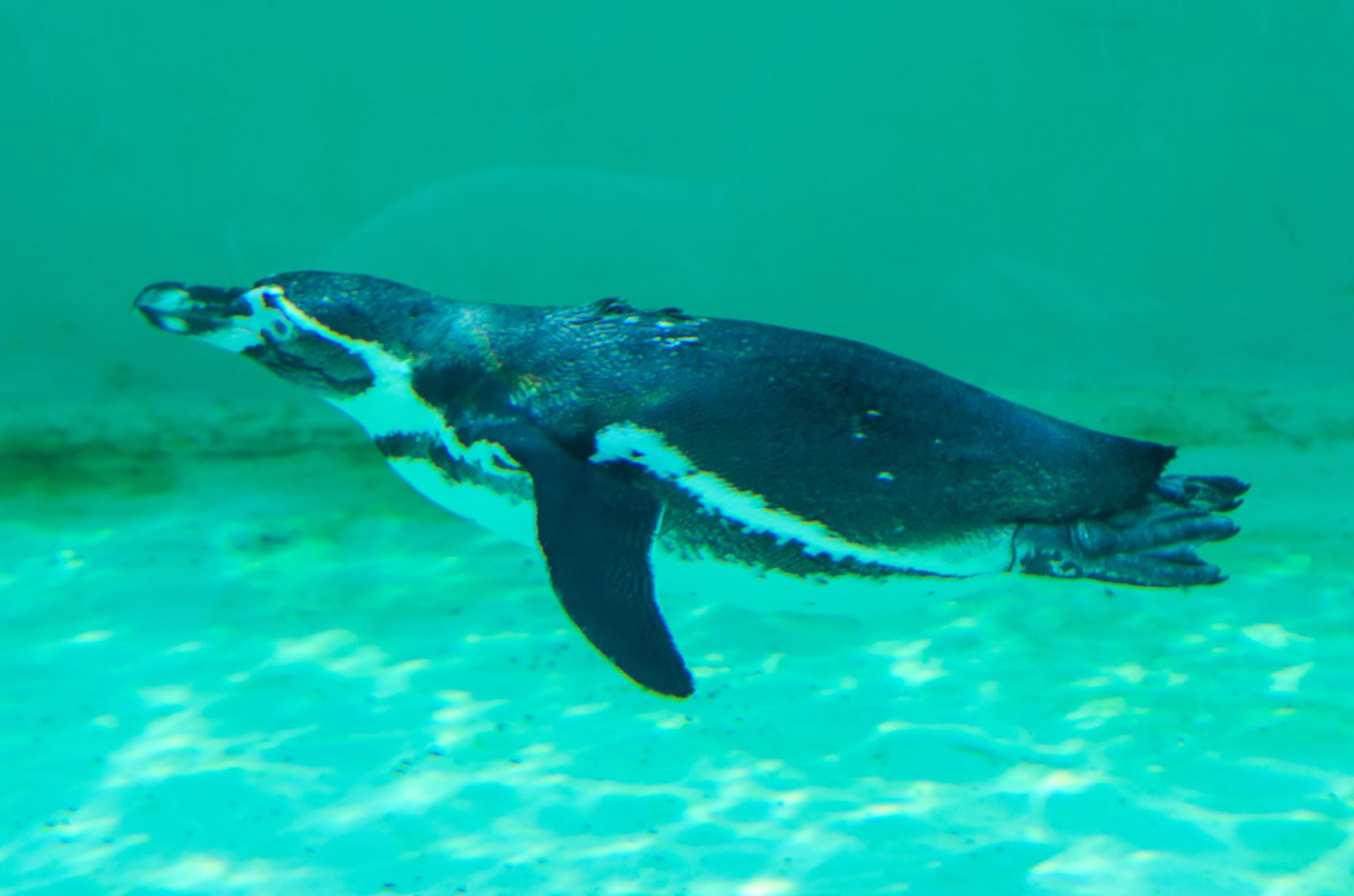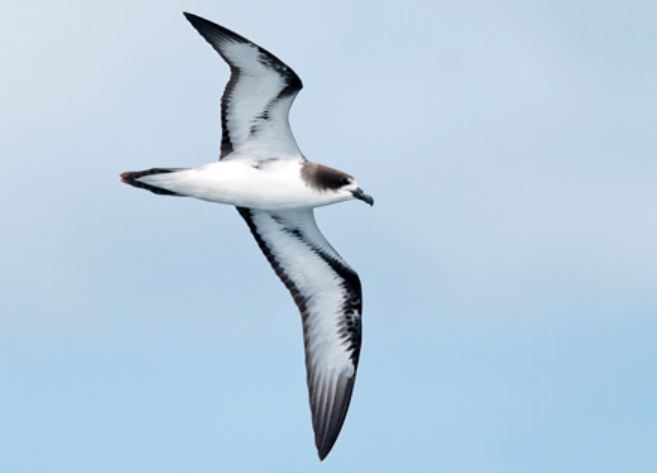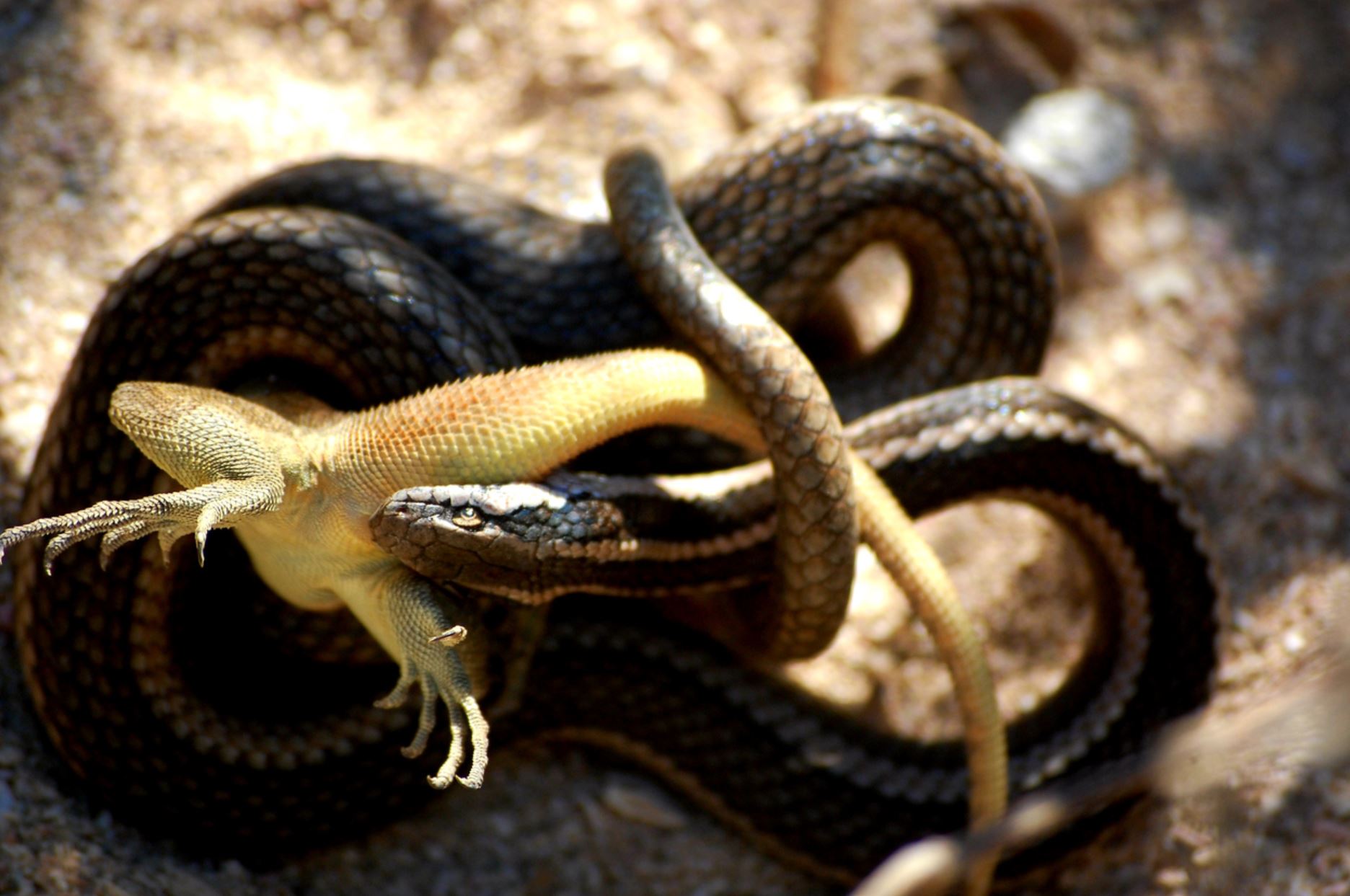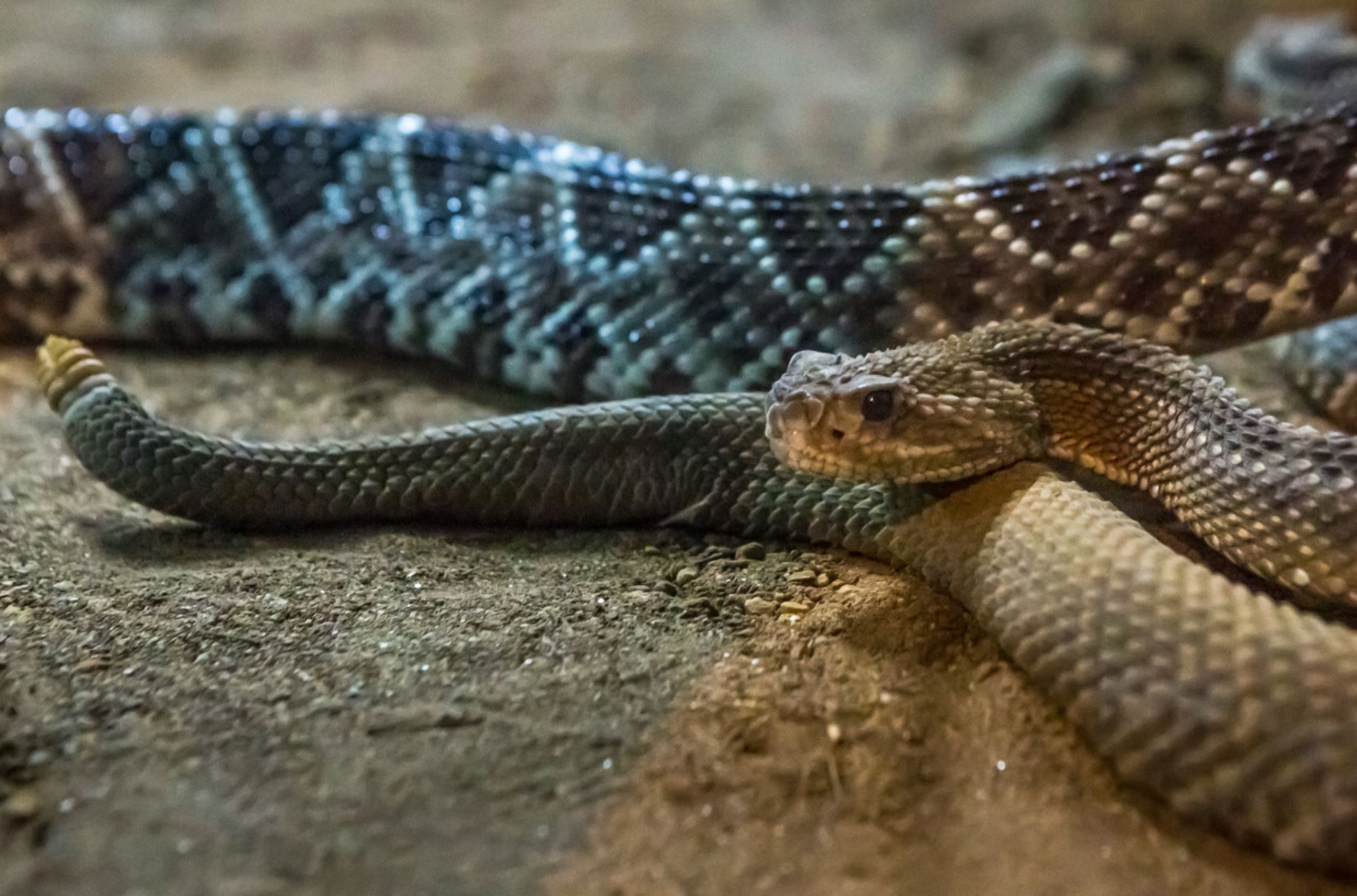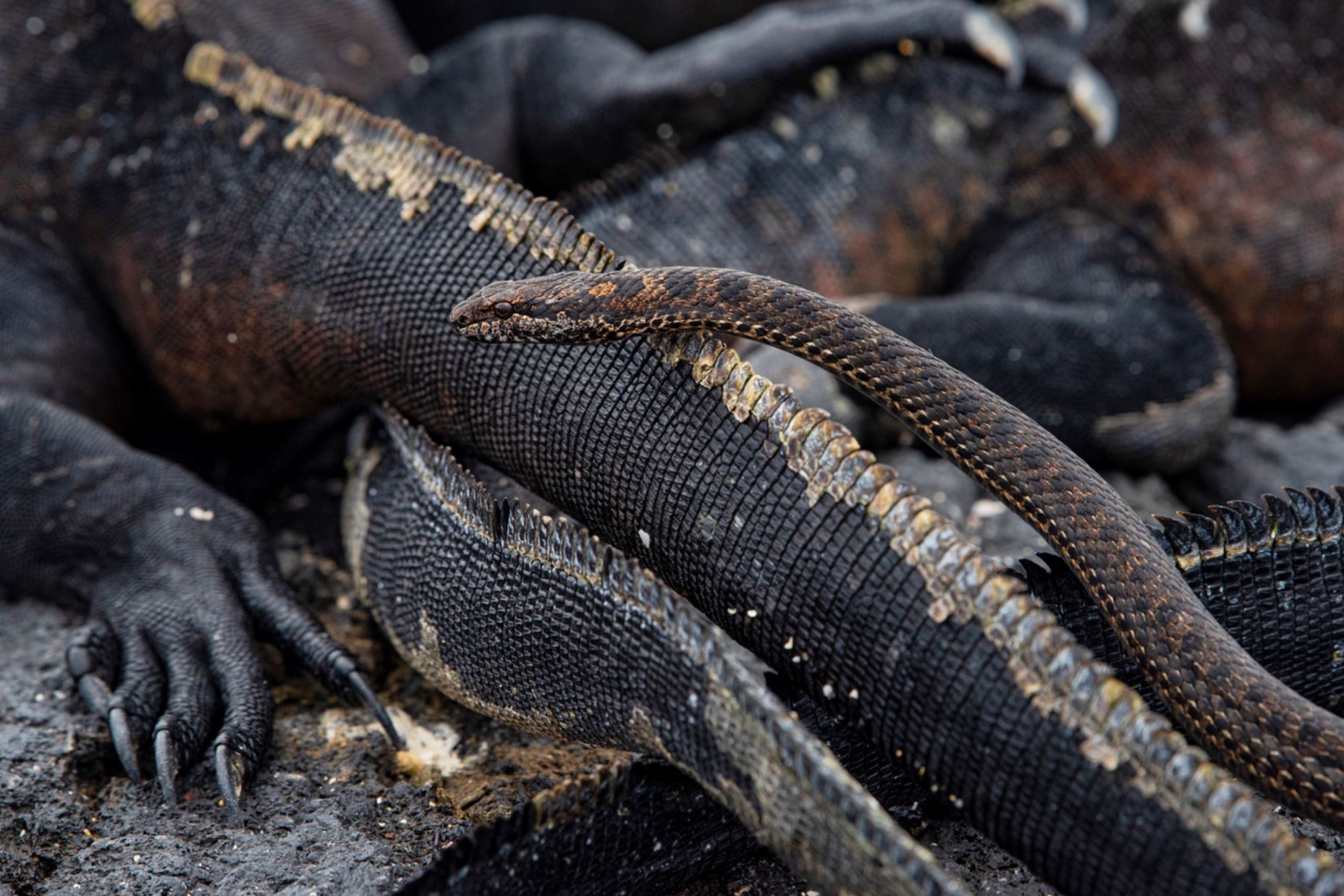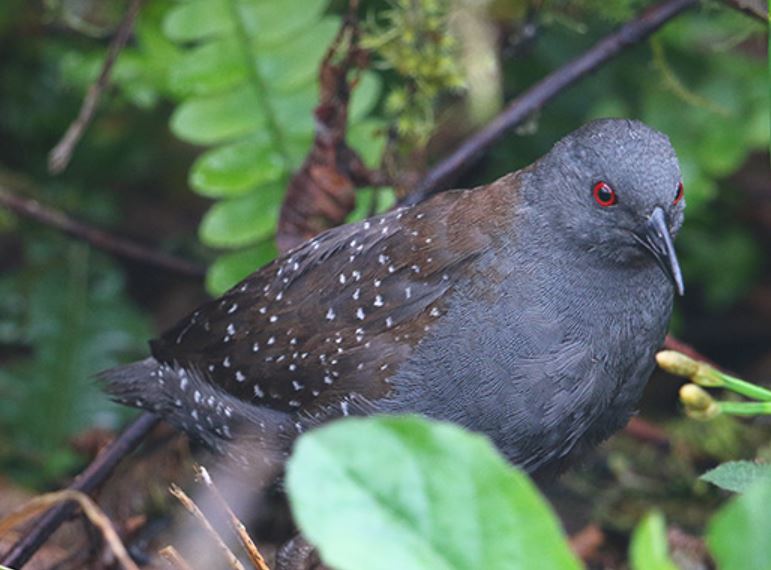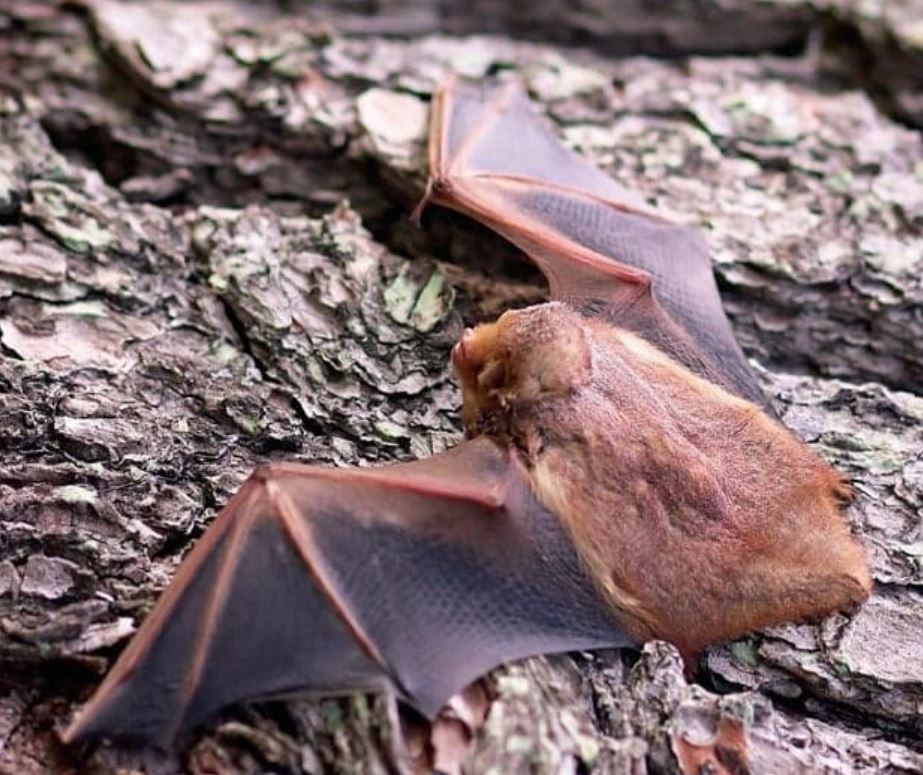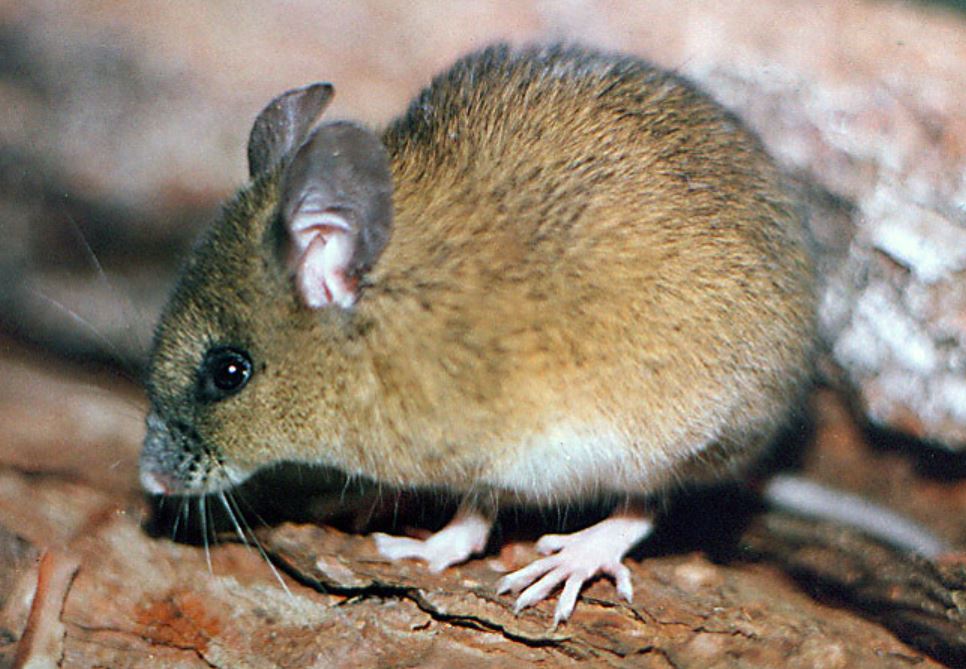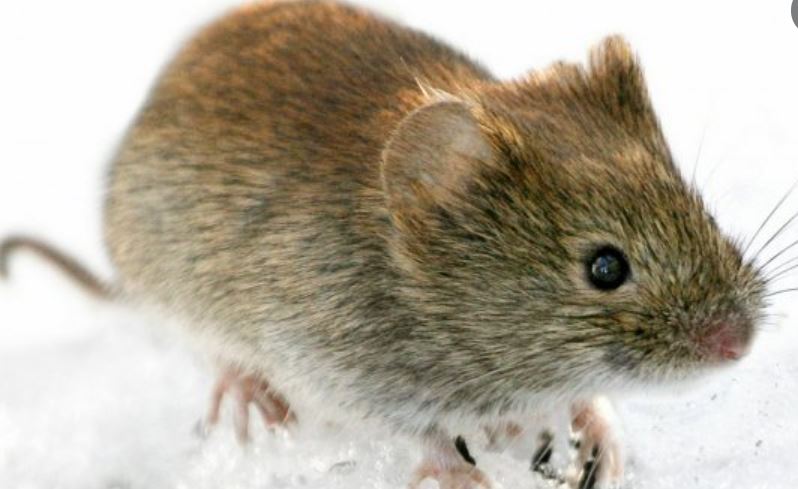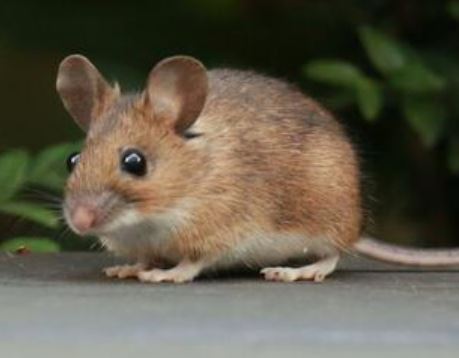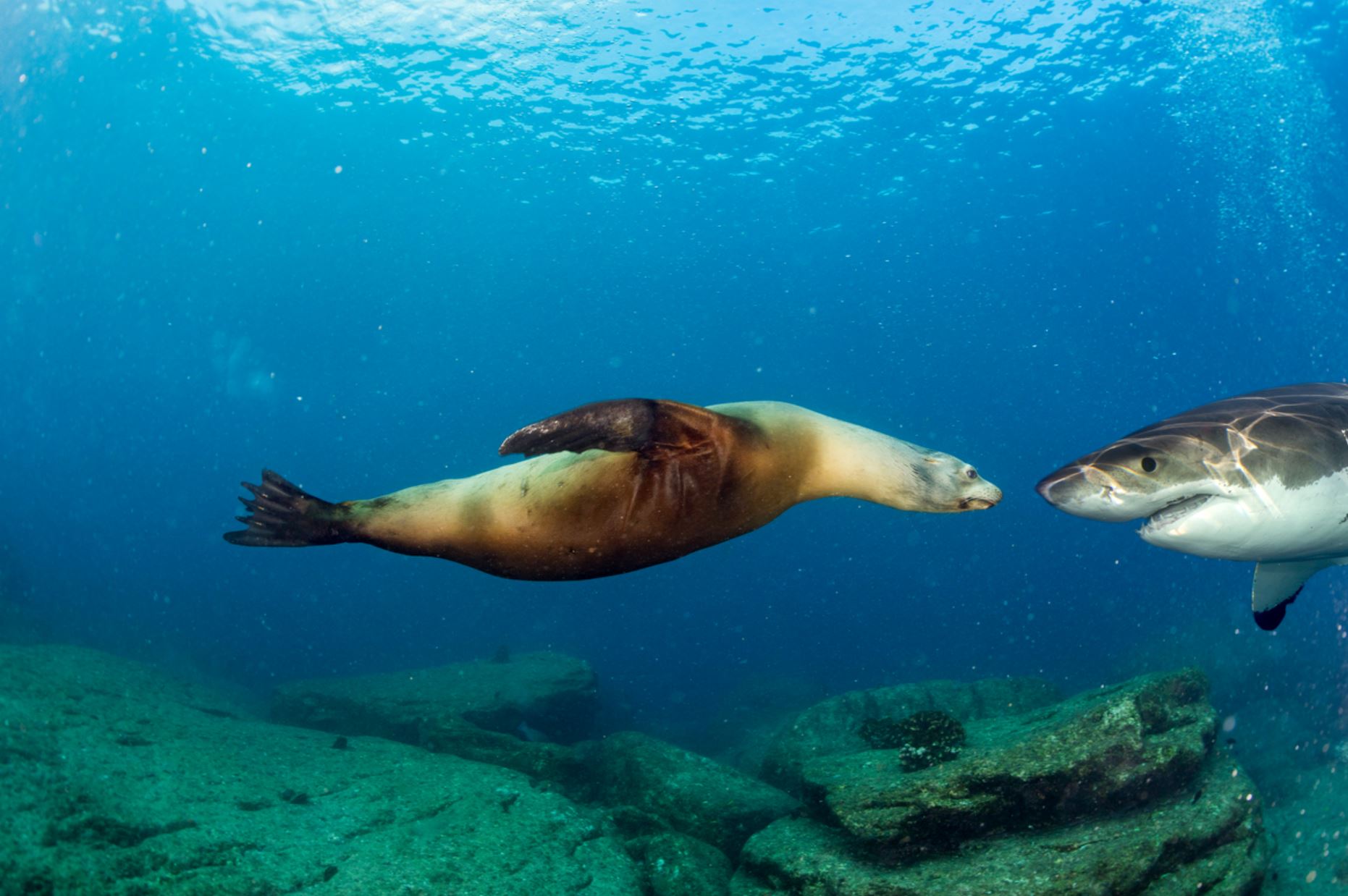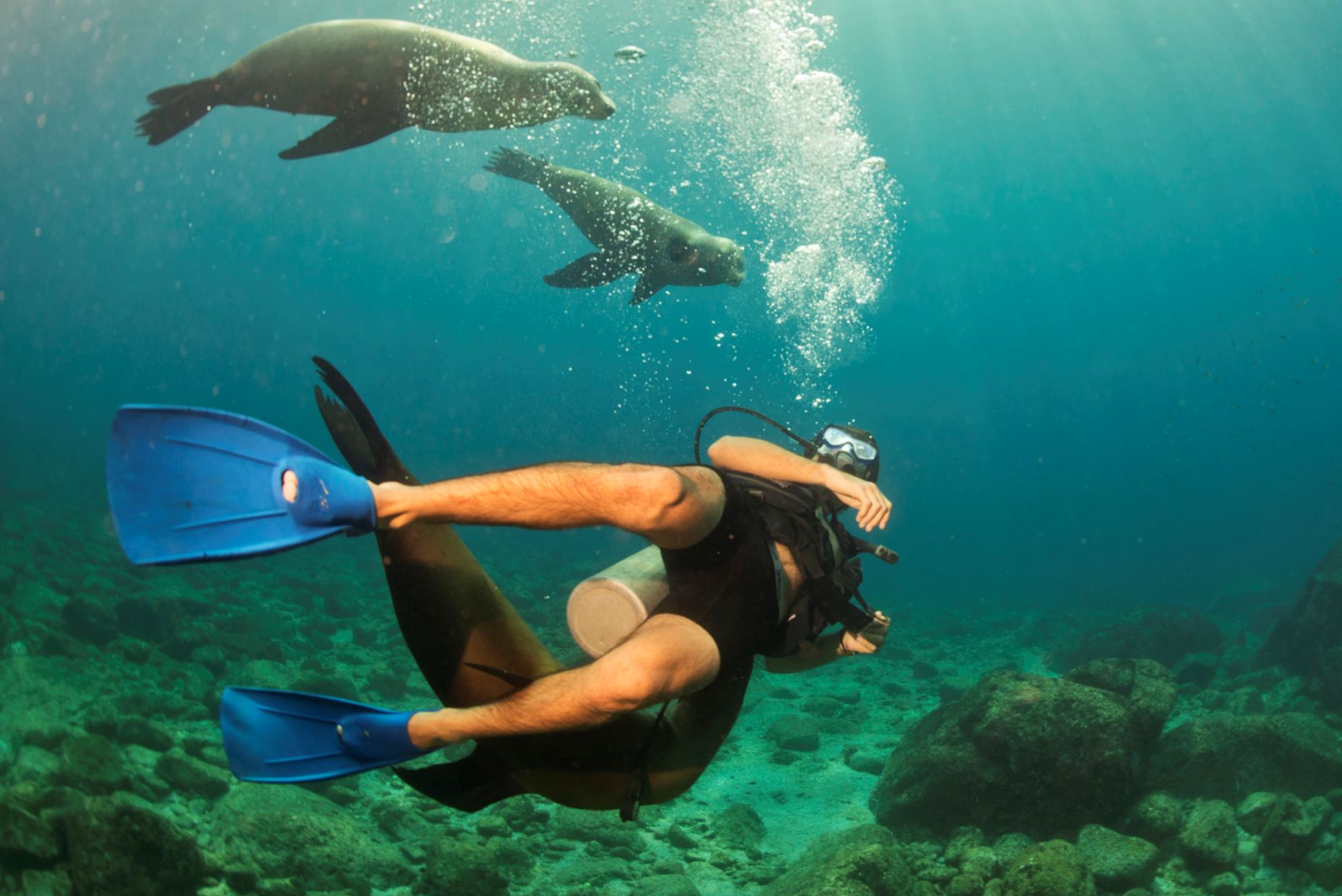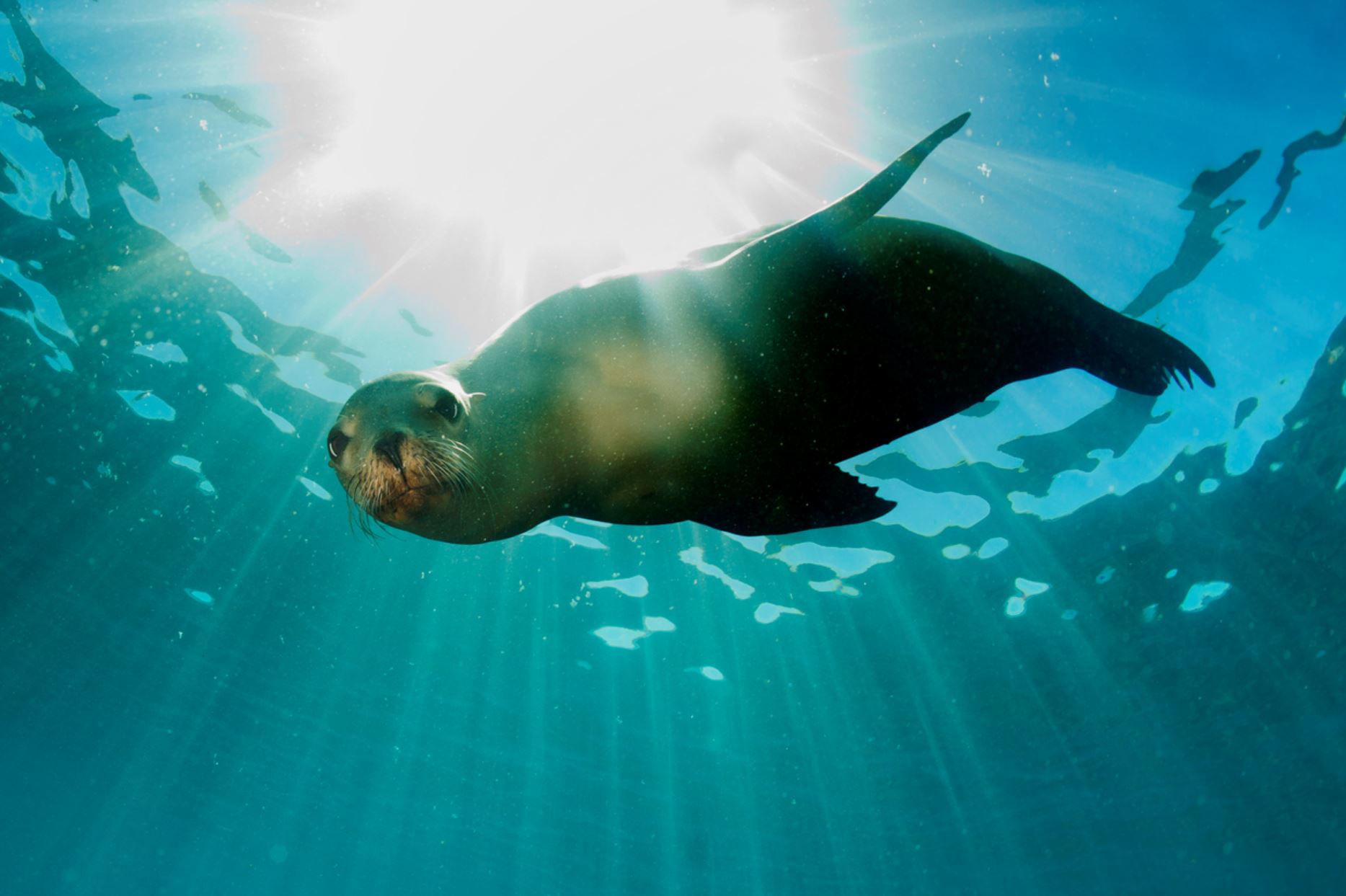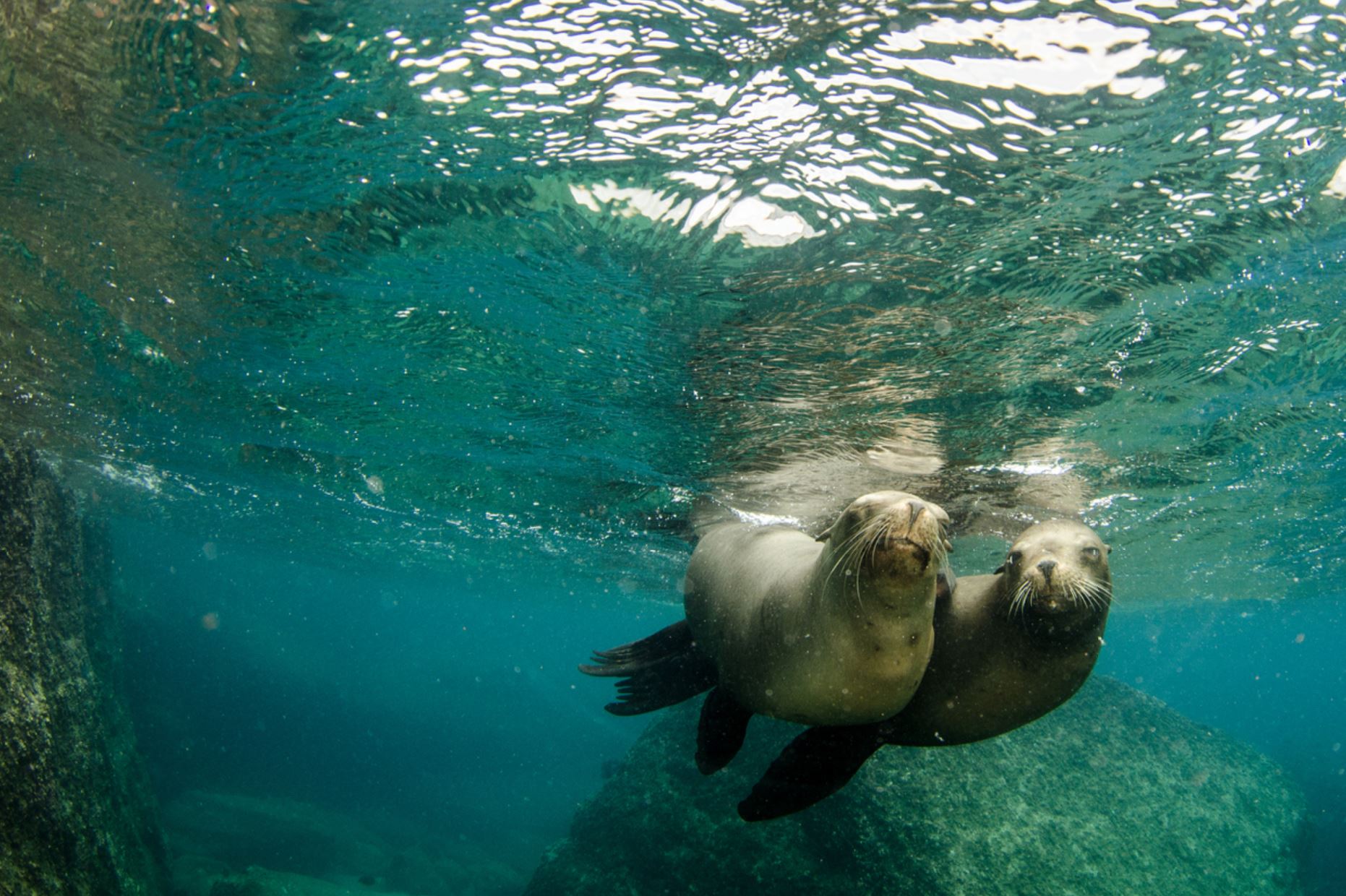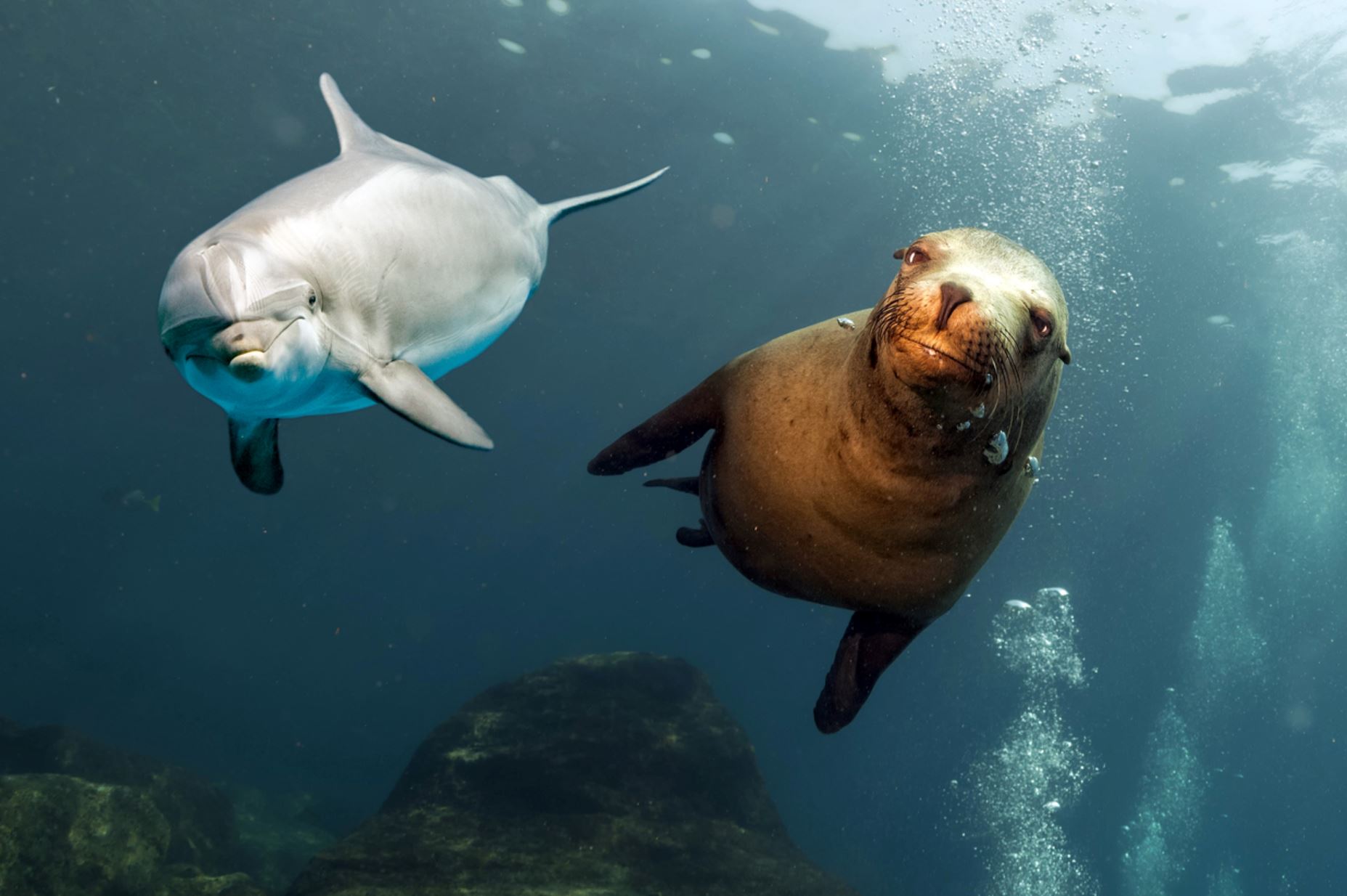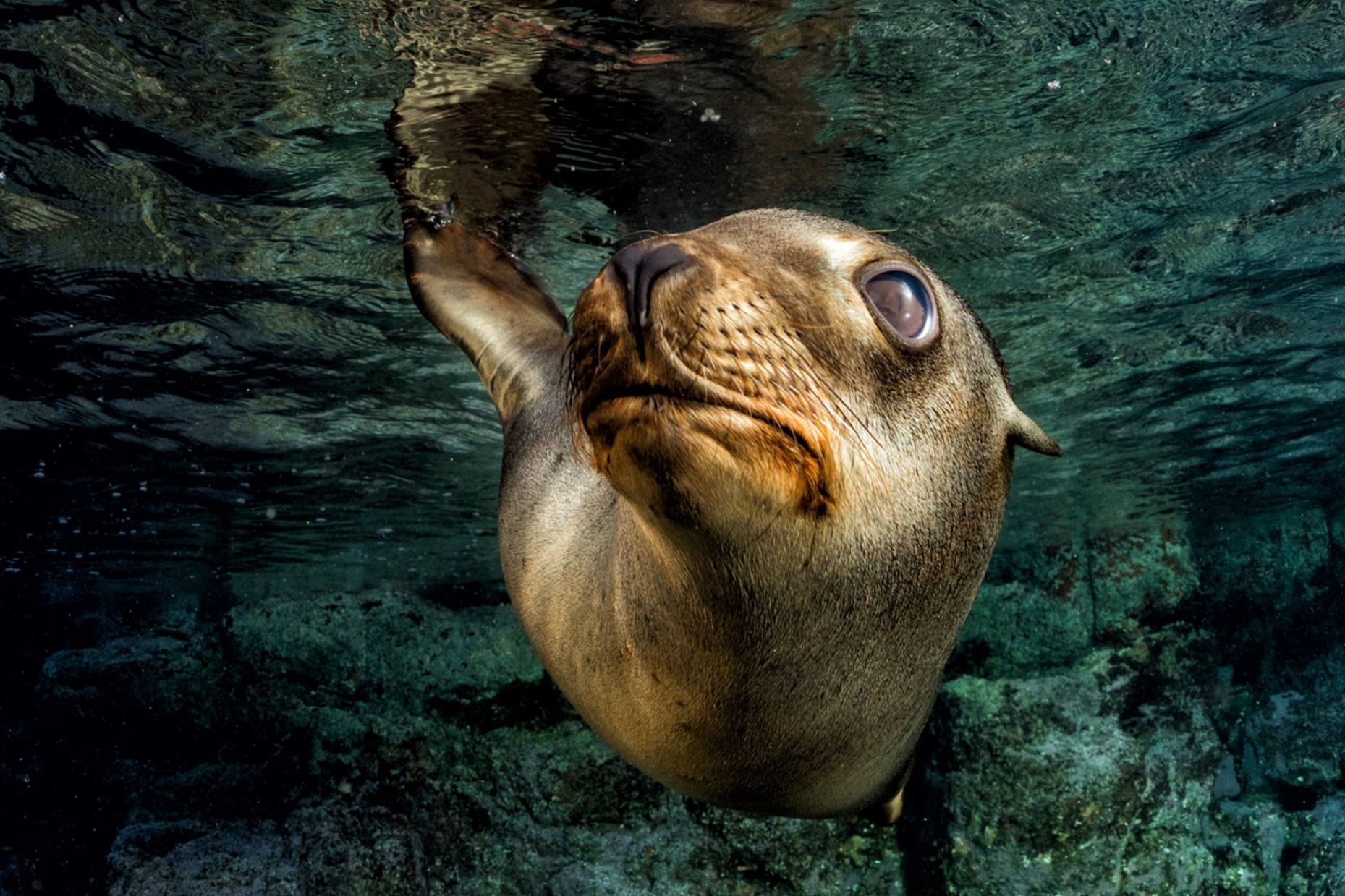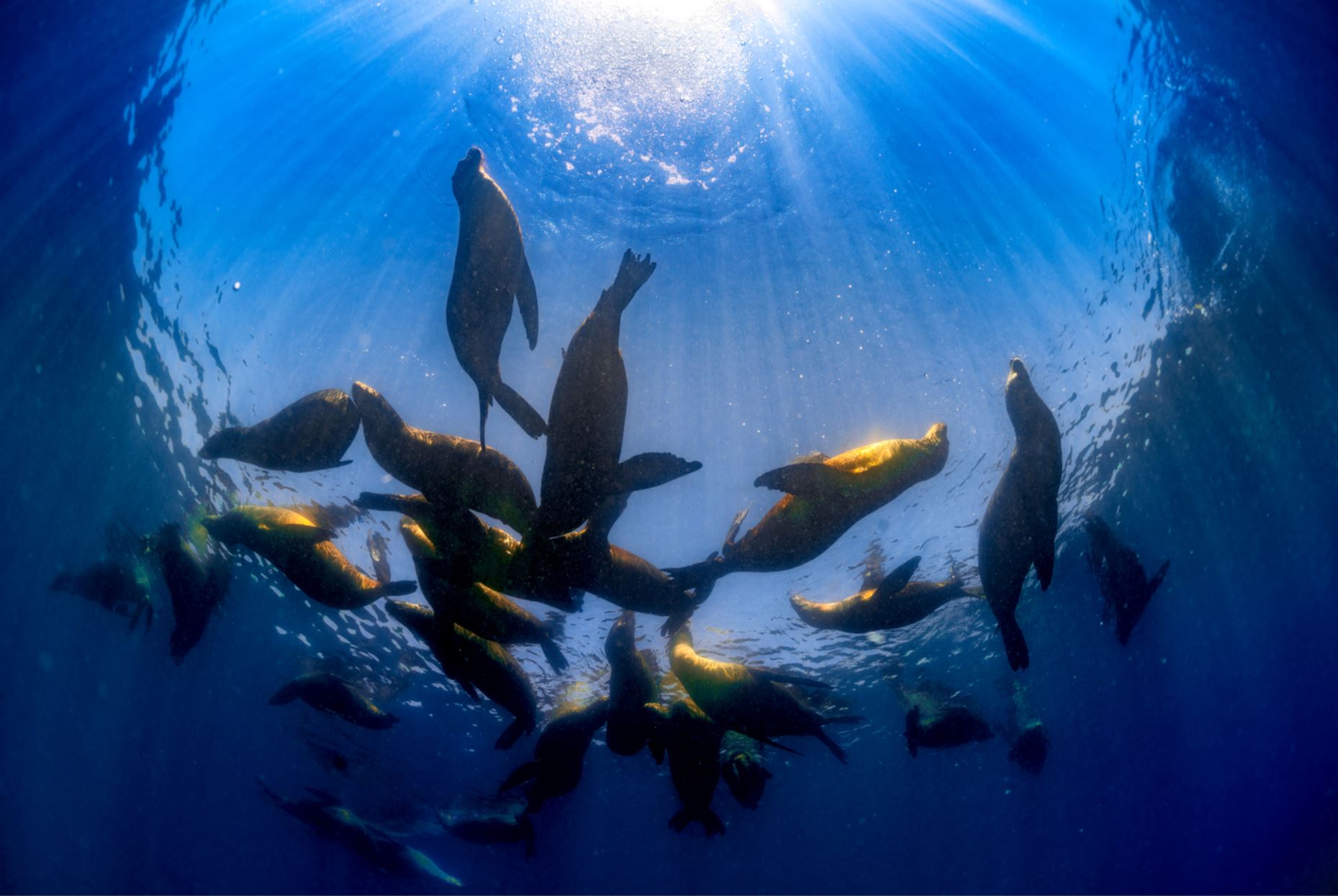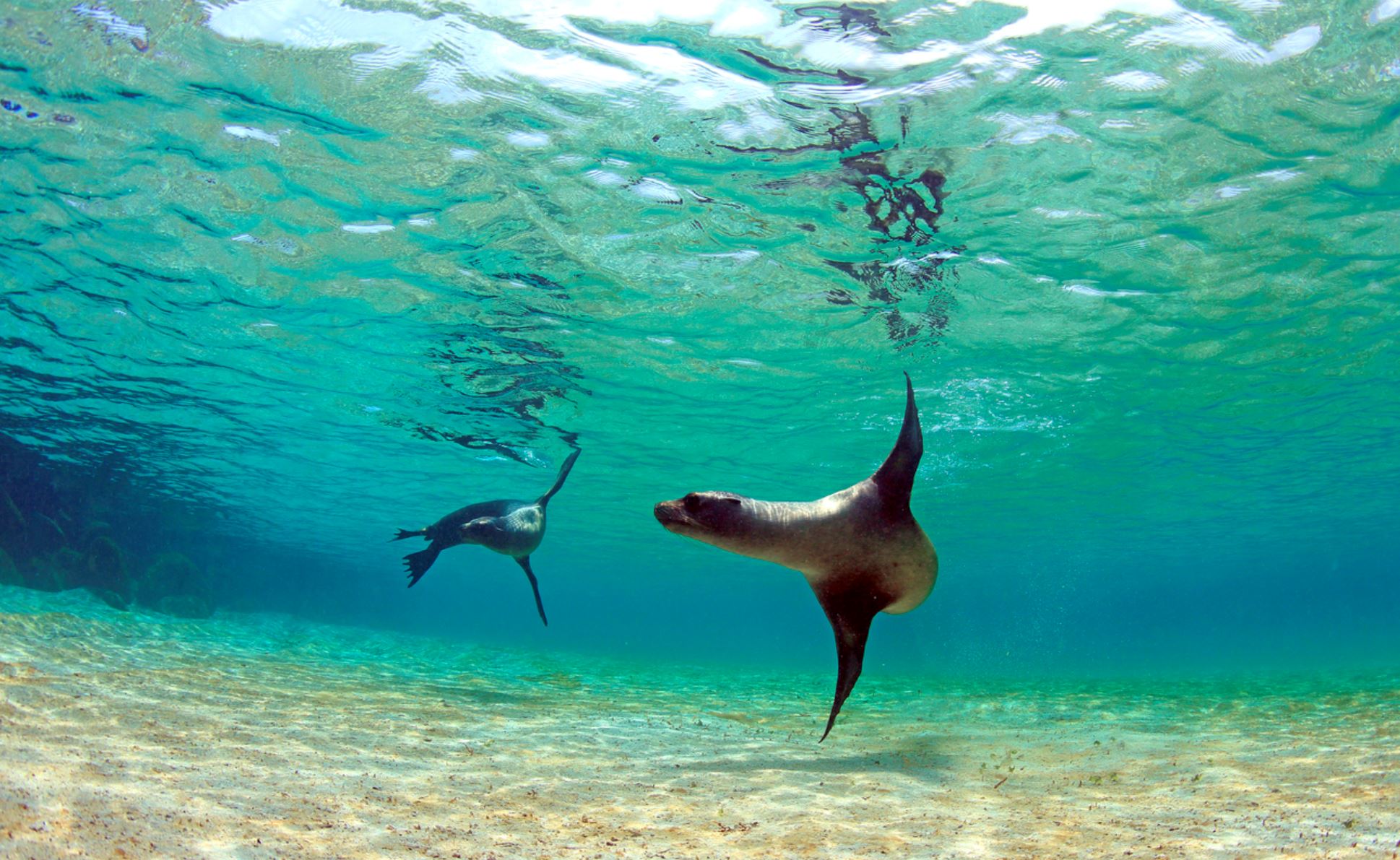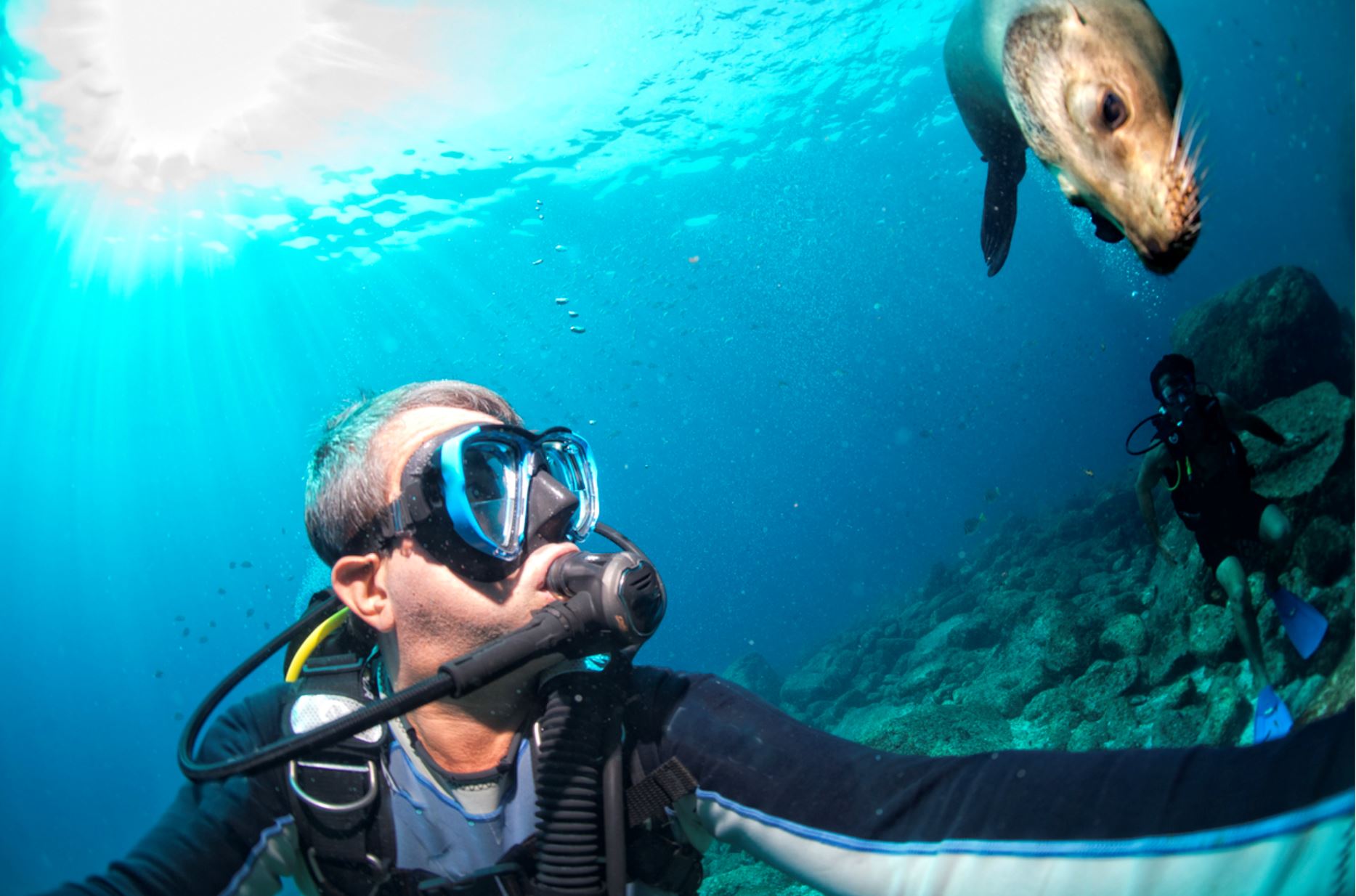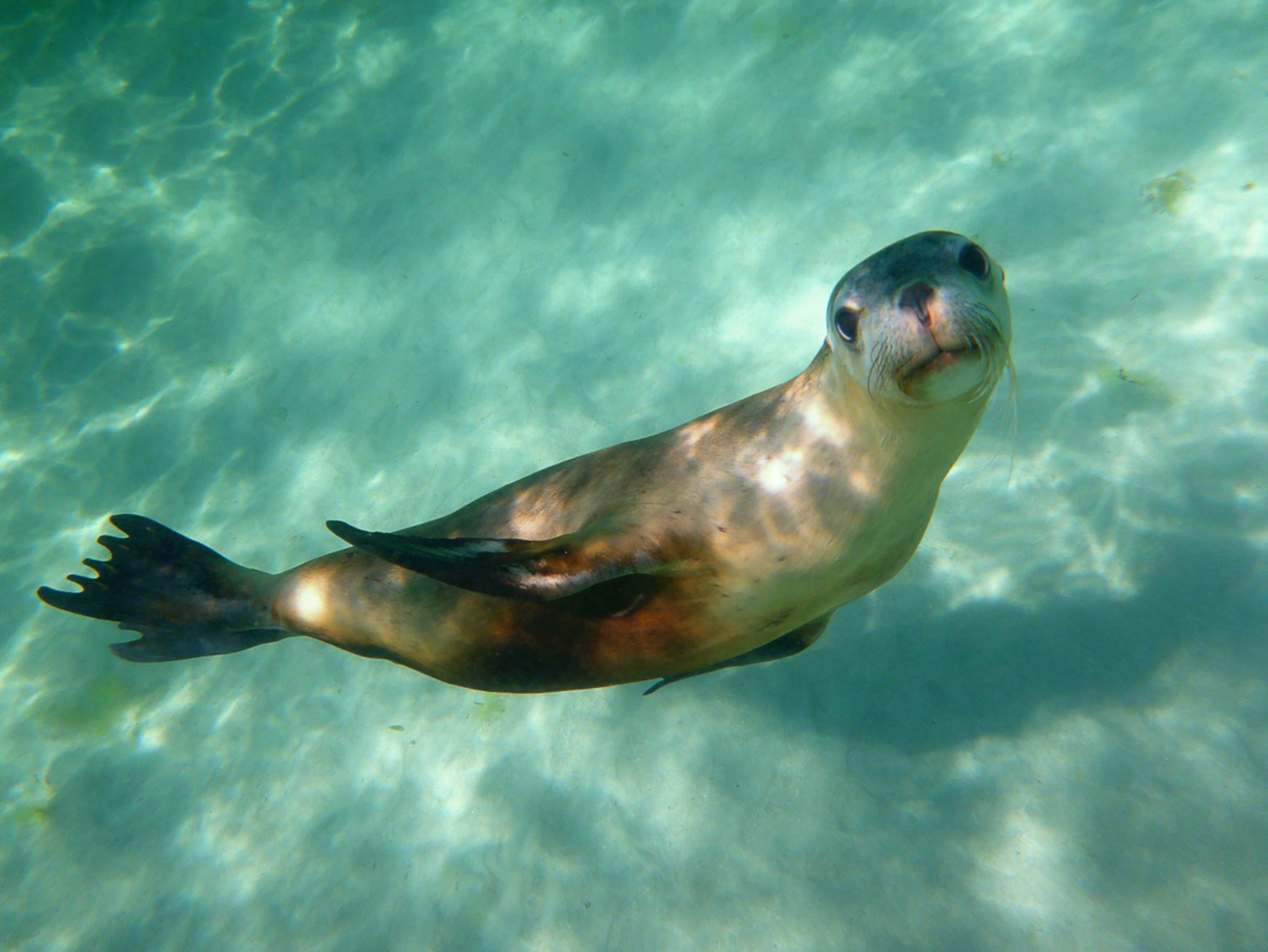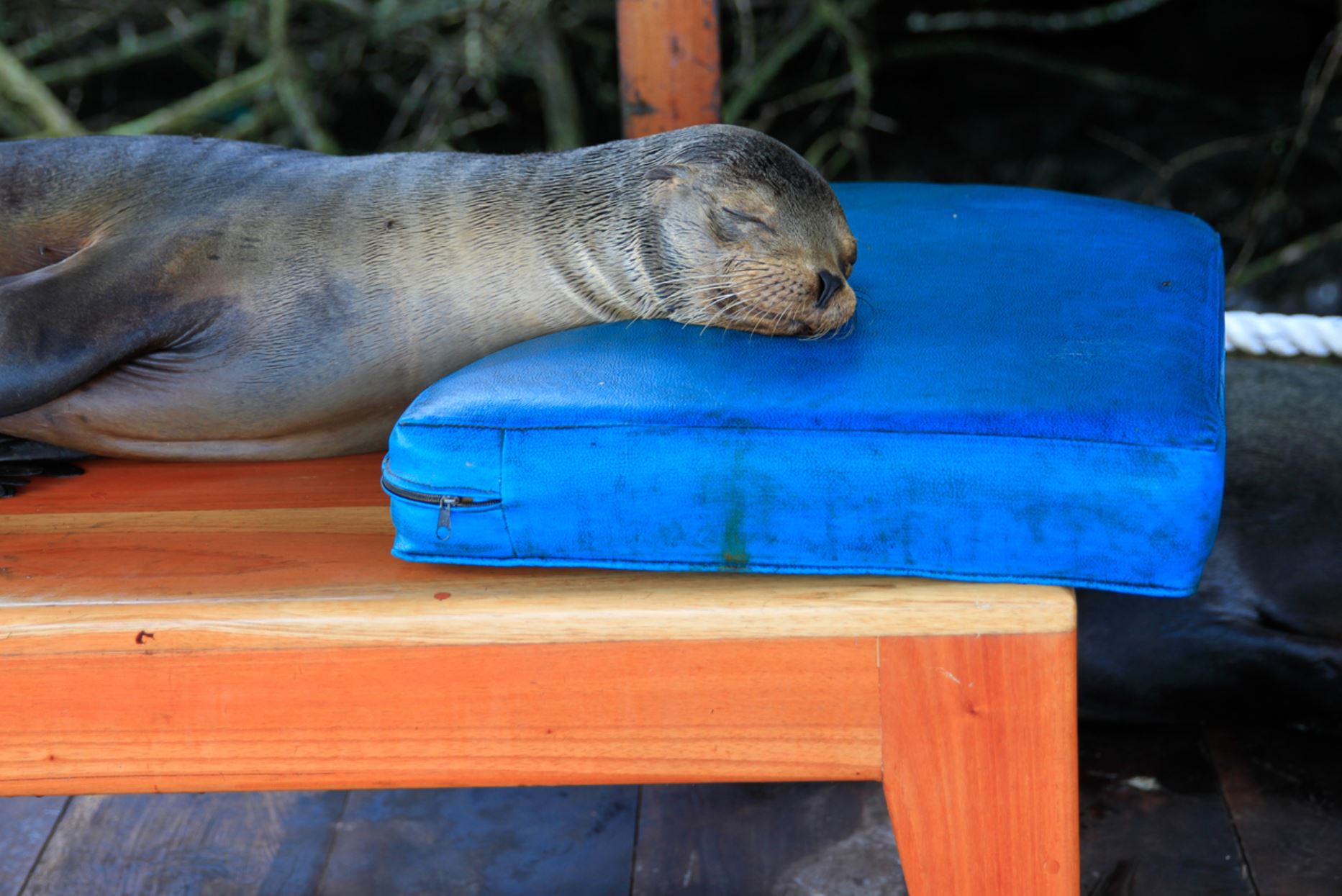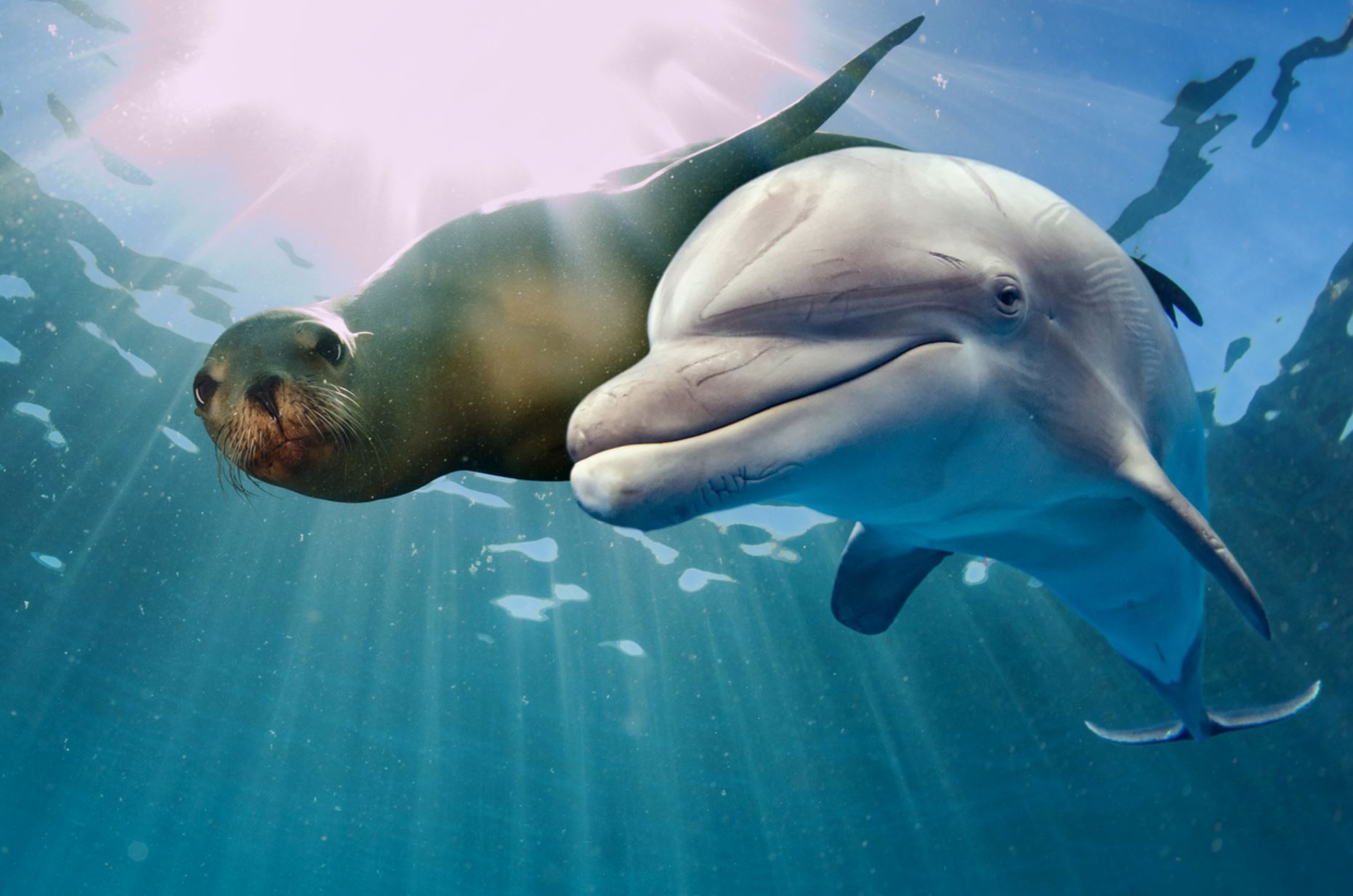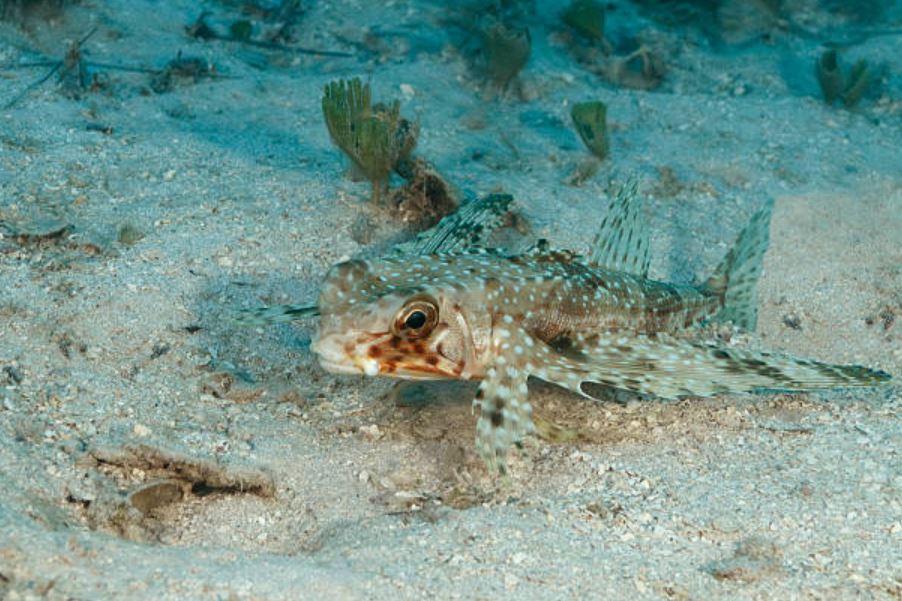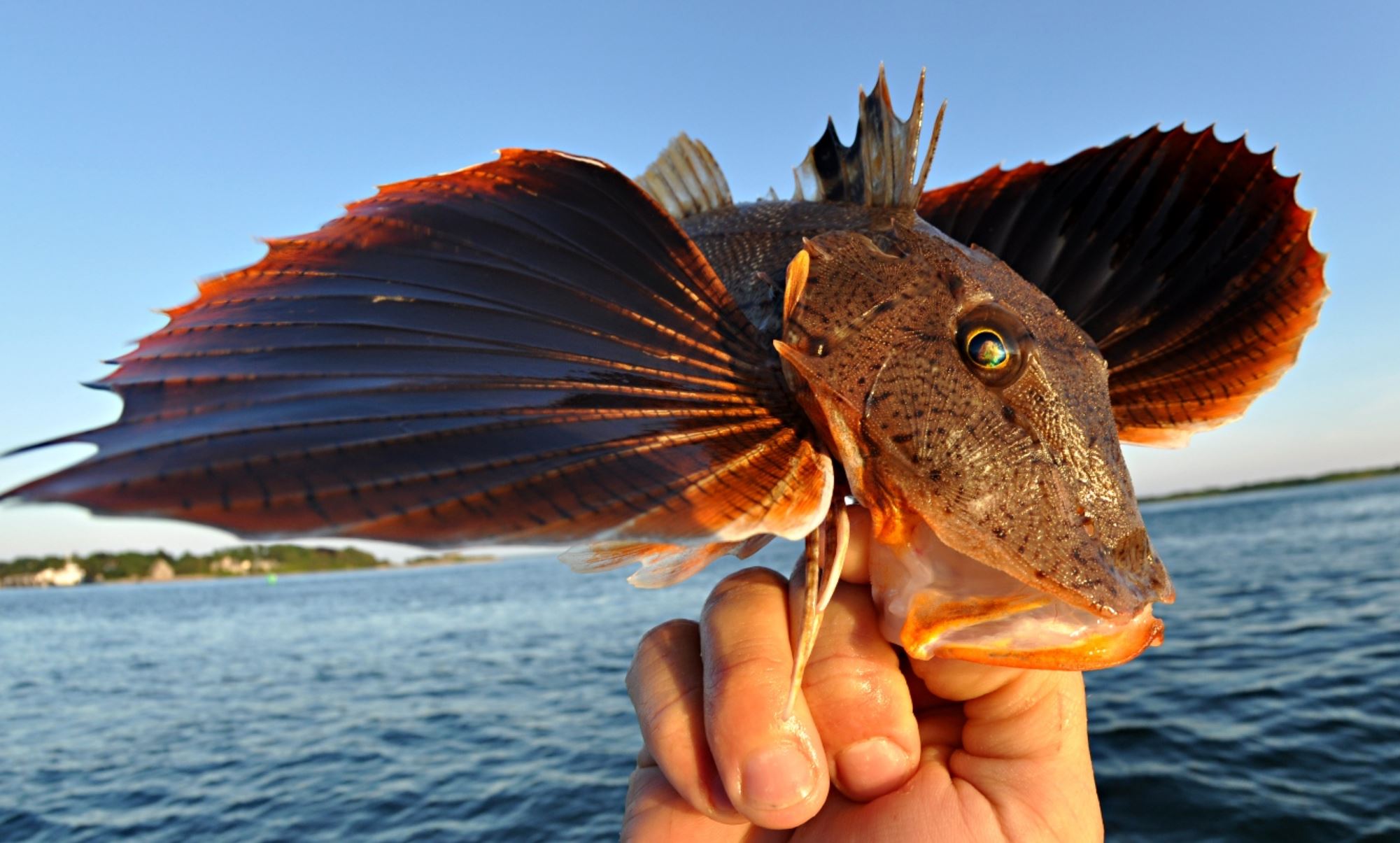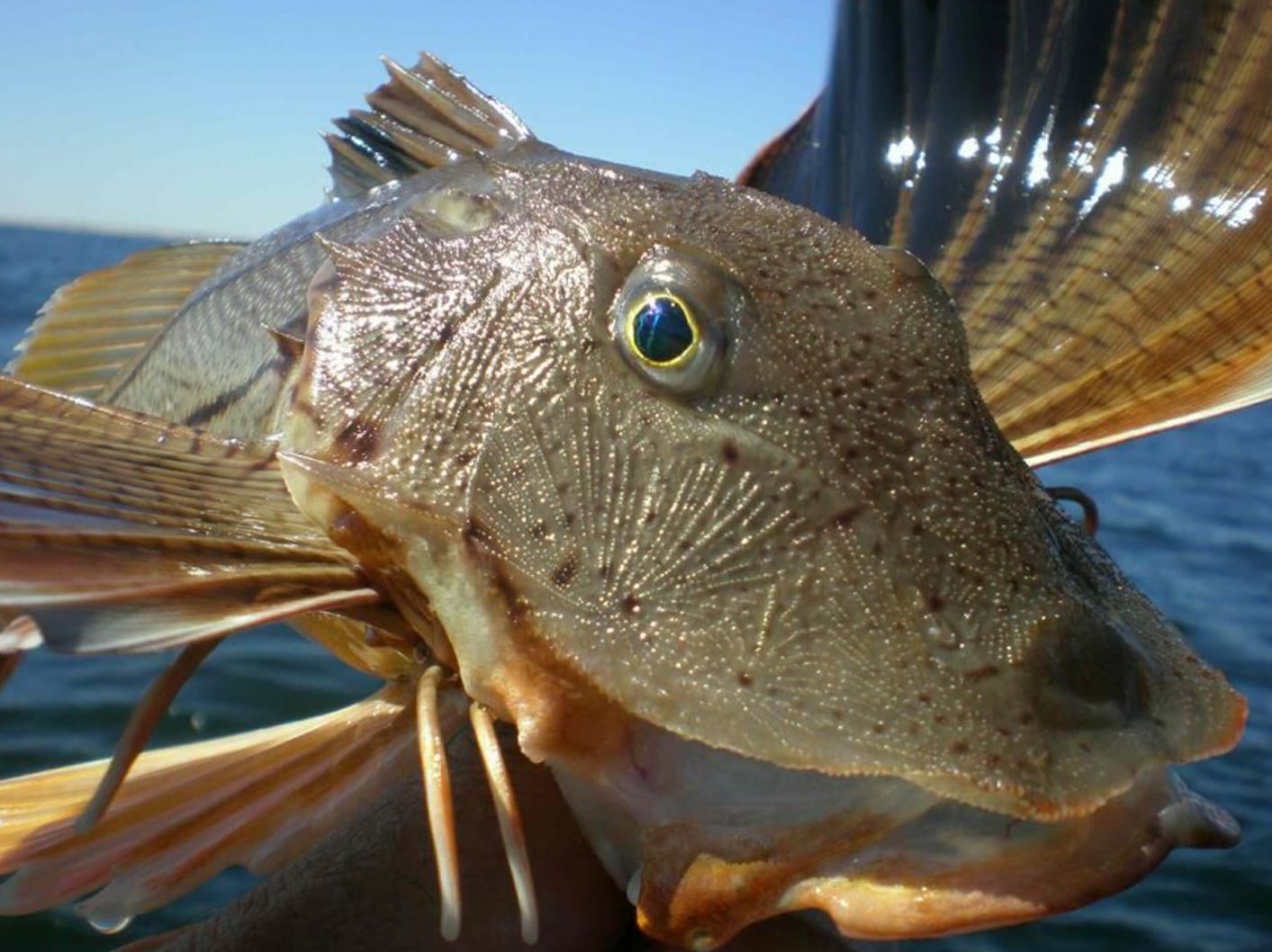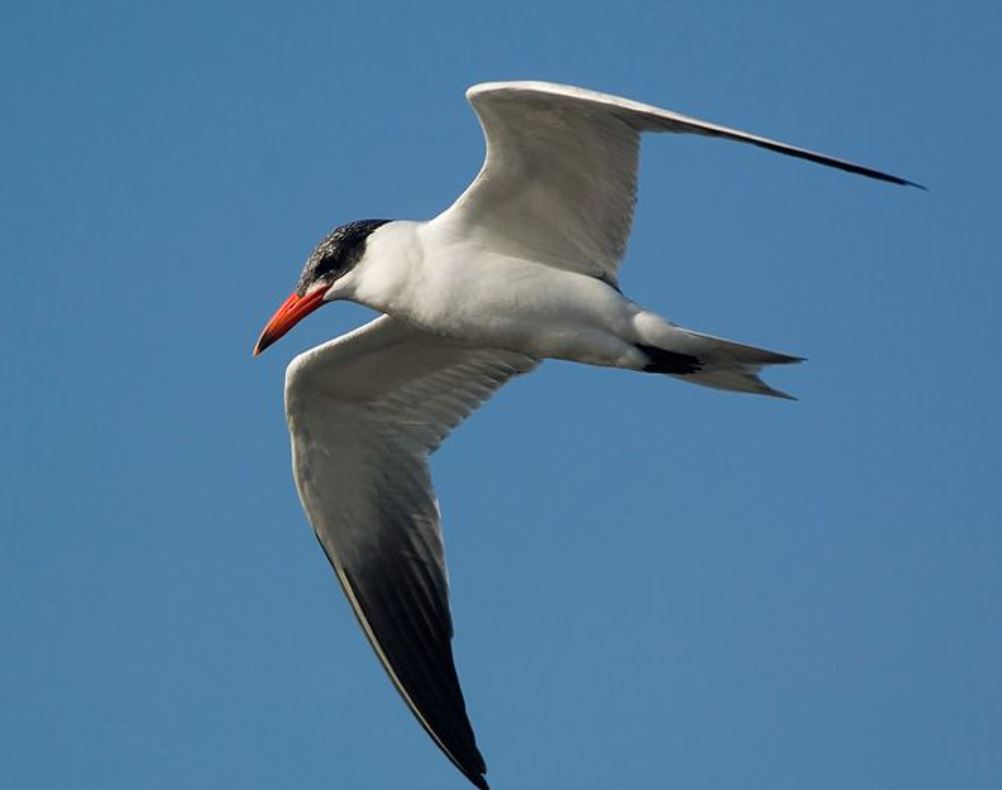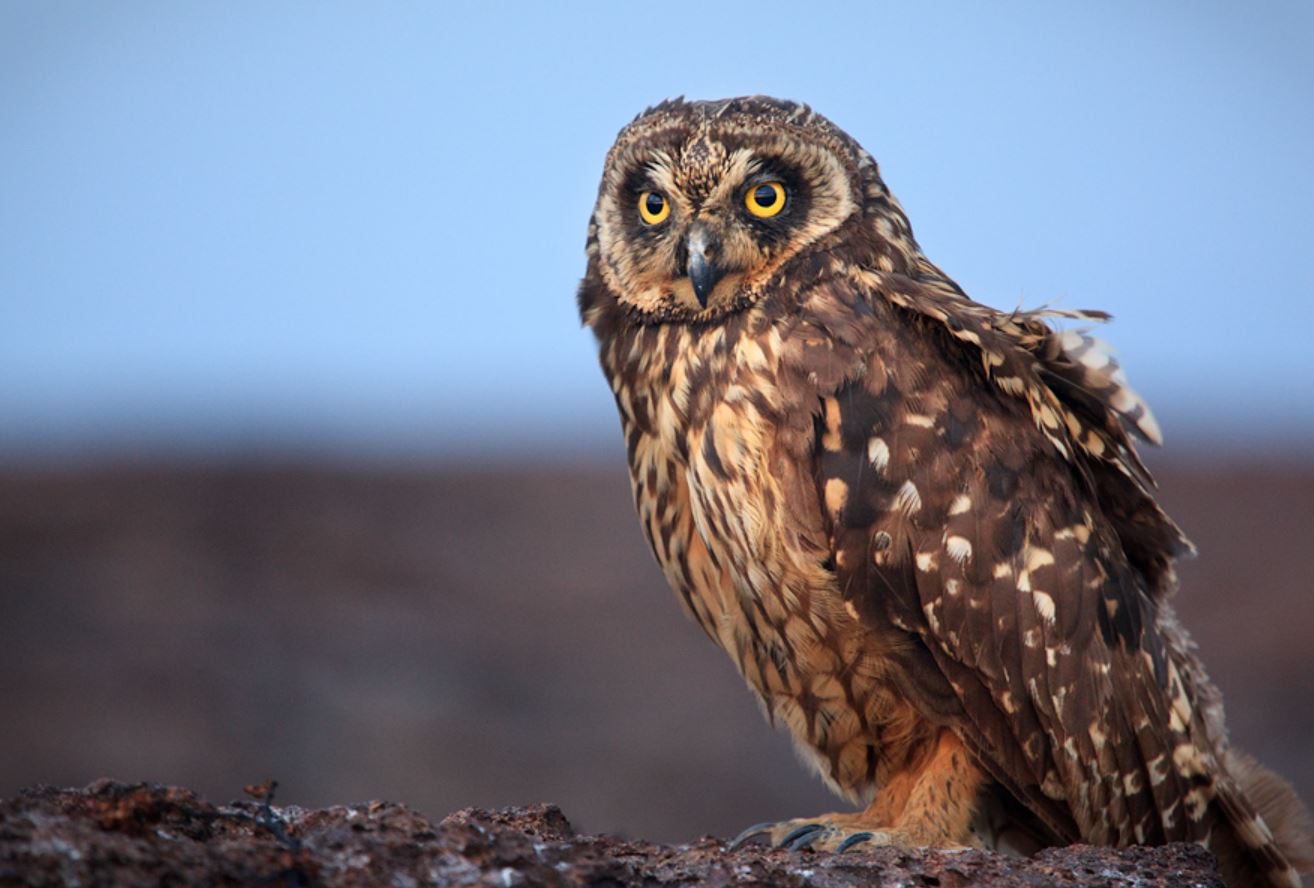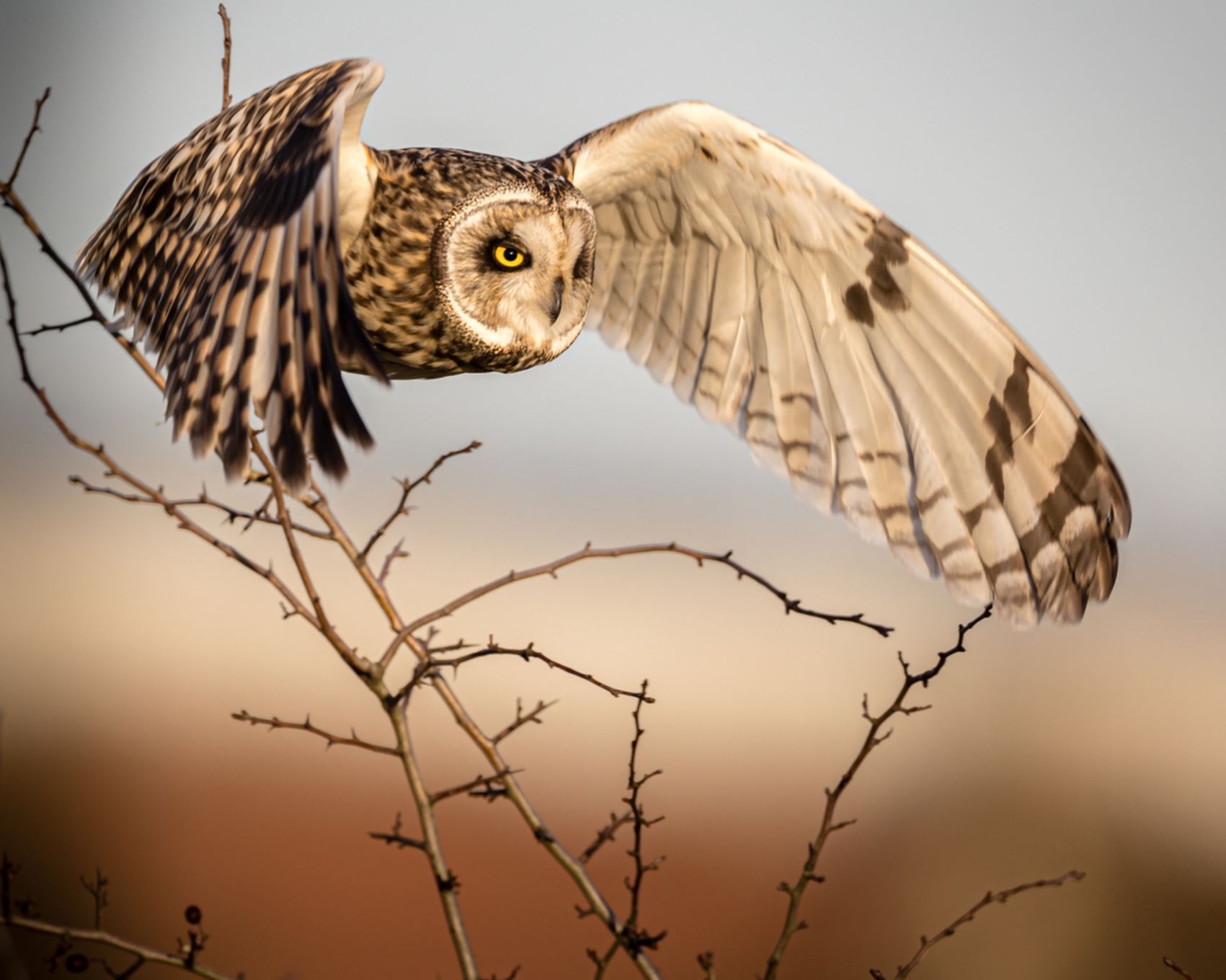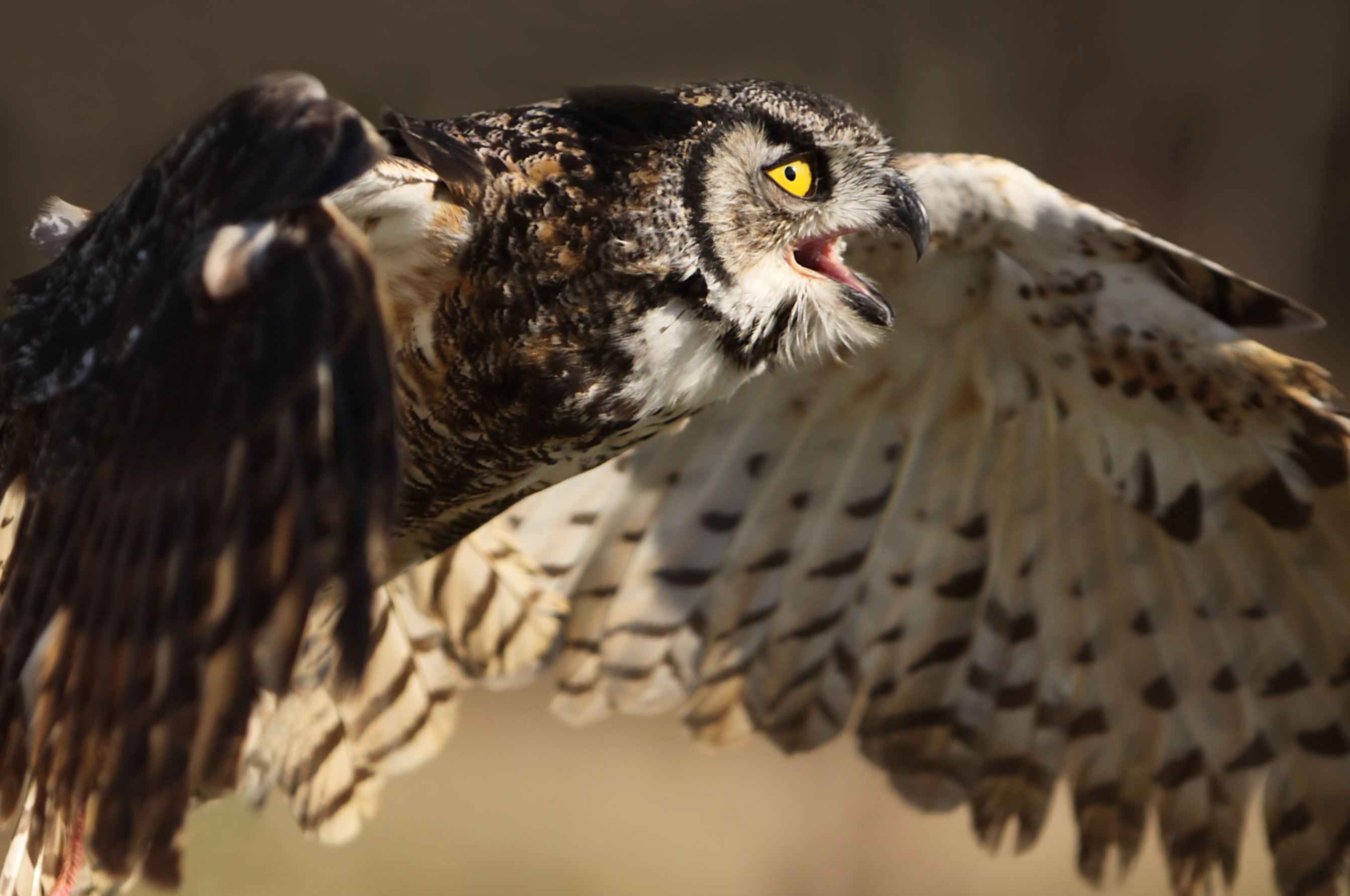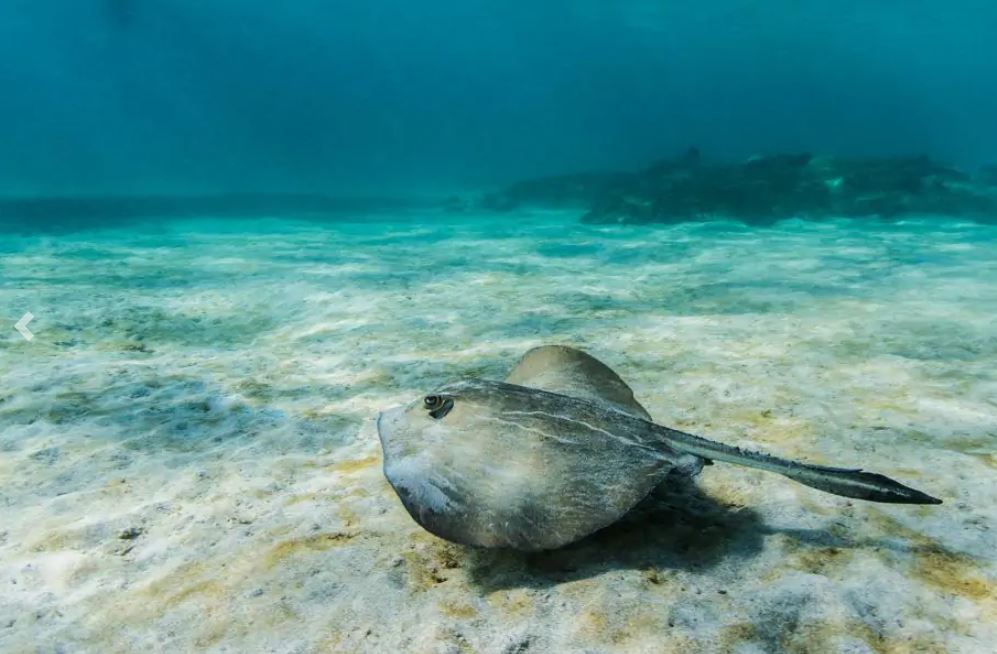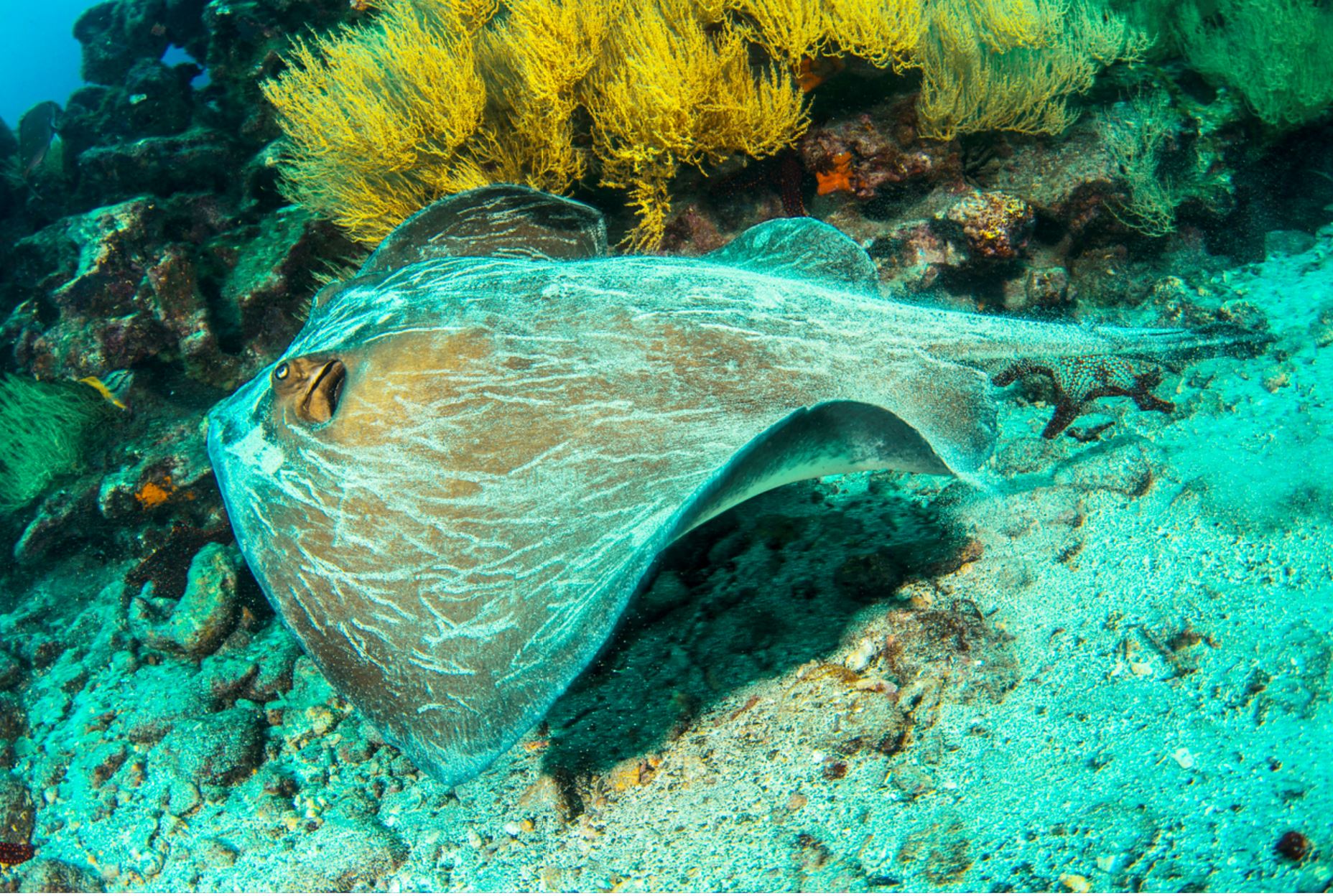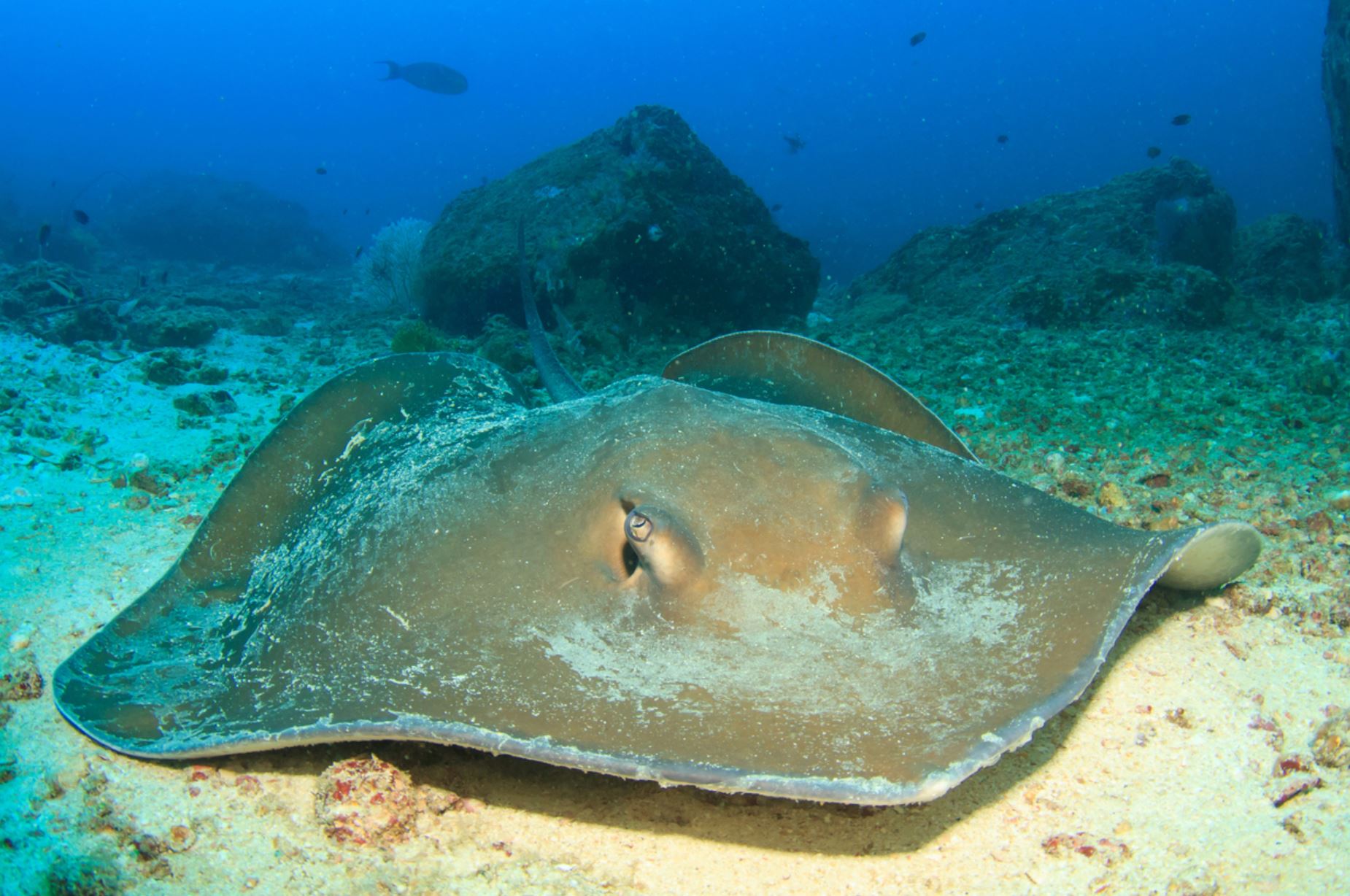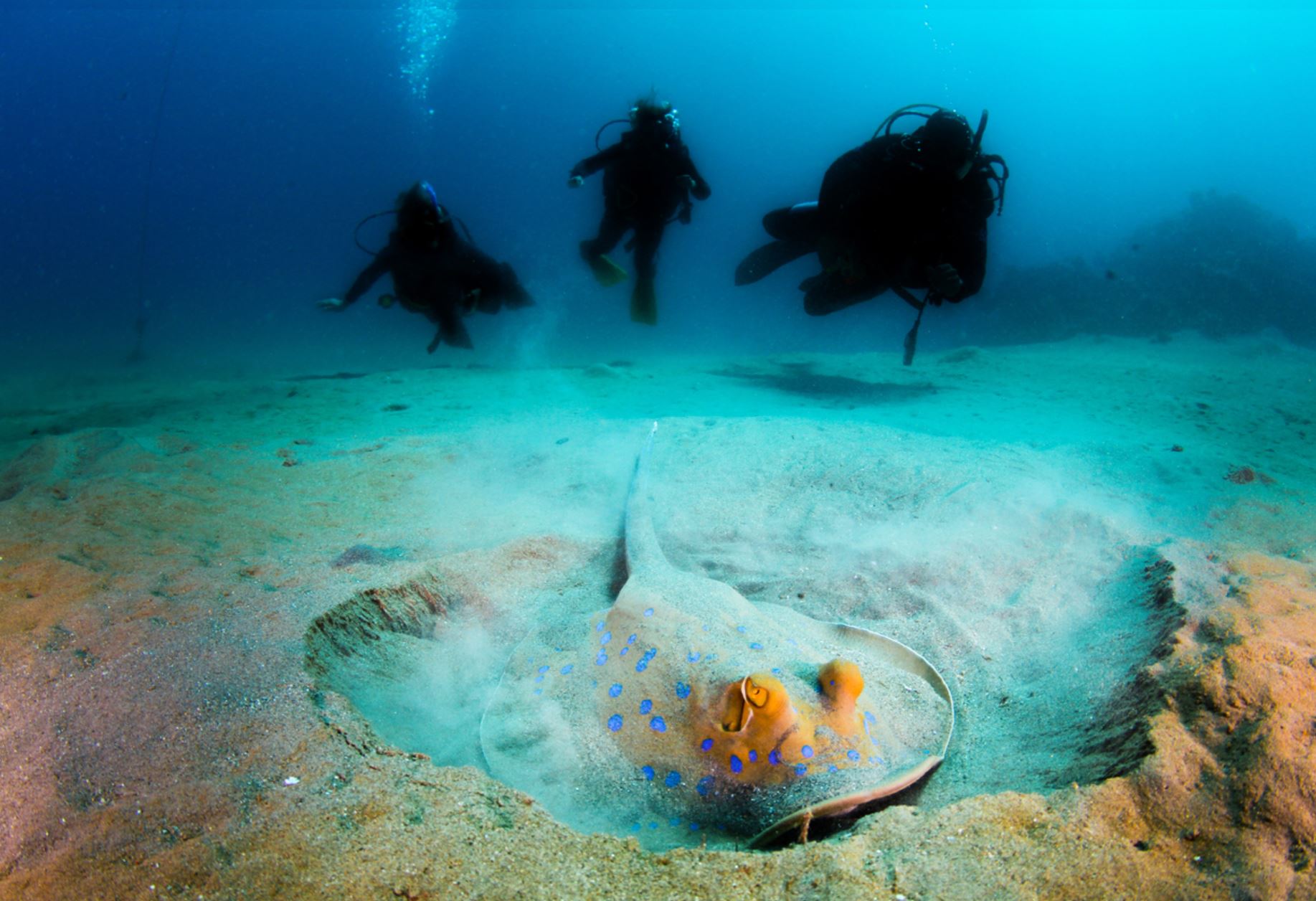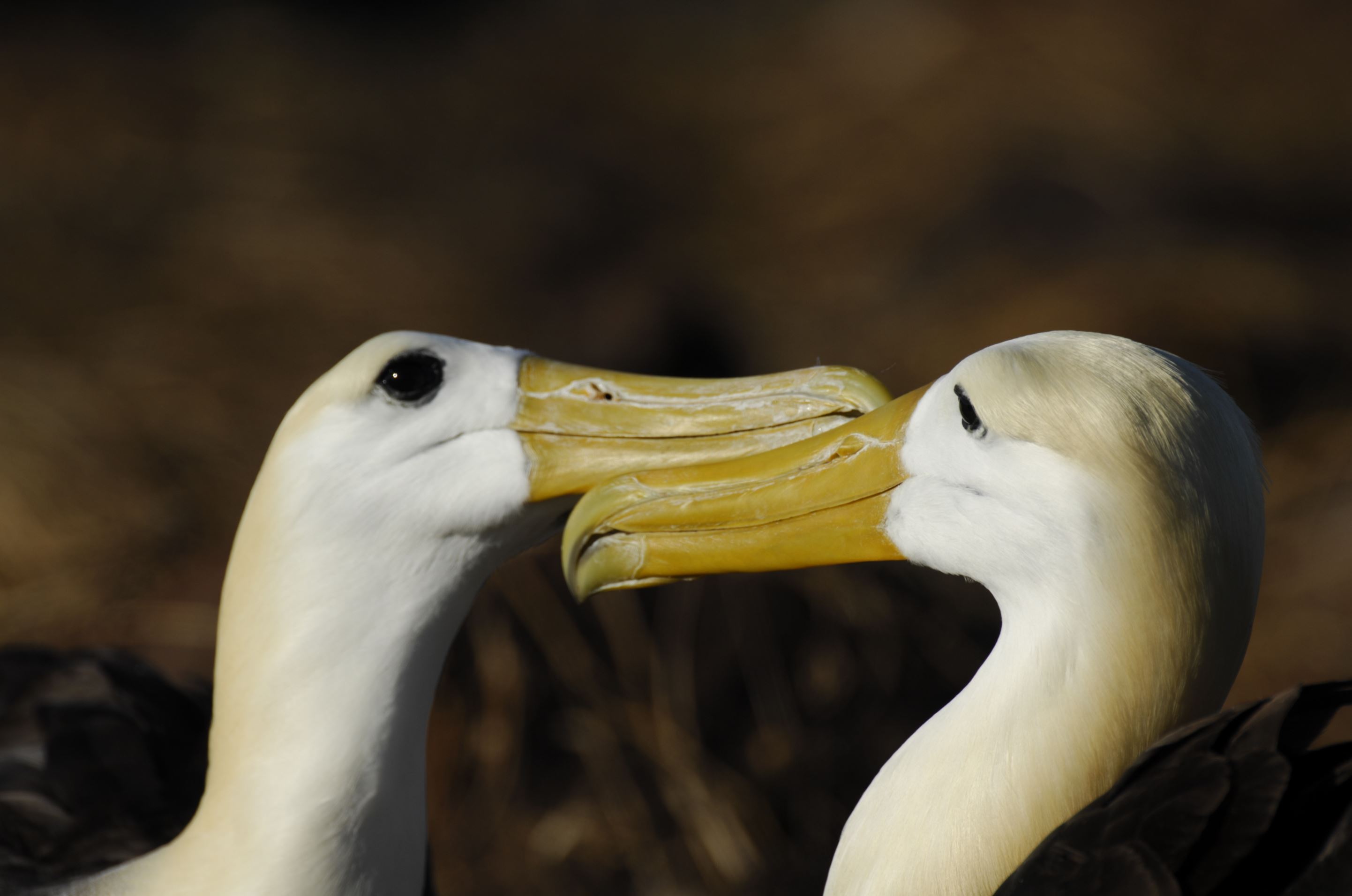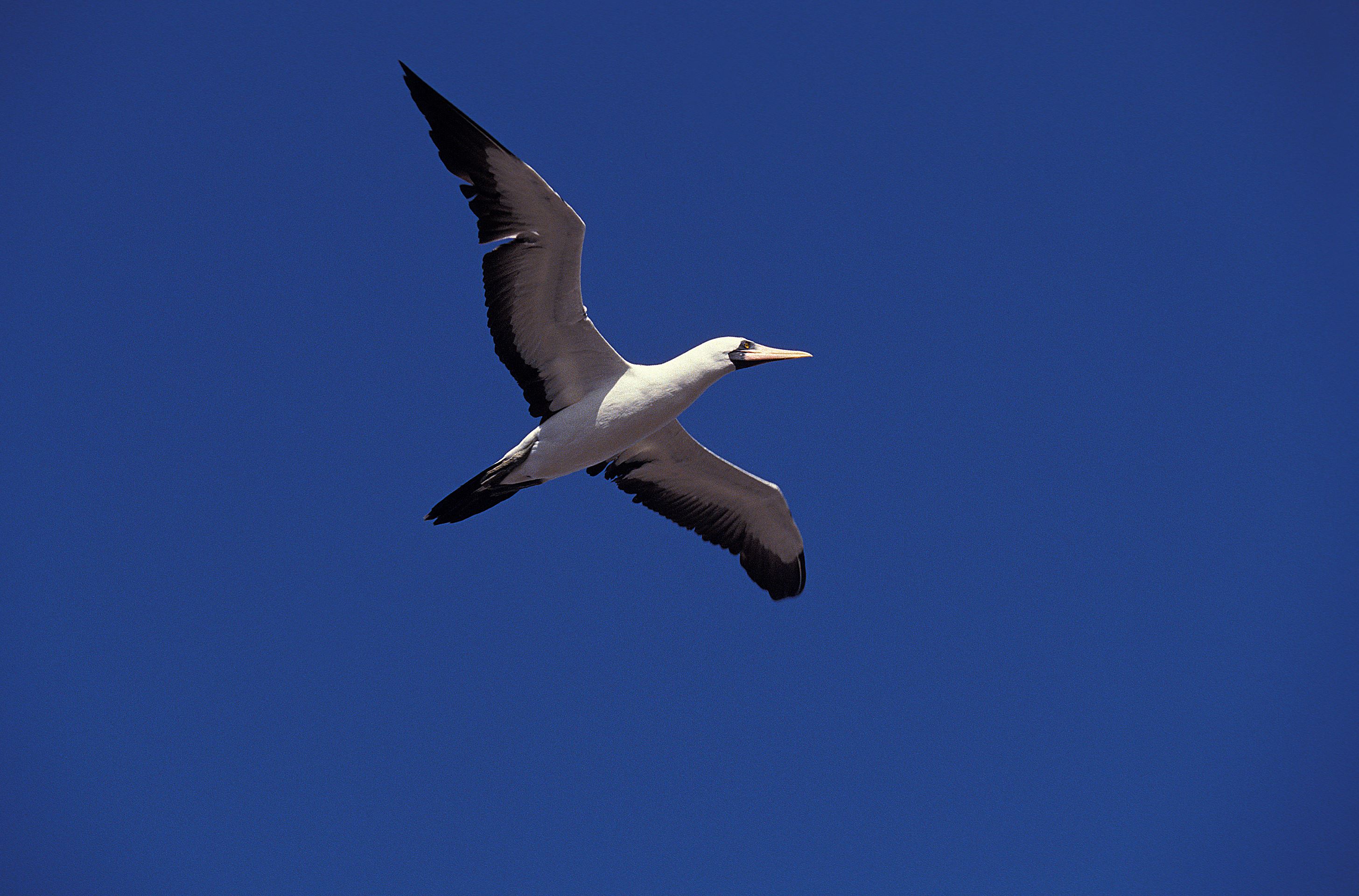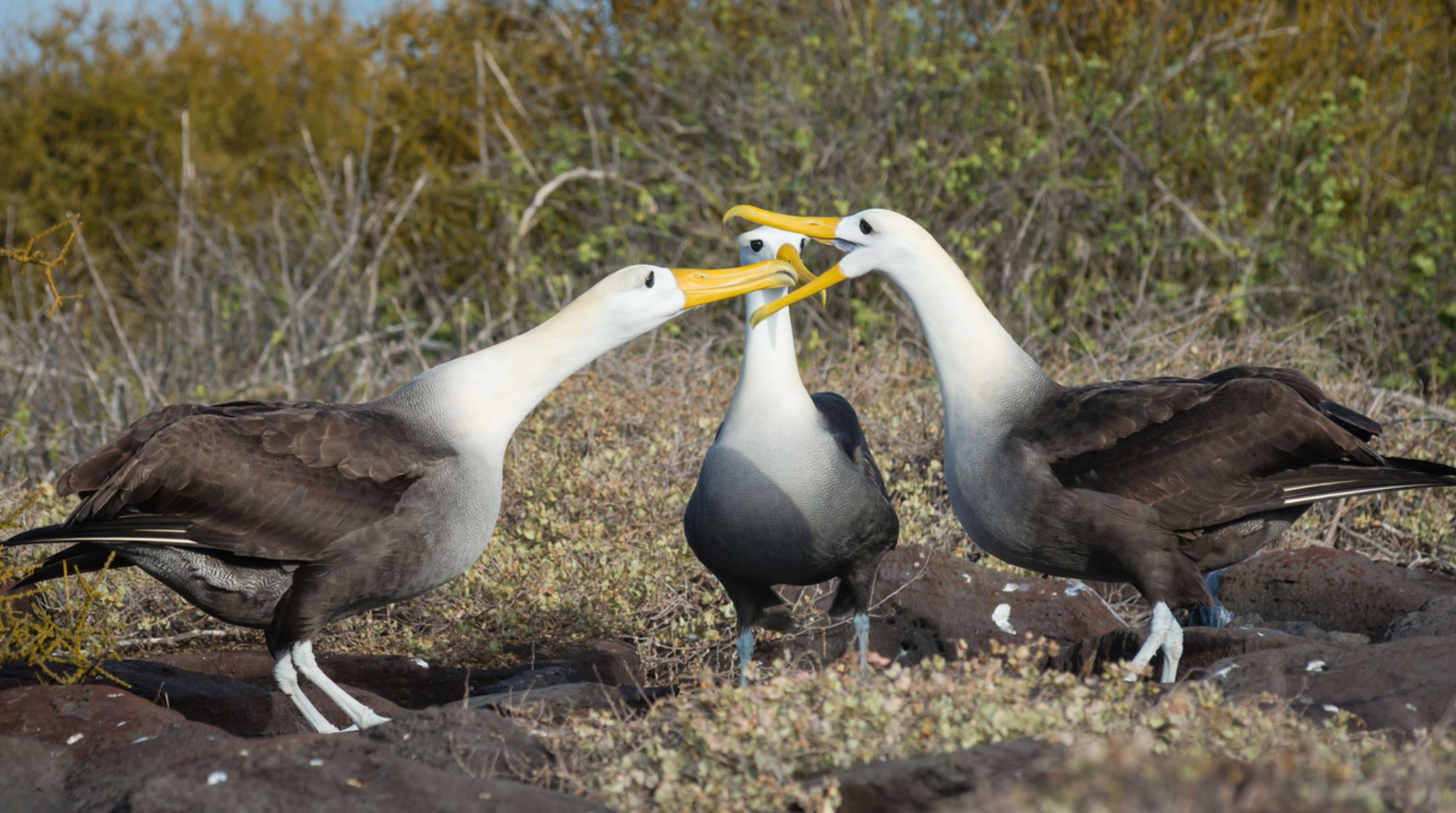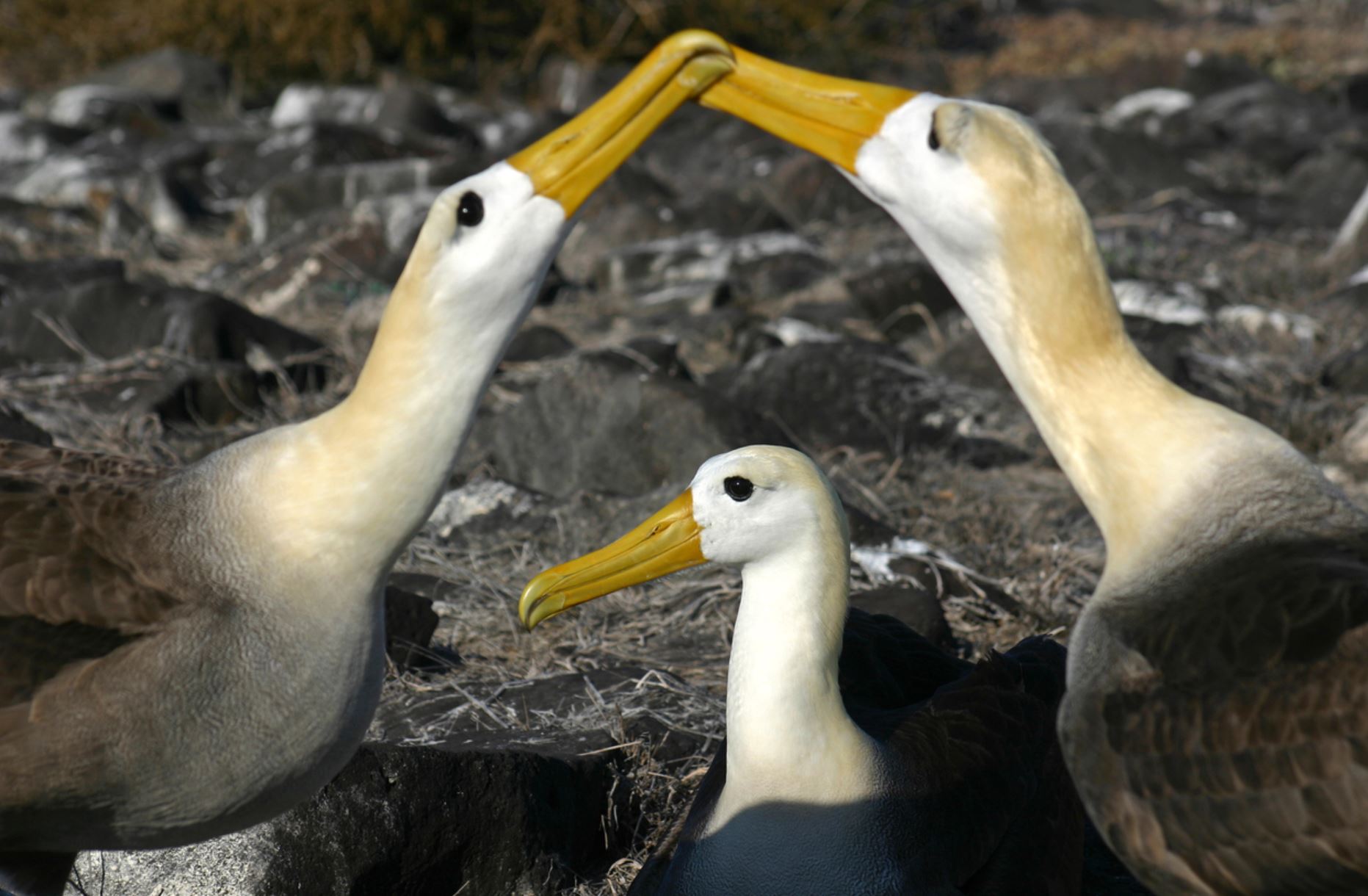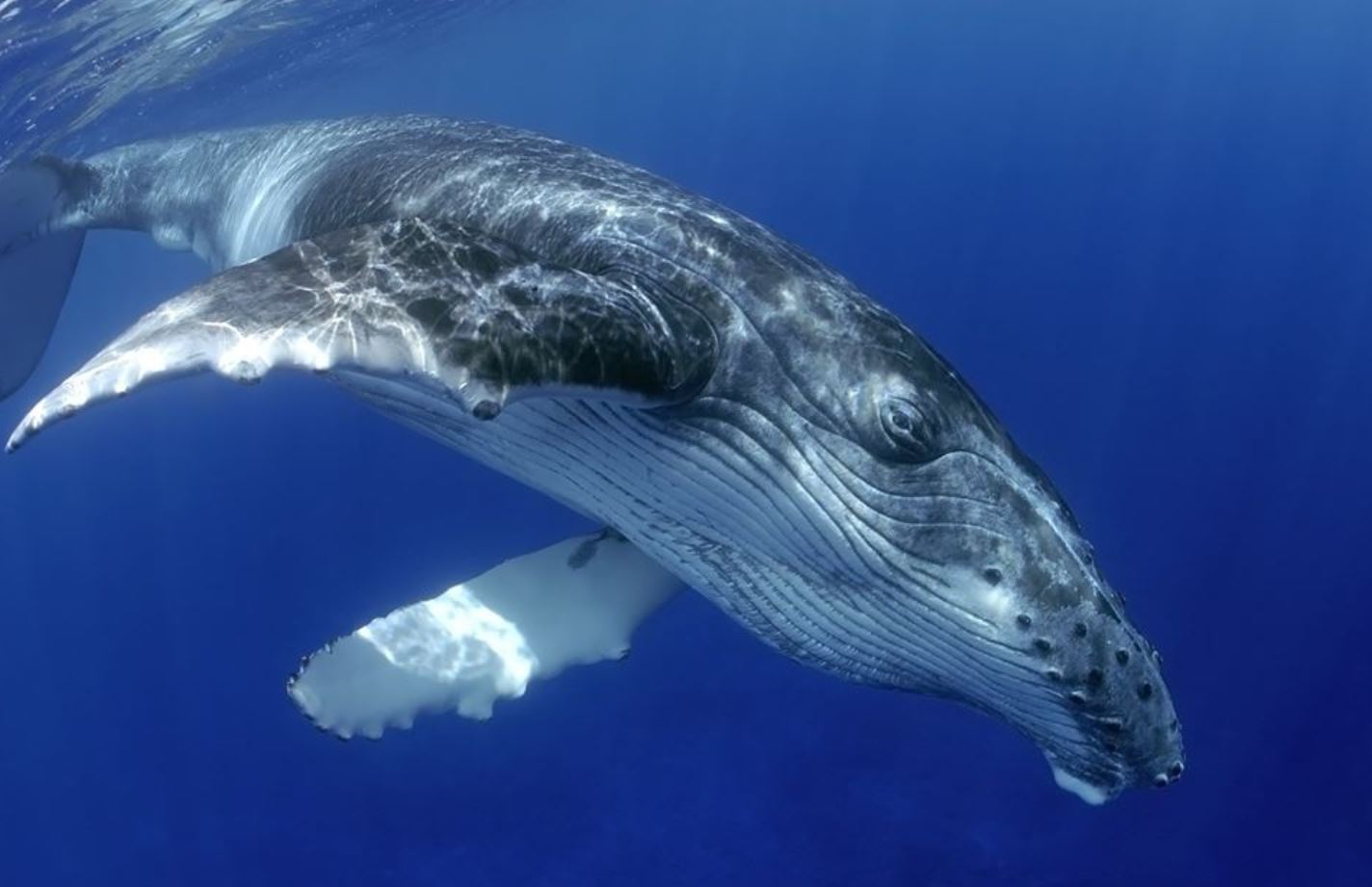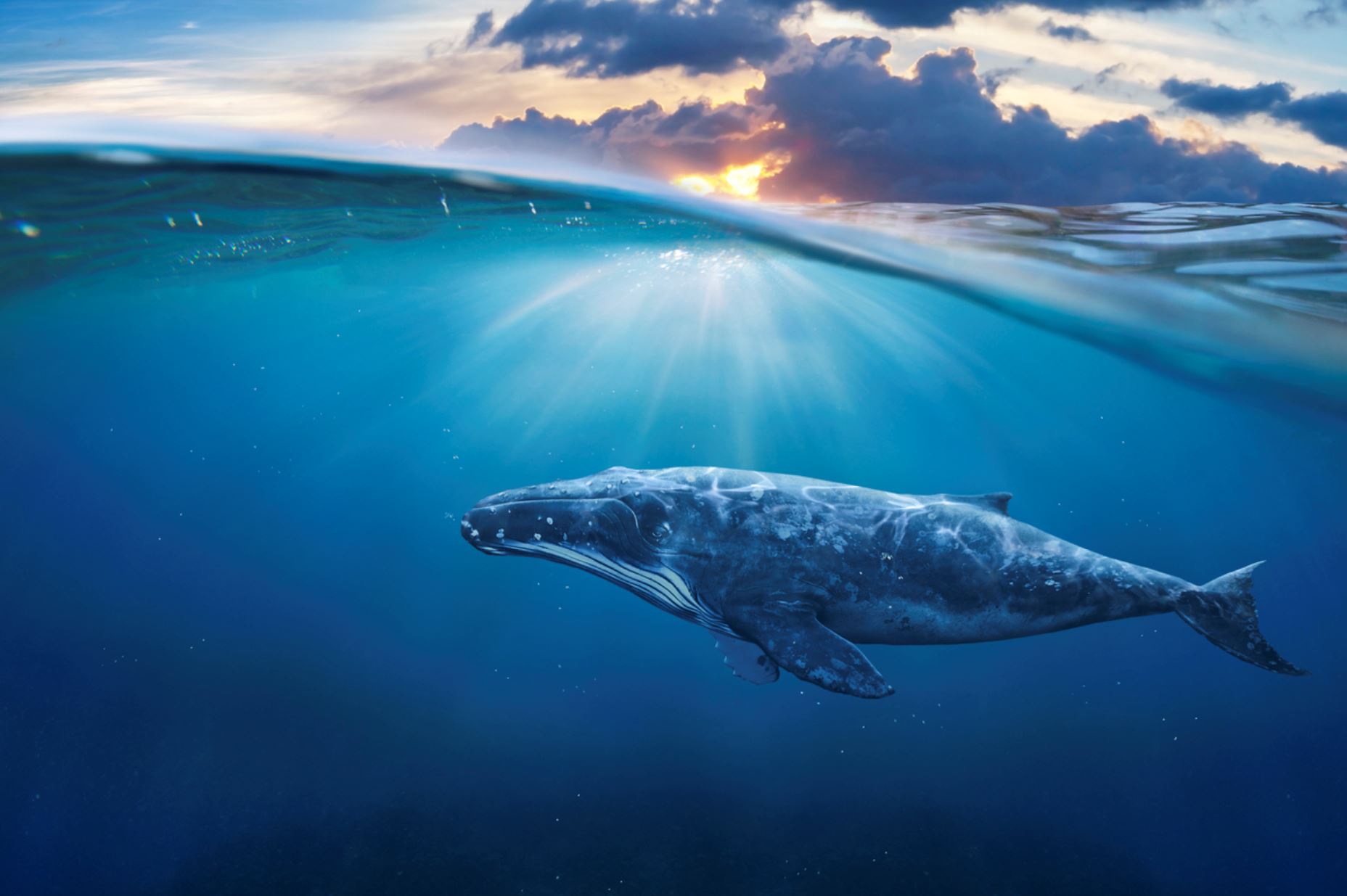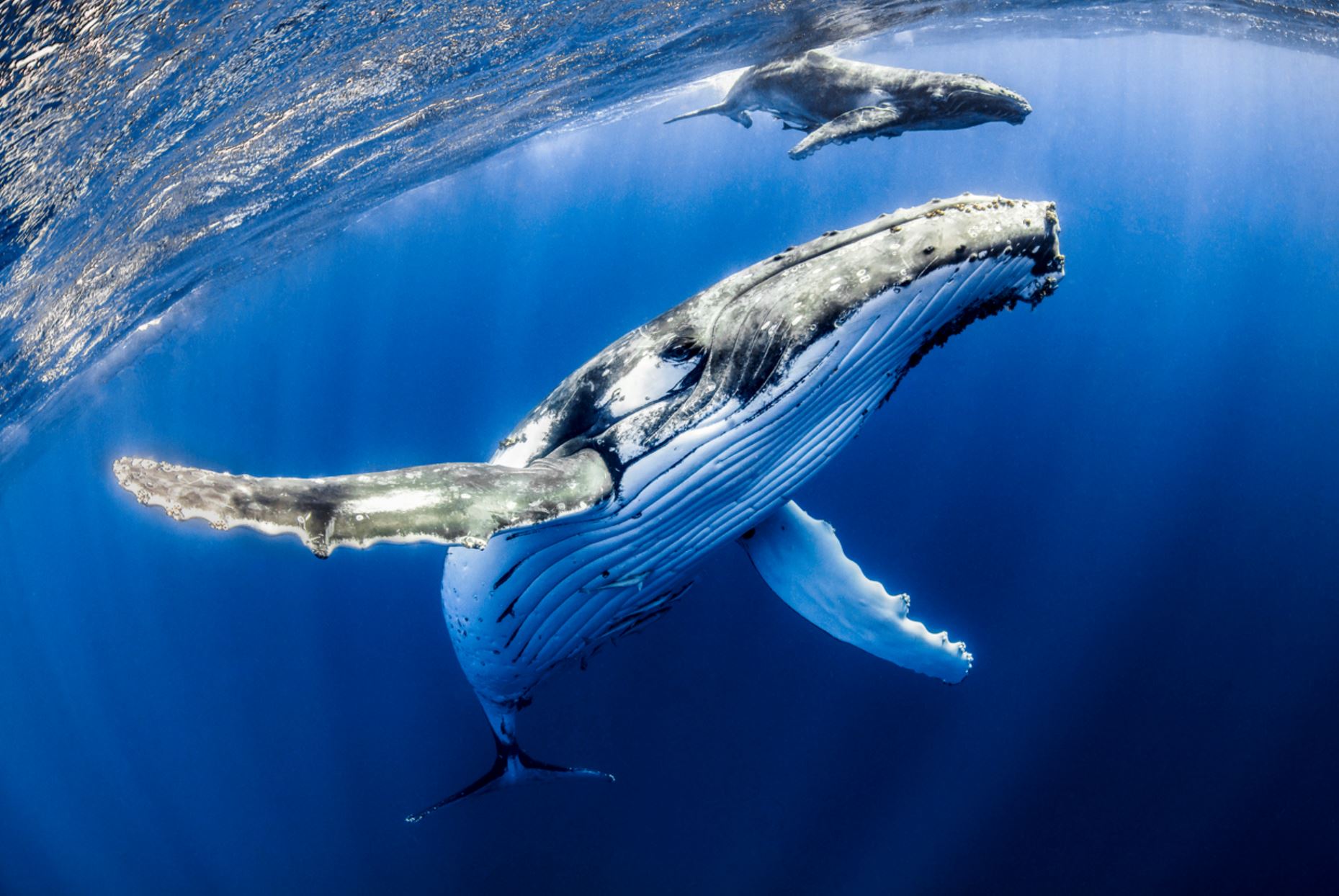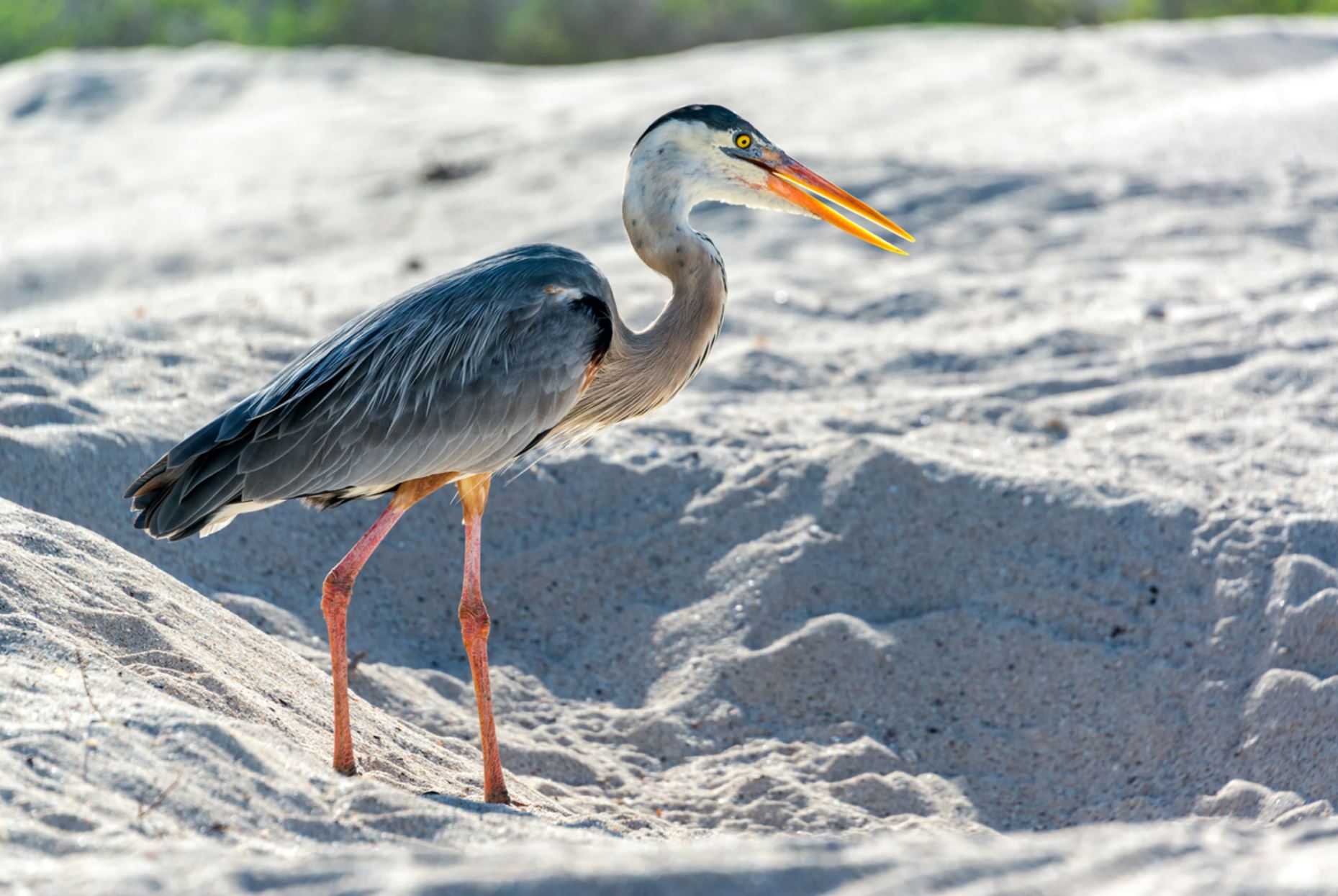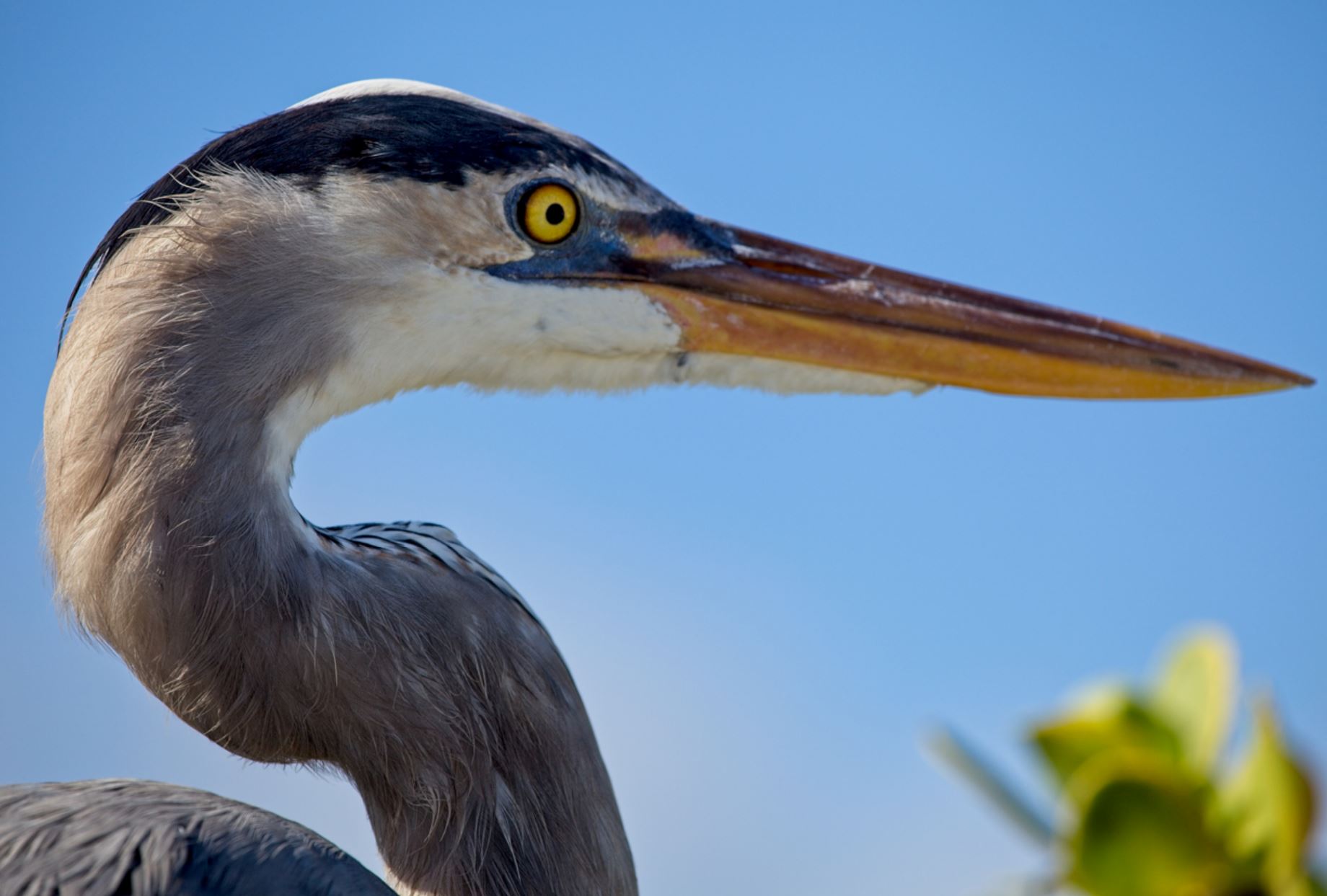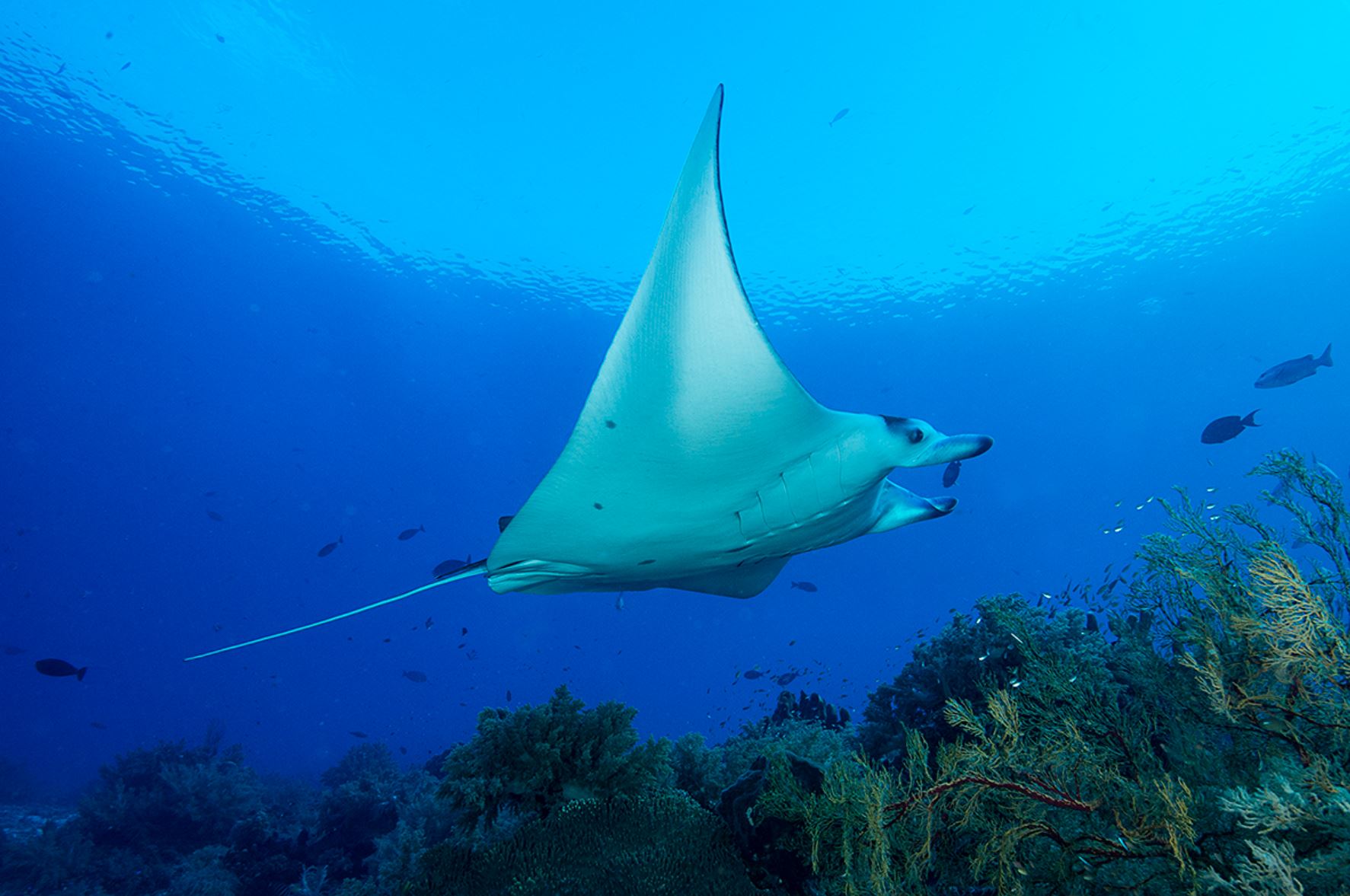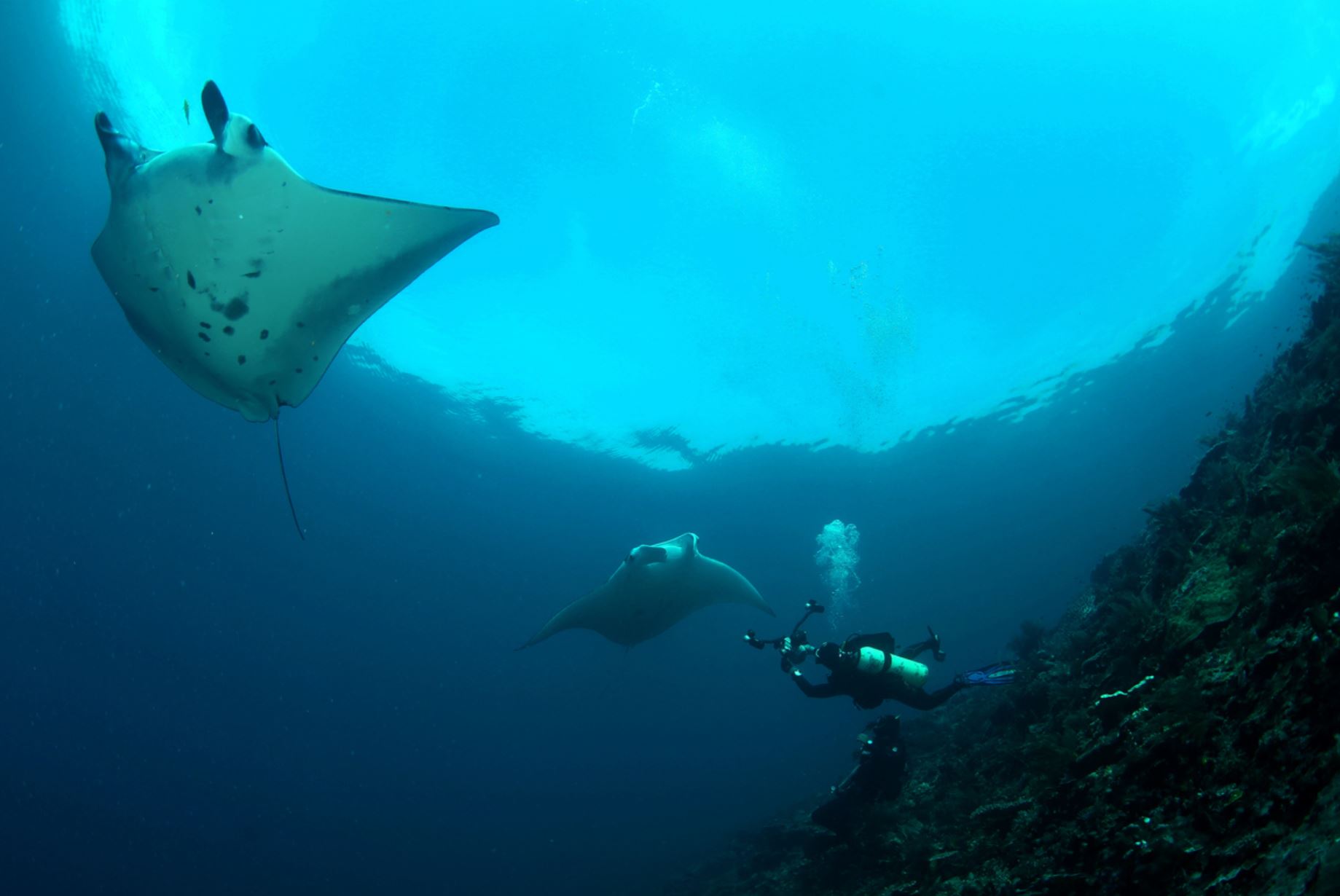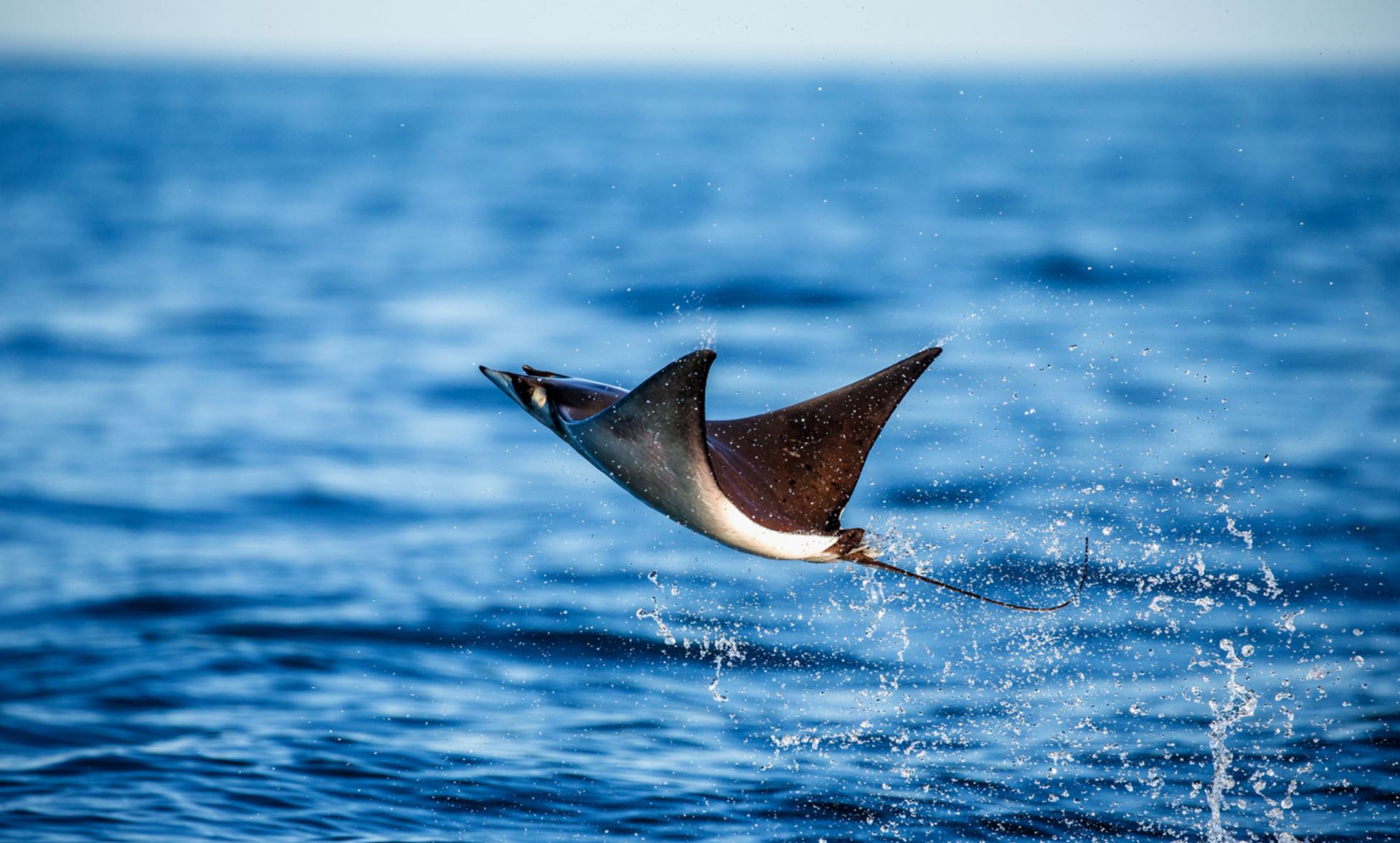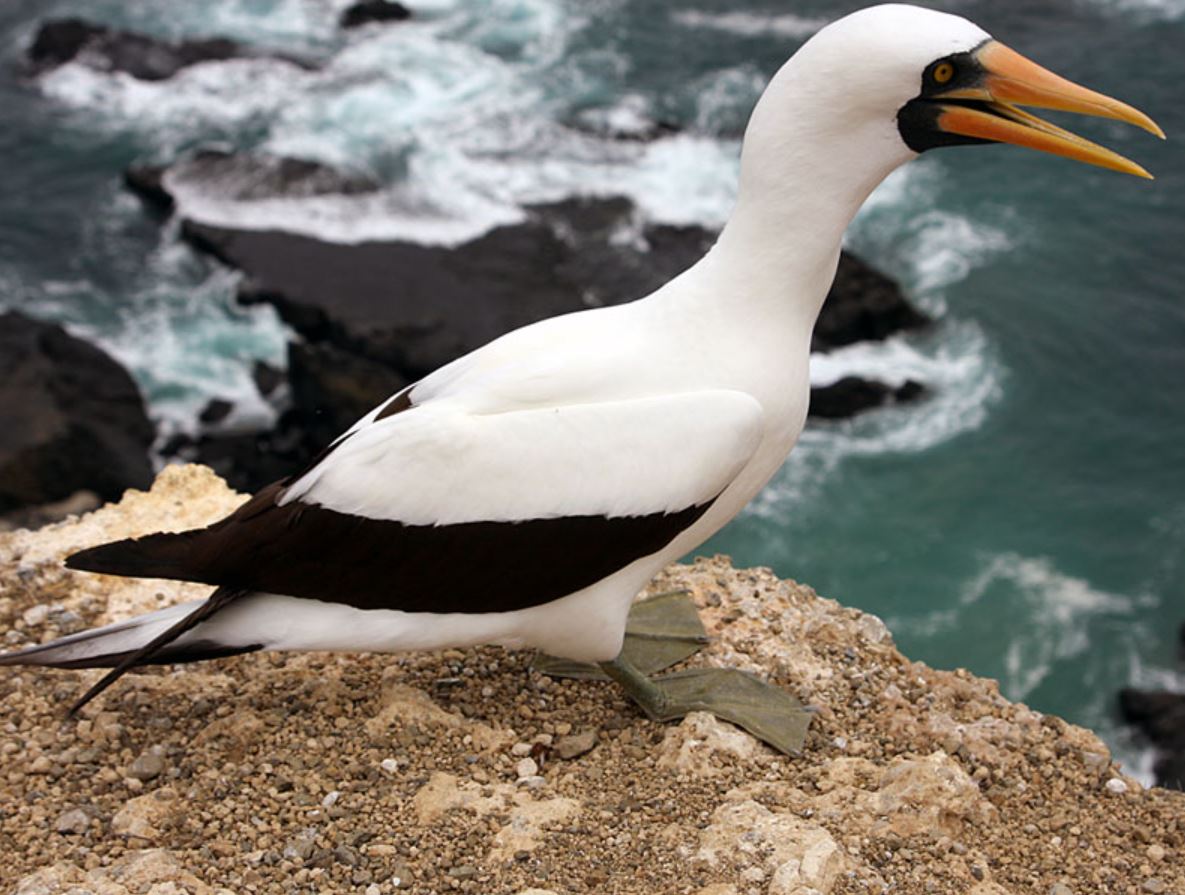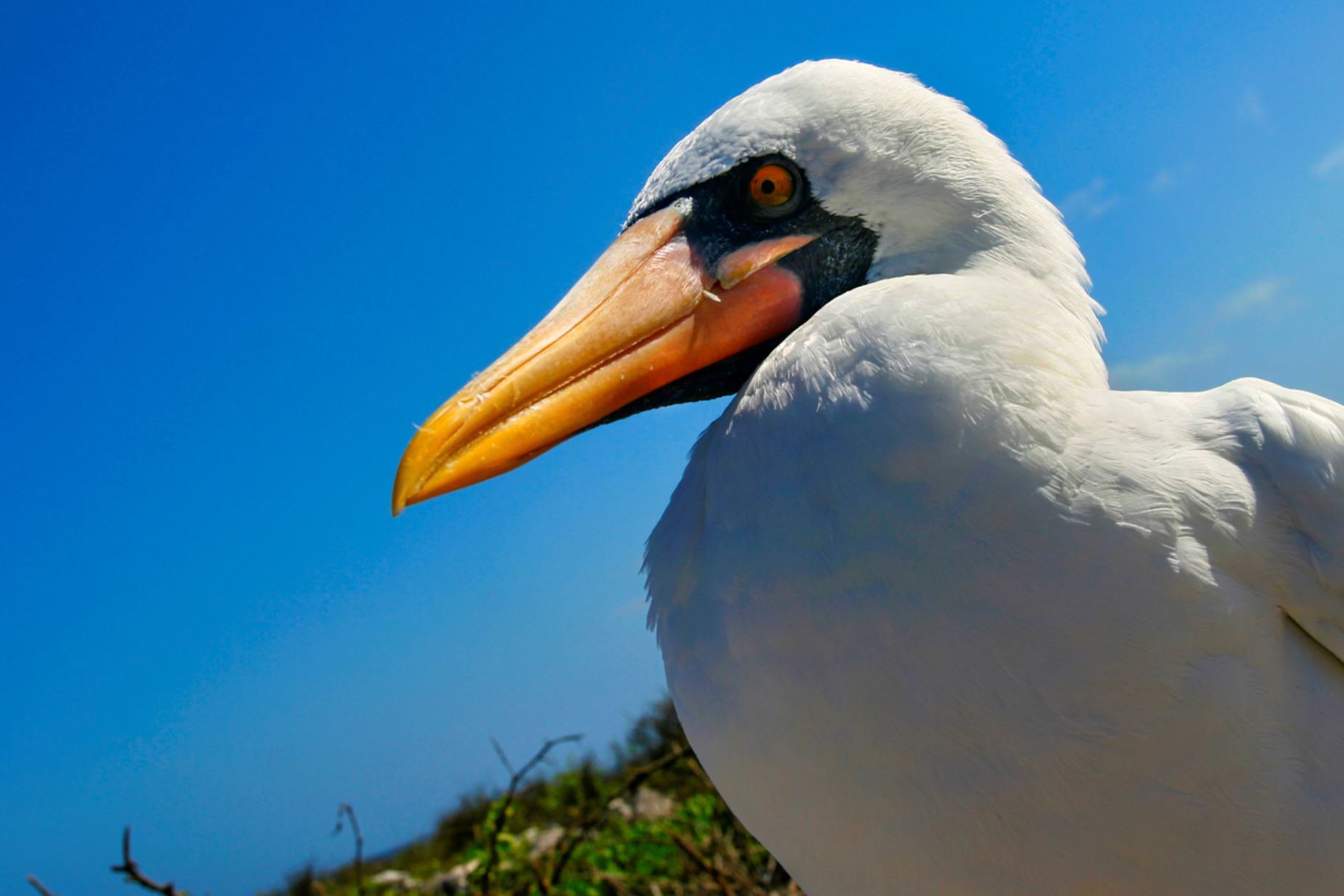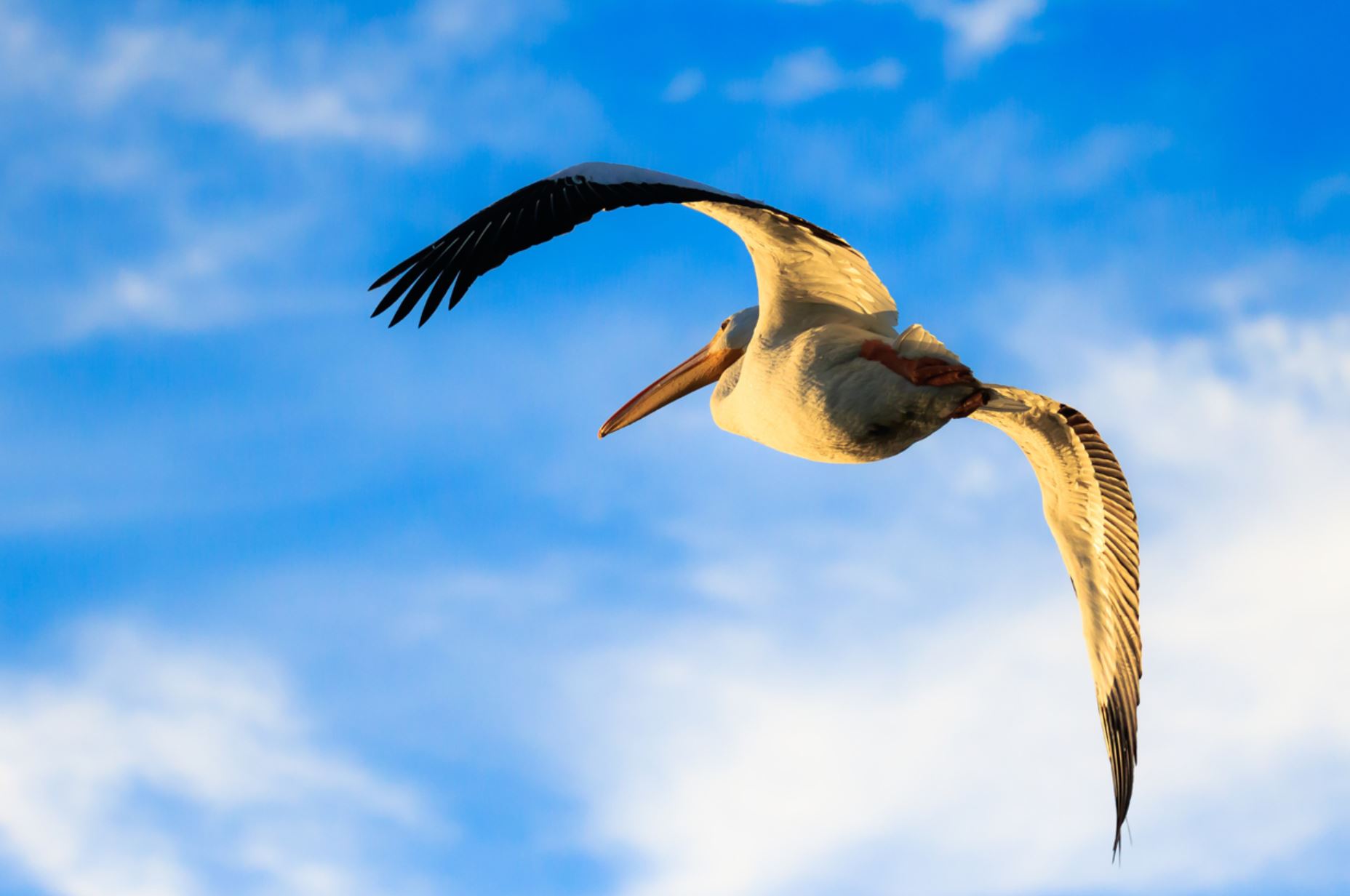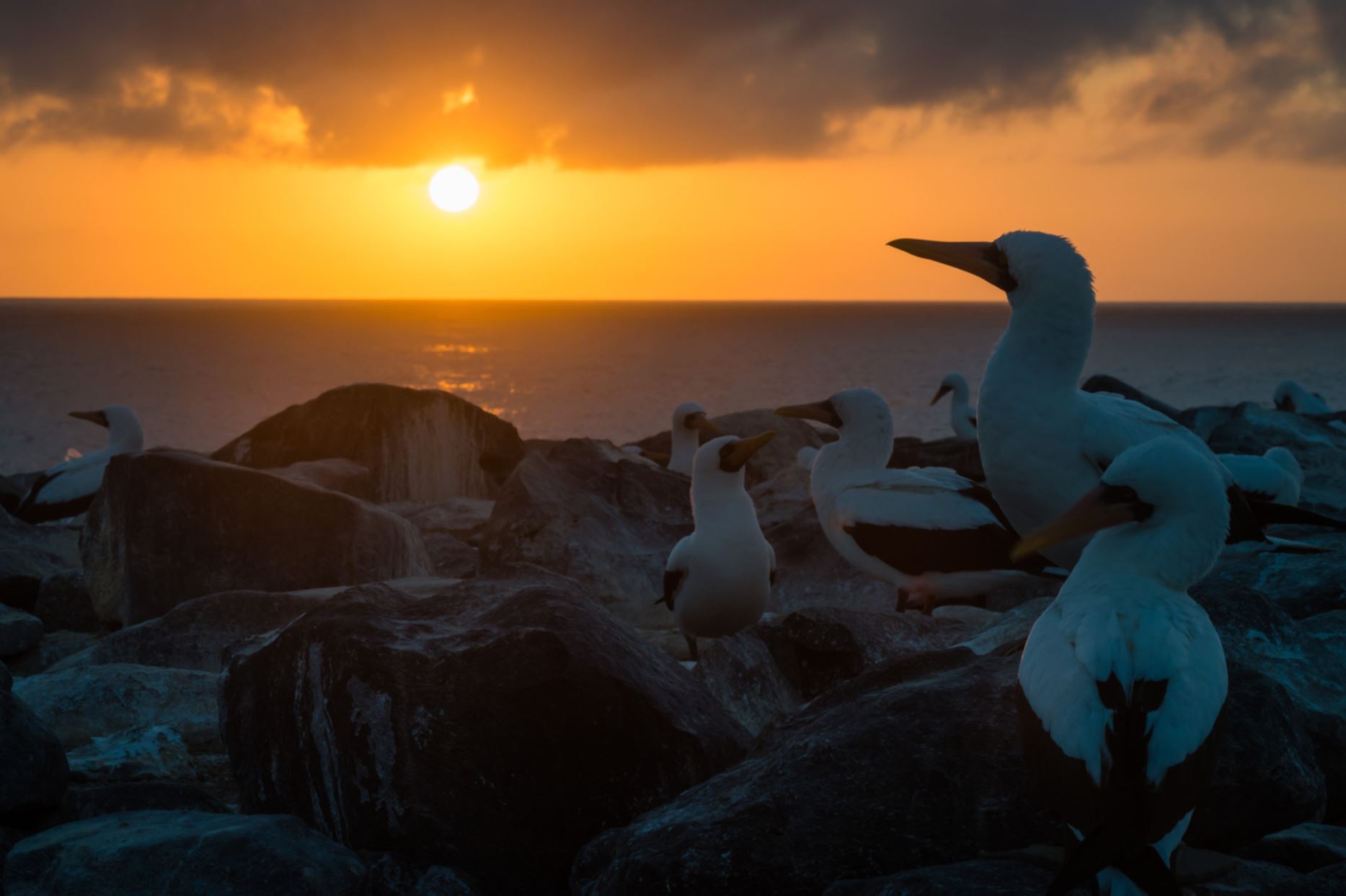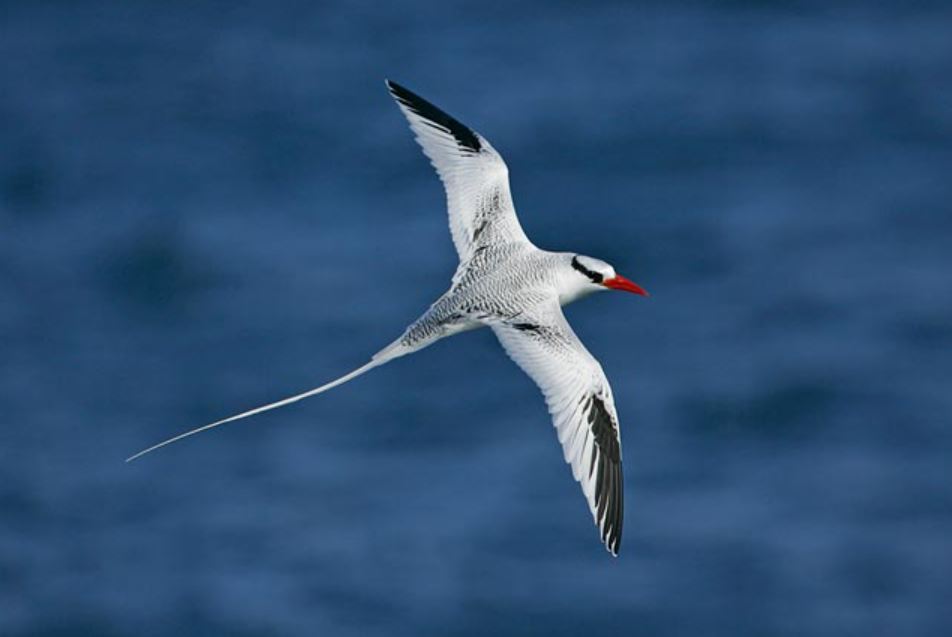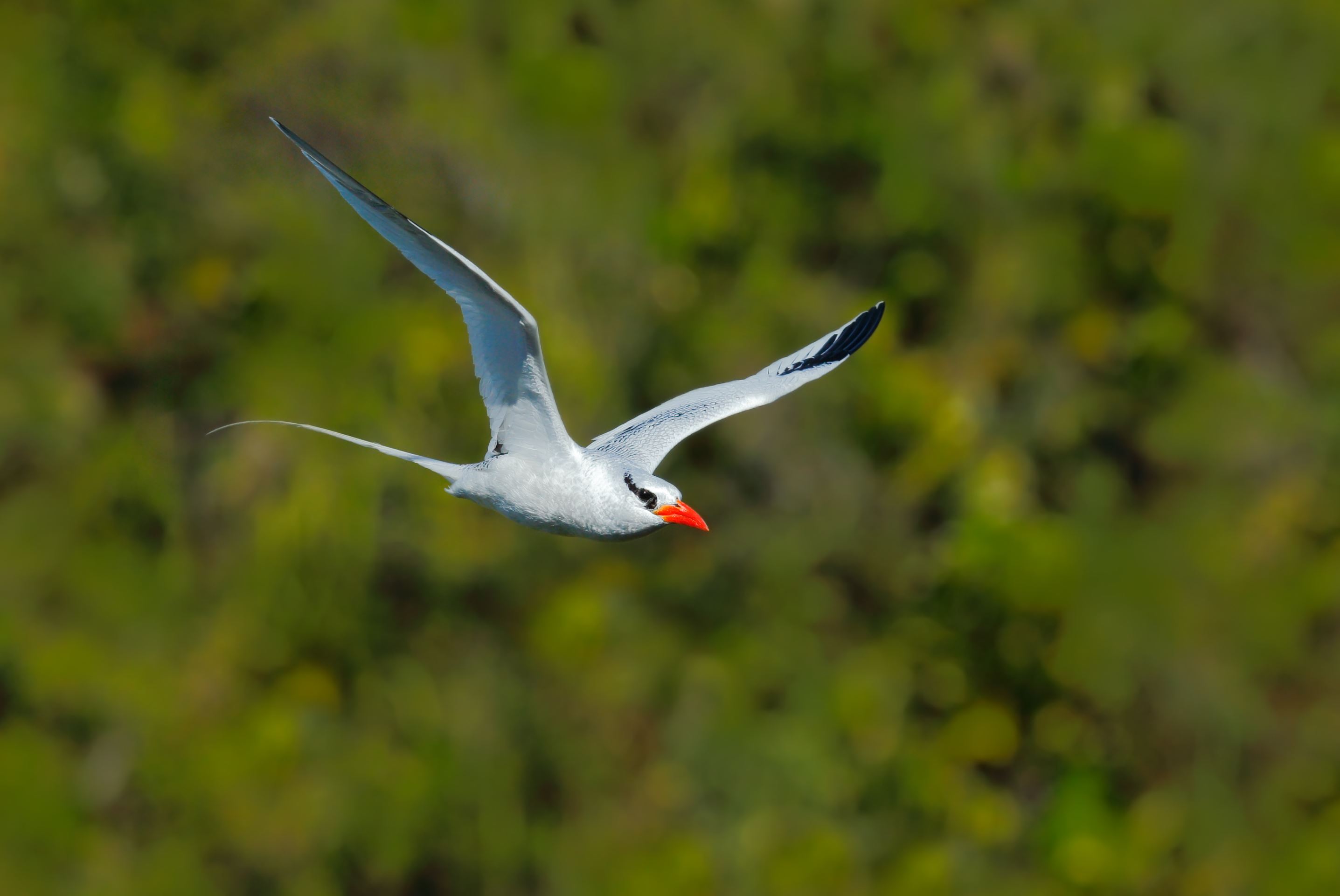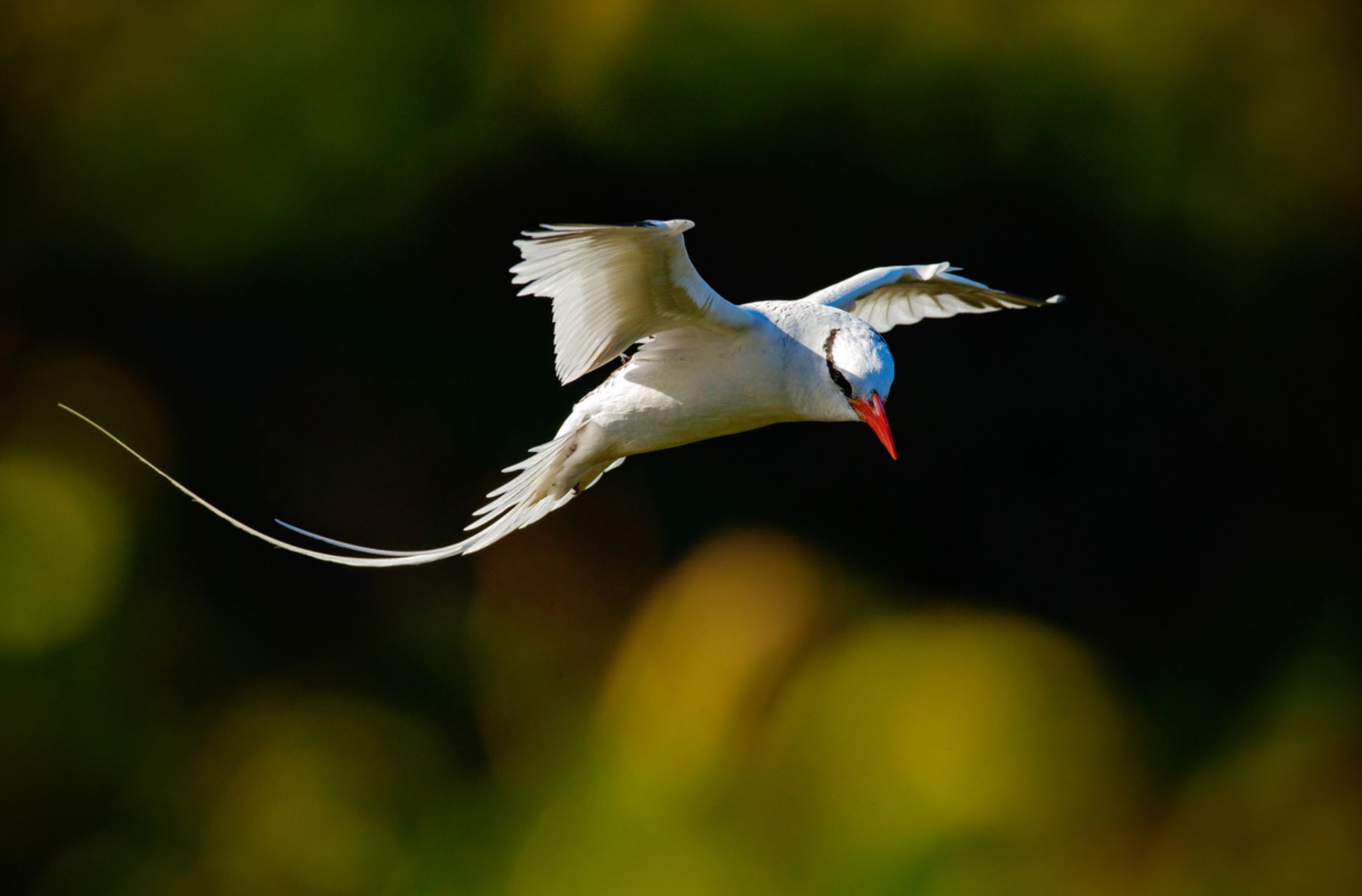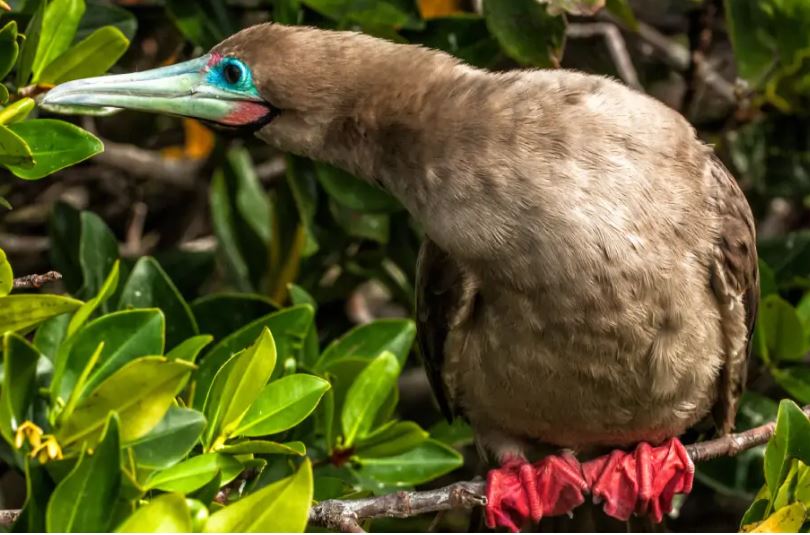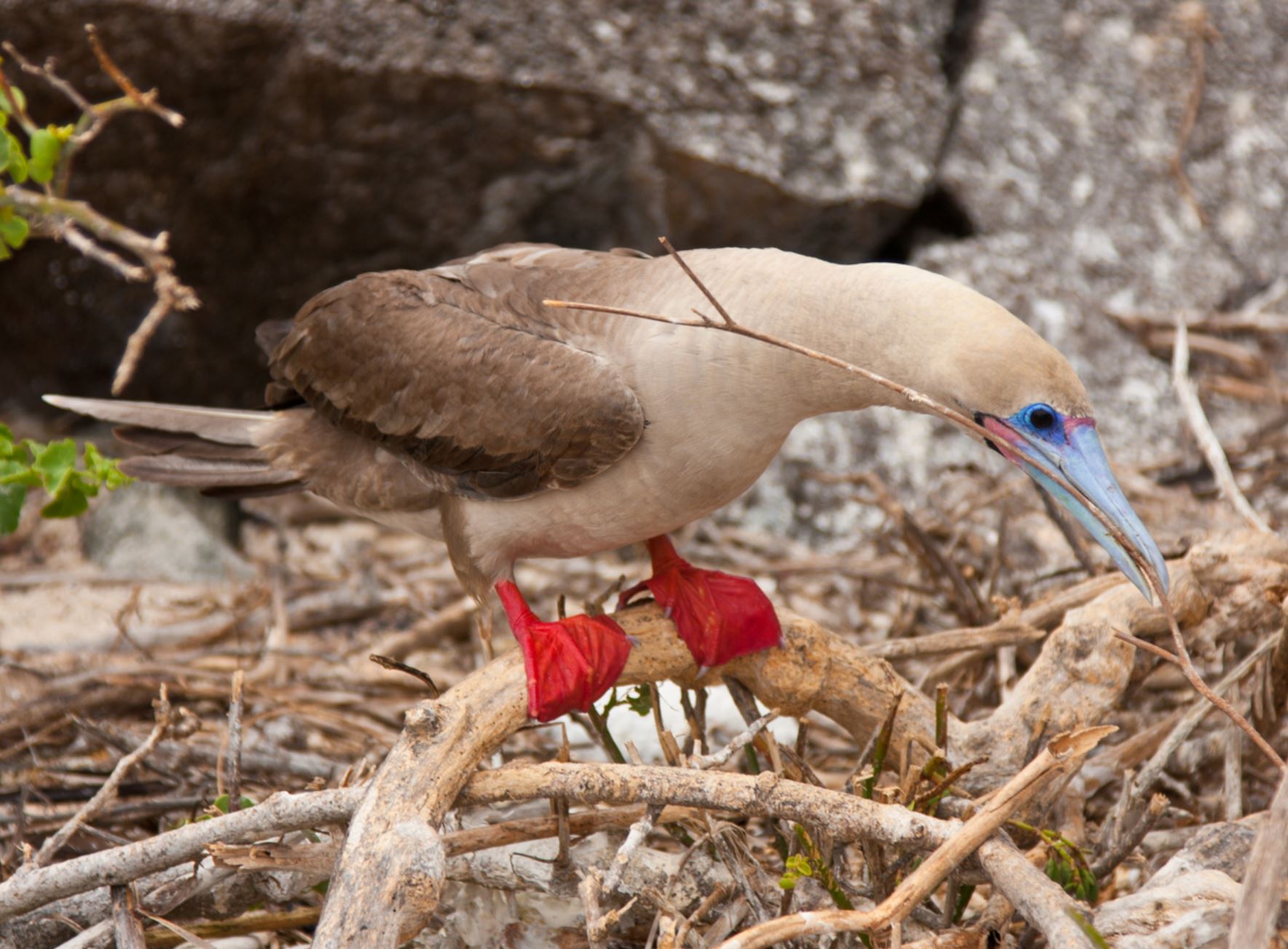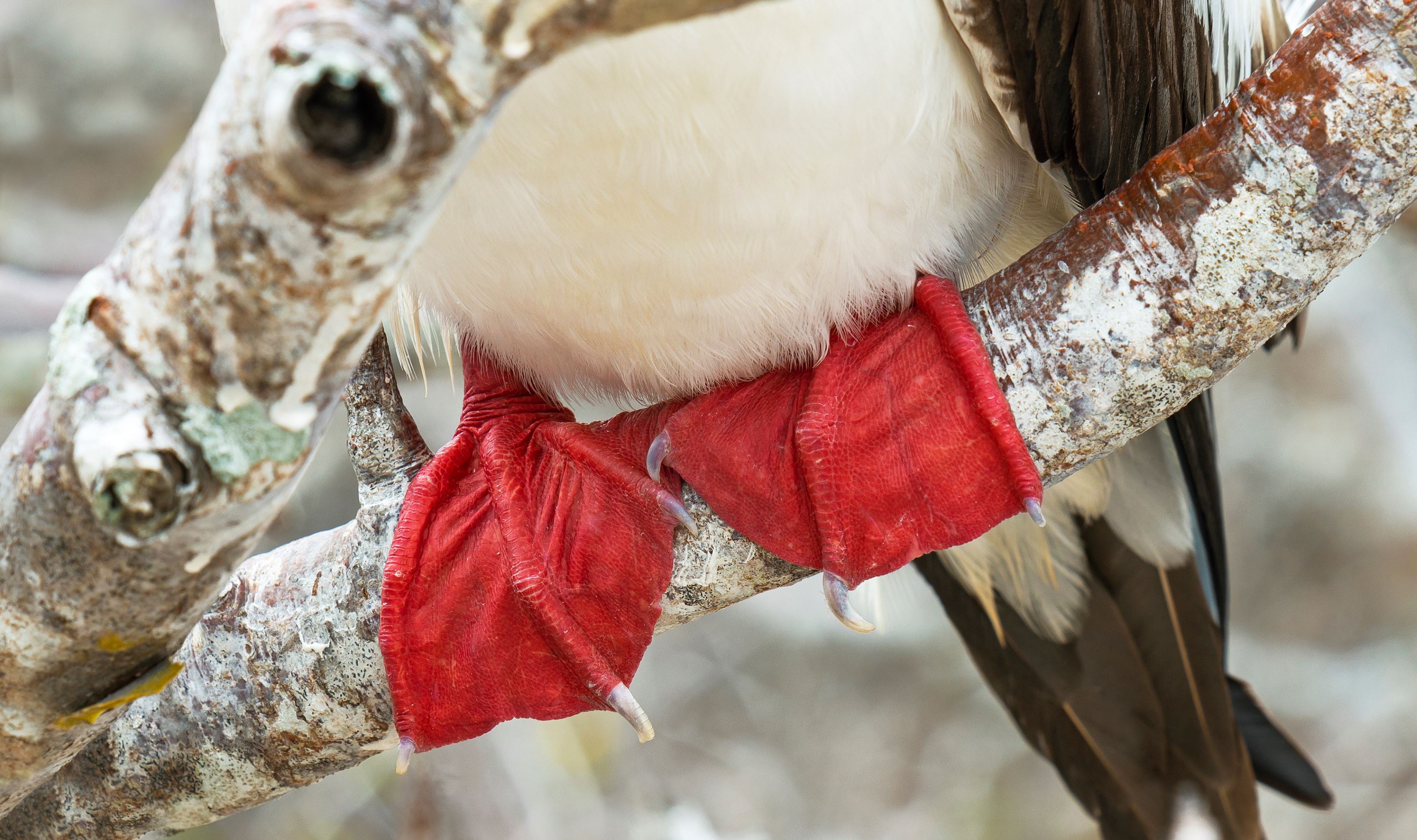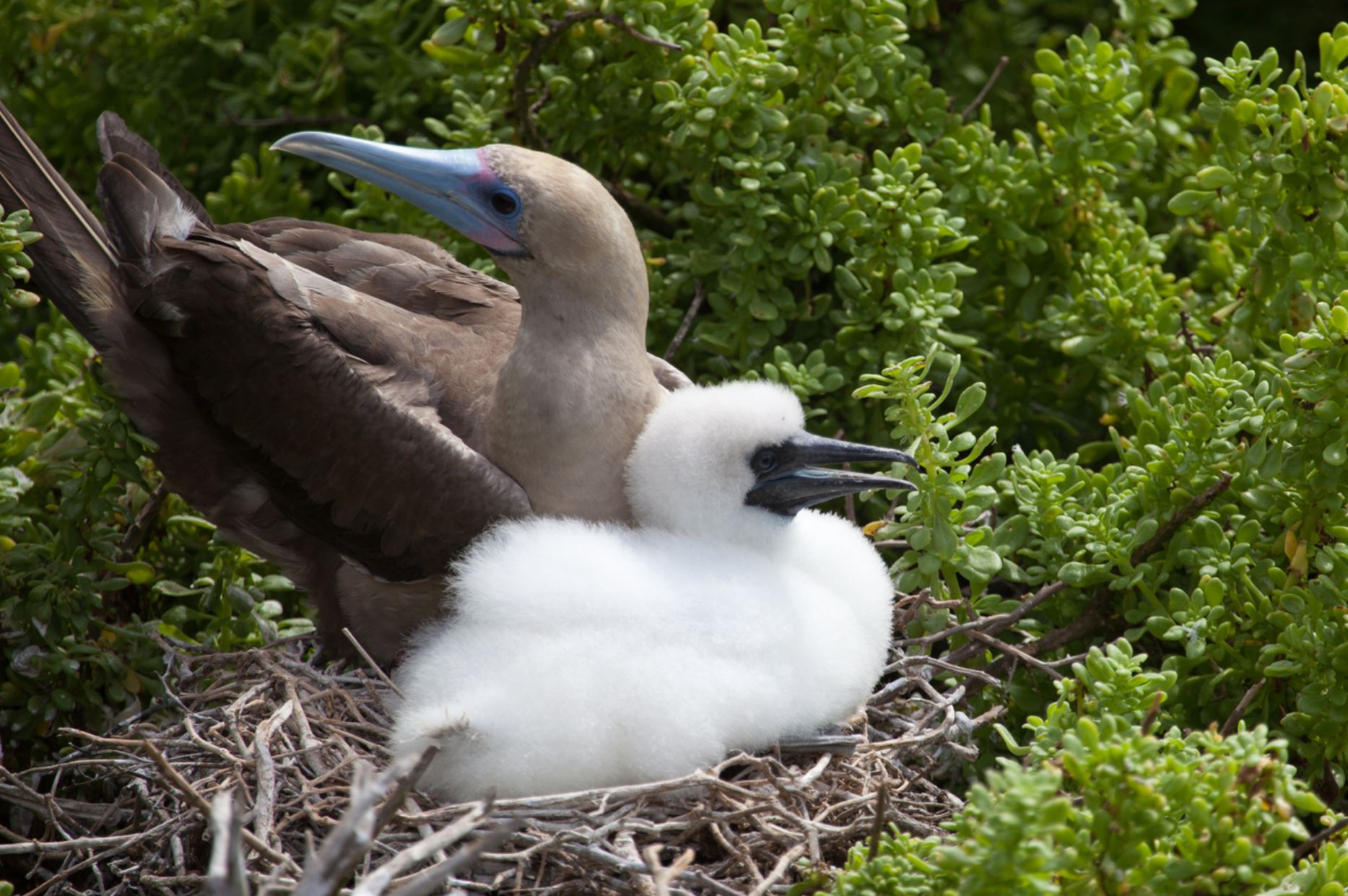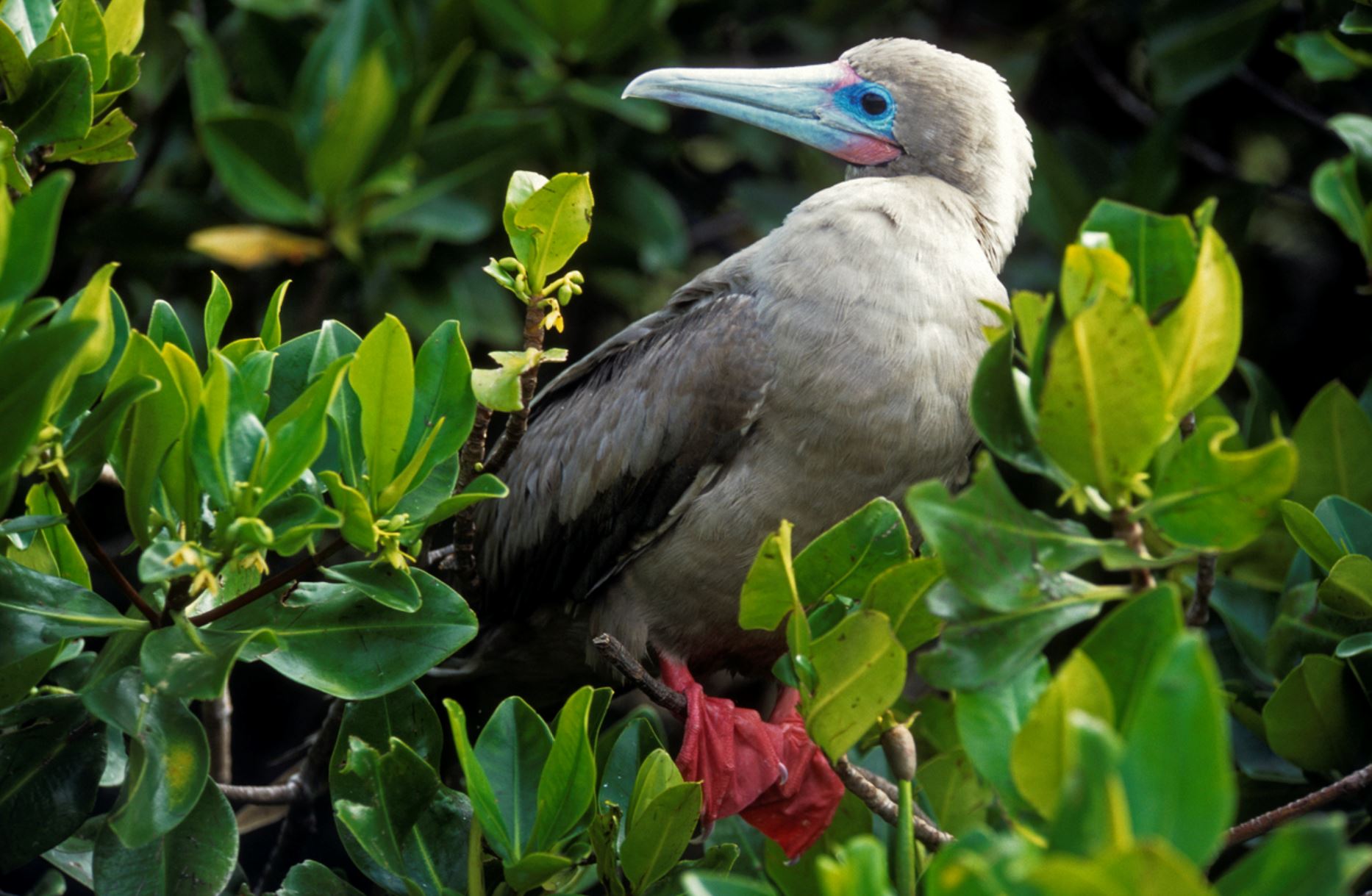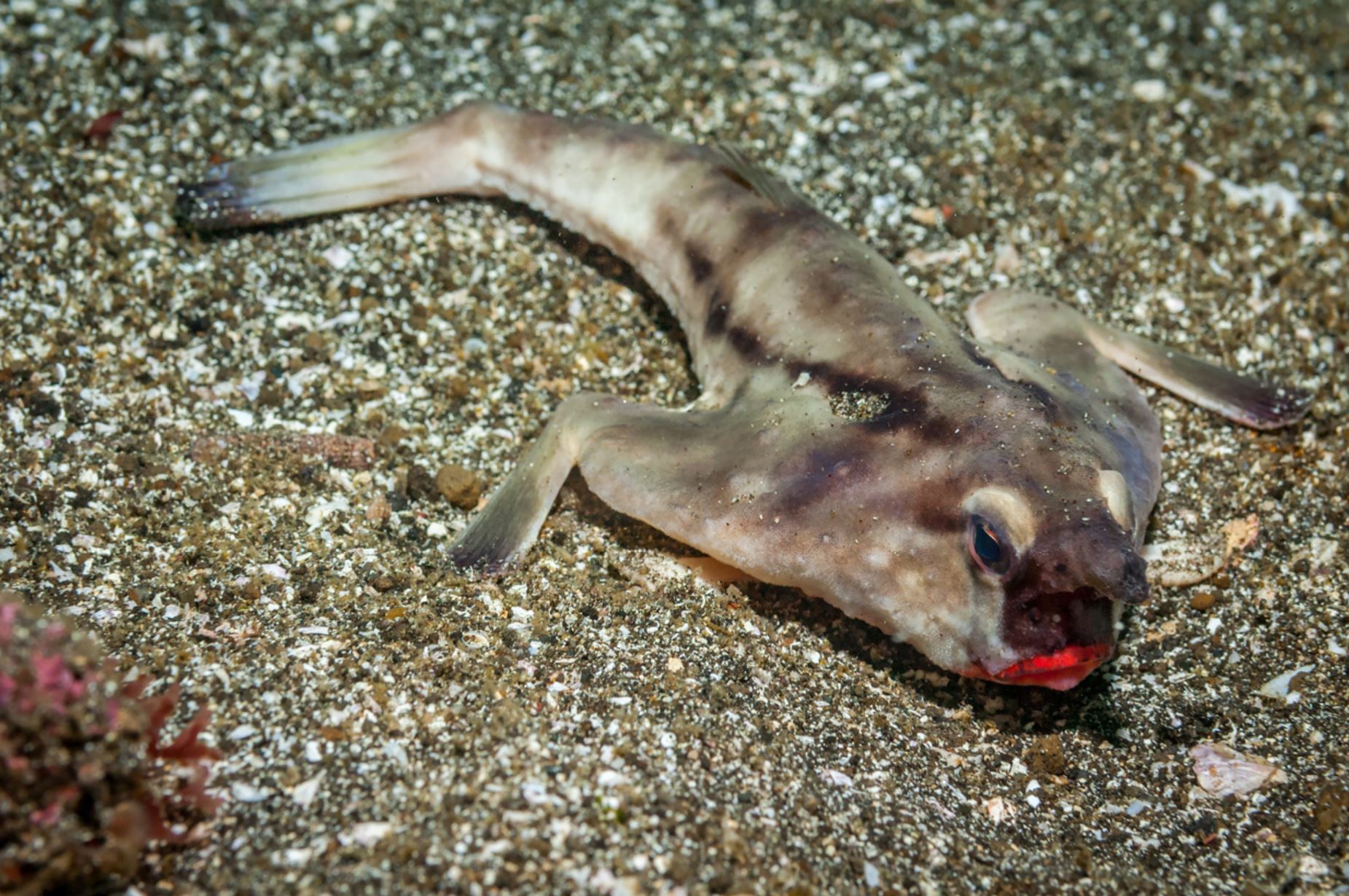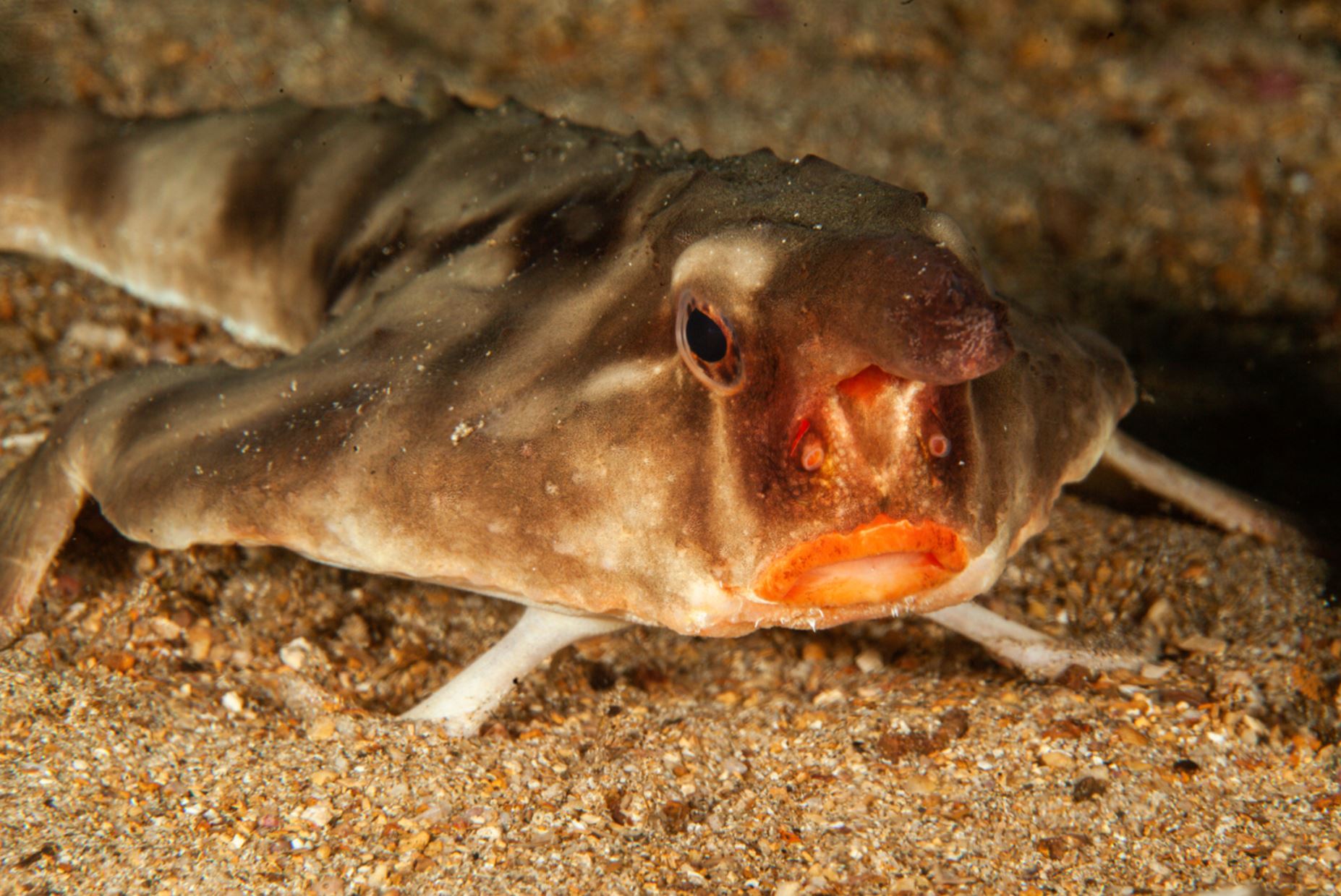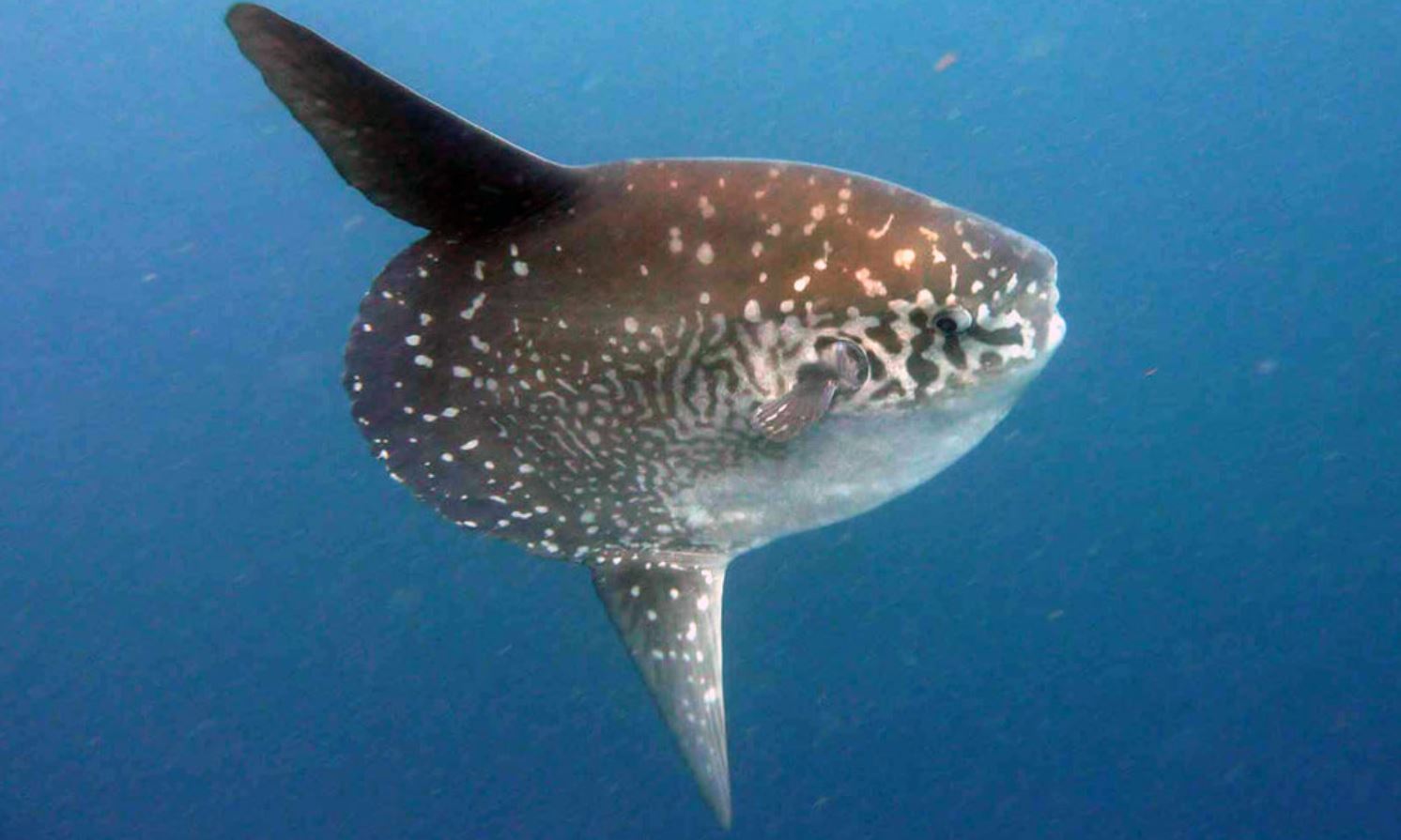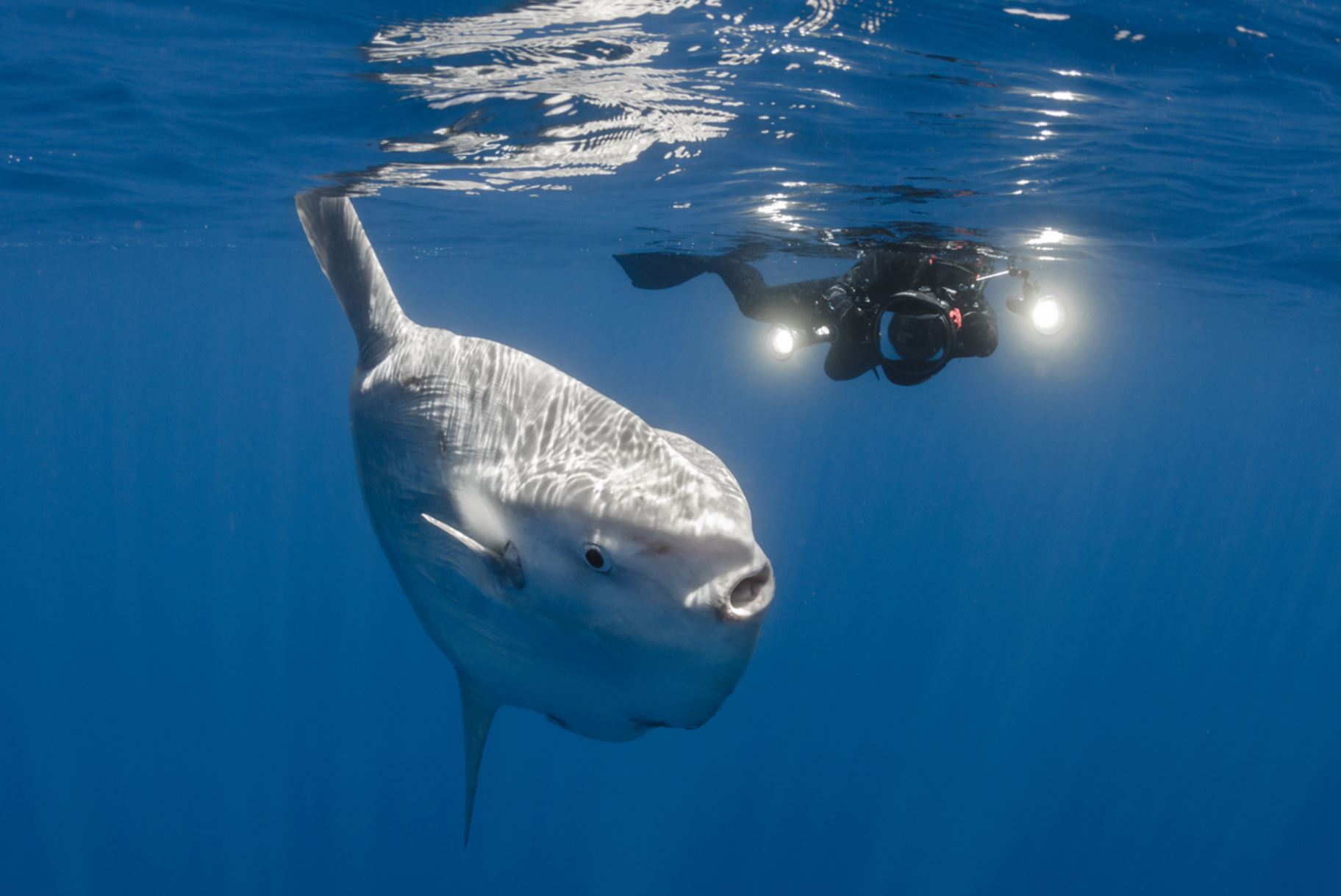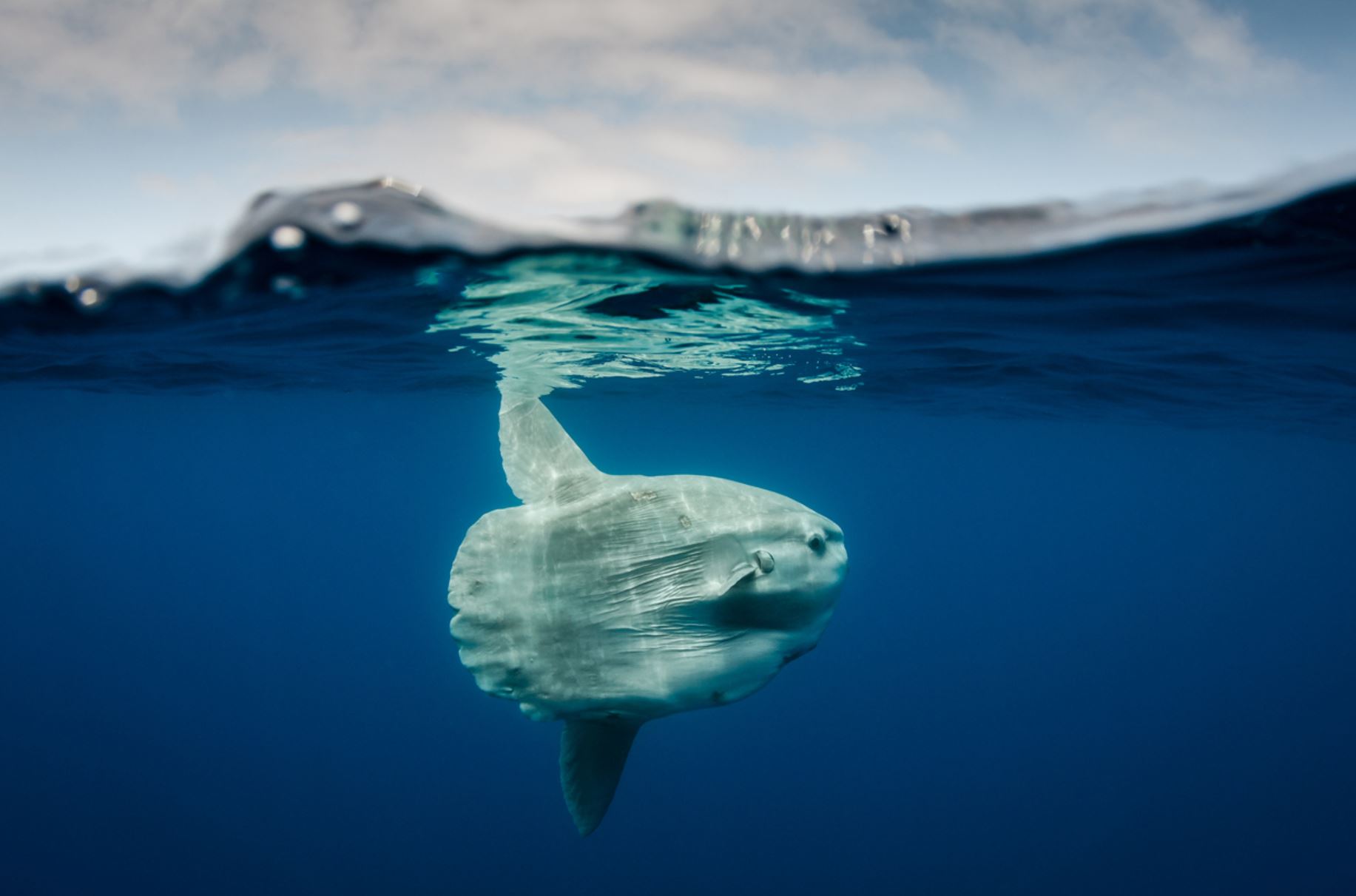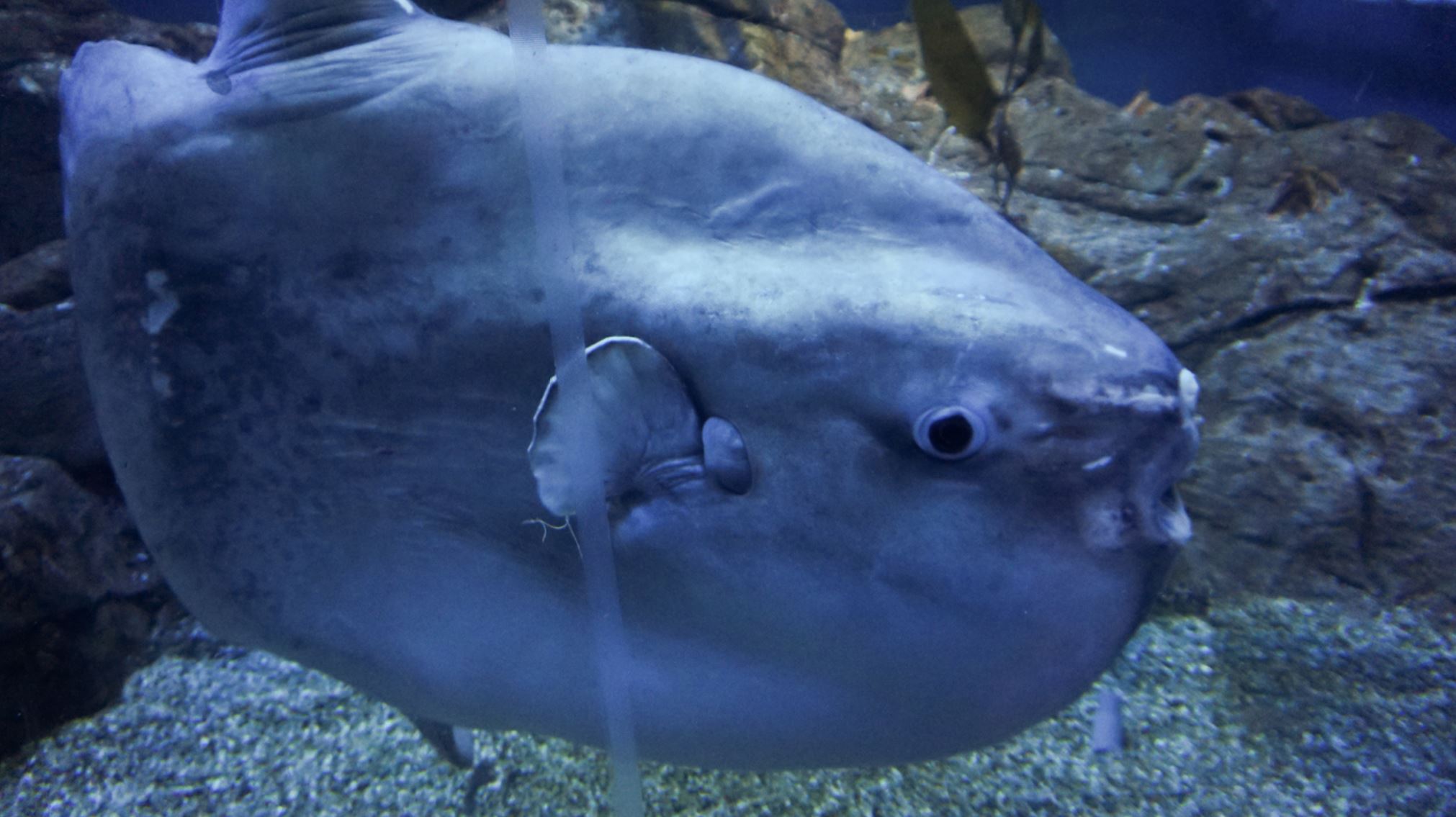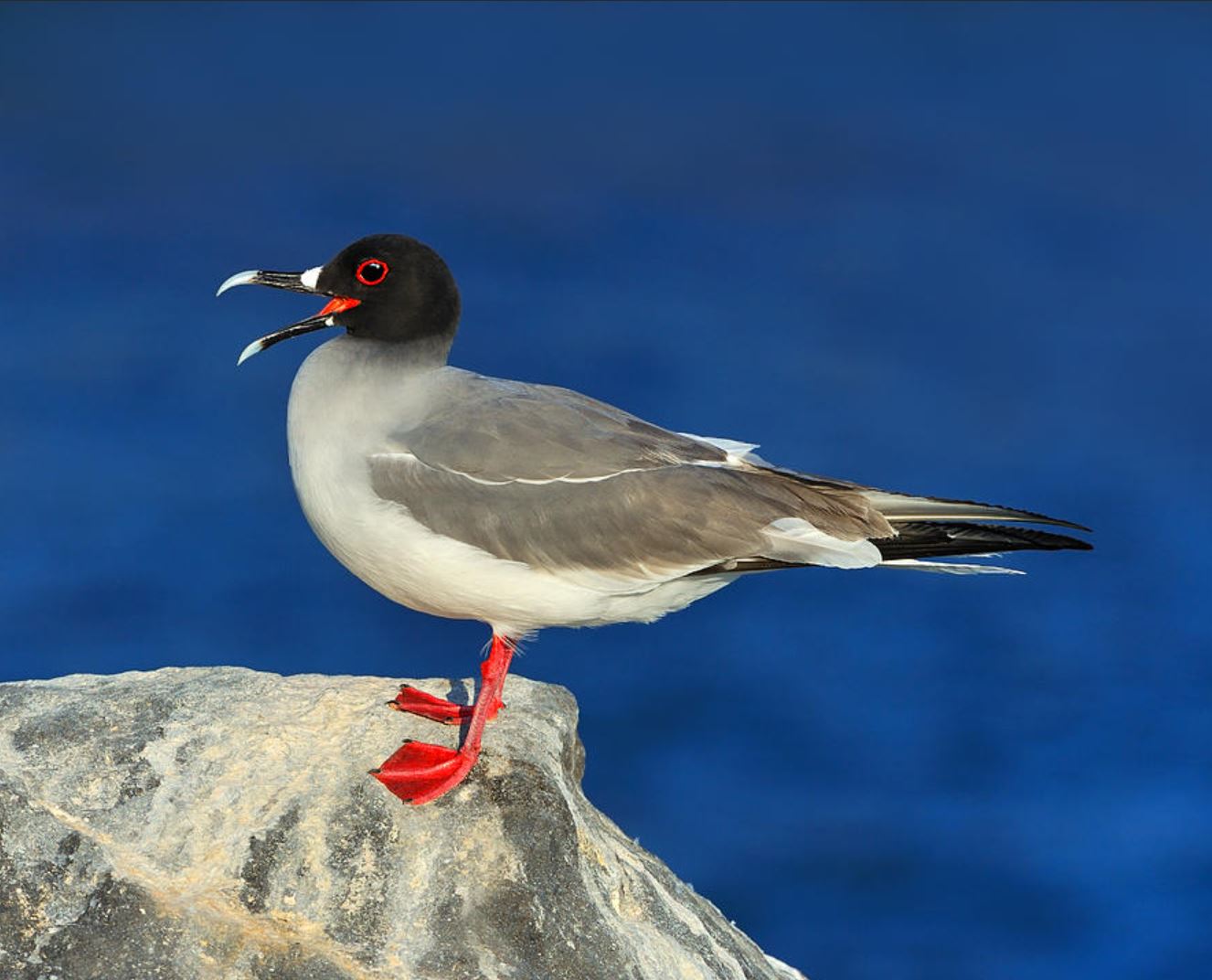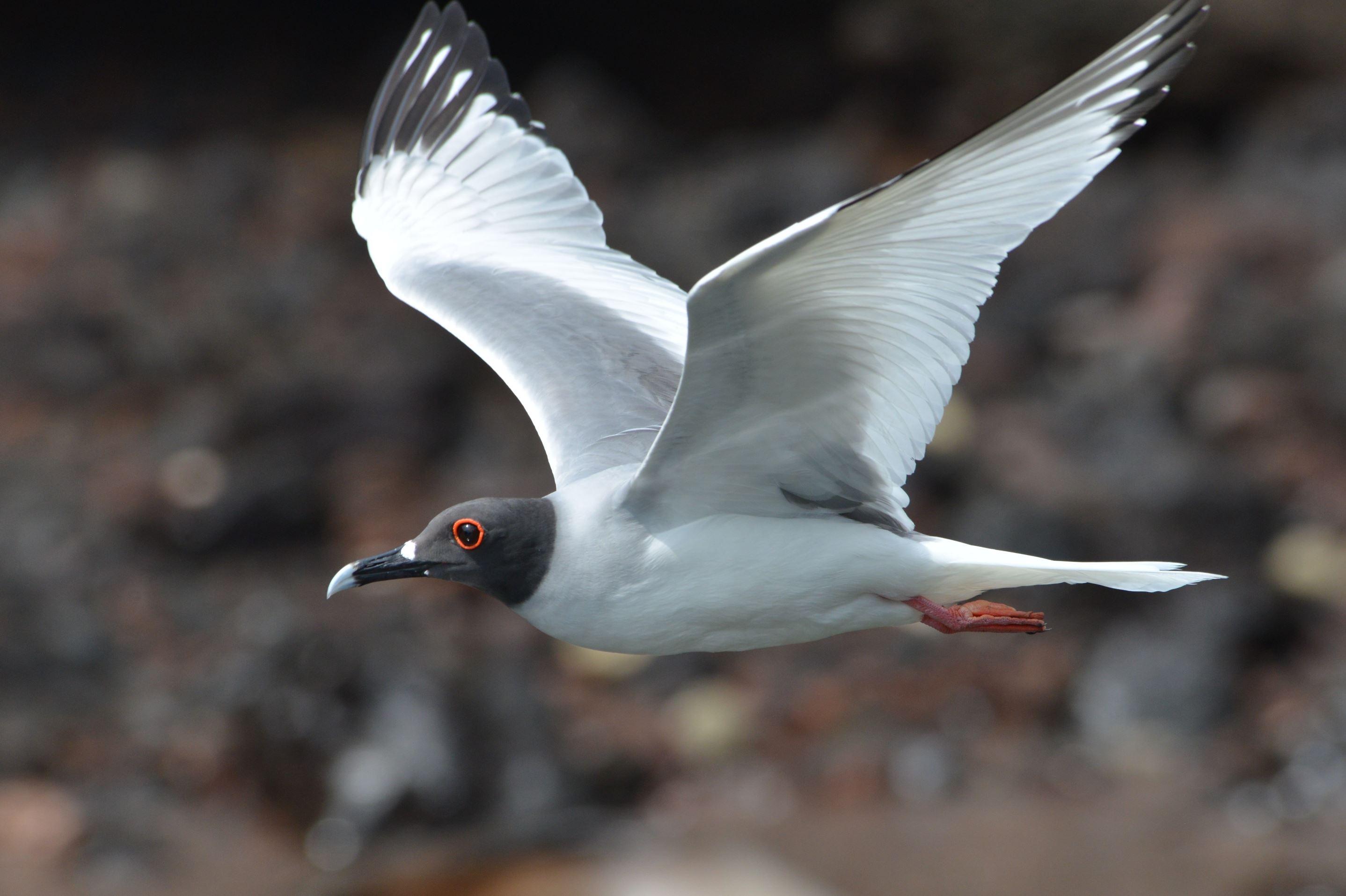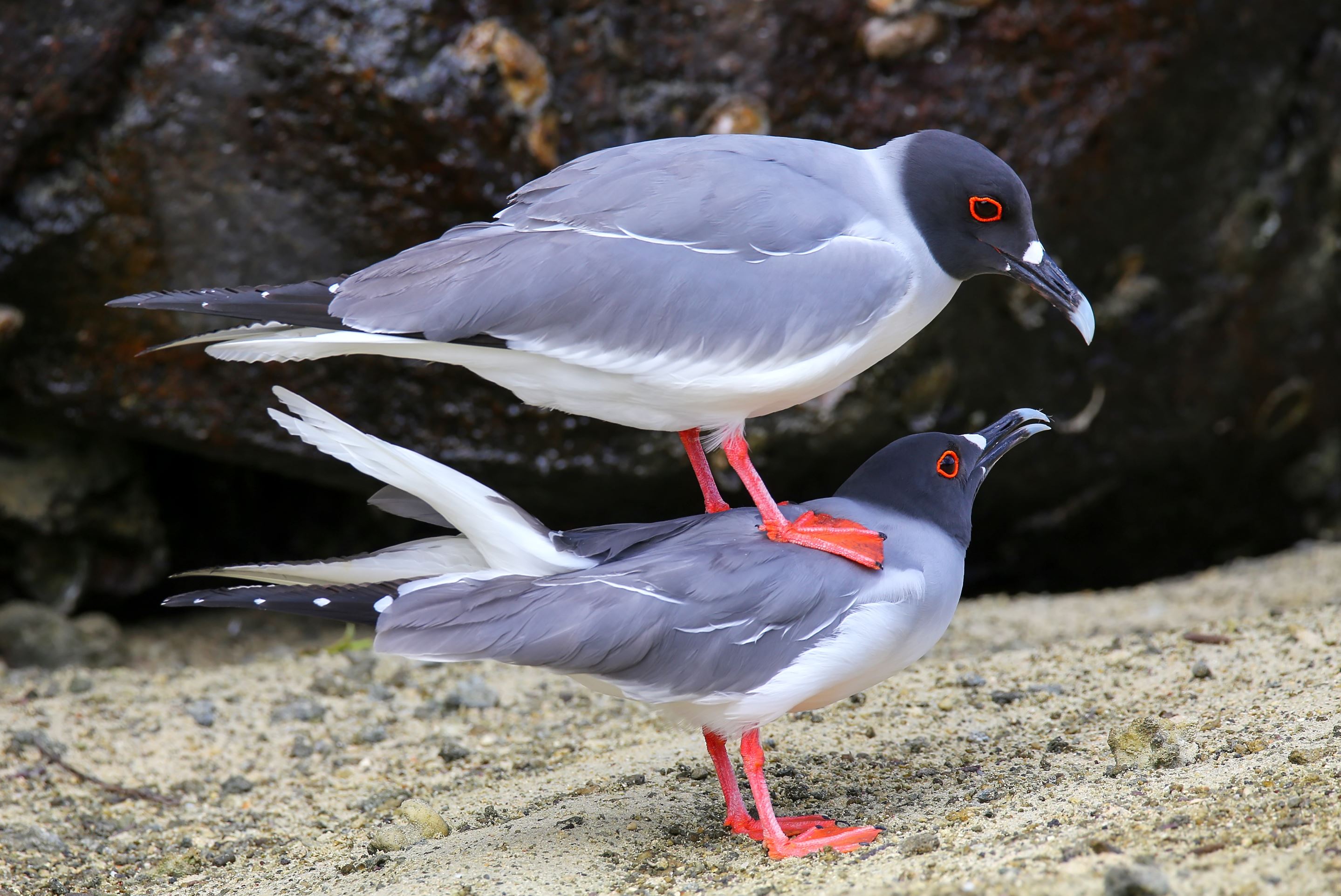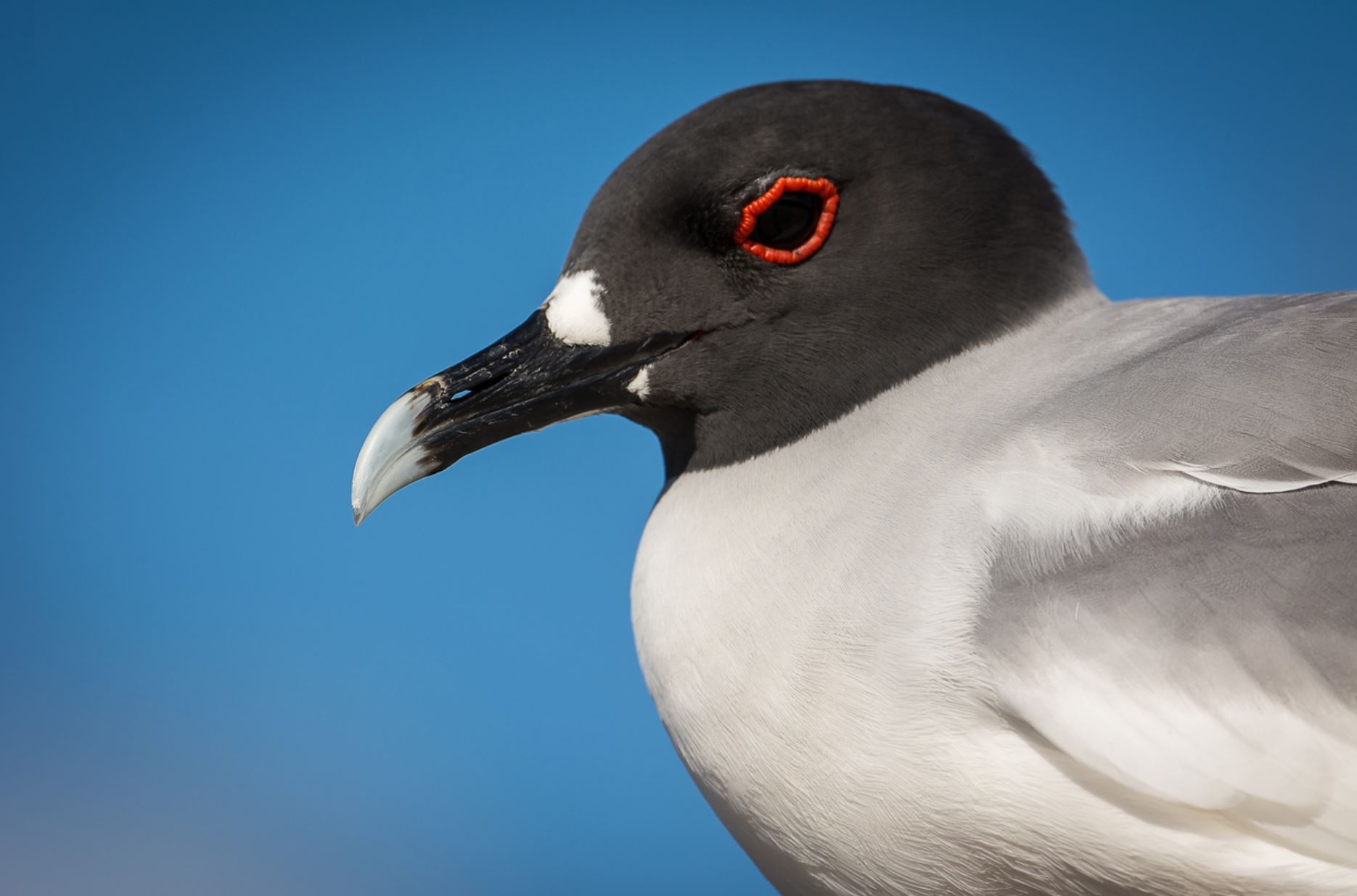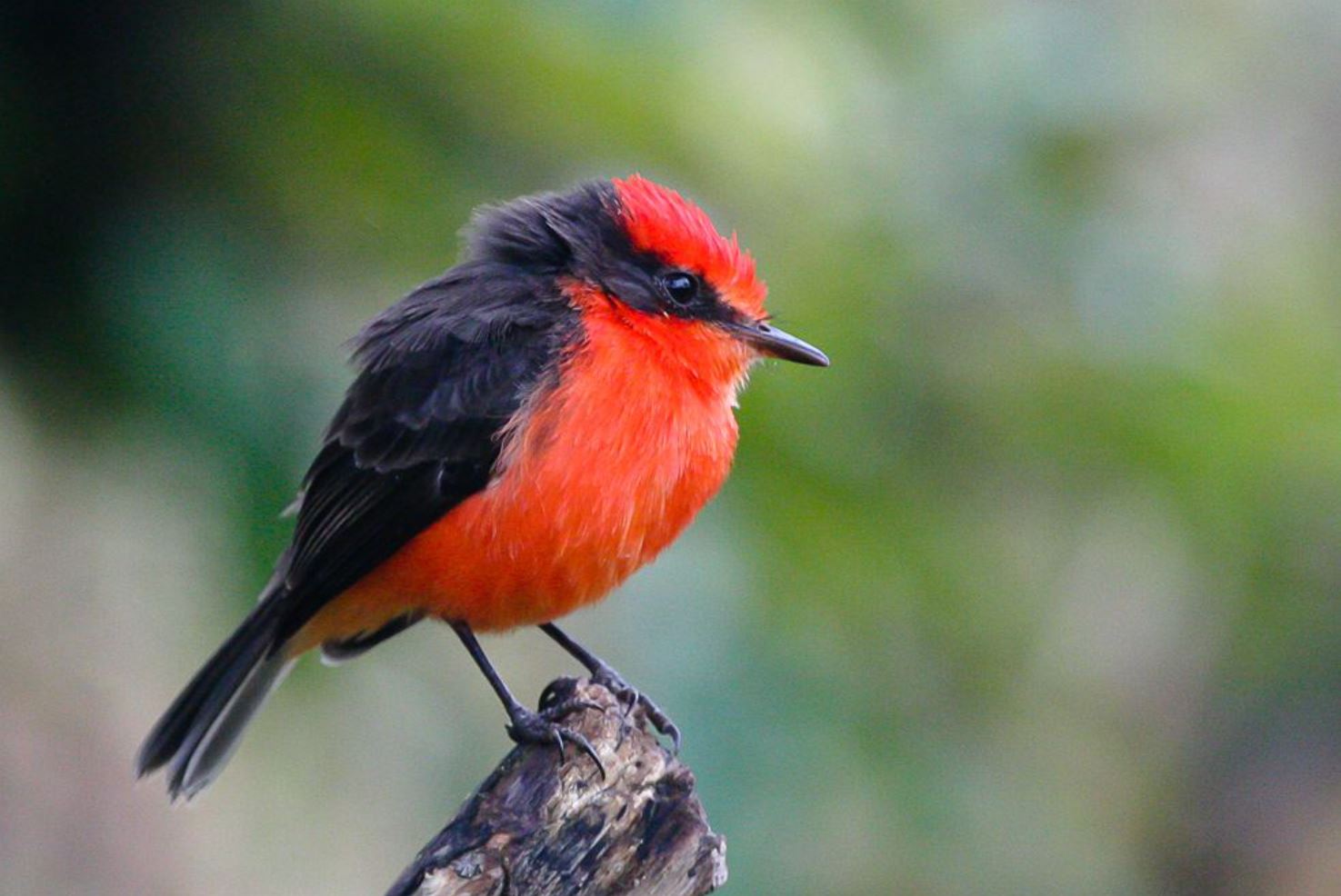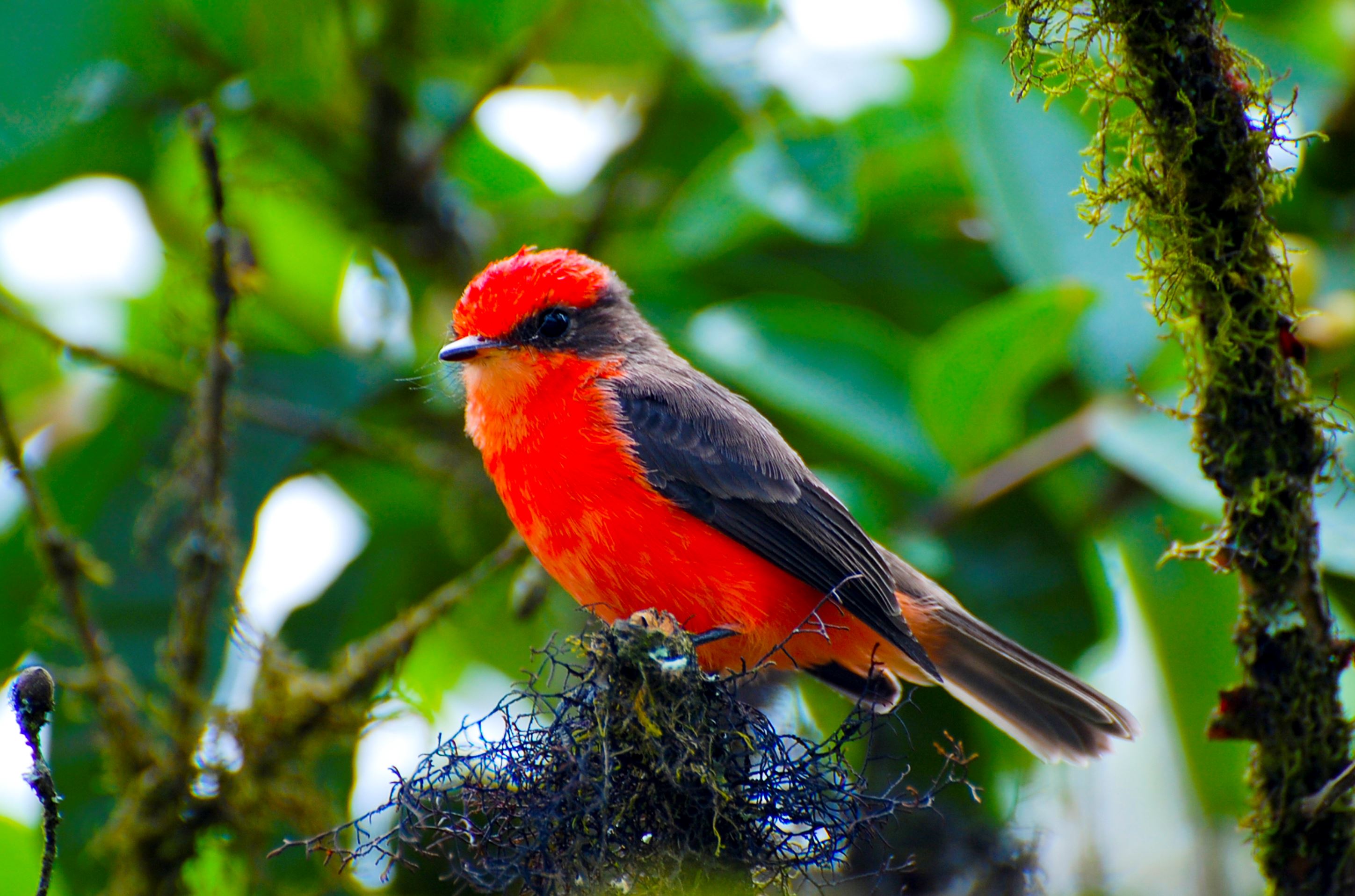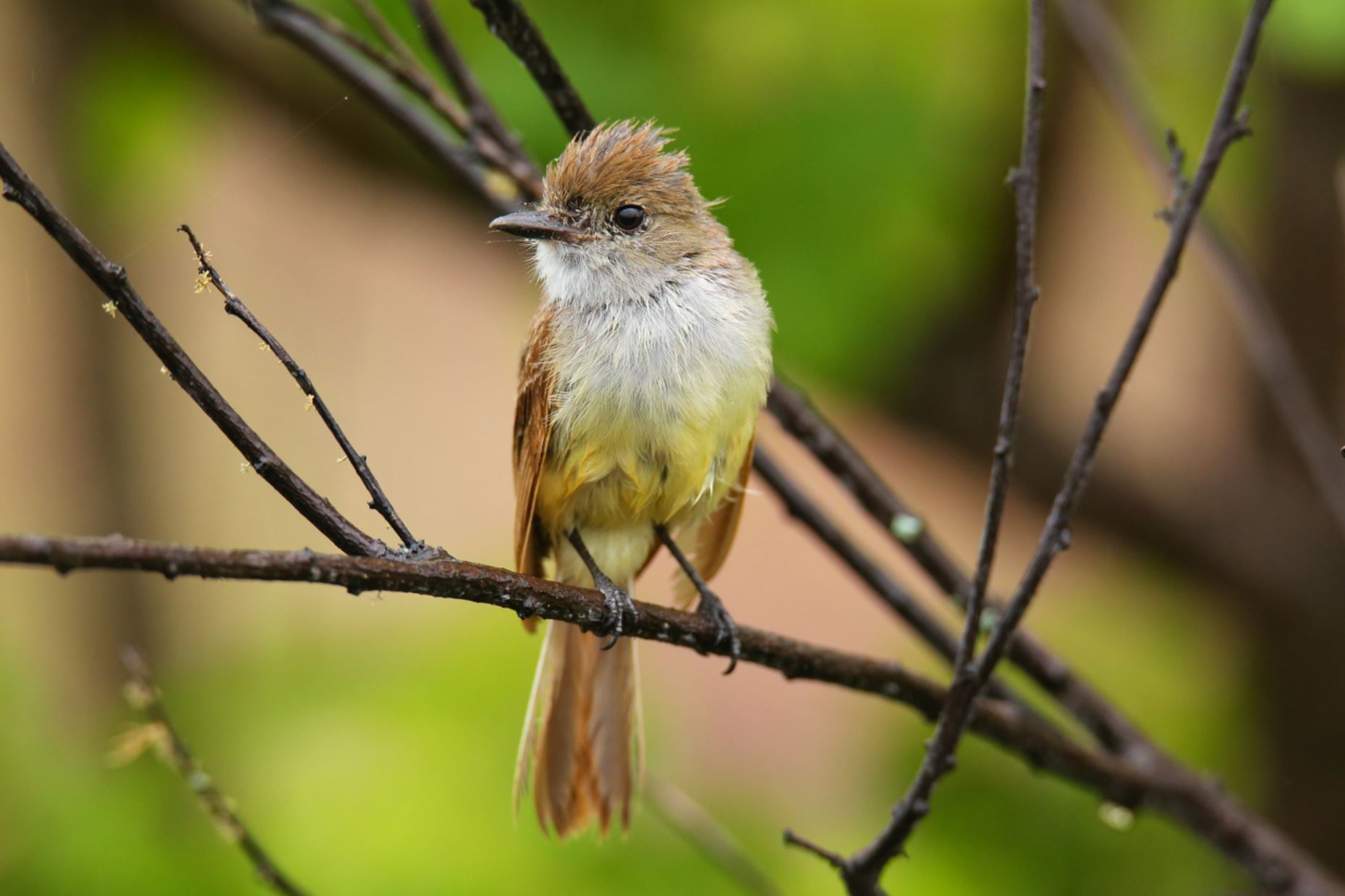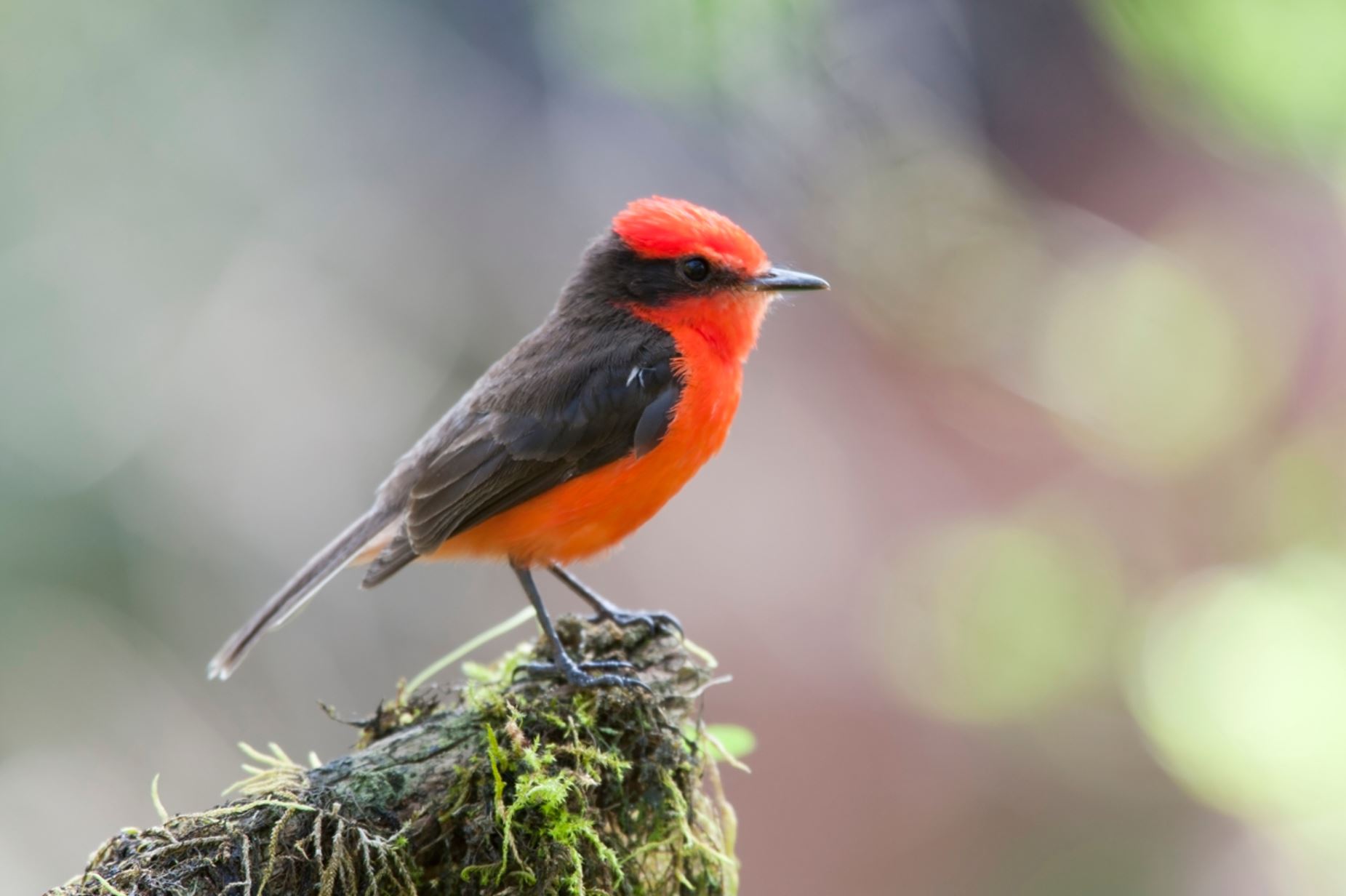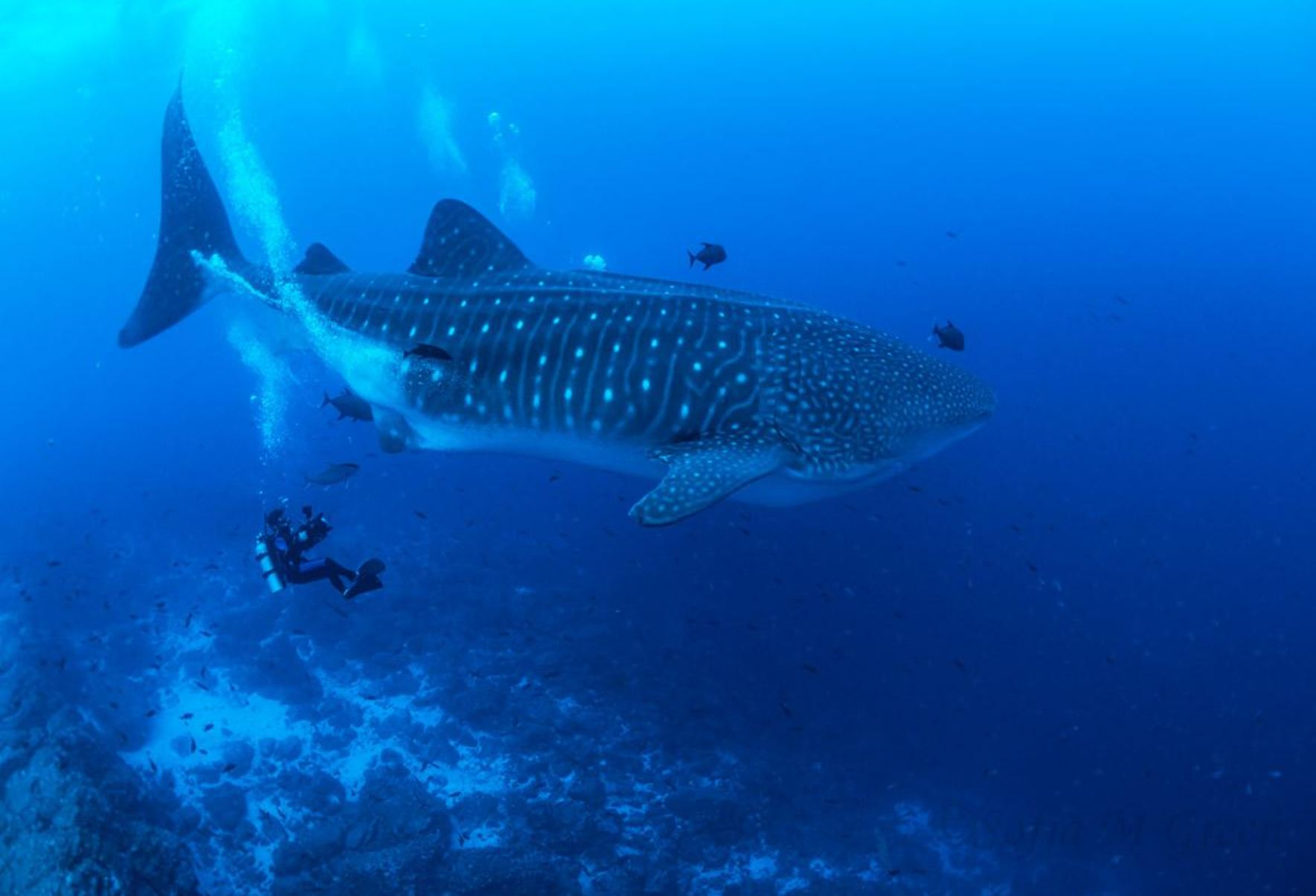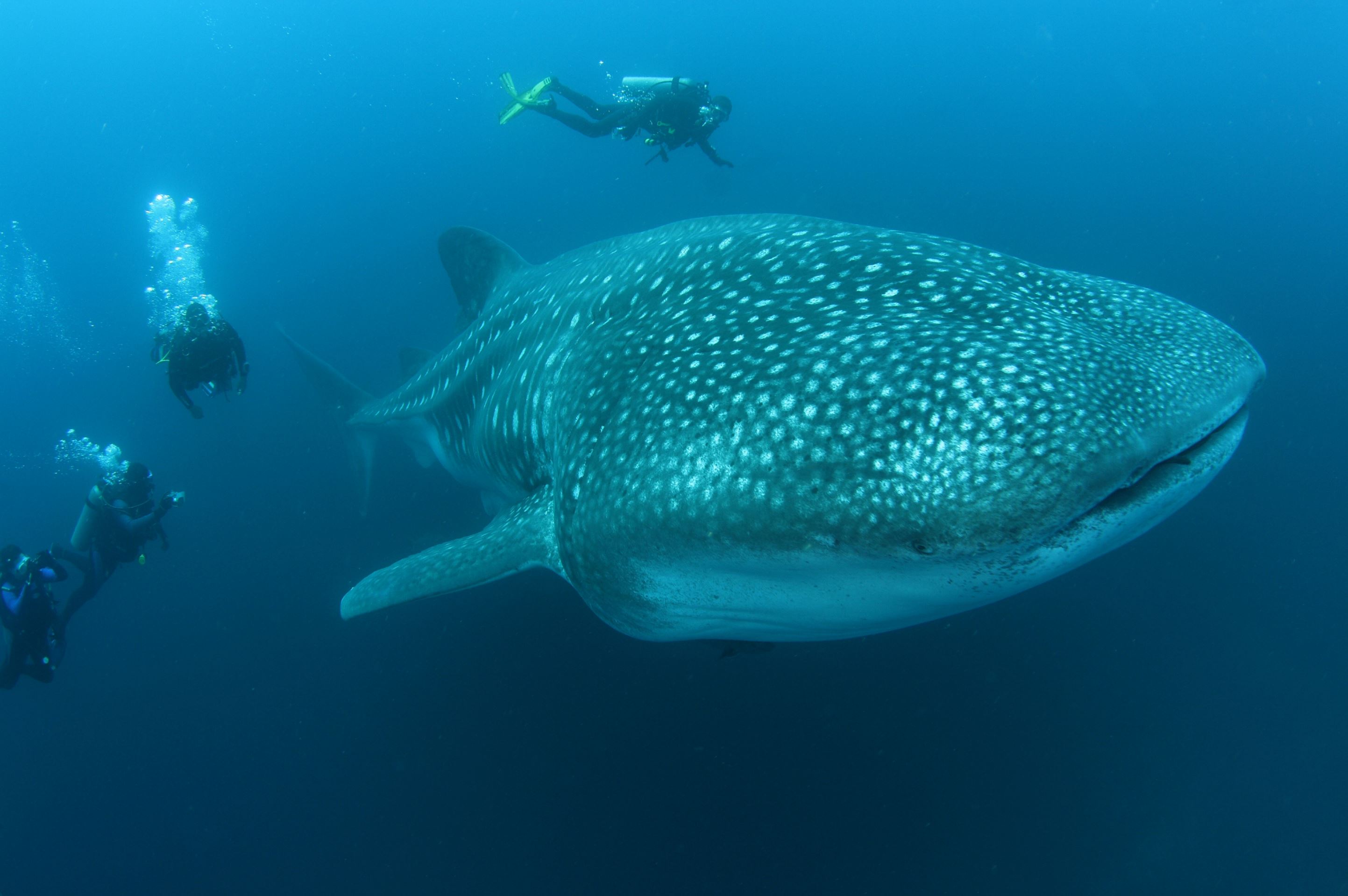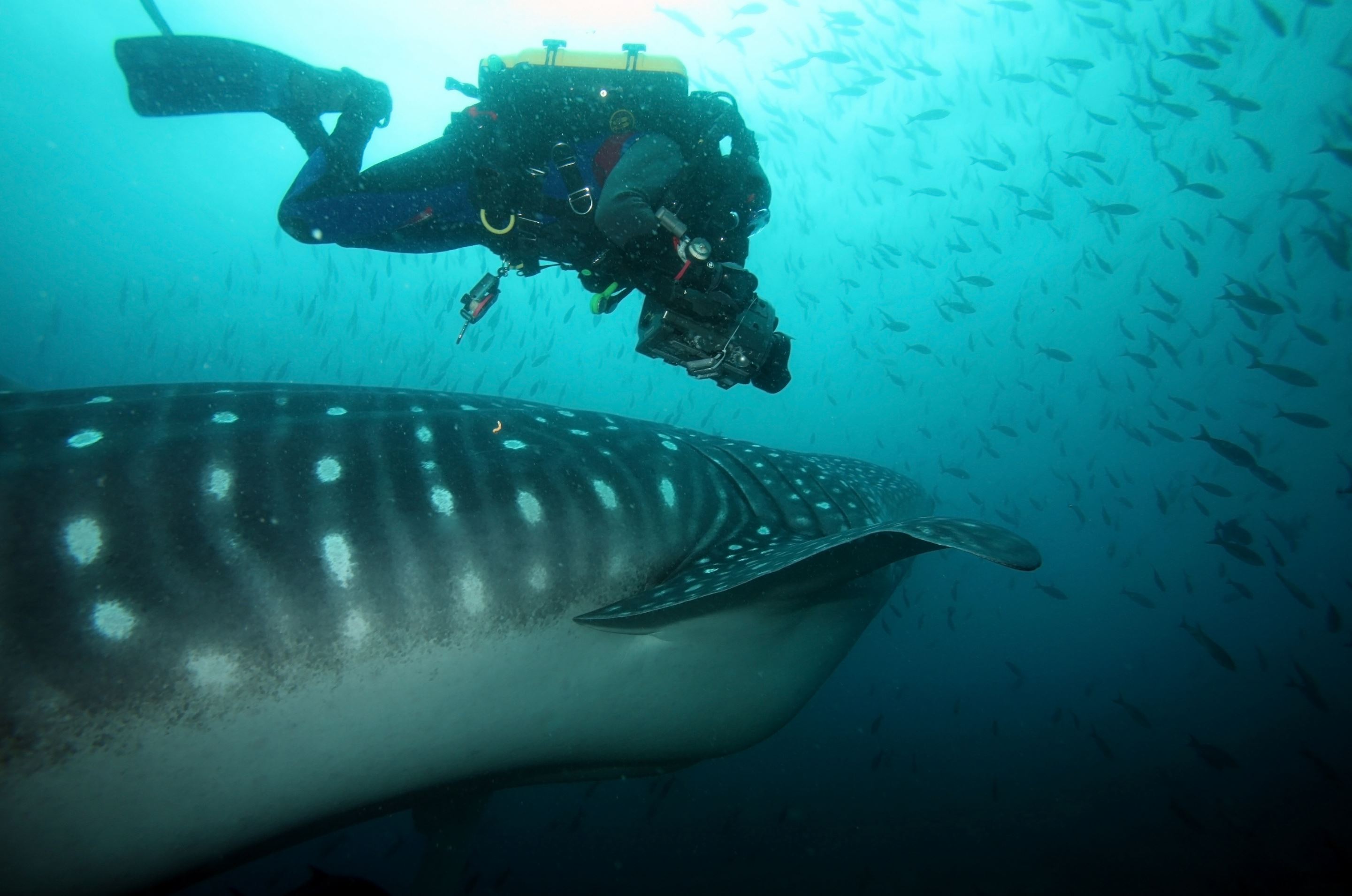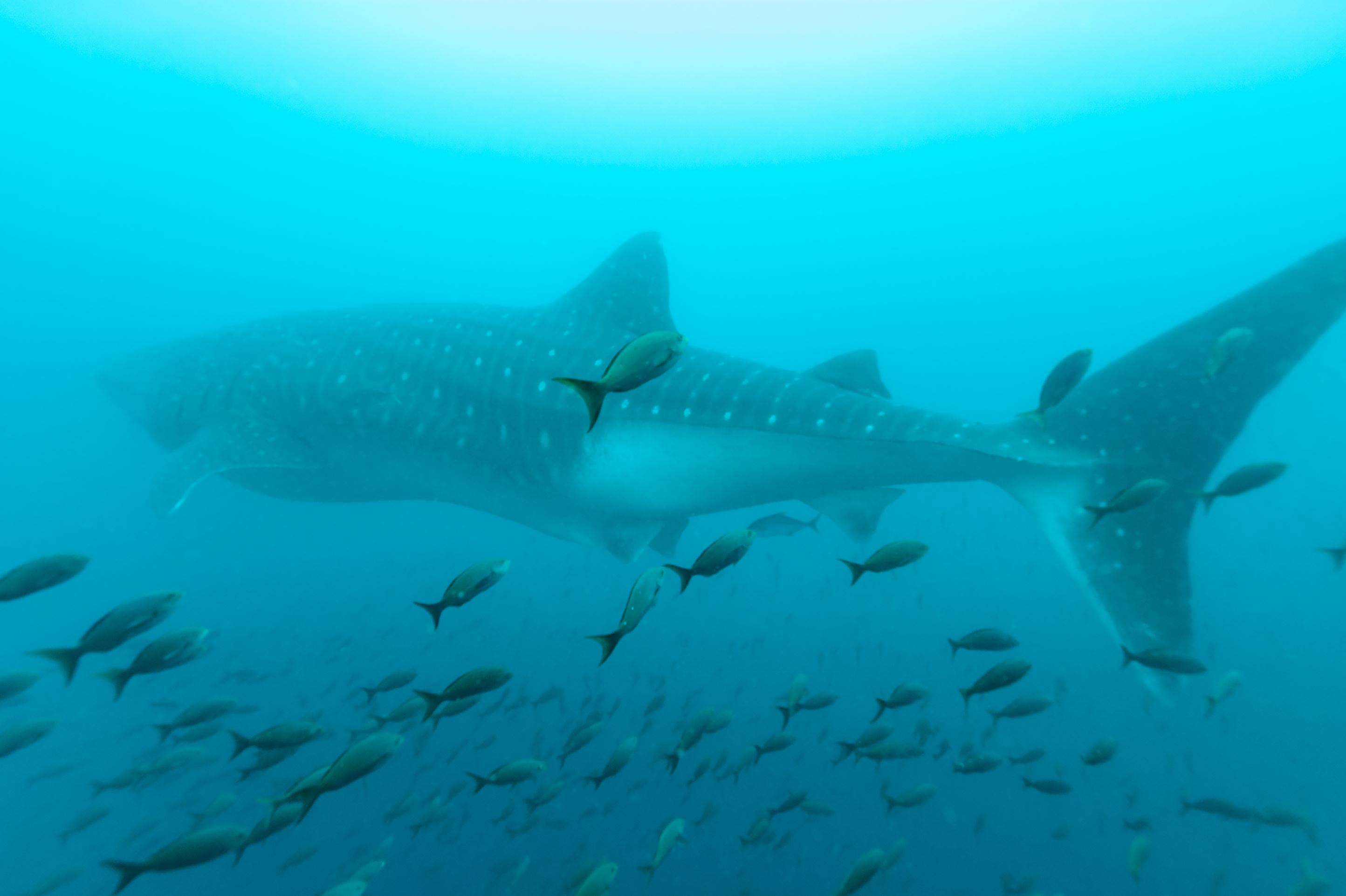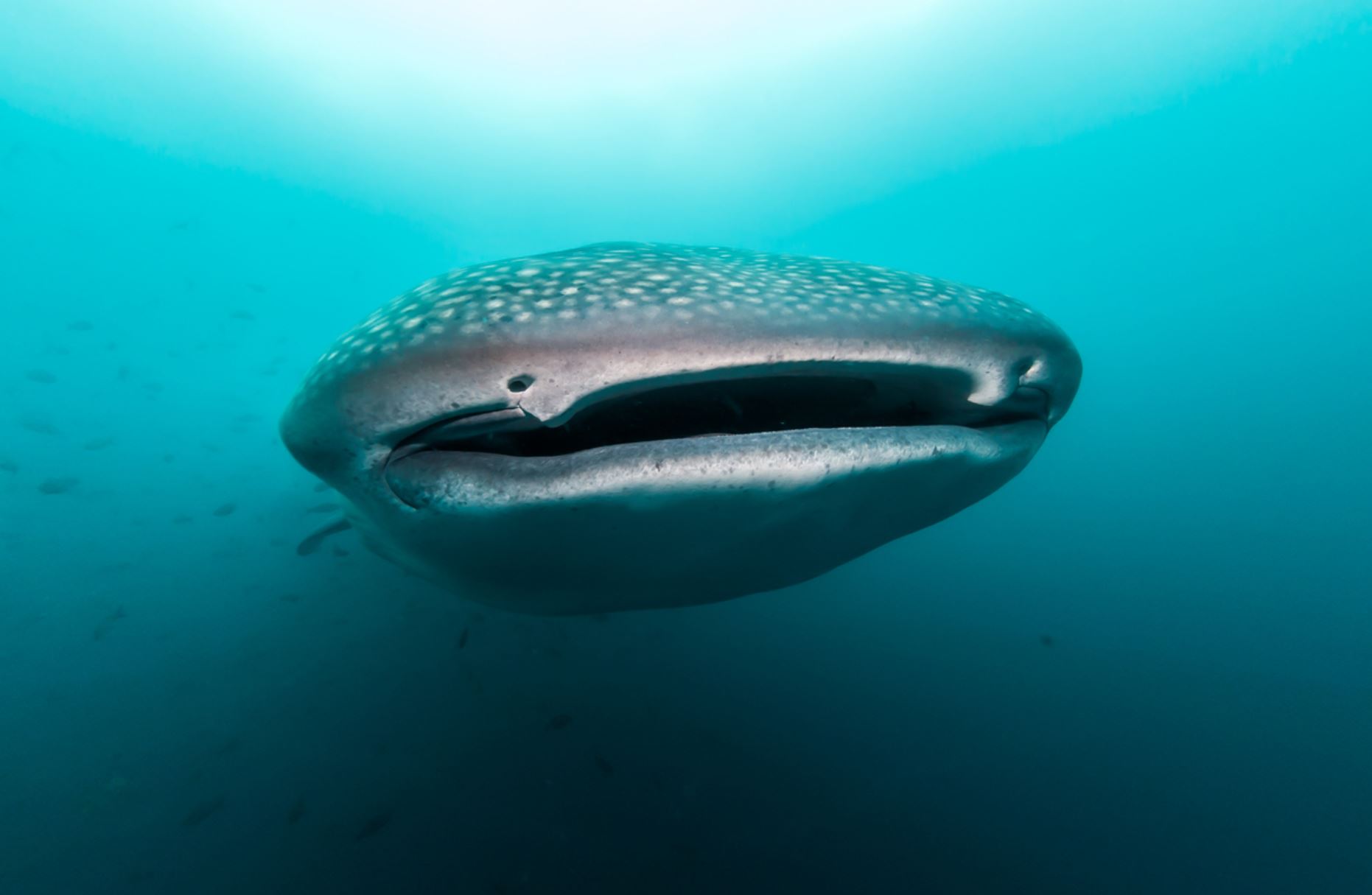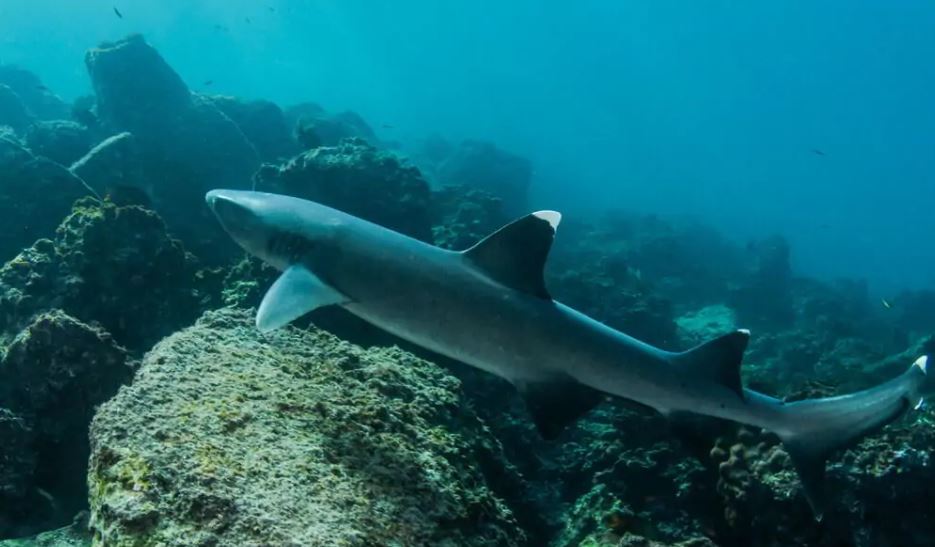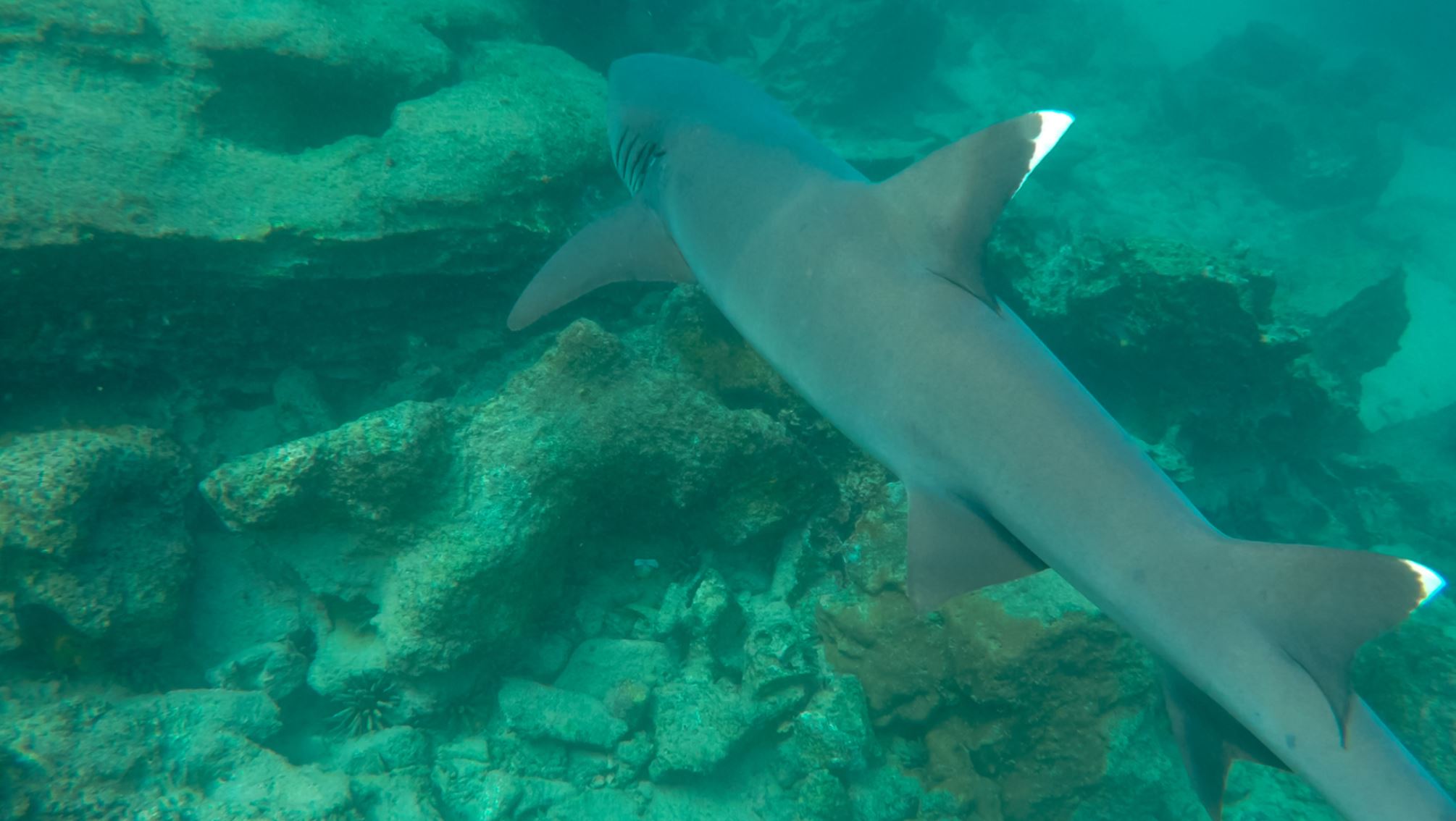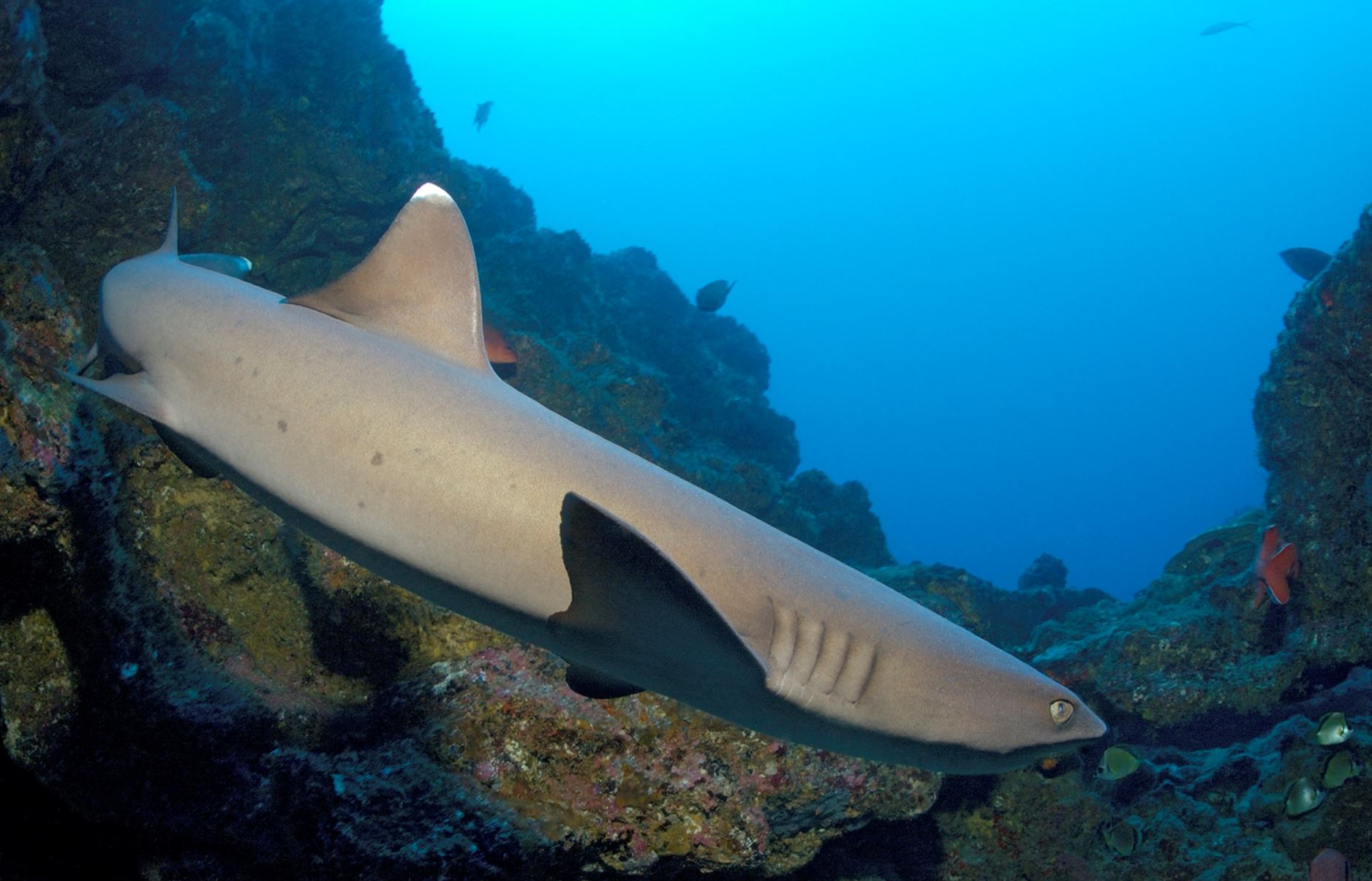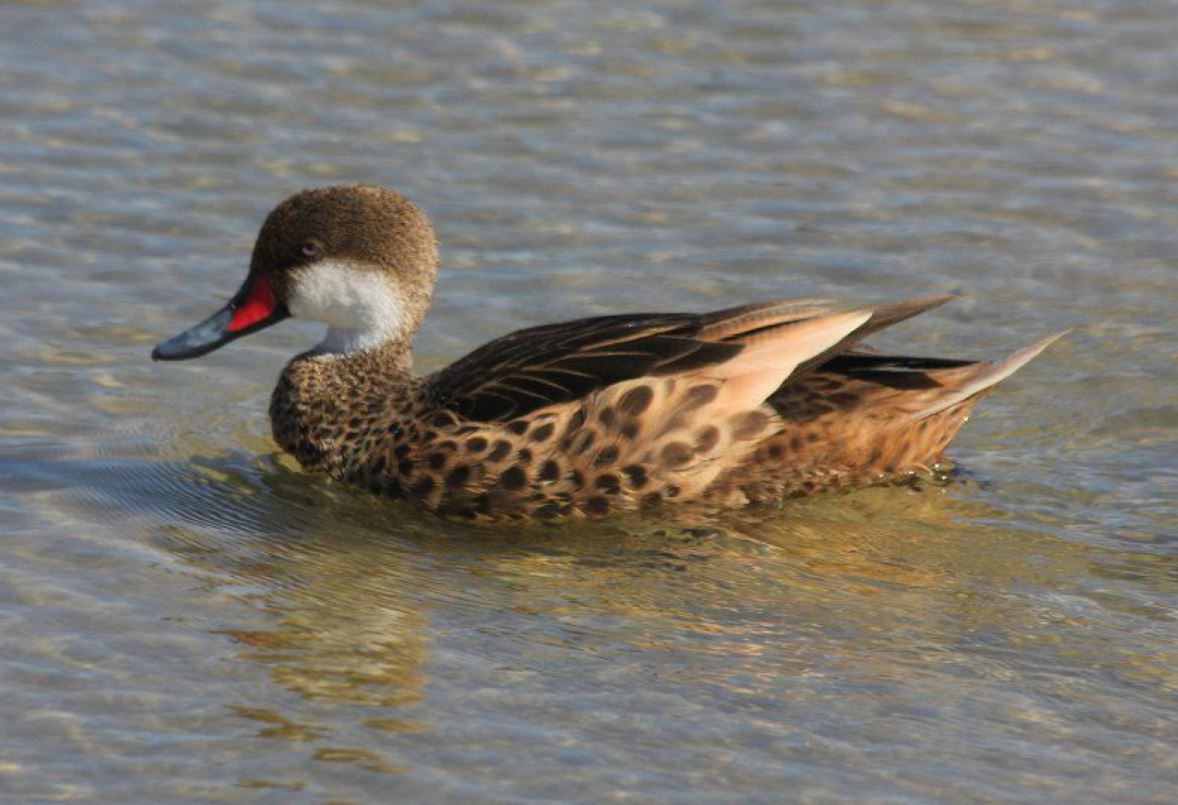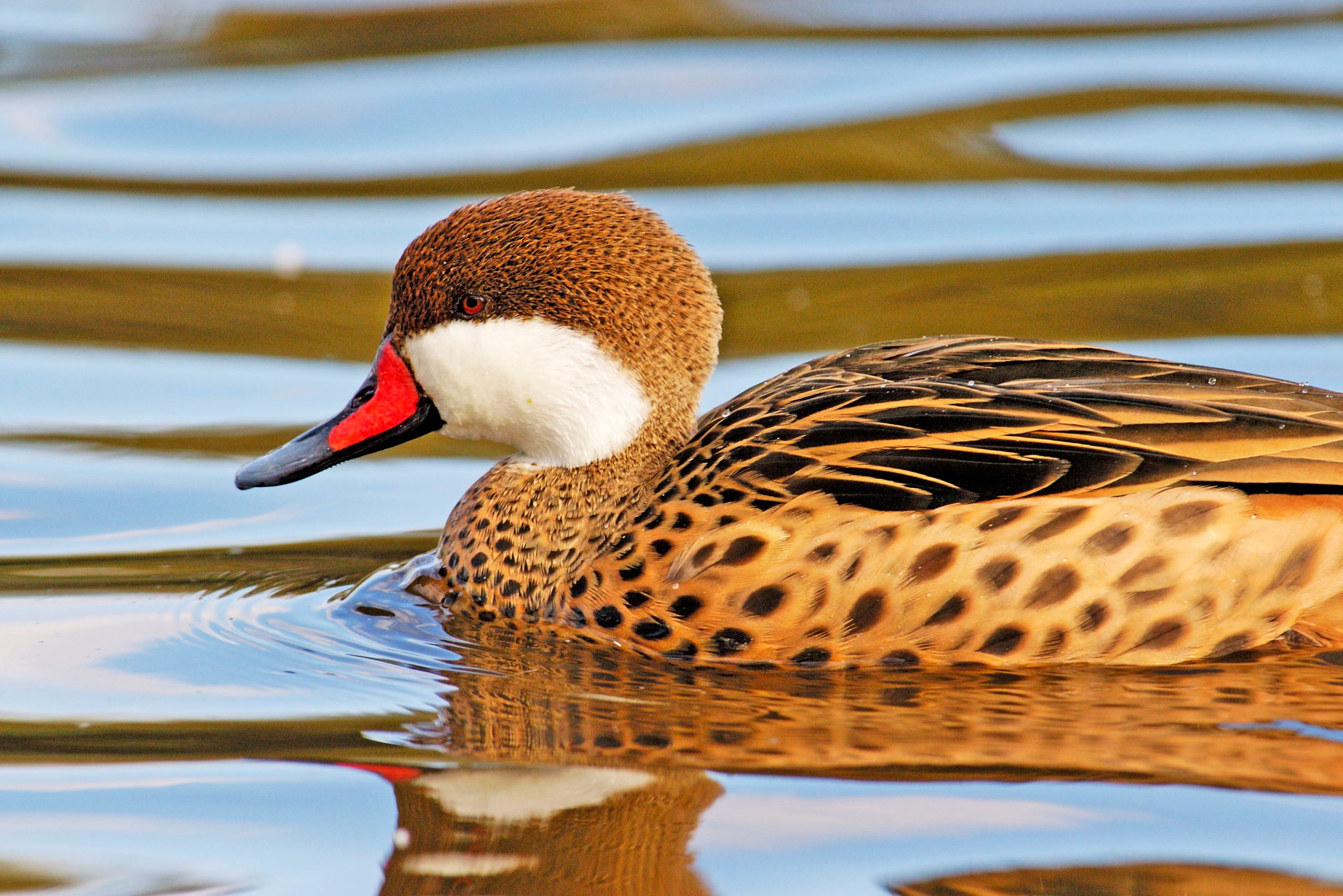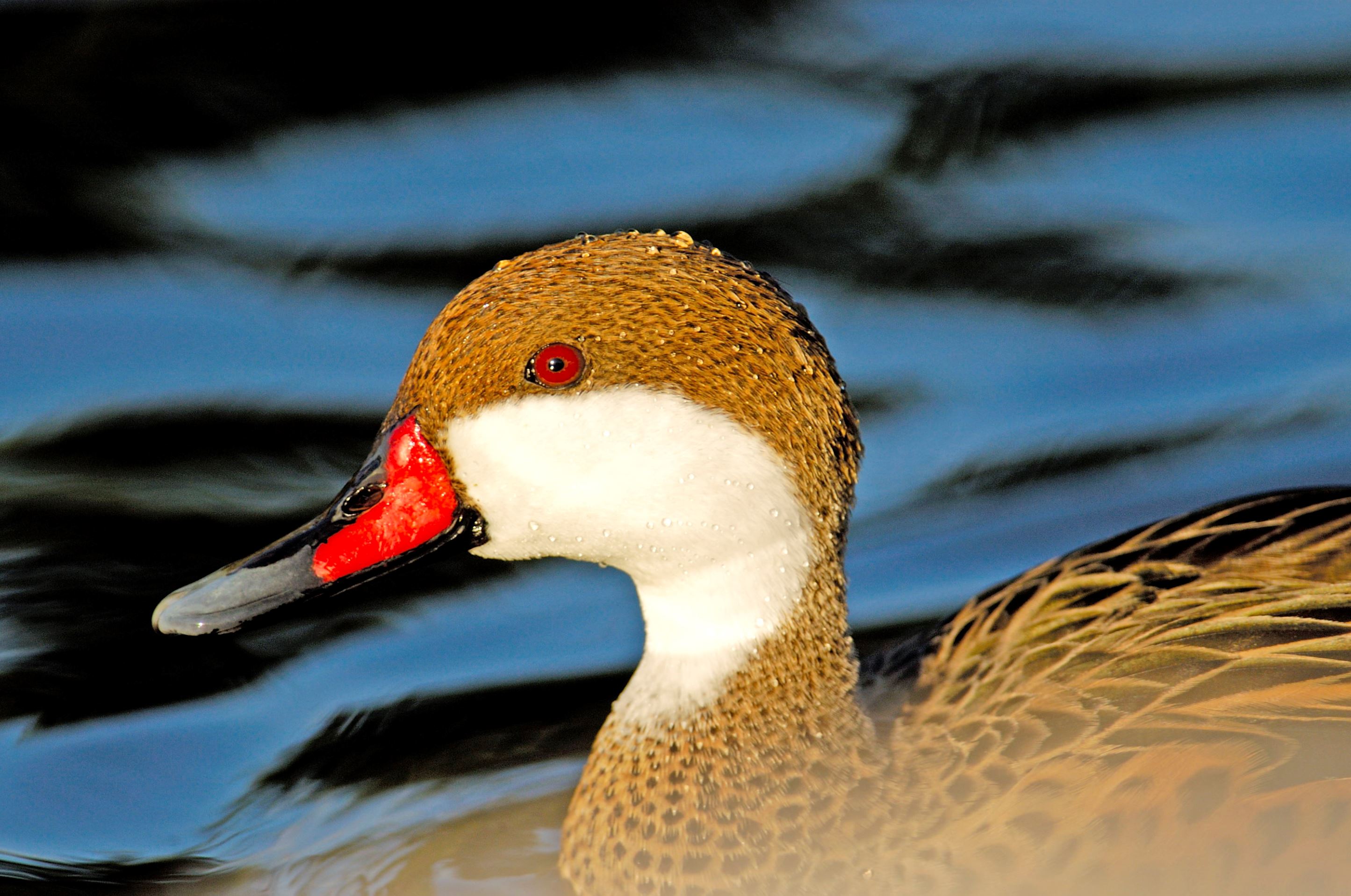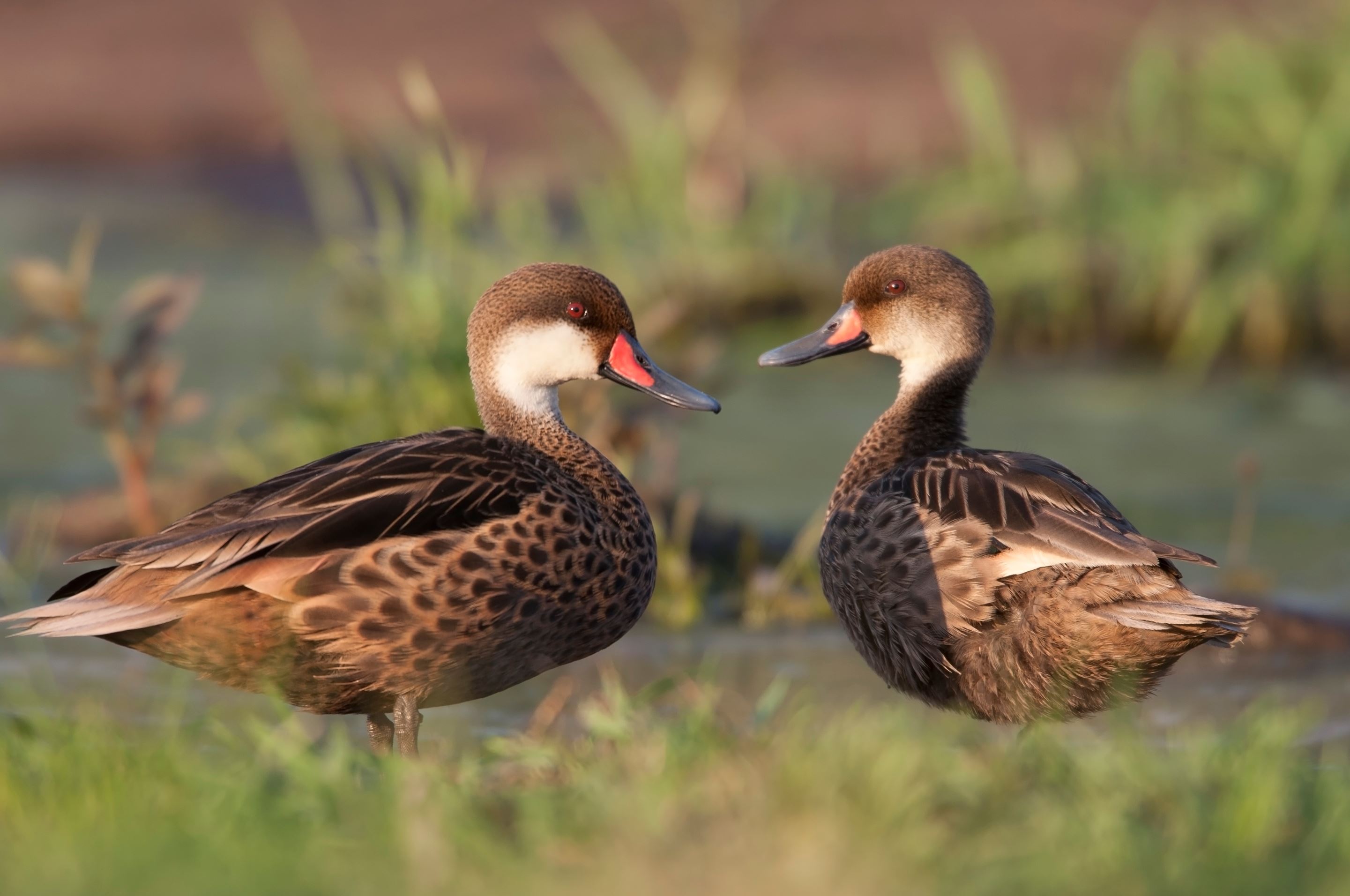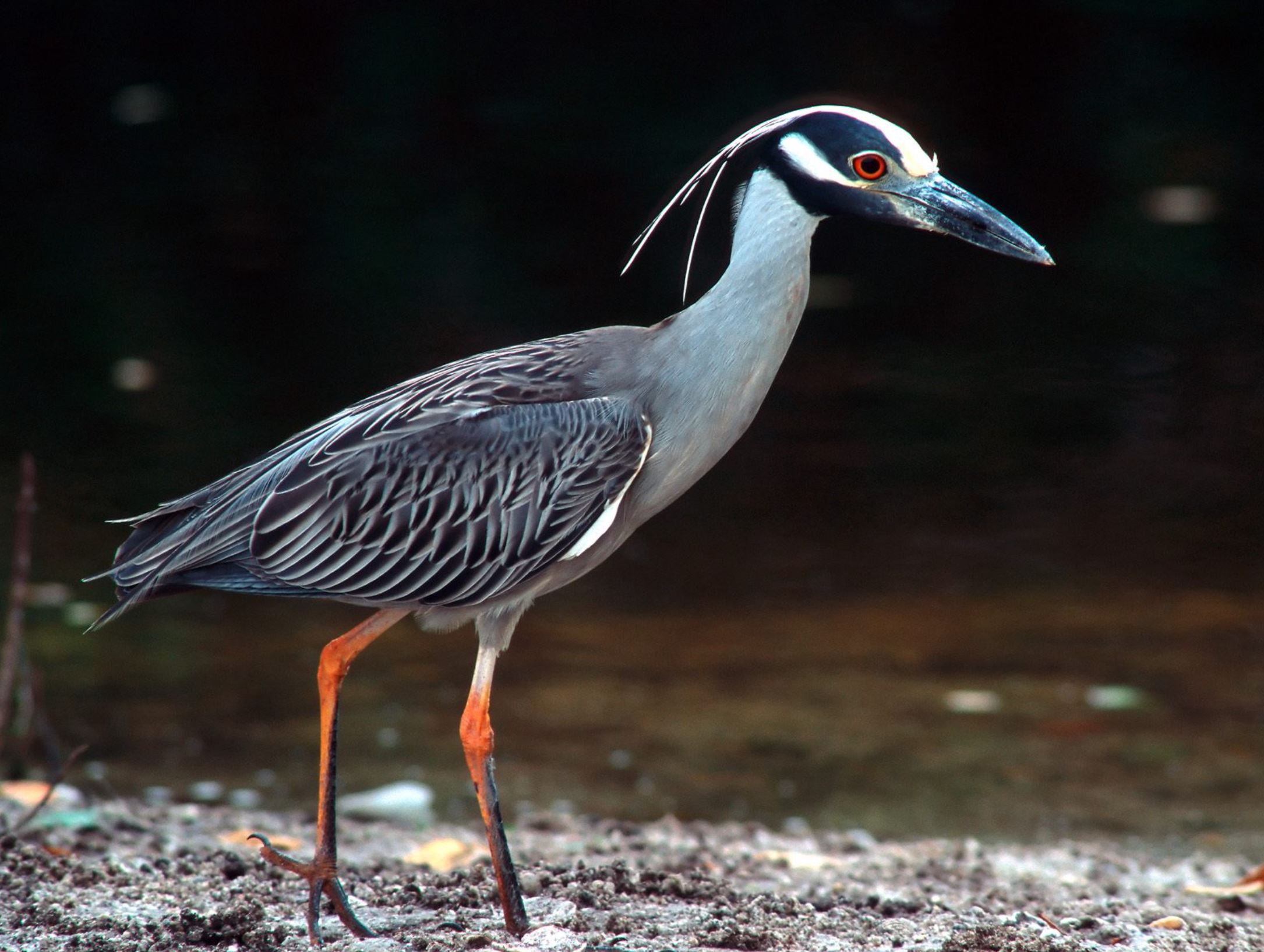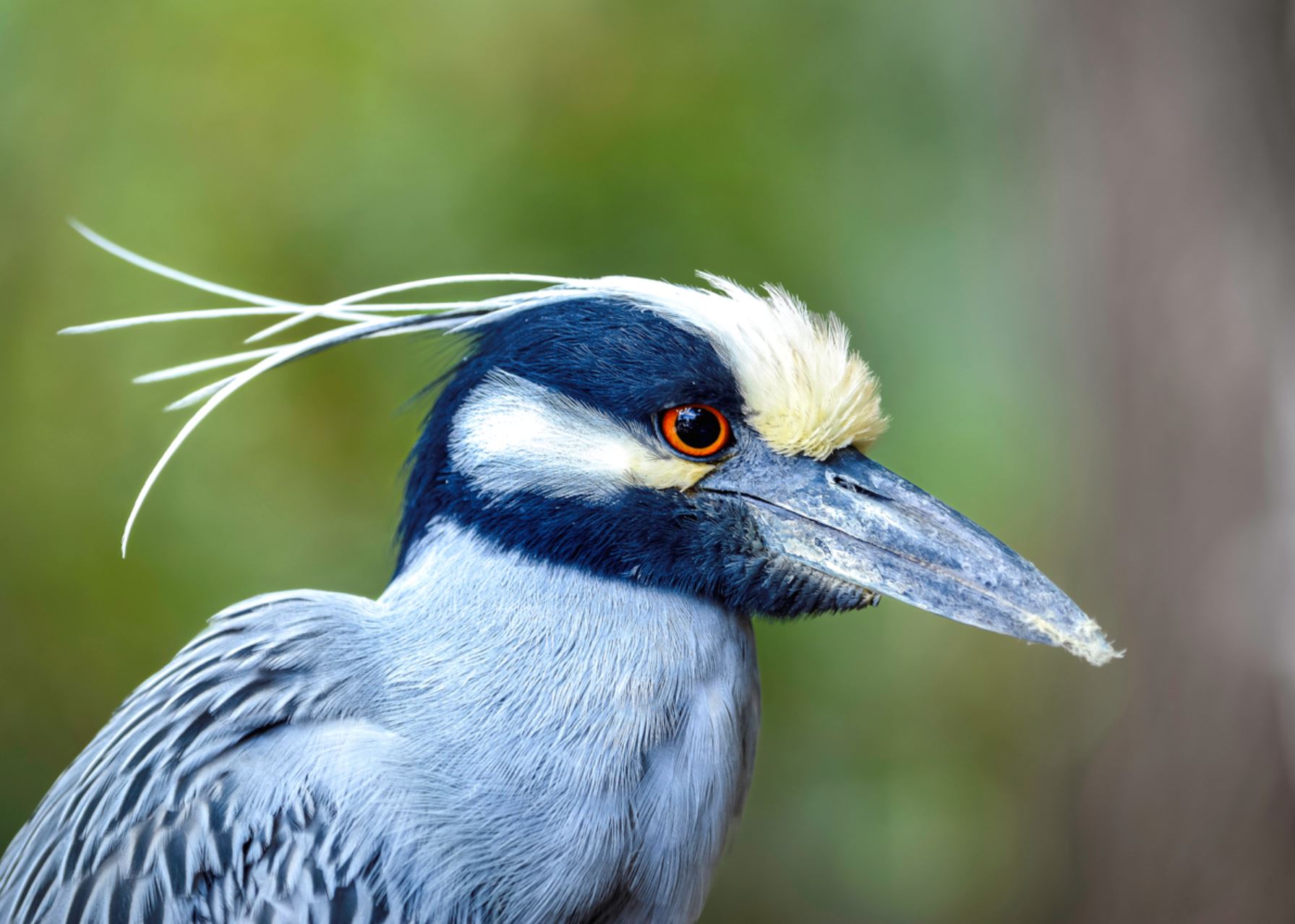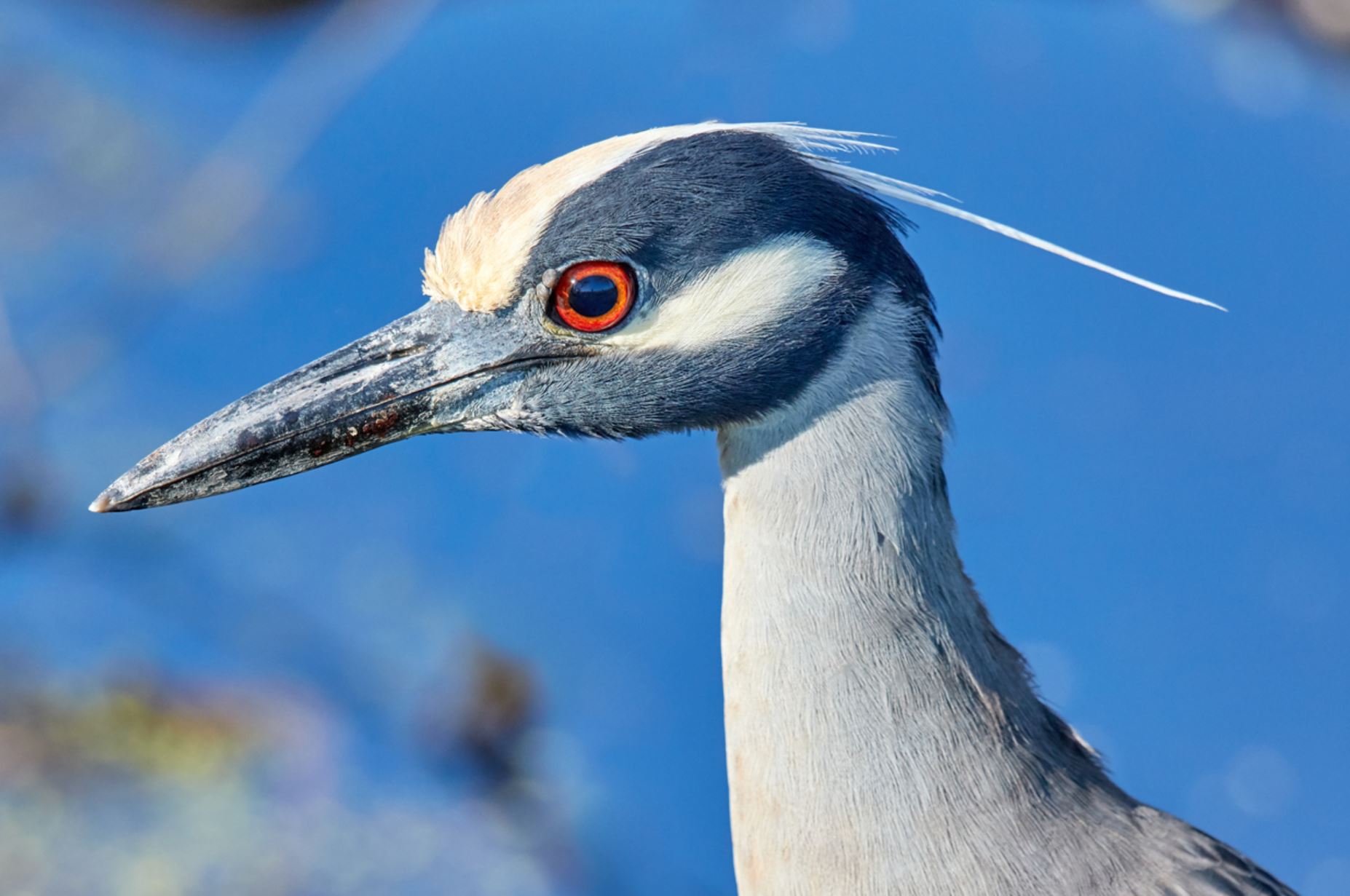Galapagos Animals / Wildlife
Animals that can be seen on the Galapagos Archipelago
American Oystercatcher
The American Oystercatcher bird is found all along the Pacific coast and in some areas of the Atlantic Ocean. In the Galapagos, they are found in the intertidal zone of most islands. Their population isn’t big; around 400 birds live in the archipelago.
Males and females are similar and they are usually seen in pairs and sometimes in groups. They breed mainly in the months of October to March and can be seen patrolling the beach in search of food and when they curiously approach tourists. Their red bright bills and pale pink legs can be seen among marsh, where they prefer to remain most of the time in search for food.
They feed on mollusks, worms, and marine invertebrates which they search with their beak in muddy terrains, and with the strength of the beak force to open it. Because their food is on the ground, they rather walk than fly.
The courtship begins when the male and the female walk together pipping the same note or they fly off together; their bond lastest forever. The male prepares the nest by scratching the ground and marking territory. Once, the nest is ready, the female can lay 1 to 4 eggs that will be incubated by both parents for about 28 days. After a month, chicks are born, they are encouraged to practice fishing to reduce predator attacks. Chicks become fully independent after two months of age.
- Animal Group: Shorebirds
- Scientific Name: Haematopus palliatus
- Animal Average Size: 43 cm
- Animal Average Weight: 14.1 – 24.7 oz / 400 – 700 g
Santiago island
Santa Cruz island
Belted Kingfisher
Unmistakable; the only kingfisher recorded in Galapagos. Stocky built, with large, crested head and strong, dagger-like bill. Adults are blue-grey above, with a broad white collar. Underparts mainly white with, in male, a single blue-grey breast-band and in female an additional rufous band across the upper belly, extending to the flanks. Juveniles resemble adults, but have rufous tones to the breast-band.
Behavior:
Perches or hovers over water, plunging head first to catch fish.
Na Category: Land Birds
Number of Species: 49
Endemic Species: 22
In total, 49 species of land birds have been recorded in the Galapagos, 22 of which are endemic to the Islands. Land birds can be divided into 5 categories: Diurnal Raptors, Night Birds, Larger Land Birds, Aerial Feeders and Smaller Land Birds.
Category: Larger Land Birds
Endemic Subspecies: Galapagos Dove
Eight species of larger land birds have been recorded in Galapagos, five of which are resident including one endemic species. The larger land birds can be conveniently divided into three groups: Pigeons & Doves, Kingfishers and Cuckoos.
Kingfishers are small to medium-sized, stocky birds with short legs and necks, large heads and very large, dagger shaped bills, which are used to catch fish. The only species recorded in Galapagos, the Belted Kingfisher, is large with unmistakable plumage.
Animal group: Alcedinidae
Scientific name: Megaceryle alcyon
Animal Average Size: 28–35 cm (11–14 in) in length with a wingspan of 48–58 cm (19–23 in)
Animal Average Weight: 113 to 178 g (4.0 to 6.3 oz)
Where can you find with a little bit luck the Belted Kingfisher in Galapagos:
Santa Fé island
San Cristobal
Blue-footed booby
The blue-footed booby is native to the tropical regions of the Pacific Ocean and is part of the six species of boobies. There are about six thousand blue-footed boobies in the Galapagos, typically nesting on the rocky shores and cliffs of the islands. Half of the world’s population live in the archipelago.
Their clumsiness on the ground, lead the bobby to be named by the Spanish “bobo,” which means silly or stupid. The blue-footed booby has an aerodynamic shape and the extraordinary binocular vision make it one of the best fishing birds. It breathes by the corners of its beak and their nostrils are permanently blocked as they dive to feed. They can reach the speed of 90kmh (60mph) diving in water, and they can go down to depths of 25m (82ft).
In males, the brighter the blue color of the feet, the more reproductive success they may have. Female boobies lay between two to three eggs a year, creating high competition between the offspring and resulting in one survivor that portrays natural selection in every generation. Both take care of the nest for about 45 days and feed the chicks together, by regurgitation for approximate two months.
The boobies are opportunistic breeders, preferring the cold season to mate (June-August). Overall, they tend to be monogamous and their courtship ritual is one of the most entertaining to witness. The male offers a present, usually a rock or a branch, and then dances in front of the female showing the feet and making noises while standing with the beak up high and the wings wide opened with tips to the sky.
Males and females are very similar, differences are that females are slightly bigger and have a larger eye pupil.
- Animal Group: Seabirds
- Scientific Name: Sula nebouxii
- Animal Average Size: 81 cm
- Animal Average Weight: 1.5 kg
Where can you find with a little bit luck the blue footed booby in Galapagos:
Rábida island
Isabela island
Santa Cruz
North Seymour
Floreana
Brown Pelican
Pelicans are large, heavy waterbirds with short legs, webbed feet, and exceptionally long bills. The bill has a large, distensible pouch, used as a scoop-net to catch fish. In flight, pelicans hold their head and neck drawn back and have slow, rather ponderous wing beats. Their large wingspan makes them accomplished gliders. Pelicans are very ungainly on land, rarely walking far; however, they are comfortable around humans, especially around fishing boats or ports where they can get an advantage of the food available from fishermen.
The brown pelican is a common resident of Galapagos, an endemic species that goes by the scientific name of Pelecanus occidentalis urinator. Its population is estimated at a few thousand pairs that breed throughout the year, nesting in small colonies in low bushes and mangroves, occasionally on the ground, and laying up to two eggs that are incubated by both sexes. Males and females are alike, with brown plumage in their bodies and yellow heads. Their beaks are whitish gray with patches of red.
- Animal Group: Seabirds
- Scientific Name: Pelecanus occidentalis
- Animal Average Size: 105 - 152 cm
- Animal Average Weight: 3.17 - 3.7 kg
Places where you may see this animal:
Santiago island
Santa Cruz island
Santa Fé island
Floreana
Darwin´s finches
Darwin finches are a group of about 14 birds that gained notoriety when Charles Darwin studied them back in his voyage with the HMS Beagle in 1835. Darwin arrived in the Galapagos and was fascinated by collecting species he found in his trip — the species were taken back to the UK for further studies.
Back home, Darwin studied the birds with ornithologist John Gould and found fascinating similarities between these birds and a common South American ancestor finch. They noticed that finches had slight differences in the beaks and were also as a whole different from the original continental ancestor. Each finch had adapted to their own island environment and food source availability with variations in their claws, size, and beaks — deriving from this they were acknowledged as endemic to the Galapagos Islands.
Some finches have adapted to eat insects, others to eat nuts, others are completely vegetarian. Charles Darwin, years later, gathered all his findings in his famous book On the Origin of Species and concluded that species have the ability to change throughout time making favorable adaptations to their environment and becoming new species. This is what we commonly know as the theory of evolution by means of natural selection.
- Animal Group: Landbirds
- Scientific Name: Geospizinae
- Animal Average Size: 10 - 20 cm
- Animal Average Weight: 8 - 38 g
Places where you may see this animal:
Isabela
Santiago
Rábida
Santa Cruz
San Cristobal
Española
Dolphins
Bottlenose Dolphin
While not native to the Galapagos, the bottlenose dolphin is a frequent visitor to the islands and the most commonly seen cetacean in the Galapagos. They have short beaks and curved dorsal fins, and their backs and sides are dark gray or black, with paler skin underneath. They often travel in large pods and can sometimes be spotted playfully riding the bow waves of ships and yachts. They can appear any time our boat is moving and often put on whimsical shows that delight travelers. Their distance from the boat varies: some will frolic right alongside the vessel, others will dance near the bow, while still others will execute flips off on the horizon. If you spot them at night, the swimming dolphins cause the ocean to shimmer with bioluminescence as they churn up thousands of miniscule phosphorescent organisms that glow when disturbed. An encounter with these highly intelligent cetaceans is one of the highlights of any Galapagos adventure.
Common Dolphin
The common dolphin looks similar to the bottlenose but has a longer beak, gray flank markings, an upright dorsal fin and a dark stripe that runs from the flipper to the chin.
Striped Dolphin
This striking creature is seen less often than bottlenose or common dolphins because it rarely bow rides. It is smaller than the bottlenose and larger than the common dolphin and can be identified by its more rounded dorsal fin and distinctive color pattern consisting of bold, thin stripes.
Animal Group: Marine life
Scientific Name: Tursiops truncatus (Bottenlose Dolphin)
Animal Average Size: 13 feet
Animal Average Weight: 300 kg
Places where you may see Dolphins in Galapagos: Wolf, Darwin, Fernandina, Isabela, Santiago, Santa Cruz, Genovesa, Marchena, San Cristobal, Floreana, Española
Flightless Cormorant
This flightless cormorant bird is endemic to the Galapagos and is only found on Fernandina and Isabela islands where the oceans high-productivity assures their existence.
This species has very strong legs and its well-adapted webbed feet for diving to seek for food. It preys on eels, small fish, and octopus and hunt in shallow waters no further than 100 meters from their nesting sites and are remarked for being sedentary.
This species had the chance to adapt to the need of feeding mainly underwater and to the absence of predators to escape from. Its wings are now one-third of the size compared to other cormorant species, and the flying muscles have adapted to a better swimming shape. They can be seen on the shoreline drying their feathers, as they produce very little wax that protects the feathers from the water, thus they need to constantly comb-dry and take care of their plumage.
Males are larger than females and their plumage is also darker with turquoise-blue eyes.
The courtship ritual starts in water when both swim around each other with they necks bends in a snake-shape and lifting from the water every now and then. The male leads the way out of the water, keeping the neck shape and they walk together in what resembles a penguin walk until reaching the perfect spot where they both start building their nest out of plants, shells, and anything that can be found in the beach.
They tend to lay 2-3 eggs but generally only one survives after hatching 35 days and reaching maturity 4 months later. Nesting occurs mainly from March to October, females have the chance to breed around 3 times a year.
There are less than 1,200 cormorants in the archipelago today, with a lifespan of around 13 years.
- Animal Group: Seabirds
- Scientific Name: Phalacrocorax harrisi
- Animal Average Size: 89 - 100 cm
- Animal Average Weight: 2.5 - 5 kg
Places where you may see this animal:
Isabela
Fernandina
Galapagos Red cliff crab
Red cliff crab
Scientific name: Grapsus grapsus
The Galapagos Sally Lightfoot Crab lives in harmony with the marine iguanas and cleans their skin from vermin. With their brightly colored bodies, they are clearly noticeable on the rocks and on the coasts of the islands, a preferred object for passionate wildlife photographers. Their name comes from their ability to move easily across the surface of the water, which makes them look like they are walking on the water. They can often be seen in large groups on the rocks of Santa Cruz Island.
Galapagos Barn Owl
There are two endemic subspecies of owls in the Galapagos: the Barn and the Short-eared Owl.
The short-eared owl (Asio flammeus galapagoensis) has changed its night hunting behavior to eventual day hunting in order improve its catches. They are carnivorous and can prey on bigger birds than themselves such as the blue-footed boobies. In Genovesa Island, they mainly feed on storm petrels that nest between the rocks in deep caves. Here, they have learned to wait for the petrels to come in and out from the nests to catch them unaware. They are easier to be seen in islands where the Galapagos hawk is absent.
The Barn Owl (Tyto alba) is found all around the world. There are about 46 different species; the one found in the Galapagos is the smallest one. The interesting shape of its face resembles a satellite in order to focus all noises to its ears. As they fly low, they are able to hunt mammals and reptiles. This is one of the very few bird species where the female has a more attractive plumage than the male. They lay between 3 to 6 eggs, and live about 2 years.
- Animal Group: Landbirds
- Scientific Name: Tyto alba
- Animal Average Size: 32 - 40 cm
- Animal Average Weight: 400 - 700 gr
Places where you may see this animal:
Fernandina
Isabela
Santa Cruz
San Cristobal
Galapagos Dove
One of the more attractive and pleasant birds to encounter on the islands is the Galapagos Dove. The Galapagos Dove is a tame and well-mannered creature. It is reddish brown with black and white markings, touches of incandescent green, red feet and a bright blue eye ring. The Galapagos Dove grows to measure between 18 and 23 centimetres long. Its beak is curved downward, larger and more curved than most other doves.
The Galapagos Doves curved beak helps it feed mainly on seeds picked from the ground mainly from the Opuntia cactus. Cactus pulp forms part of their diet and is probably their main source of water.
The Galapagos Dove is endemic to the islands and is found in the more arid parts of the main islands. A process of evolution on Genovesa Island has softened the spines of cactus plants and thereby allowed the Galapagos dove access to pollinate the flowers. This has occurred due to the lack of bees that would normally perform this function.
The Galapagos Dove is most commonly seen on the ground where it forages for seeds and fruits. Even if disturbed it is reluctant to take to the air and if it does, it only flies for a short time.
- Animal Group: Landbirds
- Scientific Name: Zenaida galapagoensis
- Animal Average Size: 18 – 23 cm
- Animal Average Weight: 180 - 350 gr
Places where you may see this animal:
Isabela
Santiago
Rábida
Genovesa
Santa Cruz
North Seymour
Floreana
Española
San Cristobal
Galapagos Flamingo
The Galapagos flamingo is a large species of flamingo closely related to the greater and Chilean flamingo. It was formerly considered conspecific with the greater flamingo, but that treatment is now widely viewed as incorrect (for example, by the American and British Ornithologists’ Union) due to a lack of evidence.
It is also known as the Caribbean flamingo, inhabitants of salty lakes where they can find their food between the mud with their special curved beaks. Their plumage is pink thanks to their shrimp diet which is high in carotenoids. The more shrimp they eat, the pinker they become, having some specimens a paler tone.
They reproduce all year long by not having a specific mating season. Their nest is built high up on mud walls or columns in order to protect the egg from floods that may occur on the ground. Both parents take care of the egg, which will hatch in about 35 days and is born with gray to white plumage. Chicks are fed with pigeon-like milk containing prolactin that is high in nutrients and red and white cells until they can feed on solids.
A flamingo lifespan can reach up to 50 years.
- Animal Group: Landbirds
- Scientific Name: Phoenicopterus ruber
- Animal Average Size: 120 - 145 cm
- Animal Average Weight: 2.2 - 2.8 kg
Places where you may see Flamingos in Galapagos: Floreana, Isabela, Rabida, Santiago, Santa Cruz
Galapagos Frigatebirds
The Great Frigate Bird resembles a huge blackbird that hovers lazily in the sky. Frigate birds belong to the family Fregatidae, which contains five species world-wide. In the Galapagos there are two species: the Great Frigate bird and the Magnificent Frigate bird. Of the two, the Great Frigate bird has the greater world-wide distribution, being found primarily throughout the tropical Pacific and Indian Oceans.
The Magnificent Frigate bird is found in the Caribbean and on the Pacific and Atlantic coasts of the Americas. The Galapagos population of Magnificent Frigate birds is considered to be an endemic subspecies.
In the Galapagos, the two species can be seen nesting side by side, but when Frigate birds are sighted in the air, they typically are Magnificent Frigate birds, as Great Frigate birds tend to forage much further out at sea. As with the three similar species of Booby birds, similar species of Frigate Birds avoid competition by feeding in different locations.
You can tell the two species of Frigate birds apart by their sounds – a Great Frigate bird makes a ‘gobbling’ noise like a turkey, while a Magnificent Frigate bird will make a rattling or drumming sound.
Great Frigate birds are large, with iridescent black feathers (the females have a white underbelly), with long wings (male wingspan can reach 2.3 metres) and deeply-forked tails. The males have inflatable red-coloured throat pouches, which they inflate to attract females during the mating season.
Both species of Frigate bird have extremely high wingspans to bodyweight ratios allowing them soar and to fly extremely well and with excellent control. Using this control, Frigate birds routinely steal food from other birds by grabbing them by their tail feathers and shaking them until they regurgitate their food.
However, Frigate birds are also capable of capturing their own prey. Since Frigate birds have only a small oil gland and very little waterproofing in their wings, Frigate birds cannot dive and must instead rely on their superb aerobatics to snatch flying fish out of the air.
- Animal Group: Seabirds
- Scientific Name: Fregata magnificens
- Animal Average Size: 215 cm
- Animal Average Weight: 1.1 kg
Places where you may see this animal:
Genovesa
North Seymour
San Cristobal
Floreana
Galapagos Fur Seal
The Fur Seal is the second species of sea lion, that can be found in the archipelago. Such species is more nocturnal and less social when compared to the sea lion. However, their wildness, impressive vision and swimming skills make them very interesting to watch and no one can deny that they are very adorable and extremely cute to watch, also they are the fluffiest species.
The fur seal is smaller than the sea lion, about 1,5m (5 ft) and is very shy and rare to see. They prefer the rocks rather than the beaches and they have nocturnal habits.
Fur seals are less in numbers when compared to the sea lion, as they were heavily hunted back in the day by the first colonizers,.and sailors in the 19th century.
The fur seal spend more time in land than they do in water.
Fur seals are usually found in the west side of the archipelago, where the quantity of food is almost always higher. They feed mostly on cephalopods and small fish. As they hunt mainly at night, they have developed accurate techniques and tools such as their whiskers, which can be used to track the waves the fish make on the dark water.
The fur seal females are very territorial, claiming an area for breeding. This species unfortunately has a low rate of reproduction, they breed one pup a year. Females typically go hunting for about 1 day and return to feed the pup. The fur seal pup recognizes their mother by calls and noises, only known to them.
Fur seals can be found by the rocks, resting in small groups or by themselves around the islets. They mainly like places where they can sleep between rocks or dark hidden areas.
- Animal Group: Mammals
- Scientific Name: Arctophoca galapagoensis
- Animal Average Size: 120 - 150 cm
- Animal Average Weight: 22 - 34 kg
Places where you may see this animal:
Genovesa
Santiago
Rabida
Galapagos Giant Tortoise
The giant tortoise is one of the biggest living reptiles, and they have the longest life from all vertebrates, living more than 100 years. The oldest tortoise known on record was 152 years. No reliable data exists to tell the age of a tortoise; however, fungi found in the carapaces, together with blood tests can help determine an approximate age. There are now only 11 species, 4 less than when Darwin visited the islands. Currently, they live in 7 different islands of the archipelago. They have struggled through volcanic eruptions, fires, hunting and introduced species threats. There are about 15 thousand tortoises living in the islands.
Their first ancestor is thought to have first arrived in San Cristobal Island. All the species were before considered subspecies of Chelonoidis nigra, but today each one are plain species. Darwin noticed the difference in the shell shapes of the tortoises according to each island, reaching to the conclusion that they all changed from one single ancestor to the different environments of each island, although the saddle backed shape is thought to have evolved independently from the others.
How did the giant tortoises arrive and establish in the islands? The theory states that these giant reptiles were transported by massive floating platforms that were built naturally by heavy rains on the amazon that put down and stocked many trees together. Tortoises most likely walked on these platforms to cross a river, or to feed, or maybe by mistake and then later got carried with the river currents to the ocean and then to the Galapagos in a long journey in which most animals died. These tortoises were better prepared for the environment of the Galapagos and this journey than many other animals, having the ability to survive without much food or water. This allowed them to reproduce and spread around. Once on the islands, after consecutive similar events happening many times during a long period of time, they started developing adaptations to feeding and walking around the isolated different islands of the archipelago.
There are two carapace shapes: the dome, and the saddle-backed. All tortoises have adapted to the vegetation and landscape of their surroundings. Males are bigger than females, and also have a longer and thicker tail where they have their reproductive organ.
They can weight to 300k (660lb), are as large as 1.50m (5ft), and reach sexual maturity at the age of 20 to 25 years. They are herbivores and feed on more than 50 kinds of plants including a poisoned apple tree, endemic guava, opuntia and fruits. It takes them from 1 to 3 weeks to digest their food, and have inefficient digestive tracks. Their slow metabolism and water reserves allow them to live up to around one year without food or water. They spend more than 15 hours a day resting.
They reproduce at any time of the year, but prefer the wet season. Turtles lay from 4 to 15 eggs in the warm grounds of the lowlands. Hatching occurs mostly in the months of December to April. They can be seen usually in the highlands of the islands, taking refreshing mud baths and nesting in the lowlands on a hot day.
- Animal Group: Reptiles
- Scientific Name: Geochelone elephantopus
- Animal Average Size: 150 cm
- Animal Average Weight: 300 kg
Places where you may see this animal:
Isabela
Santiago
Santa Cruz
Floreana
Española
San Cristobal
Galapagos Green Turtle
Turtles are one of the most widespread species of marine turtle, found in tropical and subtropical waters throughout the globe. However, the Green Sea Turtle (Chelonia Mydas) is the only species of turtle that nests in the Galapagos Islands.Research has revealed that the nesting colony in the Galapagos is the largest in the East Pacific.
The Green Sea Turtle was so named because of the green colour of its body fat. The adult turtles algae diet is responsible for the colour in its tissues.
Green Sea Turtles body is wonderfully adapted to life in the ocean. Their shells are lighter and more streamlined than those of their terrestrial counterparts and their front and rear limbs have evolved into flippers making them efficient and graceful swimmers, capable of swimming long distances in a relatively short period of time. Green Sea Turtles have been known to move through the water as fast as 35 miles per hour. The Turtles sometimes emerge on to land to bask in the sun.
Green Sea Turtles are cold-bloodied. Adult green turtles are known to grow up to one and a half metres long. While individuals have been caught that reached weights of up to 315 kilograms (694 pounds), the average weight of mature individuals is around 200 kilograms (440 pounds). The largest Green Sea Turtle ever recorded weighed 395 kilograms (871 pounds).
The Green Sea Turtles shell is actually its skeleton. Unlike its cousin, the Tortoise, the Green Sea Turtle cannot retract its small head into its shell for protection from dangerous sea creatures.
Sea turtles have come up with an ingenious way to rid their bodies of the salts they accumulate from the seawater in which they live. Just behind each eye is a salt gland. Their salt glands help sea turtles to maintain a healthy water balance by shedding large ‘tears’ of excess salt. If a sea turtle appears to be ‘crying’ it is usually not cause for alarm, as the turtles are merely keeping their physiology in check. It is not because they are upset or sad.
Green Sea Turtles spend most of their life in the ocean. The males never leave the ocean, but the females come ashore to nest and lay eggs on several of the islands.
At night, the females dig pits on the sandy beach with their back flippers. They lay about 100 eggs and then they cover their pit. Green Sea Turtles leave the island and go back into the sea never returning to see their eggs. After the baby green sea turtles are about 6 months old, they start to eat algae and seaweed.
- Animal Group: Reptiles
- Scientific Name: Chelonia mydas
- Animal Average Size: 150 cm
- Animal Average Weight: 68 – 250 kg
Places where you may see this animal:
Santiago
Bartolomé
Santa Cruz
Santa Fé
Floreana
Galapagos Hammerhead shark
The most common of the hammerhead sharks, scalloped hammerheads are a migratory species found in warm temperate and tropical waters of the Atlantic, Indian and Pacific Oceans. They can be told apart from their close relatives by the ‘scalloped’ front edge of their hammer-shaped head (which is called the cephalofoil). The cephalofoil has evolved to improve vision and to provide a larger area for the electroreceptors that the sharks rely upon for hunting prey on or under the sediment.
The body is slender and is a brown-bronze colour on top and white below. The teeth are narrow backwards-facing triangles, perfect for seizing prey that they can eat whole rather than having to take bites out of larger prey. Their diet ranges from schooling fish such as sardines, herrings and mackerel, to stingrays, squid and even crustaceans.
As with all hammerhead species, they have viviparous reproduction meaning that pups are nourished by a placental link to the mother much like mammals, and are born alive and fully functional. The gestation period lasts between 9-12 months and litter sizes can be large, ranging from 12-40 pups. Pups are born in shallow coastal areas and measure just 30-55 centimetres. Predation on pups by other sharks is high.
The Galapagos Marine Reserve (GMR) is one of the few places on Earth where scalloped hammerhead sharks can be seen gathering together in large schools of up to several hundred. The exact reason behind this schooling behaviour remains a mystery. In 2017, it was also found that scalloped hammerheads have nursery sites in the GMR. The average lifespan of a Galapagos Hammerhead shark is between 20 – 30 years.
Around the northern islands of Darwin and Wolf and occasionally around Kicker Rock you can see Hammerhead sharks with a bit luck. Hammerhead sharks are in the Galapagos Marine Reserve all year round but their abundance is highest in January and lowest in May. Mating and pupping seasons in Galapagos are currently unknown.
The scalloped hammerhead is an increasingly targeted species by commercial and illegal fisheries for their fins as these are highly valued in the Asian market for shark fin soup. They are very vulnerable to being caught as bycatch by trawls, purse-seine nets, gillnets and longlines. A large number of pups are also caught through artisanal coastal fisheries.
Scalloped hammerhead sharks are listed on Appendix II of CITES meaning that all international trade of this species must be registered. Within the Galapagos Marine Reserve, scalloped hammerheads are protected by law and, in 2007, Ecuador issued two new decrees which established better controls.
Animal Group: Marine Life
Scientific Name: Sphyrna mokarran
Animal Average Size: 2,5 – 4,2 m
Animal Average Weight: 80 - 100 kg, max. 152 kg
Places where you may see this animal in Galapagos: Darwin, Wolf, San Cristobal (Kicker Rock)
Galapagos Hawk
The Galapagos Hawk is endemic to the Galapagos and is similar to the red tailed hook that can be found in North America. The hawks found in Española Island are the biggest in the archipelago averaging 1,140gr, and the smallest are found in Marchena Island weighing about 844gr. Males are smaller and lighter than females.
This bird has developed an interesting breeding method. As many as 3 hawks would reproduce with the same female and all would assist the nursing by bringing food. They lay 3 to 6 eggs, and depending on the food availability, all will survive.
They feed on dead animals and also hunt insects, mammals, reptiles and other birds. However, there are few birds that are fearless of the hawks, such as the mockingbird that would even fight them to protect their nest. They can hunt in groups of 3, one being the leader, displaying strategic chasing or mocking when needed.
There are supposed to be about 300 individuals in the archipelago, so they are highly endangered, mainly because of introduced species. They are currently extinct in Baltra, Daphne, Floreana, San Cristobal, and Seymour islands.
- Animal Group: Landbirds
- Scientific Name: Buteo galapagoensis
- Animal Average Size: 45 - 58 cm
- Animal Average Weight: 844 - 1.223 gr
Places where you may see this animal:
Española
Galapagos Hoary Bat
This is the larger of the two resident Galapagos bat species and it can be found throughout the Galapagos archipelago, with recorded populations on Santa Cruz, San Cristóbal, Isabela, Santiago, and Floreana Islands.
Male and female Red bats have different migrating routines. Female bats are usually found in warmer climates during the month of June. Males are mostly found in the Highlands of Santa Cruz or Isabela. Due to the difference in migrating patterns, it makes it difficult for them to breed because they are constantly quite far apart.
The Hoary Bat is so-called because its long, dense grey-brown fur is tipped with white - making the bat look like it as a covering of frost, or hoar. It’s one of the more attractive bat species, with this dense fur covering giving it an almost “cuddly” appearance!
Hoary bats don’t roost together in colonies, instead they prefer to roost in dense vegetation on their own, hanging upside down under the tree canopies. In the Galapagos they are best seen on the inhabited islands where, like the smaller Red Bat, they will hunt around the streetlights that attract their insect prey. If you are enjoying an overnight stay before or after your cruise on either San Cristobal or Santa Cruz you may well have the chance to observe these creatures as you walk in the evenings.
might have. When they are on the ground and can not move, do not touch them or try to help them. Red Bats are liable to bite and cause infections. If a person comes into contact with one and is bitten, this person needs to seek medical attention as soon as possible.
- Animal Group: vesper bat family, Vespertilionidae
- Scientific Name: Lasiurus cinereus
- Animal Average Size: 13 – 14 cm
- Animal Average Weight: 26 gr
Places where you may see this animal:
Highland of Santa Cruz
San Cristobal
Isabela
Santiago
Floreana
Galapagos Land Iguana
The land iguana species has its origin in a common ancestor with the marine iguana, about 10.5 million years ago. The iguana grows up to a length of 1.5m (5 ft.) and can weight 13kg (25pounds). They are herbivores, feeding mainly on the prickly-pear cactus but eventually would feed on insects and other invertebrates. They reach sexual maturity at around 10 years old and can live up to 60 years.
They lay 2 to 25 eggs, which they burry in sandy areas. These eggs hatch after around 100 days. In some islands, they have interbred with marine iguanas creating a hybrid iguana species. Very little has been discovered from this species but they are known to be almost all infertile and have a very reduced population.
There are two other species of land iguana in the archipelago, the Conolophus pallidus, which is found only on the island of Santa Fe, and the one known as the pink iguana only found in Wolf volcano on Isabella Island.
Same as other reptiles, they need to thermo regulate so they bask in the sun to warm up making a beautiful picture, and usually burry themselves in the night to conserve the heat in the cold season. They are usually found in the trails and around the cactus growing sites. They have developed symbiotic relationship with birds so they can easily be seen with a finch standing on their heads. Since they are very territorial animals, some fights and social dynamics are part of their natural display. There are about 8 thousand land iguanas in the archipelago.
- Animal Group: Reptiles
- Scientific Name: Conolophus subcristatus
- Animal Average Size: 100 - 150 cm
- Animal Average Weight: 11.5 kg
Places where you may see this animal:
Fernandina
Isabela
Bartolomé
North Seymour
Santa Cruz
South Plaza
Galapagos Lava Gull
The Lava Gull (Larus fuliginosus) is a large gull, probably related to the Laughing Gull. One of the rarest gulls in the world, the entire population is endemic to the Galapagos Islands and is estimated at 400 pairs. Adult Lava Gull characteristics are a black head, black wings and with a dark grey body and a paler grey belly. Their bill and legs are black and the inside of the mouth is scarlet.
Lava Gulls are quite often seen as they frequently emit long raucous gull-like calls with their bills wide open. They have white upper and lower eyebrows, with red lids. Young gulls are generally dark brown in colour.
Lava Gulls are solitary nesters, laying two olive-coloured and well-camouflaged eggs that take 30 days to incubate. Young birds fledge at 60 days and are cared for by adults for a short period.
Lava Gulls are omnivores like most Larus gulls, generally scavenging or stealing from nests, but they will also catch fish, small crustaceans and newly-hatched lizards, iguanas and turtles. . Being scavengers, young Lava Gulls are more naturally self-sufficient than some species with more specialized feeding habits.
The Lava Gull is categorized as ‘vulnerable’ by the IUCN Red List because it exists in small numbers and though the population is stable, it faces numerous threats.
- Animal Group: hooded gull group
- Scientific Name: Larus fuliginosus
- Animal Average Size: 51 – 55 cm
Places where you may see this animal:
Santiago
Genovesa
Santa Cruz
Española
Galapagos Lava Heron
The lava heron or Galapagos heron inhabits the intertidal zone and the mangrove areas, feeding at the open shoreline by slowly moving in the shallow waters or even diving into them. Apart from crab and fish, it also eats insects, lizards, and eggs. Its dark shades of gray help them to blend in with the rocks in order to hunt.
Males and females look similar, their feet, head, and eyes get brighter tones in courtship time and it is an opportunistic breeder. The mating months are September to March where females and males create a loud sound, show aerial displays and chase other herons in order to get a monogamous partner. They lay from 1 to 3 eggs in random safe areas of the lowlands around mangrove trees, that take around 22 days to hatch. They protect their territory by chasing intruders and making loud noises.
Due that their meals are on the ground, this bird prefers to walk instead of flying. They can be spotted walking or jumping along their feeding areas, found in all islands.
- Animal Group: Shorebirds
- Scientific Name: Butorides Sundevalli
- Animal Average Size: 45cm
- Animal Average Weight: 190-235 g
Fernandina
Isabela
Santiago
Santa Cruz
Floreana
Española
San Cristobal
Galapagos Lava Lizard
Lava Lizards, scientifically known as Microlophus albemarlensis, are found on the Galapagos Islands. They are cold-blooded omnivores found in large groups moving around in the sun on top of the black lava that covers most of the islands. This movement in the sun keeps them warm, and gives them their name: Lava Lizards.
Galapagos Lava Lizards are small reptiles of 6-12 in (15-30 cm) long with tapering tails, slim bodies, pointed heads, long toes, and scaly skin. Their physical appearance, including their markings and color, varies based on where they live. Lava Lizards are of seven distinctive subspecies, out of which six species are found among six different islands with just one species inhabiting one island alone. They are commonly sighted all year-round and are usually active during the day. When mature, males have an intense coloring of a yellow, brown, grey-black speckling throat and a short crest of spiny scales along the back, whereas females have red or orange cheeks. Lava Lizards are unafraid of humans, so if you are ever lucky enough to see one in real life, you might be able to get your very own photo of these amazing reptiles!
- Animal Group: Reptilia
- Scientific Name: Microlophus albemarlensis
- Animal Average Size: 15 – 30 cm
- Animal Average Weight: 250 g
Isabela
Santiago
Santa Cruz
San Cristobal
North Seymour
Santa Fé
Floreana
Española
Galapagos Marine Iguana
The marine iguana is the only marine species of lizard in the world; it has changed its behavior, diet and physiology through natural selection during thousands of years.
There are seven subspecies, most of them developed in different islands. They have black bodies that sometimes especially during mating season and in different times on distinct islands, can have some colorful patches with green, orange, grey and yellow tones.
Marine Iguanas are ectothermic animals, same as all reptiles. As a result, they need to thermo regulate their activities in order to survive, by behavior. They need to warm up with the sun to the ideal temperature of 35.5C to successfully perform an activity such as feeding, or to even move from one place to another. Their actions are dependent on the water temperature and climate, for example entering the ocean to feed they can lose up to 10C (mainly in the night).
Marine Iguanas must constantly warm up in daylight by lying flat, in order maximize how much heat they are receiving, also marine iguanas need to cool off when the sun is too strong by avoiding direct rays on their body. These animals are capable to even slow down their metabolism and heartbeat, in order to optimize their energy consumption. Typically, marine iguanas feed once a day, but depending on their size and needs they can do it every two or three days.
Sexual maturity is reached after 8 years and they can lay between one to four eggs, breeding season is usually in the months of November and December.
Marine Iguanas can be seen on the majority of the Galapagos shoreline as they feed on algae that grow in all intertidal zones of the archipelago. They are able to feed on almost all kinds of seaweed with the exception of the brown one ( it makes them sick). They prefer shallow water or exposed sea weed in order to feed without the necessity of diving, thus saving body temperature. However, it needs to be clear that marine iguana can dive as deep as twelve meters and hold their breath for about one hour if needed.
Their flattened tails help them to swim efficiently. These iguanas have developed a special gland to secrete the salt they ingest by feeding, such gland is located by the ear and is connected to the nose rich from where they expel a salty solution. Such salty solution is expelled by sneezing.
- Animal Group: Reptiles
- Scientific Name: amblyrhynchus cristatus
- Animal Average Size: 70cm
- Animal Average Weight: 13kg
Fernandina
Isabela
Santiago
Bartolomé
Santa Cruz
Santa Fé
Floreana
Española
Galapagos Martin
The Galápagos Martin (Progne modesta) is a species of bird in the Hirundinidae family. It is endemic to Ecuador. Its natural habitats are subtropical or tropical dry shrubland, subtropical or tropical seasonally wet or flooded lowland grassland, pastureland and heavily degraded former forest.
This is the only resident swallow family bird and can be seen performing acrobatic flies out of cliffs or in the interior of the calderas of the big volcanoes of Isabela.
The male Galapagos Martin is quite large and shows a dark blue – black plumage with paler underwings. The female is heavily streaked with brownish underparts.
The Galapagos Martins feed on what is known as aero plankton or little arthropods caught in flight. Their flying pattern is typical of martins with a series of short wing beats followed by a glide.
Galapagos Martins could be mistaken with any of the other two swallows that visit the archipelago but the Galapagos Martin is much bigger.
- Animal Group: Hirundinidae bird family
- Scientific Name: Progne modesta
- Animal Average Size: 2.9 to 3.2 feet
- Animal Average Weight: 5.5 to 11 pounds
Isabela
Galapagos Mockingbird
Mockingbirds in most regions of the world are known for having the ability to imitate the singing from other birds and several other kinds of noises. It is believed that this skill was developed in order to have a more successful feeding in other bird territories, and as a reproductive feature for males.
In the Galapagos there are four different subspecies. All of them are related to a single colonization event, but in four different islands. They are very similar to the other locations species physically. They protect the group and even feed newborns of other individuals of the group. They are omnivores and their curiosity has made them some of the most commonly seen bird of the islands.
- Animal Group: Landbirds
- Scientific Name: Mimus parvulus
- Animal Average Size: 25 - 26 cm
- Animal Average Weight: 51 -56 g
Fernandina, Isabela, Genovesa, Santiago, Santa Cruz, South Plaza, Santa Fé
Galapagos Penguin
The smallest of the penguins and the only species of penguin that lives in the tropics, at the north of the Equator line. These birds are endemic to the Galapagos islands, found only on islands that are touched by the Cromwell and Humboldt currents which bring deep cold waters filled with mullets, anchovies, and sardines, basics for their diet. They are avid swimmers, they can reach 30 km per hour when swimming in search of food.
Their height is of about 49 cms (19.2 in) with a black back and a white chest. They also have pinks patches along the feet and the face that helps them keep them cool on hot days. Females tend to be smaller than males. They reproduce all year round and stay with their mate for life. Females lay between one to two eggs in a nest made on the ground, in the volcanic porosity. The egg hatches in about 35 days; sixty days later the chick leaves the nest and some months later starts to feed by itself.
It is estimated that there are about 2,000 of these birds living in the archipelago, most of their populations can be seen mainly in Fernandina and Isabela island. However, small colonies can also be found around other places in the archipelago such as Bartolome, Floreana, and Santiago on occasional sightings.
- Animal Group: Seabirds
- Scientific Name: Spheniscus mendiculus
- Animal Average Size: 49 cm
- Animal Average Weight: 2.5 kg
Fernandina, Isabela, Bartolomé, Baltra
Galapagos Petrel
Galapagos petrels are seabirds endemic to the Galapagos Islands, though they can be found foraging as far as western Central America and northern South America, feeding mostly on squid, fish and crustaceans. They spend most of their time out at sea but during the breeding season, which starts in late April, they can be found in the humid highlands of several islands.
Galapagos petrels look very similar to Hawaiian petrels, especially when seen at sea. They are medium-sized with long wings, grey-black underparts and white foreheads. Their legs and feet are pink with black webbing. They have short, hooked bills, with tubular nostrils that meet at the top – a feature of all petrel species. Their tails are wedge-shaped and white in colour.
The petrels tend to return to the same nesting site and mates every year. Due to the rocky nature of the Galapagos landscape, they usually nest in burrows or natural cavities on slopes. Once the eggs, between two and four, are laid, the pair take turns to incubate them with the male taking the first shift so that the female can replenish her energy. Their chicks hatch after around two months and are fed by both parents via regurgitated food. Galapagos petrels usually forage around the east and north of the Archipelago. During the breeding season they can be found in the highlands of Santa Cruz, Floreana, Santiago, San Cristobal and Isabela islands, between 300 and 900m above sea level.
- Animal Group: seabird
- Scientific Name: Pterodroma phaeopygia
- Animal Average Size: 50 cm
- Animal Average Weight: 1,5 – 2,5 kg
Isabela, Santa Cruz, Floreana, Santiago, San Cristobal
Galapagos Racer Snake
Racer snakes on Galapagos are constrictors and only mildly venomous. They are known to prey on lava lizards, geckos, insects, iguanas, mice, rats and hatchlings of several bird species. They are not at all aggressive towards humans and could not do much harm if they were to attack after being threatened. Racers tend to be dark brown with stripes or spots.
There is some confusion over the number of species of racer snake found in Galapagos due to poor research. The latest research suggests that there are: the Galapagos racer (Pseudalsophis biserialis) from San Cristobal and Floreana – though it is locally extinct on Floreana and now only found on nearby islets; the Espanola racer (Pseudalsophis hoodensis) from Espanola and adjacent islets; Santa Cruz racer (Pseudalsophis dorsalis) from Santa Cruz, Baltra, Santa Fe and adjacent islets; Fernandina racer (Pseudalsophis occidentalis) from Fernandina, Isabela, and Tortuga; banded racer (Pseudalsophis slevini) from Pinzon; and the striped racer (, ) from Baltra and Santa Cruz.
It is the Fernandina racer which has been observed hunting for marine fish from rock pools and the shallows around Fernandina. The British biologist Dr. Godfrey Merlen was the first scientist to ever see this behaviour happening as he noted up to 15 individual snakes slithering around the lava rock pools around Cape Douglas. This is a unique behaviour of terrestrial snake not observed anywhere else in the world. The racers on Fernandina were also the stars of BBC´s Planet Earth II where they were filmed hunting juvenile marine iguanas.
Racer snakes can be found in Galapagos on most of the major islands, though they are now locally extinct on Floreana. The snakes are found throughout the year, but unlike many other Galapagos animals they are shy of humans and will hide away making them reasonably tough to spot without looking for them specifically. They are diurnal, most active around dawn and dusk, and often rest around midday. The native snake population has been decimated by introduced species such as cats, pigs and feral goats which forage for their eggs.
- Animal Group: snakes
- Scientific Name (depending from the islands): Pseudalsophis biserialis, Pseudalsophis hoodensis, Pseudalsophis dorsalis, Pseudalsophis occidentalis, Pseudalsophis slevini, Pseudalsophis steindachneri
- Animal Average Size: 80 cm bis 1,20 m
- Animal Average Weight: 8 – 10 kg
Racer males can be found in Galapagos on most of the major islands!
Galapagos Rail Bird
The Galapagos rail, also known as the Galapagos crake, is a small (15cm), secretive, yet tame, ground-living bird endemic to the Islands. It is a poor flier and has only been recorded flying distances of just a few metres, making it extremely vulnerable to introduced species such as cats and rats.
Its population is also threatened by habitat destruction as a result of introduced cattle and goats. Encouragingly, once these species are removed, and native vegetation is allowed to recover, Galapagos rails are quick to recolonise. Native vegetation provides the perfect environment for attracting their favourite foods, invertebrates, and they can often be seen tossing leaf litter to unearth a variety of insects, as well as seeds.
It has a slate grey plumage throughout, apart from a slight chocolatey brown on its back and specks of white on its wings and flanks. The legs, feet and bill of the rail are all dark, whilst the eyes are a bright red. They lay around five to six eggs, which are cream with fine speckling. The eggs are covered in a ground nest amongst vegetation. Breeding occurs from September through to April.
In Galapagos previously found throughout most vegetation zones, today Galapagos rails are found only in the highlands of the major islands. They are presumed extinct on Floreana due to invasive species . All year round you can see them.
- Animal Group: land birds
- Scientific Name: Laterallus spilonota
- Animal Average: 15 – 16 cm
- Animal Average Weight: 39 – 45 g
Places where you may see this animal in Galapagos:
Galapagos Rail you can found in the highlands of of the major islands!
Galapagos Red Bat
Two species of bats have been recorded in Galapagos, both indigenous residents. Bats are unmistakable, small, furry, nocturnal, flying mammals. Their wings being formed of a membrane of skin between the elongated digits of their 'hands' and their ankles.
Locally common resident; endemic subspecies brachyotis, which is considered by some authorities to be a full species. Found in both the highlands and lowlands.
Identification: Short, blunt head and ears, no nose-leaf, and thickly-furred tail membrane. Considerably smaller than the Hoary Bat. Tends to fly relatively close to the ground, with rather fast wing beats. Fur bright rusty-orange on lower back; forequarters yellow, frosted with red; underparts yellowish.
Behavior: A tree-roosting bat, usually occurring singly among foliage in sheltered places, especially along forest edges. Occasionally forages around street lights in towns, but it is rarely seen by visitors during a Galapagos cruise.
Animal group Name: Vespertilionidae
scientific name: Lasiurus borealis
Animal Average size: 3-4.5 inches with a wingspan of about 13 inches.
Animal Average Weight: 7 to 13 g.
Places where you may see this animal in Galapagos:
Isabela, Santa Cruz, San Cristobal
Galapagos Rice Rat
The Darwin’s Rice Rat or Darwin’s Galapagos Mouse (Nesoryzomys darwini) lives on Indefatigable Island in the Galapagos Islands.
The Rice Rats are various species in the Oryzomyini tribe of New World rats.
The head and body of the Rice Rat measure 9 – 20 centimetres and it has a tail length of 7.5 – 25 centimetres. It weighs around of 40 – 80 grams. However, size varies widely by species.
The diet of the Rice Rat includes grasses, seeds, fruits, crustaceans and small fish.
The Rice Rat was probably nocturnal and inhabits burrows or rock crevices under bushes. Only four specimens exist. The Rice Rat may have become extinct due to competition with introduced black and brown rats, or from catching diseases from them. However, other species of Rice Rat may still exist on Galapagos
In the Galapagos Islands, introduced rats were probably brought in pirate boats at the end of the seventeenth century.
Rodent control is the best means of preventing these diseases, especially in oceanic islands such as Galapagos which are vulnerable to the introduction of new diseases. In addition, their unique fauna and flora are affected. In some cases, they have resulted in the extinction of some species.
Animal group Name: rodent
scientific name: Nesoryzomys darwini
Animal Average size: 10 – 25 cm
Animal Average Weight: 40-80 g.
Places where you may see this animal in Galapagos:
Santa Fé
Galapagos Sea Lion
There are two species of sea lions in the Galapagos: the most common one is the Galapagos sea lion (Zalopus wollebacki) and the other one is the fur seal (Arctocephalus galapagoensis). Both are endemic to the Galapagos and are believed to have traveled south from North America and northern locations.
The Galapagos sea lion is one of the most emblematic animals of the Galapagos, with a hight of 1.50m to 2.50m (60 to 100 inches) and can weigh up to 250k (550lb). These sea lions are different from their relatives in California, being smaller and more sociable. They have external ears and the capacity of using their strong frontal fins to gallop inland and climb the rocky shores of the islands. The Galapagos sea lion, prefers the beach to the rocks and form colonies on them.
This species presents sexual dimorphism, which means they have physiological differences between the genders. Males are usually three to four times bigger than females and are usually darker in fur tones, additionally, the adult males present a bump in the head known as sagittal crest. Sea lions are fully developed at the age of ten years old but are sexually active at six years old. Females live up to 24 years and males usually about 18 due to the extra energy expense during all the reproductive life.
When forming a colony, only one Alfa male will reproduce and take care of the whole group, in some areas like San Cristobal you can observe colonies of more than 300 in a single beach. During mating season (July to December) the males fight for territory and for reproduction. This can be an extreme show of strength and speed.
Females have one pup a year that takes 11 months to be born. The pup lactates from the female every day, after she returns from fishing, for as long as two years, sometimes competing with the previous year new born. Sea lions, do not synchronize their breeding, this results in one of the reasons for the decreasing numbers.
Sea lions feed mainly on small fish, sardines, squid and other mollusks. Data has revealed that they can dive down to 200 meters and hold their breath for more than 20 minutes.
Their natural predators are sharks and orcas, whales very rarely fish sea lions in the Galapagos. The biggest colony of sea lions of the archipelago is in Puerto Baquerizo Moreno and San Cristobal. Here these animals cohabit with humans, preferring the populated beach, to the isolated ones of the island.
The fur seal is smaller than the sea lion, about 1.5m (5ft). This subspecies is very shy and rare to see. They prefer the rocks, to the beach and they have nocturnal habits. Fur seals are less in numbers when compared to the sea lion, as they were heavily hunted back in the day by the first colonizers.
- Animal Group: Mammals
- Scientific Name: Zalophus wollebaeki
- Animal Average Size: 150 - 170 cm
- Animal Average Weight: 60 - 100 kg
Fernandina, Isabela, Genovesa, Santiago, Rábida, Santa Fé, Daphne Major, North Seymour, Mosquera, Floreana, Española, San Cristobal.
Galapagos Sea Robin
The Galápagos sea lion (Zalophus wollebaeki) is a species of sea lion that breeds on the Galapagos Islands and, in smaller numbers, on Isla de la Plata (Ecuador). Being fairly social, they are often spotted sun-bathing on sandy shores or rock groups or gliding gracefully through the surf. Their loud bark, playful nature, and graceful agility in water make them the "welcoming party" of the islands. They are the smallest sea lion species and leave very often up to 400 m down the water.
- Animal Group: Otariidae
- Scientific Name: Zalophus wollebaeki
- Animal Average Size: 30 cm
- Animal Average Weight: 500 – 750 g
Isabela, Floreana
Galapagos Shearwater
Very small black-and-white shearwater of warm tropical waters. Often in flocks, sometimes of thousands, resting on the water and in feeding flocks with Brown Boobies, Black Terns, and other shearwaters. Flight quick and low, with hurried wingbeats and only short glides.
Animal Group: seabirds
- Scientific Name: Pterodroma phaeopygia
- Animal Average Size: 33 cm (Wingspan up to 74 cm)
- Animal Average Weight: 170 – 200 g
Isabela, Santiago, Santa Cruz, San Cristobal, Floreana
Galapagos Short-eared Owl
The Galapagos short-eared owl is a sub-species of the short-eared owl, a bird which found on all continents except Antarctica. Galapagos short-eared owls are endemic to the Galapagos Islands and, as is frequently the case with Galapagos endemics, their coloration is darker and they are smaller than their mainland counterparts.
Their name arises from their small ear tufts. They have a wingspan of 85-100cm and are silent fliers. The sexes are alike, though the females are generally larger than the males. Immature plumage resembles that of the adults.They are found in open areas of grassland or lava rock, and hunt by flying low over these areas, feeding on rats, lava lizards, and birds. Most owls hunt at night, however the Galapagos short-eared owl has adapted to hunt in the daytime as well, to avoid competition with the Galapagos hawk.
Animal Group: Owl
- Scientific Name: Asio flammeus
- Animal Average Size: 42 cm/16 inches
- Animal Average Weight: 300 - 500 g
Isabela, Santa Cruz, Genovesa, Floreana
Galapagos Stingrays
Seen from the side, this animal is perfectly flat, with pectoral fins that extend to the head. The eyes are located at the sides of its head and with breathing cavities near. The diameter on average is from about 30 cm to less than 1 m. Stingrays are close relatives to sharks, with the common factor that both are cartilaginous fish that swim in warm waters of tropical oceans.
They will have one baby per year, and when the baby is born it will have to fend for itself. The females keep the egg and the juvenile in their uterus (ovoviviparous) from 2 to 4 months until the youngster is big enough to be born. No parental care is given to the newborn, it must be ready to feed and protect itself. Cartilaginous fish tend to mature at a slow rate, some studies say that they enter maturity when they are 20 to 30 years old.
Stingrays can spend most of their time buried on the seafloor and they have electrical receptors in their skin to help them read electrical charges in the ocean when looking for food and for orientation. Their favorite food is worms, fish, mollusks, crabs, and shrimp that they get by scooping through the ocean sand.
There are also other species in the ray family that can be spotted in the Galapagos: manta rays (the biggest of all, measuring about 4 m across its fins), golden rays, and spotted eagle rays.
- Animal Group: Marin Life
- Scientific Name: Dasyatidae
- Animal Average Size: 30 cm - 2 m
- Animal Average Weight: 7,6 kg
Places where you may see this animal in Galapagos:
Wolf, Darwin, Fernandina, Isabela, Genovesa, Santiago, Bartolomé, Rábida, Chinese Hat, Santa Fé, Santa Cruz, North Seymour Plaza Sur, Floreana, Española, San Cristobal
Galapagos Wawed Albatros
This bird is endemic to the Galapagos Islands and is also known as the Galapagos Albatross, found in the largest colony in the world located on Española Island.
The preference for Española Island for a couple has its reasons. The eroded field of the islands has helped to create flat areas where the Galapagos albatross can easy takeoff with its large wingspan and weight near cliffs. They are known for their perfect flying abilities when using the wind speed to travel far distances. The flat fields are also the perfect location for nesting sites and the nearby cold water currents bring plenty of food.
The colonies are deserted from January to March. Males arrive first and wait for the females to meet them. Their courtship ritual consists of spectacular mating dance, based on bill circling and bowing, uprising the beak and clacking beaks together. As a monogamous animal, the dance in the next breeding season will be less elaborated. Females lay one big egg between April and June which is incubated for two months and is also moved to improve the hatching success. When an egg is abandoned, it can be adopted by another couple of albatross and rarely by another bird species.
When parents go fishing, the chicks congregate together probably to reduce the chance of being preyed upon. Once the parents are back, they recognize unique tones from each other. Chicks are feed about 2kg of an oily nutritious substance made out of digested fish and squid that is rich in nutritional value, thus the youngsters can be ready to leave the nest in about 6 months’ time.
They are considered critically endangered due to their delicate and fragile sole nesting area. There are 35 thousand pairs on the islands that can live up to 50 years.
Animal Group: Seabirds
Scientific Name: Phoebastria irrorata
Animal Average Size: 89 cm
Animal Average Weight: 2 kg
Places where you may see this animal in Galapagos: Genovesa, Santa Cruz, San Cristobal, Española
Galapagos Whale
Galapagos whales
Approximately 24 different species of whale inhabit the abundant waters of the Galapagos Marine Reserve. It’s likely that more species are present but have yet to be positively identified. Whale watching in the Galapagos is a year-round activity, though the cooler months (July through November) are generally considered the beste time to see whales. Whales are more commonly spotted in the western waters of the archipelago, between Isabela and Fernandina islands in particular. Many species, such as the Sperm and Bryde’s whales, the orca, and common and bottlenose dolphins are present year-round, while others, such as blue and humpback whales, are seasonal visitors.
Cetaceans are divided into two major groups: baleen whales and toothed whales. Baleen whales are generally larger than toothed whales and feed by filtering water through their baleen—a bristly structure in the whale’s mouth made of keratin (the same substance that makes up human hair and fingernails). A baleen whale feeds by opening its mouth and taking in water, which is expelled through the baleen, trapping small animals such as krill and fish. Species of baleen whales found in the Galapagos include blue whale, Bryde’s whale, humpback whale, minke, and sei. Toothed whales, including dolphin, porpoises, and orcas and sperm whales hunt for their food and may feed upon fish and squid (dolphins and porpoises), marine mammals such as sea lions and fur seals (orcas) and giant squid (sperm whales).
BALEEN WHALES
Blue Whale
Blue whales can reach nearly 100 feet in length and weigh close to 200 tons (or about the weight of 35 elephants), making them the largest animal in existence and the heaviest animal to ever have lived. They are regular visitors to the Galapagos and can be identified by their huge tails, which can be up to 25 feet wide, their mottled blue-gray color, and relatively small dorsal fins.
Bryde’s Whale
Bryde’s whales are the most commonly seen baleen whales in the archipelago. They can weigh up to 44 tons and can be identified by their blue-gray backs, pointed, crescent-shaped dorsal fins and narrow spouts—the cloud from which can reach up to 13 feet high.
Humpback Whale
The humpback whale, which can weigh up 45 tons, is perhaps the easiest whale to identify and one of the most fun to watch. Their dark-blue or black bodies are covered in barnacles, and they like to “spy hop” by raising their heads out of the water to look around. They also breach frequently.
Minke Whale
The dolphin-shaped minke whale is the smallest baleen whale, weighing in at 8 to 10 tons. It has a pointed head, sharp snout and white patches on its flippers. The fin and flukes are only visible when it breaches.
Sei Whale
The Sei whale can be identified by its long, slender body, dark, steel-gray skin and tall, pointed dorsal fin. It feeds close to the surface and, unlike many other species, does not arch its back or show its flukes when it blows.
TOOTHED WHALES
Orca
You can’t misidentify this big predator, which has distinctive black-and-white coloration, a powerful stocky body and a tall dorsal fin that can reach up to 6 feet in height. Weighing in at up to 11 tons, orcas hunt dolphins, fur seals, sea lions, penguins and even other whales.
Short-Finned Pilot Whale
This almost all-black whale is sometimes seen cruising in groups of 40 or more individuals. It has a large, bulbous forehead and a long, back-curving dorsal fin and weighs 1 to 3 tons.
Sperm Whale
The sperm whale is the largest of the toothed whales and the world’s largest carnivore, weighing in at up to 45 tons. It has an enormous, square head and steel-gray corrugated skin that is often covered with big circular scars—souvenirs from tangling with its favorite food source, the giant squid. It is rare that visitors to the islands have an opportunity for an up-close encounter with a sperm whale since the whales make frequent, long, deep dives as they feed, but it is not uncommon to see a sperm whale’s spout on the horizon or its giant belly rise to the water’s surface in the distance.
During the 1800s, sperm whales were hunted to the brink of extinction because of the demand for whale oil. The upwelling waters around the islands provide optimal feeding grounds for these marine mammals, and they were killed by the thousands here. However, once people began extracting oil from the earth, sperm whales were spared, but the whaling industry left its mark on the Galapagos Islands.
Animal Group: Marine life
Scientific Name: Balaenoptera musculus (blue whale)
Animal Average Size: 100 feet
Animal Average Weight: 150 - 200 tons
Places where you may see whales in Galapagos: Fernandina, Isabela
Great Blue Heron
The great blue heron is the most solitary and mysterious bird of the Galapagos. They are generally seen wading ashore pounds or ocean entries, spearing fish with their sharp beak.
This bird is native to the Galapagos and many other American regions. Their size is about 1.4m (4.5ft), one of the largest herons on the islands, living up to 15 years. It breeds at any time of the year and lays 2 to 6 eggs usually on mangrove branches or rocky patches, where they can be safe from predators. They incubate for about a month and two months later, chicks can survive on their own.
They are carnivores and feed mainly on small fish, but can also feed on crabs, rodents, insects, lizards, marine turtle hatchling, and other small birds. In the Galapagos they are rarely hunting birds; they usually fish in shallow water and prefer to do it at dawn or dusk.
Animal Group: Shorebirds
Scientific Name: Ardea Herodias
Animal Average Size: 97–137 cm
Animal Average Weight: 2100 – 2500 g
Places where you may see this animal in Galapagos: Fernandina, Isabela, Santa Cruz, Floreana, San Cristobal
Mobula Rays
There are various ray species that can be spotted in Galapagos, all quite striking for different reasons. Spotted eagle rays have a black top side with luminescent-looking white dots, manta rays can have a width of up to eight metres and you might even miss the golden rays as their sandy coloured topsides are fantastic camouflage against the sea floor.
Rays are cartilaginous fish that are closely related to sharks. They have a very flat, circular body shape and a long tail. Manta rays are even named after their flat bodies as manta translates to ‘carpet’ in Spanish. They are very graceful swimmers and instead of swimming side-to-side like sharks, rays move in an undulating top-to-bottom motion. So, when they are swimming, their fins look like wings during flight. Their flattened bodies also allow rays to hide against the sea floor. For example, stingrays can wait underneath a thin layer of sand whilst waiting for their prey to arrive.
Fish reproduction varies a lot. Rays lay eggs but carry them within their bodies for roughly a year. Once the eggs hatch, rays expel them from their body. This process is known as ovoviviparous.
Animal Group: Marine life
Scientific Name: Myliobatiformes species
Animal Average Size: 1 - 8 m
Animal Average Weight: up to 1300 kg
Places where you may see Mobula Rays in Galapagos: Isabela, Santiago, Marchena, Mosquera, Floreana
Naszca Booby
The Nazca booby bird is found in the Eastern Pacific region of the Galapagos. Named Nazca booby because of its inhabiting area, it is considered a subspecies of the masked booby. They feed by plunge-diving usually on flying fish, anchovies and sardines. Usually, they feed away from land and it is rare to see them fishing. They can live from 20 to 25 years.
Their courtship ritual involves the sky pointing position and shaking the head up and down and to the sides. After the male’s display, the female would join the male in the sky pointing position, knocking their beaks together.
Females lay 2 eggs that hatch, but only one would survive due to food availability and parental care. The fittest chick would push away the other from the nest or even kill it. Studies have shown that this behavior increases the surviving success of one chick, compared to the pairs that only lay an egg.
Their breeding season lasts 9 months, the months vary depending on the island. This species nests on the ground and the chicks grow as big as their parents, before developing feathers and need parental care until they strengthen their flying muscles. They have trouble taking off due to their weight and size, so they prefer nesting in cliffs and islets from where it is easier to fly off.
They can be seen on almost every island and in the walls of most cliffs, with about 20 thousand pairs living in the archipelago.
- Animal Group: Seabirds
- Scientific Name: Sula granti
- Animal Average Size: 81 – 92 cm
- Animal Average Weight: 1.8 kg
Places where you may see Nazca Boobies in Galapagos: Santiago, Genovesa, Santa Cruz, San Cristobal, Española
Red-Billed Tropicbird
The red-billed tropicbird is widely spread around the eastern pacific and the Caribbean and Indian oceans. In the Galapagos, they are found all around as they choose cliffs and rocky walls to nest.
They feed by plunge-diving mainly on squid and small fish, but they are poor swimmers. When sitting in the water after a catch, the tail feathers are locked in an upright position and this is usual to see.
Their courtship ritual is performed in the air by aerial acrobatics. Female and males are alike, but the male has a longer tail. Breeding happens all along the year and they lay one single egg.
Animal Group: Seabirds
Scientific Name: Phaethon aethereus
Animal Average Size: 90 - 105 cm
Animal Average Weight: 42 g
Places where you may see Red-Billed Tropicbirds in Galapagos: Santa Cruz, Genovesa, South Plaza, Española
Red-footed Booby
In the Galapagos, the red-footed booby bird has two morphs colors of brown or white. Their pointy beaks and their fishing technique has given them the local name “piquero” that means lancer. The red color of its feet can only be seen when they are inland. There are about 30 thousand birds living in the archipelago.
They can plunge dive into the water at high speed since they have unique cushion air-sac bones in the head to protect the brain from the impact. The eyes and nostrils are also adapted to this way of fishing to avoid water from entering during the high-speed dive. They feed mainly on flying fish and squid, and they prefer hunting at dusk or dawn. They can dive down up to 30 meters in pursuit of their prey.
The red-footed booby has a particular requirement for nesting, as they do it only in trees and shrubs. One of the most important bushes for this bird is the Cryptocarpus, whose conservation is directly related to red-footed boobies preservation. Due that they are adapted to being on trees, they are clumsy on the ground and enjoy of extensive territories.
The courtship ritual involves lifting the head and showing their red feet to females, dancing in the nest, which is also an extreme balanced performance. Boobies are opportunistic breeders; they lay one egg that will hatch 45 days late, they are known to live for an estimated of 20 years. Both male and female take care of the offspring for longer than a year until it leaves the nest.
Animal Group: Seabirds
Scientific Name: Sula sula
Animal Average Size: 66 - 76 cm
Animal Average Weight: 1 kg
Places where you may see Red-Footed Bobbies in Galapagos:
Genovesa, Santa Cruz, San Cristobal
Red-lipped Batfish
The red-lipped batfish or Galapagos batfish (Ogcocephalus darwini) is a fish of unusual morphology found around the Galapagos Islands and off Peru at depths of 3 to 76 m (10 to 249 ft). Red-lipped batfish are closely related to rosy-lipped batfish (Ogcocephalus porrectus), which are found near Cocos Island off the Pacific coast of Costa Rica. This fish is mainly known for its bright red lips. Batfish are not good swimmers; they use their highly adapted pectoral, pelvic and anal fins to "walk" on the ocean floor. When the batfish reaches maturity, its dorsal fin becomes a single spine-like projection (thought to function primarily as a lure for prey).
- Animal Group: Marine life
- Scientific Name: Ogcocephalus darwini
- Animal Average Size: 25 cm
- Animal Average Weight: 300 - 400 g
Places where you may see Red-lipped Batfishs in Galapagos:
Isabela, Floreana, San Cristobal
Sunfish
There are two Mola species that are thought to be found in Galapagos: Mola mola, the ocean sunfish and Mola ramsayi, the southern sunfish. They look very similar and the southern sunfish was only confirmed to visit the Islands through genetic analysis in 2011. They are found throughout the globe, in tropical, sub-tropical and temperature waters as they prefer temperatures at least 10oC – anything colder may cause disorientation. This is probably why they are usually observed basking in the sun, close to the surface, which is where they gained their English name. Their Latin name, Mola, means millstone taken from their rounded body and grey colour.
Sunfish are odd looking fish. They have no real tail and propel themselves along using two towring fins, one above and one below. They have thick, tough and rough skin which is almost like sandpaper. Despite their size, they mainly feed on jellyfish, squid, crustaceans and small fish and must consume huge amounts of these to maintain their size. Their teeth are fused in a beak-like structure which allows them to crush the shells of crustaceans, and then food is further ground down by specialised teeth in their throats.
While little is known about their life histories and reproductive cycles, it is known that they produce a large clutch of eggs. This knowledge comes from a female ocean sunfish that was estimated to be carrying 300 million tiny eggs in her ovary.
- Animal Group: Marine life
- Scientific Name: Mola ramsayi
- Animal Average Size: 4 m
- Animal Average Weight: 1000 kg
Places where you may see Sunfishes in Galapagos:
Isabela, Marchena, Daphne Minor
Swallow-Tailed Gull
The swallow-tailed gull is endemic to Galapagos. They prefer areas with warmer water in the eastern islands. When they are not breeding, they travel long distances and feed out of the sea as far as south Peru and Chile.
They feed mainly on squid and fish found in the surface on nocturnal shifts. Nocturnal fishing is unusual among gulls.
Their nests are located on the rocks, bare lava and cliff areas in the shoreline of most islands. Females lay 1 egg that hatches 35 days later. Chicks spend about 3 months with their parents before they are independent.
They make several vocalizations, most of which are to communicate with others in the colony. They can warn others individuals when intruders are near the nesting sites and by several aggressive postures towards intruders.
Animal Group: Seabirds
Scientific Name: Creagrus furcatus
Animal Average Size: 51 - 57 cm
Animal Average Weight: 0.61 - 0.78 kg
Places where you may see Sunfishes in Galapagos: Genovesa, South Plaza, Española
Vermillion Flycatcher
The little vermilion flycatcher is an endemic species to Galapagos and is closely related to the vermillion flycatcher found on the mainland Americas. The males have a striking red plumage, with black wings and eye markings. The females are much harder to spot with their comparatively drab grayish colour and peach-coloured breast. The vermilion flycatchers of Galapagos are slightly smaller and duller than their mainland counterparts, however in Galapagos the male vermilion flycatcher is the only truly bright land bird.
Like all flycatchers, they feed on a variety of insects, often snatching them and feeding on the wing. Their typical habitat is Scalesia, Tournefortia, and Zanthoxylum forest; these are the primary forests that have largely disappeared from the inhabited islands due to clearing for agriculture.
Vermilion flycatchers are monogamous and territorial. They reach sexual maturity at two years and they display to potential mates by flying straight up in the air while chirping steadily. They breed during the warm season (December – May), building a cup-shaped nest high up in a tree, using mosses and lichen as nesting material, and laying three eggs each year.
The little vermilion flycatcher has had a confusing taxonomic history. They were first discovered in Galapagos during Charles Darwin’s voyage on HMS Beagle, and from Darwin’s specimens two endemic subspecies were identified: P.r.nanus, found on all islands but San Cristobal, and P.r.dubius, found only on San Cristobal. The subspecies P.r.dubius has not been recorded since the 1980s and is now considered extinct. Recently the little vermillion flycatcher was recognised as a full species P. nanus. Average Lifespan: 5 years
- Animal Group: Birds
- Scientific Name: Pyrocephalus nanus
- Animal Average Size: 13 cm
- Animal Average Weight: 12 g
Places where you may see Vermilion Flycatcher in Galapagos: Isabela, Santiago, Santa Cruz, Floreana, San Cristobal
Whale Shark
The whale shark (Rhincodon typus), is a slow filter feeding (animals that feed by straining suspended matter and food particles from water) shark that is the largest living fish species, reaching up to 18 metres in length. Whale sharks are rare throughout Galapagos and mainly found in open water. They are grey-brown in colour fading to paler undersides and have a white spotted pattern.
As a filter feeder, it has a spacious mouth which can be up to 1.5 metres (4.9 feet) wide and can contain between 300 – 350 rows of tiny teeth. It has five large pairs of gills. Two small eyes are located towards the front of the sharks wide, flat head.
The Whale sharks skin can be up to 10 centimetres (3.9 inches) thick. The shark has a pair each of dorsal fins and pectoral fins. A juvenile whale sharks tail has a larger upper fin than lower fin while the adult tail becomes semi-lunate (or crescent-shaped). The whale sharks spiracles (mall openings on the surface of some animals that usually lead to respiratory systems) are just behind the eyes.
The whale shark is not an efficient swimmer since the entire body is used for swimming, which is unusual for fish and contributes to an average speed of only around 5 kilometres per hour (3.1 miles per hour).
The whale shark is believed to have originated about 60 million years ago. The name ‘whale shark’ comes from the fishes physiology; that is, a shark as large as a whale that shares a similar filter feeder eating mode.
The whale shark inhabits the world’s tropical and warm-temperate oceans. While thought to be primarily pelagic (open sea or ocean that is not near the coast), seasonal feeding aggregations of the sharks occur at several coastal sites such as Galapagos.
The whale shark is solitary and rarely seen in groups unless feeding at locations with an abundance of food. Males range over longer distances than females (which appear to favour specific locations).
- Animal Group: Marine life
- Scientific Name: Rhincodon typus
- Animal Average Size: 10 - 12 Meter
- Animal Average Weight: 15-30 Tonnen
Places where you may see Whale Sharks in Galapagos: Wolf, Darwin, Fernandina, Isabela, Santiago, Santa Cruz, Genovesa, Marchena, San Cristobal, Floreana, Española
White tip Reef Shark
This species is recognized by its broad head and slender body, and it is one of the smallest sharks of its species. Its most outstanding feature is the white tip in the dorsal and tail fin. In length, it can reach up to 244 cm (96 in). Its habitat is around coral reefs of Asia, Africa, and Central America and can be easily spotted in shallow-warm waters as well as other places in the Pacific.
It mainly feeds on crustaceans such as crabs, lobsters, fish such as parrotfish, snappers, squirrelfish, and the occasional octopus and eel which they hunt in groups. It is a nocturnal hunter, when the prey is asleep and easier to catch. During the day, it remains in groups that spend most of the time resting motionless on the bottom of the ocean floor.
It will breed every other year, where the female will choose between as many as 5 males. Ten to thirteen months later, the female will give birth to around 6 pups. Youngsters will reach sexual maturity after 8 years and will grow slowly in length.
Whitetip reef sharks are fearless of humans and do not tend to be aggressive or territorial. When snorkeling they can become curious and approach swimmers; however, caution with wildlife is always advised.
- Animal Group: Marine Life
- Scientific Name: Triaenodon obesus
- Animal Average Size: 1.2 - 1.6 m
- Animal Average Weight: 18.3 kg
White-cheeked Pintail
The White cheeked Pintail duck or Bahama Pintail duck (Anas bahamensis) is a dabbling duck of the Caribbean, South America and the Galápagos Islands. Dabbling ducks are typically birds of fresh, shallow marshes and rivers rather than of large lakes and bays. Dabbling ducks are good divers, but usually feed by dabbling or tipping rather than submerging.
Like many southern ducks, male and female are similar, but the female has a duller bill and face and shorter tail. Females are slightly smaller than the male. The White cheeked Pintail duck is mainly brown with white cheeks and a red-based grey bill (young birds lack the pink). White cheeked Pintail ducks have a red triangle at the base of the beak and a metallic green speculum.
Adults have brown upperparts with black feathers bordered with pale buff on the back. Their tail is pointed and yellowish. Wing coverts are brown. Great coverts have yellowish tips. Tertials are blackish with pale brown edges. Secondary bases show a metallic green band and black sub terminal band with broad yellowish edge on the tip. Underparts are warm brown, spotted with black on the breast and belly. Undertail coverts are yellowish. Underwing is dark, except paler central band, blackish flight feathers and pale trailing edge.
Crown and nape are brown, slightly spotted with dark. Sides of the head, throat and upper neck are pure white. Bill is blue-grey with red sides at base of upper mandible and black nail. Eyes are brown. Legs and webbed feet are dark grey.
The young White cheeked Pintail duckare soft brown. White Cheeked Pintails are an endemic sub species restricted to the Galapagos and you will see them flying long distances on the ocean, cruising from one island to another even though not often. The White cheeked Pintail duck cannot be confused with any other duck in its range.
The White cheeked Pintail duck occurs on waters with a degree of salinity, such as brackish lakes, estuaries and mangrove swamps.
- Animal Group: Shore Birds
- Scientific Name: Anas bahamensis
- Animal Average Size: 18 – 20 in
- Animal Average Weight: 19, 2 oz
Places where you may see white-cheeked Pintail in Galapagos: Isabela, Santiago, Santa Cruz, San Cristobal
Yellow-crowned Night Heron
The Yellow Crested Night Heron, is a smaller heron, similar in appearance to the Black-crowned Night Heron. The Yellow Crested Night Heron grows to around 21 inches and has a wingspan of 44 inches. It is a fairly small, long legged, short necked Heron with a black bill. It is usually found around ponds, swamps and low-land forests. The Yellow Crested Night Heron is a stocky heron with a powder blue or grey body and brown-and-white mottled wings. Their face is black and white and their crowns/crests are pale yellow and sweeps back as a plume.
Yellow Crested Night Herons have eyes that are large and red and a heavy, black beak.
The Yellow Crested Night Heron is a very rare and elusive bird. To find this bird, like any bird, it is necessary to understand what its life is like.
When and where it will be is predictable, but sometimes it is just luck. The sun going down and coming up sets a timetable of activity. High tide and low tide can provide for many a time to eat or a time to build nests.
The Yellow Crested Night Heron is a difficult bird to see. It is called a Night Heron because of its nocturnal habits. It likes cool sleeping spots and nesting over still water. It seems to pick dark shade deep in the woods or caves at the edges of lagoons or in a gallery of trees that stand in water.
The Yellow Crested Night Heron lays pale blue-green eggs in a platform of sticks with a depression in the centre that islined with leaves . . . not easy to visit as it seems to prefer branches that protrude over water.
The Yellow Crested Night Heron feeds upon crayfish, mussels, frogs, snails and small snakes. Its yellowish green legs stand in the water about 2 or 3 inches deep to snatch small coral blue crabs. It throws them down its throat in a typical heron manner. Their common flight call is a high, squawking bark that sounds like ‘kowk’ or ‘kaow’.
- Animal Group: Birds
- Scientific Name: Nyctanassa violacea
- Animal Average Size: 21 in
- Animal Average Weight: 650 – 800 g
Places where you may see yellow-crowned Night Heron in Galapagos: Fernandina, Isabela, Santiago, Genovesa, Santa Cruz, Floreana, San Cristobal
Mr. Frobeen can give you precise information about the ships.
Mr. Frobeen will be happy to advise you by phone at +49 (0)7633 9399360 or via email info@frobeen.de
If you want to book, what are the payment methods?
The reservation is gratis as an option.
If you want to make an fixed booking, there is to pay a deposit of 20%.
The remaining payment is due 4 weeks before departure. In individual cases, such as diving cruises, other rules apply. Information on request.
- Your payments are insured against bankruptcy!

